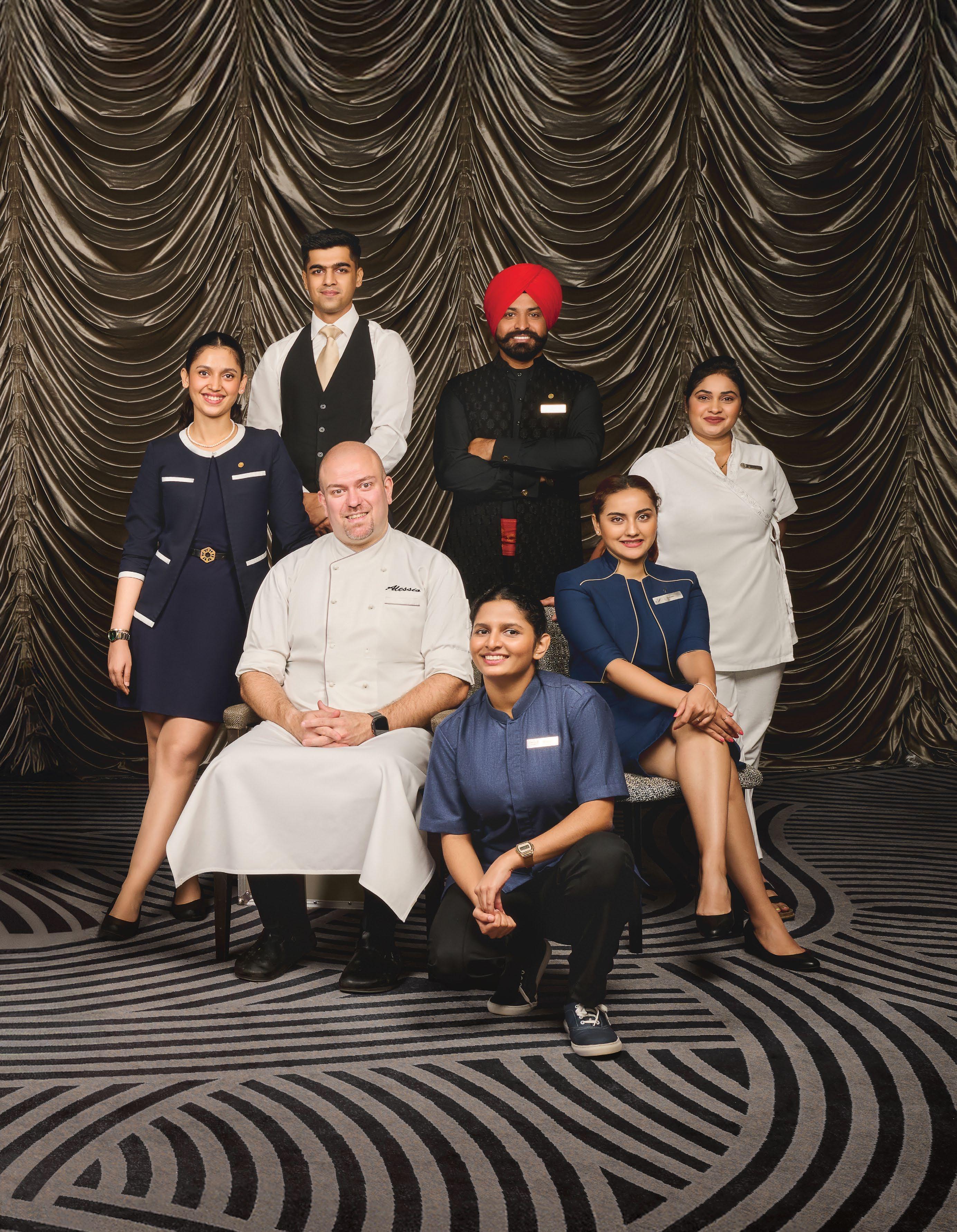
Guardians THE OF GUEST JOY Guardians THE OF GUEST JOY
From the first hello to final farewell, they make every stay unforgettable.
From the first hello to final farewell, they make every stay unforgettable.




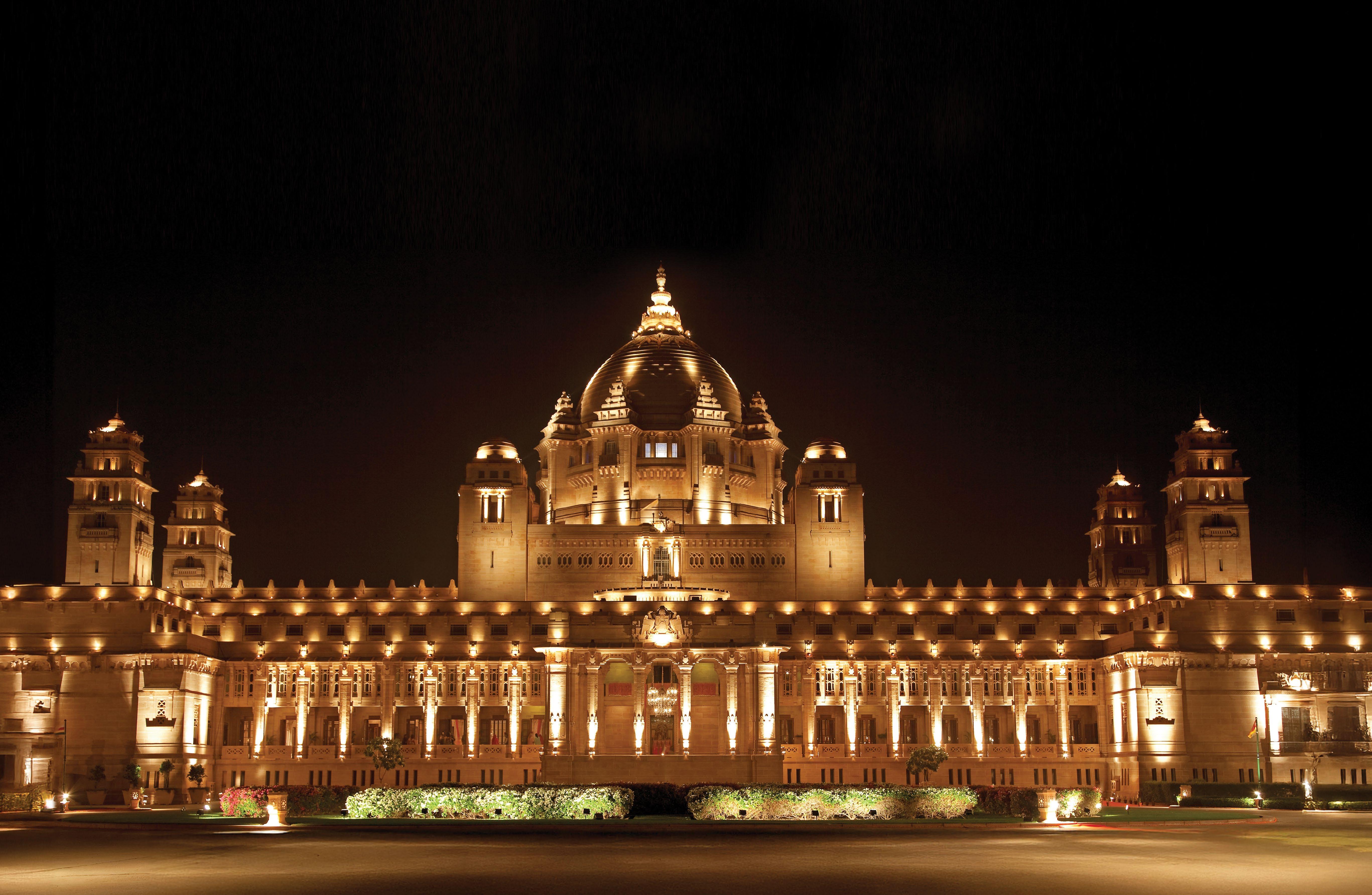




From the first hello to final farewell, they make every stay unforgettable.
From the first hello to final farewell, they make every stay unforgettable.







This note wasn’t born in fantasy.
It wasn’t created for virality or written to chase trends. It was built the same way great businesses, iconic hotels, and unforgettable destinations are built—slowly, intentionally, and with a long-term view.
That’s how Soul of Hospitality began. In an age of fast content and fleeting attention, we made a conscious choice to make something slower, to create something tangible. A print-first magazine in a digital age — not out of nostalgia, but because we believed something was missing.
Hospitality is not just a service industry. It’s one of the world’s most layered ecosystems—where design, business, wellness, sustainability, real estate, technology, manpower, and guest psychology all come together. SOH was created to explore this convergence—and to do it with depth.
We tell stories—not to decorate, but to clarify. To challenge, to document, to share what’s really happening behind the scenes. Because our readers aren’t just looking for pretty pictures or poetic essays. They’re owners, investors, asset managers, designers, chefs, architects, GMs, and consultants. They’re the people shaping this industry— and they want both insight and honesty.
That’s why SOH doesn’t sit in one silo. We speak business. We track capital movements and brand pivots. We analyse trends, talent gaps, and shifts in guest behaviour. But we
also hold space for culture—because there’s no hospitality without a sense of people, place and purpose.
We write about travel—not as a lifestyle, but as a lens. About design—not as surface, but as substance. About wellness—not just as a trend, but as strategy. We examine the soul of hospitality because, in the end, that’s what sets the meaningful from the mechanical.
A year in, I’m grateful—to the people who gave us their time, their trust, their thoughts. To the visionaries, the readers and the partners who believed in the power of a print magazine in 2025.
This past year has taught us that building something of value in this space takes more than passion. It takes resilience. It takes trust. It takes listening—really listening—to what the industry truly needs, not just what’s trending.
And that’s where we’re headed. With sharper editorial verticals, deeper research and bolder ideas. And a continued commitment to elevating the conversation around hospitality and travel in India and South Asia—for those who lead, invest, build, design, and dream.
If you’ve been with us from the start— thank you. If you’re new here—welcome. This magazine is as much yours as it is ours.
We’re not here to fill pages.
We’re here to move the industry forward—one issue at a time.

GURMEET KAUR SACHDEV gurmeetsachdev@soulinkkworldwidemedia.com
Some of the best memories I’ve brought back from travels across India and abroad are my interactions with hotel teams. The grace of the front office executive, the inventiveness of the chefs, the airport executive who ensures I catch that flight despite running late, the spa masseuse who asks my favourite scent and massages away urban stress, the server who pauses to discuss wine—or his village, the housekeeper who leaves a thoughtful note, the butler who secures that impossible spa slot and leaves flowers when I injure myself, as I did recently at St. Regis Goa, the horticulturist who tends the lush grounds… hotels are filled with stories of people who work quietly behind the scenes.
For SOH, we spoke to some of these individuals from across India about their work, dreams, struggles—and added a few quirky questions to uncover funny, heartfelt stories. Flip to our cover to read more of these warm, beautiful encounters.
Elsewhere in this first anniversary edition, you’ll find a design story on Fairmont Mumbai, perhaps the hippest opening in recent memory. Paying homage to the city’s Art Deco legacy in imaginative ways, it’s setting new benchmarks for luxury. Our detailed boutique hotels listicle explores what makes them so beloved. Our sustainability interview features industry leaders discussing the most pressing question in hospitality today: what does sustainability mean in a hotel context, and how can it be achieved?
We also track emerging trends, from curated airport experiences and India’s coffee-fuelled party wave to the rise of Indian dry gin and stylish cafés by fashion and luxury brands.
We hope you enjoy this anniversary edition—and thank you for being part of SOH’s incredible journey.
Warm regards,
DEEPALI NANDWANI, EDITOR, SOH
Founder and Publisher
Gurmeet Sachdev
Editorial
Editor Deepali Nandwani
Managing Editor Rupali Sebastian
Contributing Editor Suman Tarafdar
Digital Editor Rachna Virdi
Contributing Writer Chandreyi Bandyopadhyay
Creative
Creative Director Tanvi Shah
Team Shiv Soni
Contributing Artist
Kunal Gupta
Govinda Sao
Business Head
Vipin Yadav Delhi, +91 99998 85515 vipin@soulinkkworldwidemedia.com
Sales Manager
Deepa Rao Mumbai, +91 9136 000369 sales@soulinkkworldwidemedia.com
Office Manager Deepak Rao
Accounts Head Amey Acharekar
For queries:
editorial@soulinkkworldwidemedia.com sales@soulinkkworldwidemedia.com info@soulinkkworldwidemedia.com
Printed and Published by Gurmeet Sachdev on behalf of Soulinkk World-Wide Media LLP. Registered office: 1/2, Old Anand Nagar, Nehru Road, Santacruz East, Mumbai, Maharashtra - 400055. Printed at Silverpoint Press Pvt. Ltd., A-403, TTC Industrial Area, Near Anthony Motors, Mahape, Navi Mumbai – 400709. Editor: Deepali Nandwani. All rights reserved worldwide. Reproducing in any manner without prior written permission prohibited. SOH takes no responsibility for unsolicited photographs or material all photographs, unless otherwise indicated, are used for illustrative purposes only. Unsolicited manuscripts will not be returned unless accompanied by a postage pre-paid envelope. All disputes are subject to the exclusive jurisdiction of competent courts and forums in Mumbai only. Copyright Soulinkk World-Wide Media LLP.


58
From the first hello to final farewell, they make every stay unforgettable.






































150
India, Distilled Dry gin stages a spirited comeback with local flair.
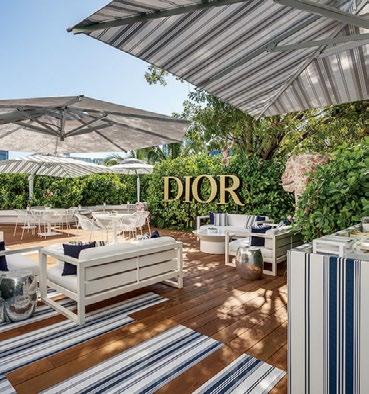
34
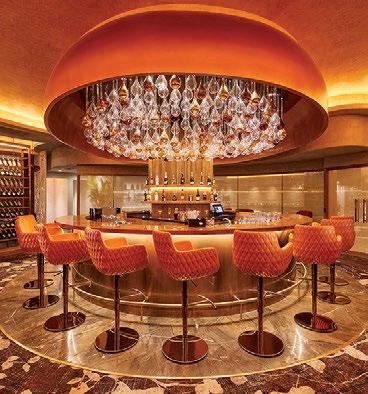
116 Terminal Upgrade Indian airports reinvent transit with comfort, tech, and flavour.

132
Sustaining the Stay Hotels balance green choices with costconscious innovation.
and curated experiences.
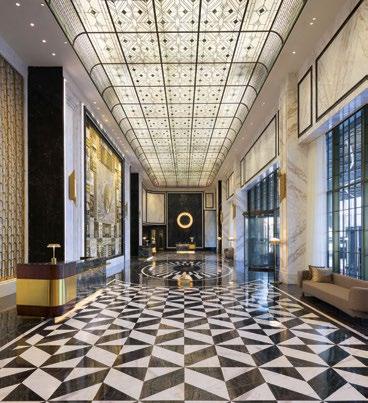
96 Airport Luxury Fairmont Mumbai brings glamour to Mumbai’s airport district.

108
Ranbir’s Taste Atlas Food, films, and travel shape Ranbir Kapoor’s escapes.
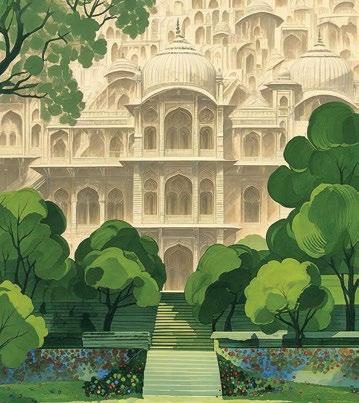
42
Soulful Stays Boutique hotels reveal India’s charm, depth, and design flair.
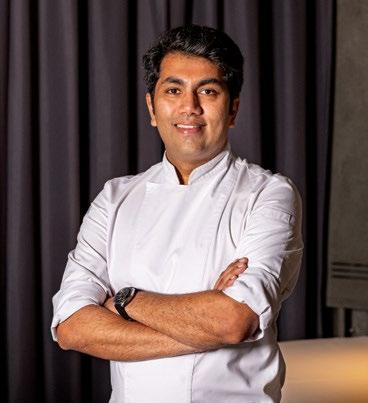
160
India, Plated Himanshu Saini’s triumph puts Indian cuisine centre stage.


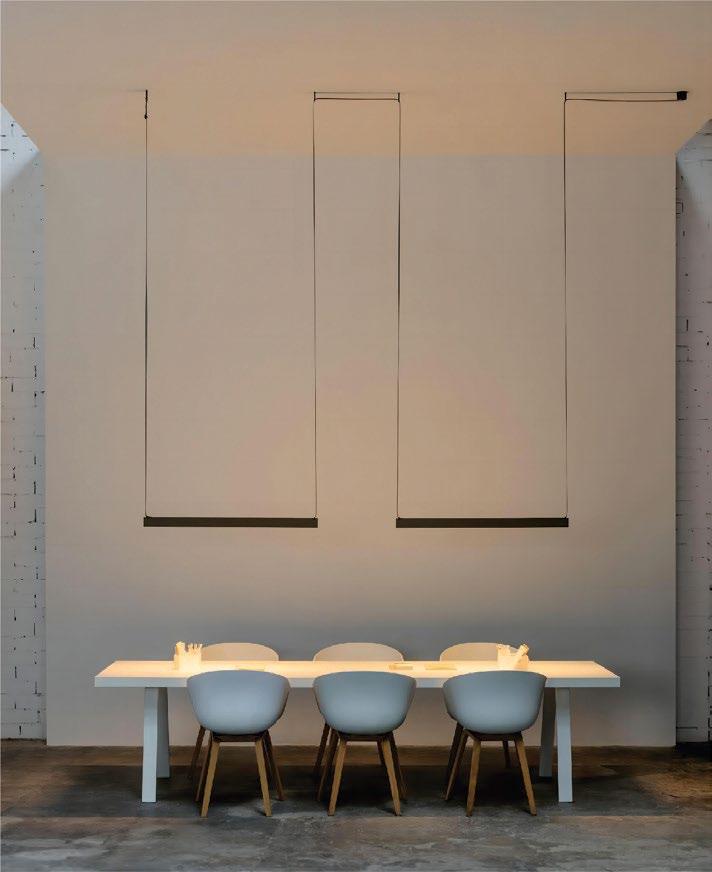






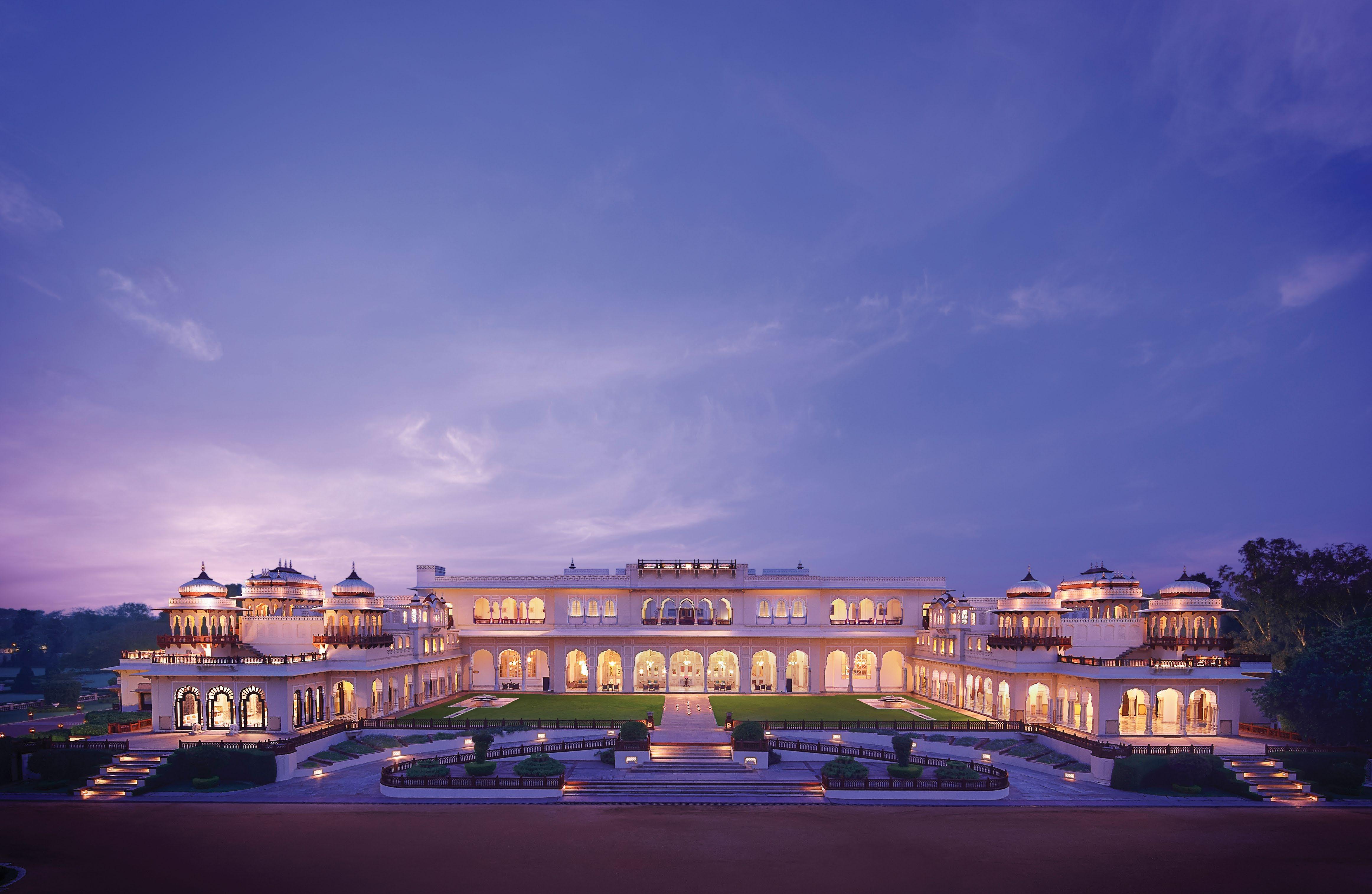
CREATING LEGACIES WAS A ROYAL TRADITION. KEEPING THEM ALIVE IS OURS.


CRAFTED FOR HOTELS THAT OFFER MORE THAN A STAY

World’s Largest Mattress Group — spanning 5 continents, 62 countries, and 78 licensees, Eclipse brings global expertise to every room.

We are chosen by the finest
Institutional Sales (India & Sub Continents)
Call +91 9899222559
Email sdutta@eclipsemattress.in
Website www.eclipsemattress.in

Institutional Sales (India & Sub Continents)
Call +91 9029373942
Email a.rawal@eclipsemattress.in
Website www.eclipsemattress.in




There’s a new kind of buzz brewing across India’s café culture—and it’s not just the caffeine.
Imagine this: You walk into your favourite neighbourhood café expecting your usual espresso, a mellow acoustic playlist, and maybe a quiet corner to scroll or read. But instead, you’re met with a buzzing crowd, pulsing neon lights, and a DJ spinning deep house beats. Behind the counter, baristas aren’t just pulling shots—they’re grooving like they’re behind the decks themselves.
Welcome to coffee rave—India’s boldest new cultural experiment, where caffeine meets club culture, minus the booze.
Coffee raves cater to people who want the energy and vibe of a party but without a hangover.

The "coffee rave" movement first began in South Korea, particularly in Seoul, around the late 2010s and early 2020s. The trend was driven by a cultural shift where coffee shops started blending café culture with nightlife, offering daytime “raves” or “coffee parties” that replaced alcohol with caffeine, and DJs spun techno, house, and K-pop remixes in curated café spaces.
The attendees are health concious and the events include just endorphins, movement and caffeine.
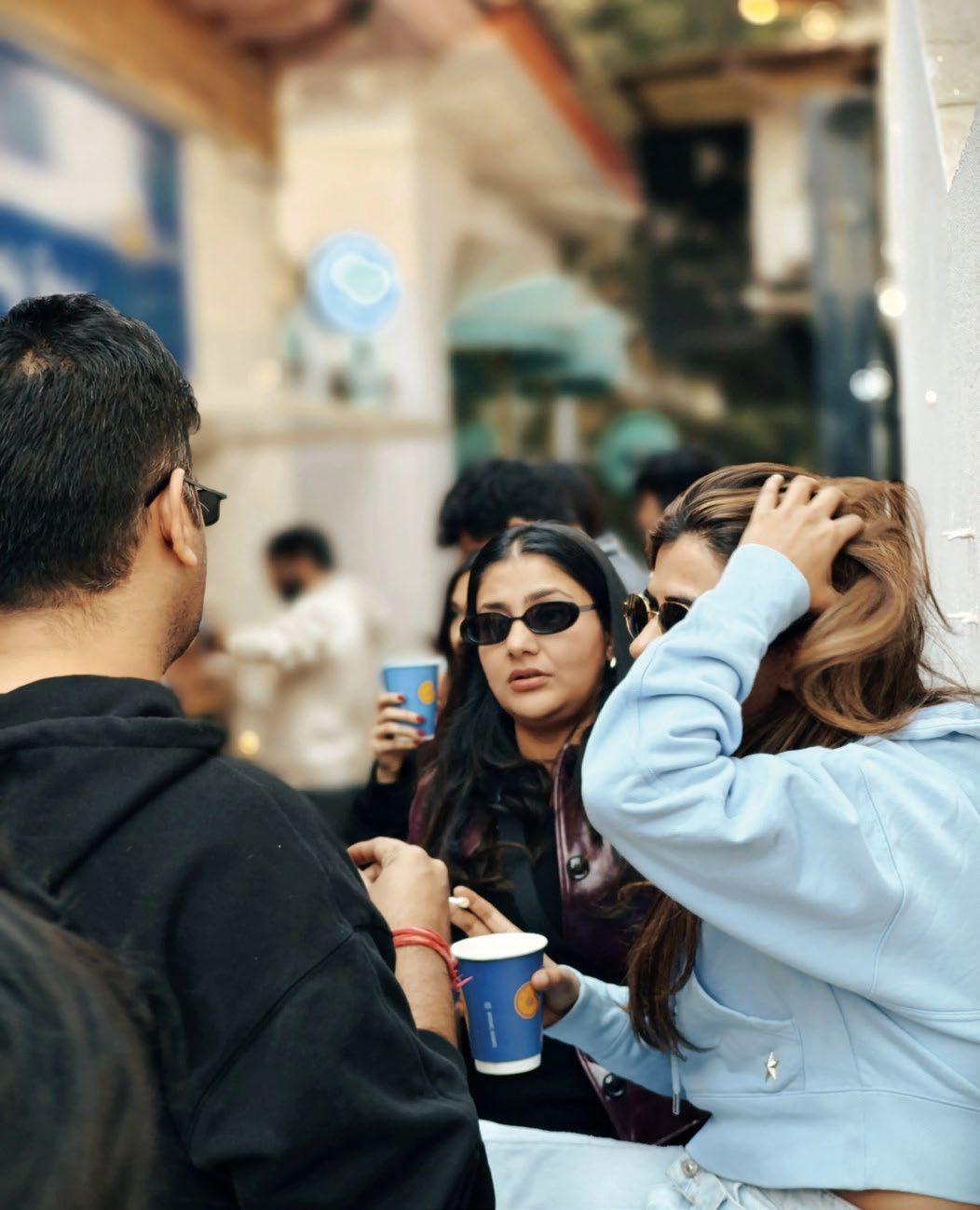


Coffee raves are redefining what social gatherings look like for a generation that’s increasingly wellnessconscious and nightlife-curious, but not necessarily nightlife-committed. These events blend the euphoric energy of a rave with the cosy charm of your favourite coffeehouse, creating a vibrant, alcohol-free alternative to the conventional party scene.
Balaji M., Co-founder and CEO of Dolci Cafe in Bengaluru, explains, “Coffee raves offer a high-energy, feel-good experience—minus the downsides typically associated with nightlife. Usually held in the morning or afternoon and free of alcohol, these gatherings appeal to wellness-conscious individuals looking to socialise in a more mindful, health-focused environment. They often feature upbeat music, physical activity like yoga or dance, and speciality coffee.”
These events have also become hubs of artistic expression, frequently showcasing local talent through live DJ sets, pop-up bakeries, performance art, and baristas crafting visually stunning coffee creations, he adds.
With live DJ sets, dynamic lighting, and an artisanal coffee menu on tap, coffee raves transform traditional cafés into sensory playgrounds. They offer something rare: a space that’s energetic and sober, communal yet relaxed—a place where people can dance, vibe, and sip on a cold brew without sacrificing their next morning.
Coffee raves skip the booze but keep the buzz. This makes them a welcoming space for teetotalers, early risers, wellness seekers, and creatives looking for meaningful connection without the hangover.
Unlike traditional club nights, these events are often held in the mornings or late afternoons. Perfect for productivity-loving Gen Z and Millennials who want to party and still be in bed by 11.
Think lo-fi, techno, or house music paired with single-origin pour-overs and matcha spritzers. Coffee raves are an immersive experience for which the soundtrack and the sips are equally curated.
As the café scene becomes more competitive, these events offer small businesses a chance to shine. They turn everyday coffee shops into cultural hotspots and community hubs.
What began as an underground curiosity is quickly turning into a nationwide trend.
In Mumbai, Mokaii Café in Bandra became ground zero for the movement when DJ Tanishq launched his ‘More Coffee, More Rave’ tour. The Asian-inspired café morphs into a mini-club during these events, with espresso shots replacing vodka ones, and deep house shaking the walls.
Bengaluru, known for its eclectic music culture, has seen a spike in such events too, attracting both electronic music fans and speciality coffee aficionados. In Nagpur, Corridor Seven Coffee Roasters regularly hosts DJ nights, seamlessly integrating beats into the bean culture. Meanwhile, in Indore, The Haus by Daud Run Club proved that even Tier II cities are vibing with the trend, hosting packed-out, high-energy coffee raves that went viral on social media.
What is riding their popularity wave? “The special thing about coffee raves is the perfect blend of energy and
BOTTOM: Coffee raves include electronic music, dancing and socialising, but with espresso shots and cold brew.
RIGHT: The idea of starting your day with music and coffee has struck a chord with younger audiences.

community in a safe, alcohol-free space. The thought of beginning the day with dancing, lively music, and excellent coffee, all while being surrounded by good, like-minded groups of people, is appealing to the younger generation, and it is being picked up by all generations now. Guests love that they can fully enjoy themselves, connect with others, and still feel productive and fresh afterwards,” says Balaji.
And the most loved aspect for their audience?
“Guests are enchanted by the café’s distinctive Santorini-inspired design, which—when paired with an open kitchen layout—offers an intimate glimpse into the culinary process. This transparent celebration of artisanal craft, combined with a commitment to European culinary artistry, intertwined with contemporary hospitality, creates a multisensory journey that leaves a lasting impression. Every visit is an invitation to savour not only exceptional coffee but also an atmosphere steeped in visual beauty and thoughtful design,” he adds.


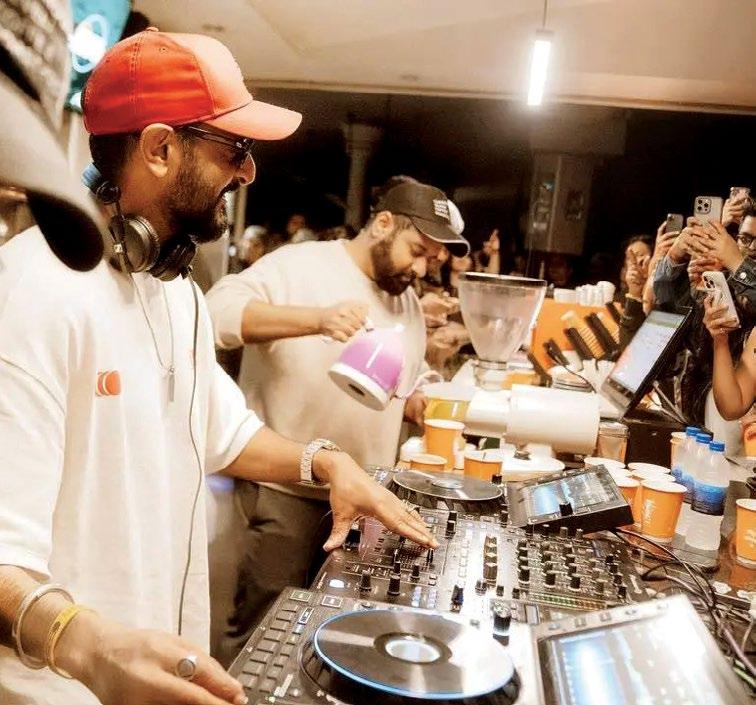
TOP: Coffee raves skip the booze but keep the buzz. ABOVE: The coffee rave crowd values mindful partying.
So is coffee rave here to stay, or is it just a passing Instagram trend?
“A mix of both,” says Binny Varghese, a CQI-certified Q Processor and Coffee Consultant based in Delhi.
“In dry states like Gujarat, coffee raves are a fantastic way for people to enjoy music and movement without alcohol. They’ve created a niche social space that didn’t exist before.”
When the first raves started at places like Mokaii in Bandra or Corridor Seven, he says, they felt fresh and rare. “But now, it’s almost everywhere. There’s a fine line between an authentic scene and a hashtag moment.”
According to Varghese, while the novelty can wear off, the principle behind it—community, creativity, and sober fun—is what gives the trend staying power. “For some, coffee still means cosy corners and quiet conversations. But for others, it’s evolving into something more vibrant.”
Whether you’re a night owl seeking a new kind of daytime thrill or someone looking to connect over curated beats and killer coffee, coffee raves are undeniably tapping into a cultural sweet spot. Will they shape the future of India’s café culture—or fade as a forced party scene? As trends go, there is no predicting that.
India’s afternoon tea ritual finds a home at Gaa, chef Garima Arora’s two-Michelin-starred Indian restaurant in Bangkok, adding a new flavour to the weekends—quite literally.

Tea in Indian homes is more than a beverage—it's a symbol of warmth, connection, and everyday comfort. Bringing that cherished ritual to Bangkok, chef Garima Arora introduces Chai Time, a first-of-its-kind Indian-inspired afternoon tea experience at The Gaa Lounge, rooted in the traditions of Indian hospitality.
“Afternoon tea is a big deal in Bangkok,” says chef Arora. “But I realised no one offers an Indian chai experience here, even though it’s such a vital part of our food culture. That’s how Chai Time came about.”
Unlike conventional high teas, this offering doesn’t merely feature Indian flavours—it tells Indian

stories through every sip and bite.
Guests are invited to slow down, share a pot of chai, and savour nostalgic yet elegant bites that reimagine familiar Indian teatime snacks.

LEFT: An intimate nook to chat and unwind.
At the heart of Chai Time is, of course, chai—brewed in small batches and spiked with classic Indian flavours like masala, ginger, or even turmeric. “Chai is more than caffeine,” Arora notes. “It’s



CLOCKWISE FROM CENTRE: Streetstyle chaats and savoury namkeens take centre stage on the menu; tea pulling at Chai Time; chai is central to the culinary narrative; a guest enjoying the experience; close-up of a modern take on a classic recipe.
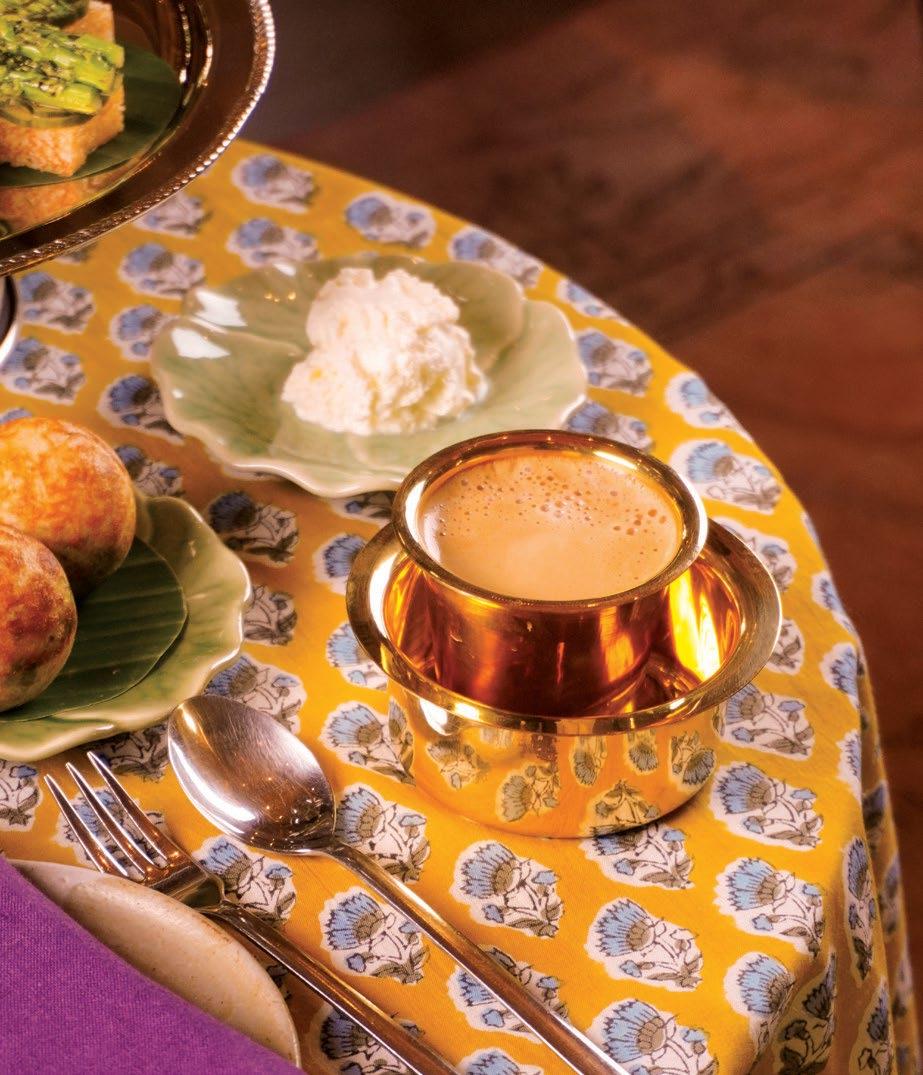

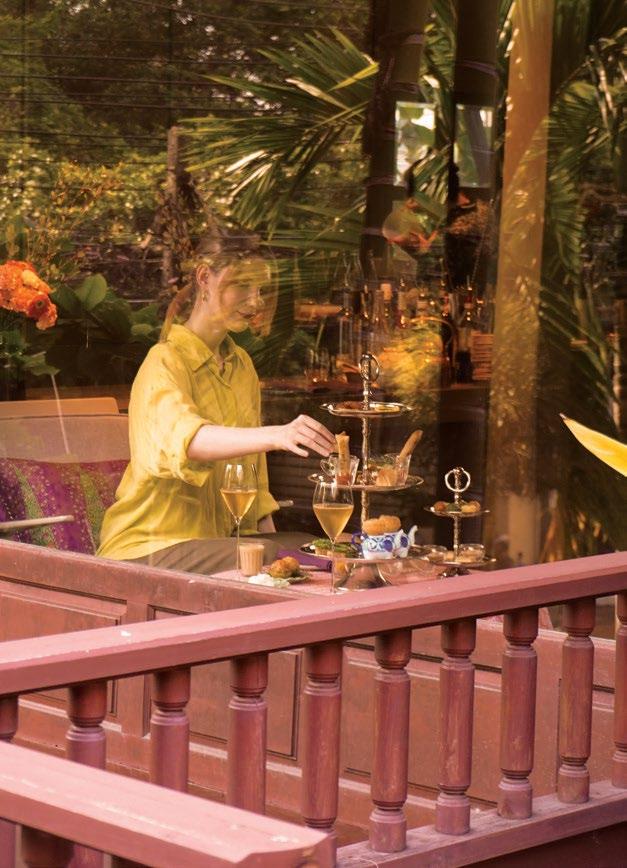
a daily ritual that’s personal and expressive. You can make it strong, light, sweet, or spiced—it adapts to your mood.”
The experience also includes a curated tea menu featuring smallbatch Indian teas sourced from boutique estates across the country. “We’re proud of our tea list,” Arora says, crediting F&B Manager Gaurav Dikshit and sommelier Valeria for sourcing blends that highlight India's tea-growing regions.
The accompanying food menu draws inspiration from India’s diverse tea-time traditions. From street-style chaat reinterpreted with Thai herbs to jaggery nankhatai and award-winning brown cheese sandwiches, each dish reflects Gaa’s signature finesse while staying grounded in Indian comfort food. Desserts like caramelised Dulcey Rasmalai and durian-laced mithai round out the indulgent spread.
Though the presentation is refined, the underlying spirit is casual and intimate. “The food doesn’t fight for attention—it complements the moment,” Arora explains. “The idea is to create the feeling of catching up with an old friend.”
Set in a restored 60-year-old Thai residence, The Gaa Lounge provides the perfect backdrop for this experience. With its teakwood interiors, lush gardens, and relaxed, flower-filled ambience, it evokes a sense of timelessness and calm. The lounge is more relaxed than Gaa’s main dining room but retains the same attention to detail in service and storytelling.
“For me, the biggest takeaway is that our guests feel cared for,” Arora says. “Chai Time reflects all the hallmarks of our hospitality— but in a form that’s easy, beautiful, and welcoming.”
Chai Time at Gaa is not just a tea service—it’s a cultural homage, an invitation to pause, and a deliciously elegant introduction to the rhythms of Indian afternoons.
Galeries Lafayette may not be a new name on Paris’s tourism map—it opened its doors in the 19th century—but for Millennial and Gen Z travellers, including Indians, it’s a stylish stopover where fashion, art, culture, and food converge.
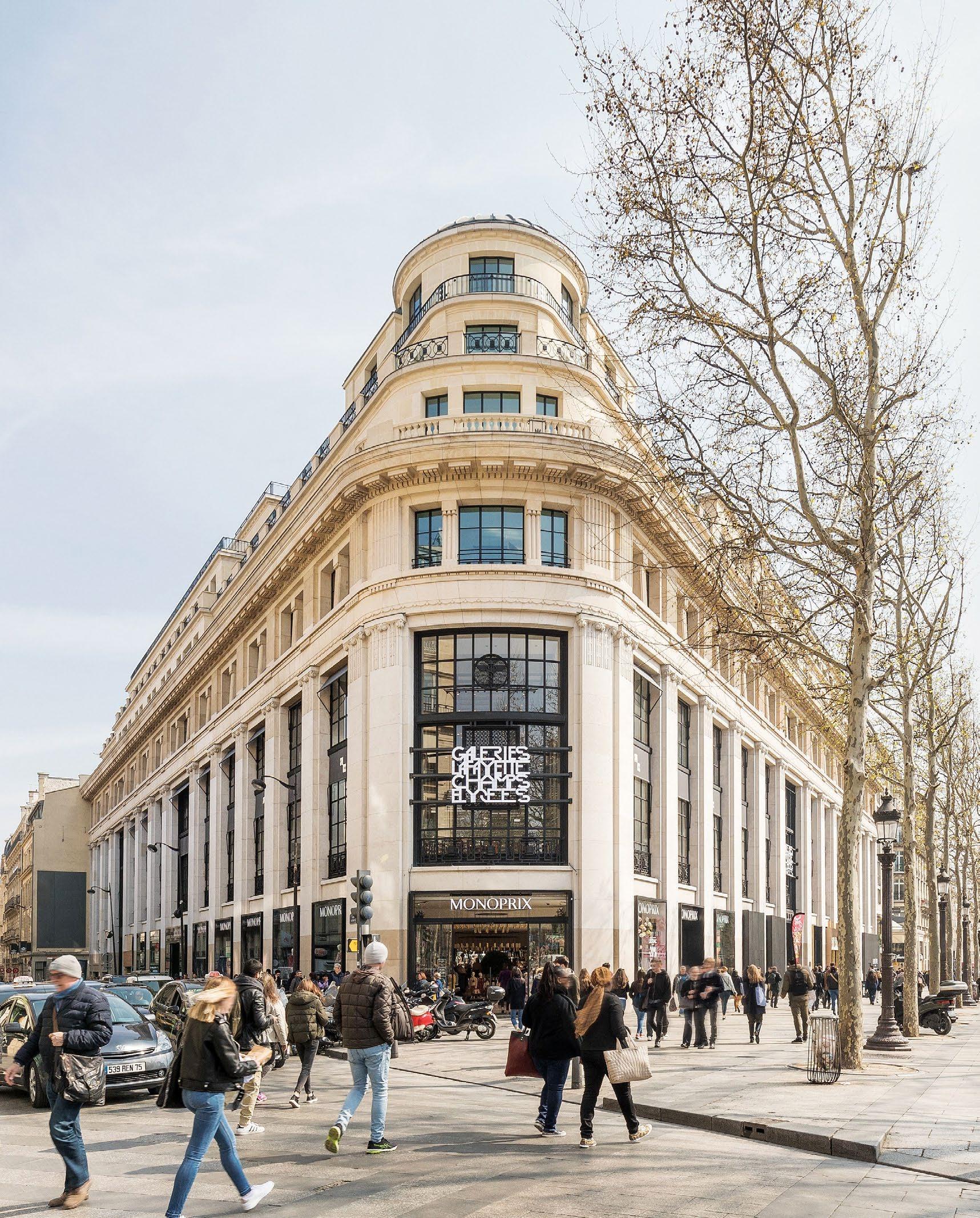




BELOW: Savour the world’s finest chocolates at Le Gourmet, Galeries Lafayette.
CENTRE AND BOTTOM: More than a department store, this Parisian landmark is where global trends, luxury labels, and timeless elegance meet.


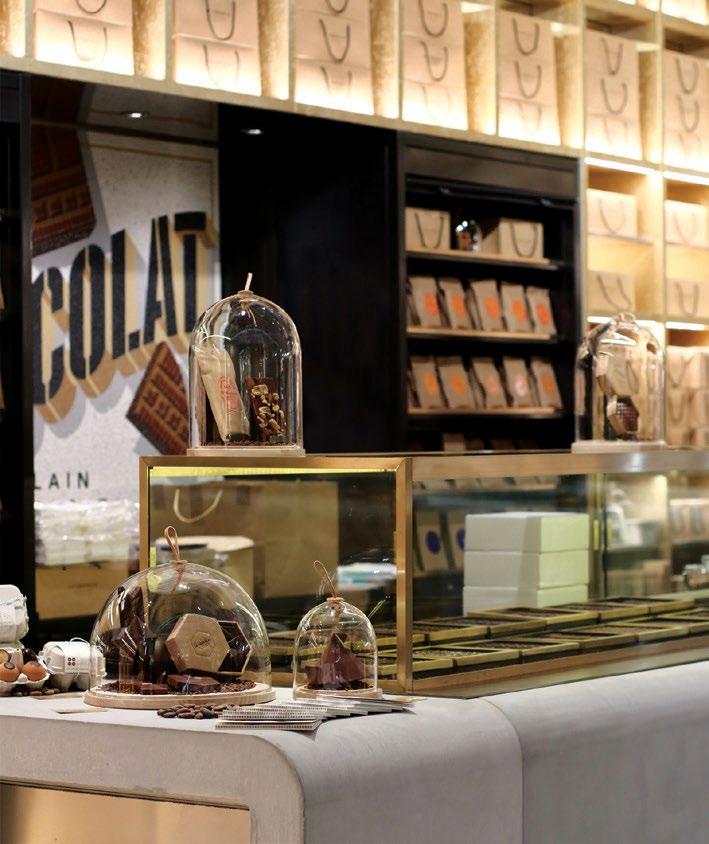
In 1893, when Théophile Bader and Alphonse Kahn founded Galeries Lafayette as a style destination for everything fashionable, tinged with a refined restraint and gilded glamour, little did they know that it would be the toast of not just the trendy and the elegantly inclined—once delicately referred to as ‘the lotus eaters’—now found in the series like The White Lotus, it would also transform into kind of a cultural and tourism hub.
What began as a small haberdashery shop at 1 Rue La Fayette in Paris, strategically located near the Opéra Garnier and major boulevards, is today also a stopover on a traveller’s itinerary world over, including, if you were to believe the good people running the show, Indian Millennial and Gen Z travellers.
A spokesperson for Galeries Lafayette says, “Today, the grand department store is reimagining itself as a living cultural canvas—
one where fashion meets future, beauty meets biotechnology, and shopping becomes a curated, cosmopolitan experience. For India’s millennial and Gen Z luxury travellers—an audience that blends aesthetics with aspiration and storytelling with spend—Galeries Lafayette is fast becoming a must-visit cultural observatory.”
Galeries Lafayette lures modern Indian travellers with an experience that goes beyond mere shopping. Its ever-evolving mix of captivating art installations, exclusive designer pop-ups, and immersive cultural events crafts a uniquely curated journey, perfectly aligned with the global Indian luxury seeker’s craving for connection and inspiration.
If you’re in Paris this summer of 2025, make sure to visit—expect a vibrant lineup of art, fashion, and immersive experiences, plus new, expansive sections waiting to be explored.
The store’s windows, canvas for art since it first opened its doors, transform into a 12-panel canvas for Ukrainian designer Ruslan Baginskiy, marking a decade of his trailblazing brand. Known for reimagining traditional headwear with sleek, modern silhouettes, his installation is a visual and emotional statement. Crafted entirely in Ukraine, the collection weaves resilience into refinement—a quiet yet powerful statement of artistry and identity.


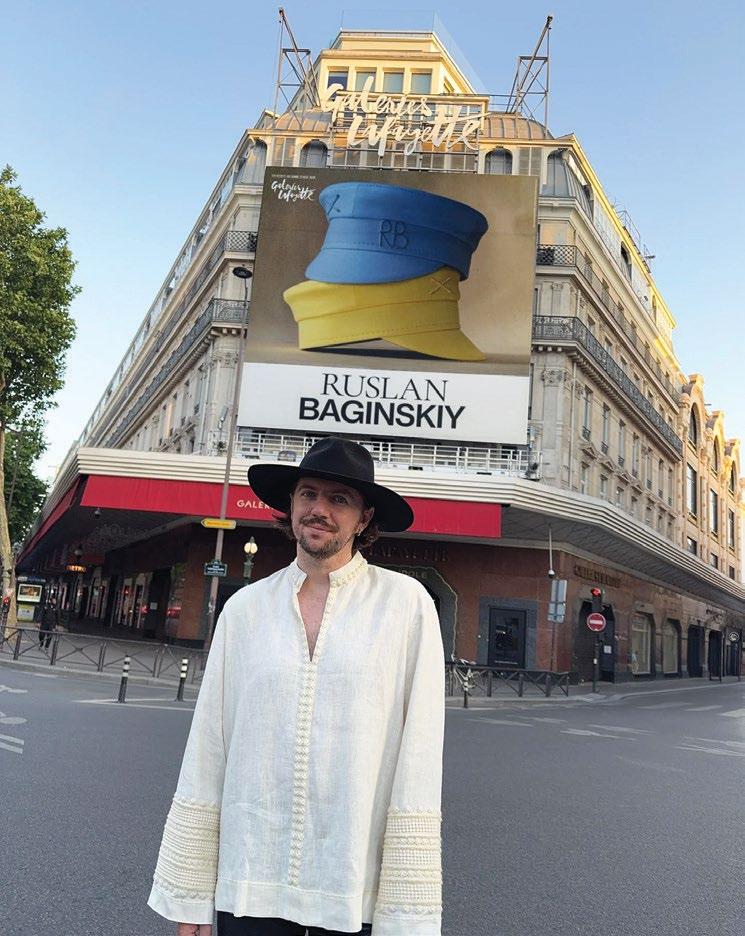
ABOVE LEFT: The store's windows become a canvas for Ruslan Baginskiy’s 10-year celebration.
ABOVE RIGHT: Chef Yoni Saada brings sun-kissed street food to Galeries Lafayette with Bagnard. BELOW: Galeries Lafayette’s windows transform storytelling into spectacle.
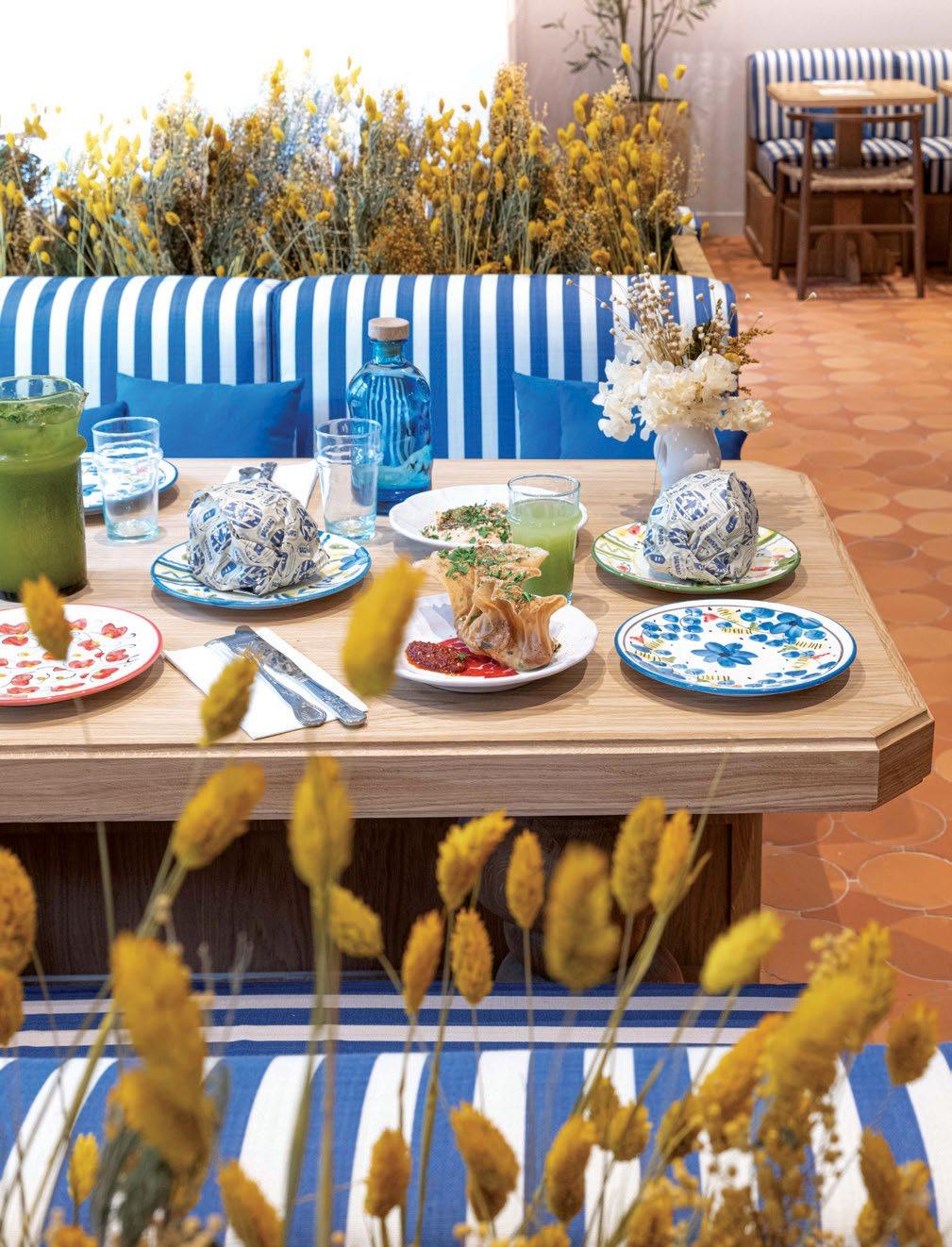
architectural cuts. Gender-fluid and seasonless, these pieces move seamlessly from Copacabana to Colaba, Goa to the Greek isles— perfect for the Indian jet-setter’s global wardrobe.
For men, Brett Johnson’s ‘Portofino Paradise’ debuts in France on the Men’s Store ground floor. This Spring Summer ’25
Fashion is the heartbeat of Galeries Lafayette, and this season, it speaks with a cadence that resonates with India’s explorers.
Lamia Lagha, a TunisianGerman designer now calling Paris home, unveils her debut collection exclusively here. Her designs marry organic Portuguese cotton with sharp, modern tailoring— sustainable yet sophisticated dresses that flow effortlessly from city to shore. They’re the kind of pieces luxury seekers love: versatile, glamorous, and made to travel.
Brazil’s Haight redefines resort wear with minimalist swimwear in neutral tones and
collection channels Italian tailoring through a sundrenched Riviera lens. The experiential space invites you to touch, feel, and linger in Mediterranean nostalgia.
Tucked beneath the iconic dome, the revamped -1 Beauty Space is a sanctuary of innovation, which showcases skincare, fragrance, and cosmetics. This space is a glimpse into beauty’s next chapter—perfect for Indian travellers tuned into K-beauty, clean science, and wellness.
Atelier Materi redefines French perfumery, crafting scents around a single raw material—subtle, sculptural, and luxurious in their simplicity.
Hourglass, launching fully in October, brings vegan, cruelty-free cosmetics that marry science with style. Its design-forward packaging is already a hit among

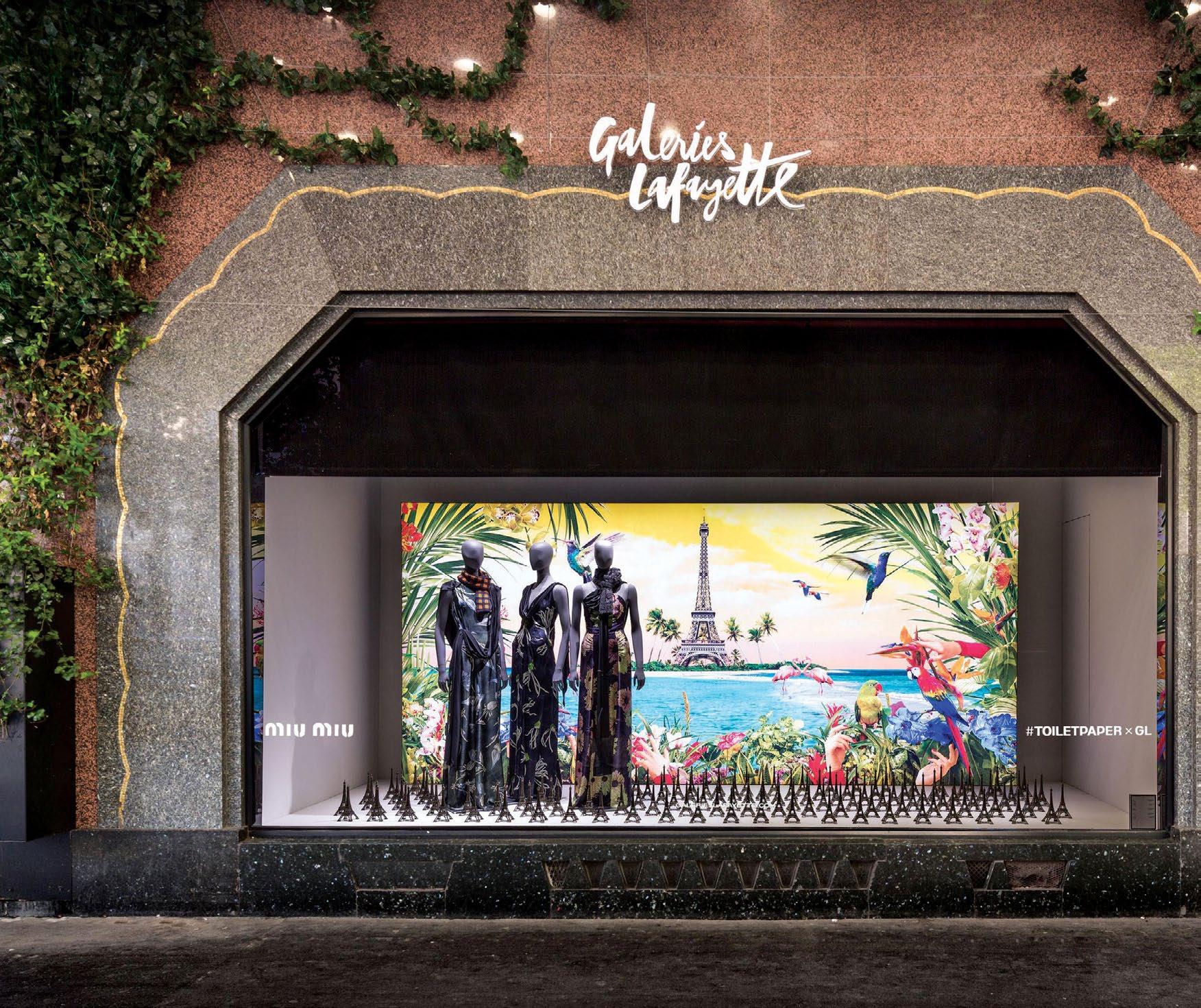


Indian influencers chasing ethical glamour.
Mircea elevates bathing into a mythic ritual with botanical crystals and refillable glass bottles, blending nature and storytelling.
Biodance, a Korean beauty pioneer, delivers radiant skin through dermo-intelligent masks and serums designed to nourish from within.

ABOVE LEFT: Beneath the storied dome, the newly redesigned -1 Beauty Space blends luxury with cutting-edge beauty.


Foreo’s FAQ™ line offers LEDtherapy tools and facial sculpting devices, turning skincare into a high-tech, high-performance art.
At Le Gourmet, food and art weave stories with effortless charm, catering to India’s growing appetite for plant-based and experiential dining.
Outdoors, in the balmy Paris weather, Alain Ducasse’s artisanal ice cream kiosk serves fresh-herb sorbets and praline-laced treats— summer captured in every bite.
On the first floor, Terre à terre, a vegetarian-leaning concept by Top Chef alum Merouan Bounekraf, opens in July. Its veggie dishes and refined mocktails align perfectly with the discerning traveller's wellness-conscious palate.
ABOVE: As an exclusive summer activation, Air France brought Business Class dining to the Galeries Lafayette rooftop.
On the second floor, François Daubinet and Coutume Café craft haute patisserie and expertly brewed coffees, offering a moment of café-society elegance that feels both indulgent and intentional.
The season’s most evocative touch comes from photographer Yue Lingjun. Her dreamlike images, captured during a night in Le Gourmet’s silent aisles, hang like poetic fragments by the escalators. They shift the lens from consumption to contemplation, turning retail into art.
Galeries Lafayette's vibrant cultural programming, focus on storytelling-driven retail, and celebration of diverse voices make it a magnet for luxury travellers who curate rather than consume.
For Indian travellers, who are today shaping global travel, this is a new Parisian narrative, one that goes beyond mere shopping. It’s about scouting the future of fashion, beauty, and culture—all under one Art Nouveau dome, which, incidentally, was designed by Jacques Gruber and is a stunning glass and steel structure which soars over the store’s central atrium.

Mumbai
Ashford Chambers, Old Citylight Theatre | Lady Jamshedji Road | 400 016 Mahim, Mumbai 022 2446 7750/51/52/54 | mumbai@pluschliving.com
Bangalore No 37, 4th B Cross, 5th Block | Industrial Layout Koramangala | 560 095 Bengaluru 080 2550 4444 | bengaluru@pluschliving.com
Hyderabad
Plot No, 761, Rd Number 39 | CBI Colony, Jubilee Hills | 500 033 Hyderabad +91 82972 25491 | hyderabad@pluschliving com
Delhi
F 3/1, Okhla Industrial Area | Phase 1, Near Crowne Plaza | 110 020 New Delhi 011-41553333/6789 | delhi@pluschliving.com

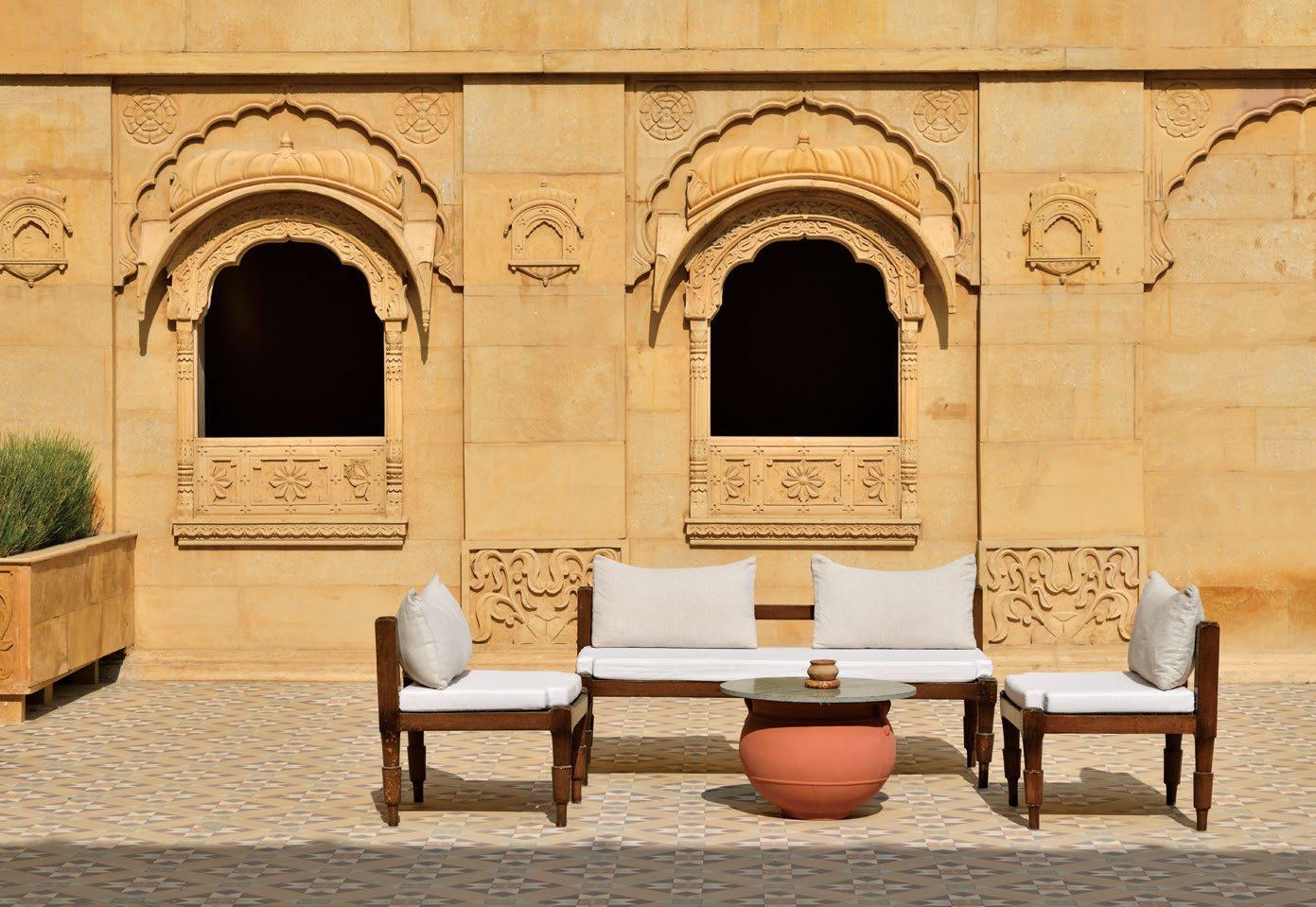
Designed by AKFD Studio/ Anantaya, the contemplative wing of Suryagarh reimagines the life of a desert trader through minimalism, memory, and masterful craft.

Tucked quietly into the third floor of the Suryagarh Hotel in Jaisalmer, Thar Apartments might be called an extension, but they feel more like an introspection—into space,
solitude, and the many meanings of luxury. Designed by Ayush Kasliwal, founder at AKFD Studio and creative director at Anantaya, the project draws inspiration from an unlikely muse: the desert trader. "Someone who carries little but is rich in stories," as Kasliwal puts it. It’s this paradox—of minimalism and abundance—that informs the design at every turn. The addition comprises seven suites in all: three


two-bedroom apartments and four one-bedroom residences. Each has been imagined not merely as accommodation, but as a gentle pause from the overstimulation of travel. "Each apartment was imagined as a quiet, introspective retreat—featuring central courtyards, niches, and skylights that encourage calm and reflection," says Kasliwal. The spatial planning, too, turns its back on hotel orthodoxy. There are no long, sterile corridors; instead, one finds meandering passageways, openroofed courtyards, jharokhas with daybeds, and small architectural gestures that build intimacy.
There is an earthy sensuality to the palette—ochre, dusty greens, pinks, and terravert hues—layered with ajrakh prints, polished stone, and mango wood. "We used a softer palette of greens, blues, and pinks to give the spaces their own identity, contrasting the more opulent tones of the main hotel," he explains. And yet, nothing feels out of place. "We ensured continuity by using the same core materials—like Jaisalmer sandstone and colour palette—as the original hotel," he adds.
Much of the appeal of the Thar Apartments lies in their tactility. Doors are capped with bamboo lattices that filter desert light. Niches are carved into walls to house baskets, pottery or fabric panels. A bespoke TV cabinet in mango wood sits quietly in one
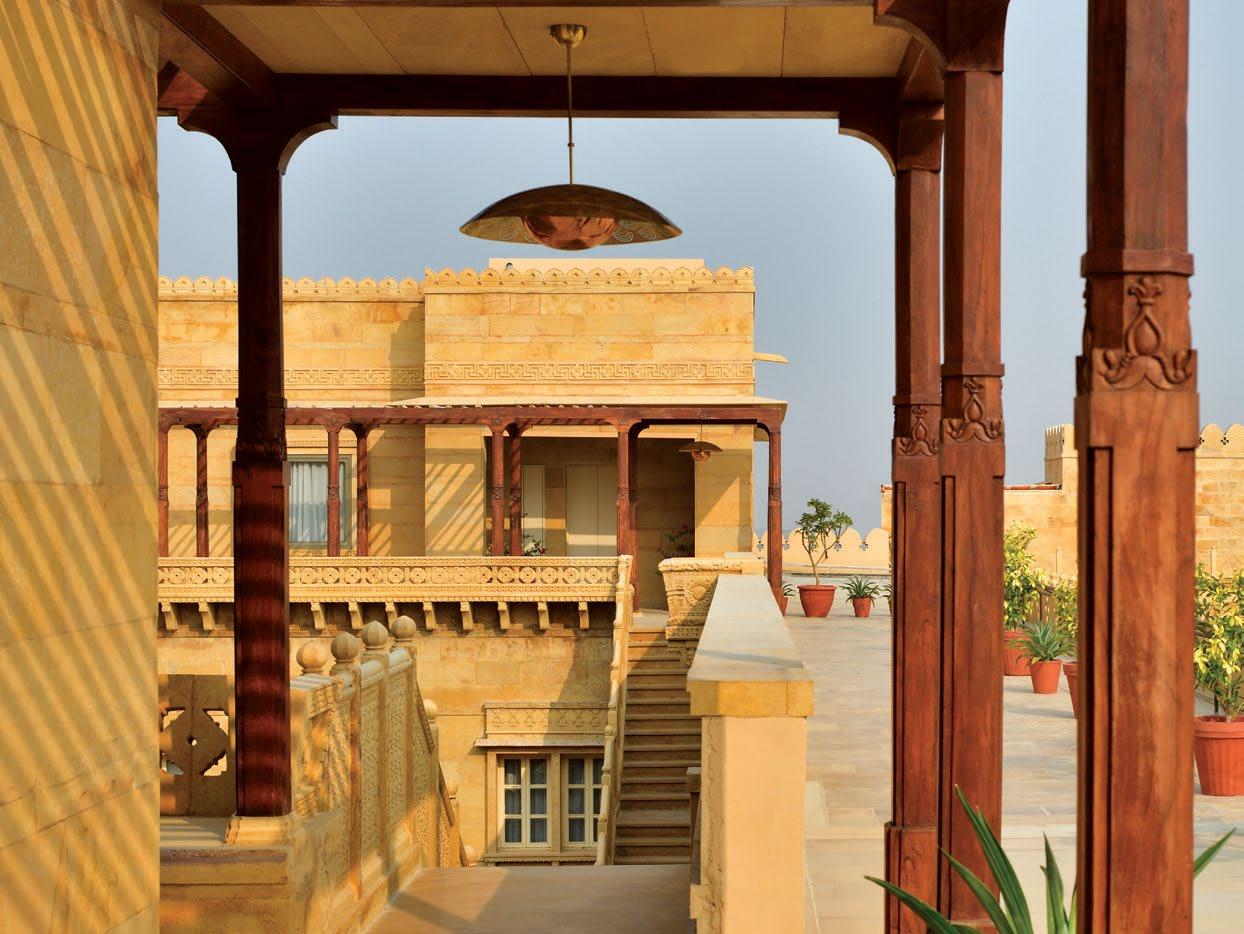

THIS SPREAD: Eschewing conventional hotel layouts, the Thar Apartments unfold through quiet, meandering passageways, intimate courtyards open to the sky, and private nooks that echo the rhythms of desert life.
corner, its hand-printed fabric a soft counterpoint to the desert beyond. "The project aimed to balance minimalism with richness, and privacy with openness, all while staying rooted in local culture," says Kasliwal. This delicate dance plays out in the materials: raw clay plasters, nano-topped flooring, hand-beaten metal objects, and sandstone jaalis that act as both veil and window.
The design’s visual restraint is offset by a rich vein of craft that runs through every detail. Ajrak textiles and lacquered wood
accents are paired with woven palm baskets and terracotta tiles. Skylit bathrooms feature handcrafted ceramic surfaces and a customdesigned copper bathtub by AKFD— an object that sits somewhere between sculpture and sanctuary. "We incorporated a number of traditional crafts, including ajrakh block-printed textiles, sandstone jaalis, terracotta tiles, and custom inlay work inspired by local caravanserais," says Kasliwal.
While many of the elements were custom-created for the project, several pieces were thoughtfully


drawn from AKFD and Anantaya’s existing portfolio—each selected for its ability to echo the space’s tactile quietude. "Some of the pieces are: Link Table, Arjuna Bow, Kalash Table, Wings, Outdoor Dining Table, Alabaster Drop Lamp, Mirror, Hive Table, Gonsalves Chair," notes Kasliwal. These are not decorative flourishes but design decisions— anchoring the interiors with a sense of narrative and nuance.
The influence of climate is everywhere—never preachy, always poetic. Skylights invite a slow choreography of shadow and light
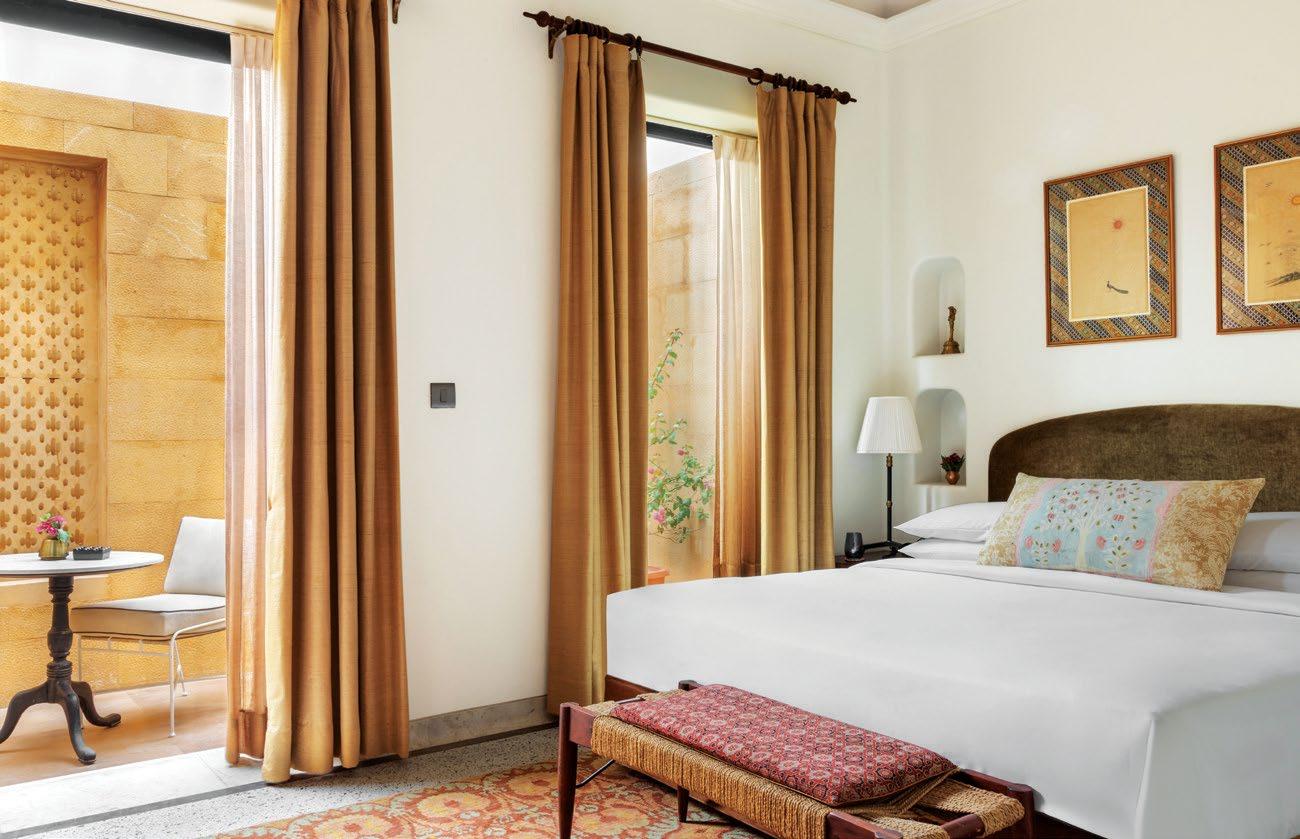


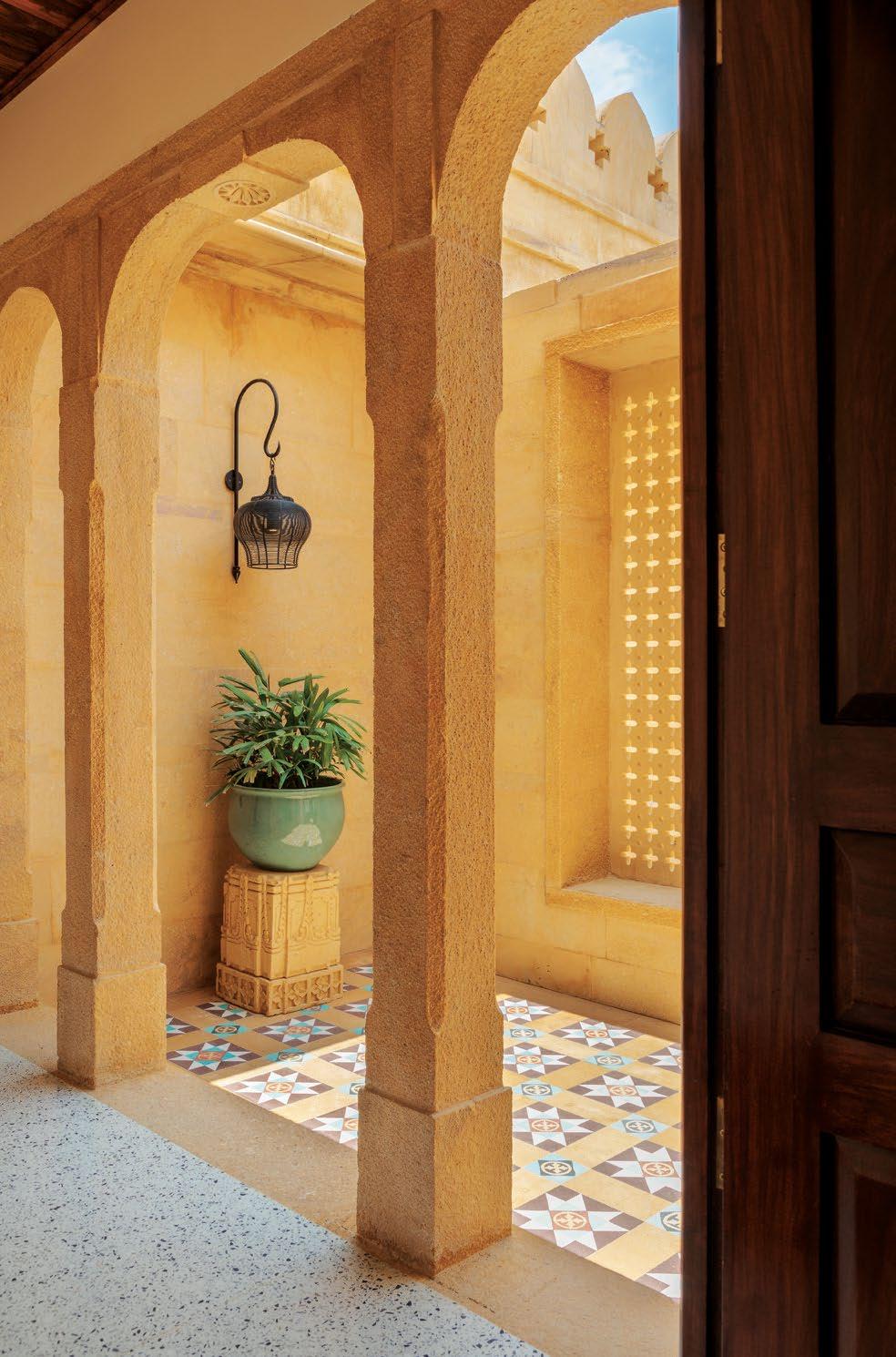
CLOCKWISE FROM ABOVE: Earthy sensuality in sandstone tones, softened by greens, blues, and pinks; no two apartments are alike— each one thoughtfully distinct; Ayush Kasliwal of AKFD Studio/Anantaya; spacious two-bedroom suites open onto private terraces with sweeping views of the desert; tactile materials and artisanal craft weave a richly layered design story.
into living spaces. Jaali screens perform their traditional function of passive cooling, while still inviting desert breezes and long views. Bathrooms, too, are graced with their own apertures to the sky. "The desert climate posed its own challenges, which we addressed using passive cooling elements like sandstone jaalis, ceramic tiles, and skylights," says Kasliwal.
While the project remains rooted in local materiality and craft, it doesn’t chase nostalgia. There is something deeply contemporary—almost existential— about its scale and silence. Suites are deliberately compact, but full of considered detail. Arches frame not just views but moods, and every door and window has weight.
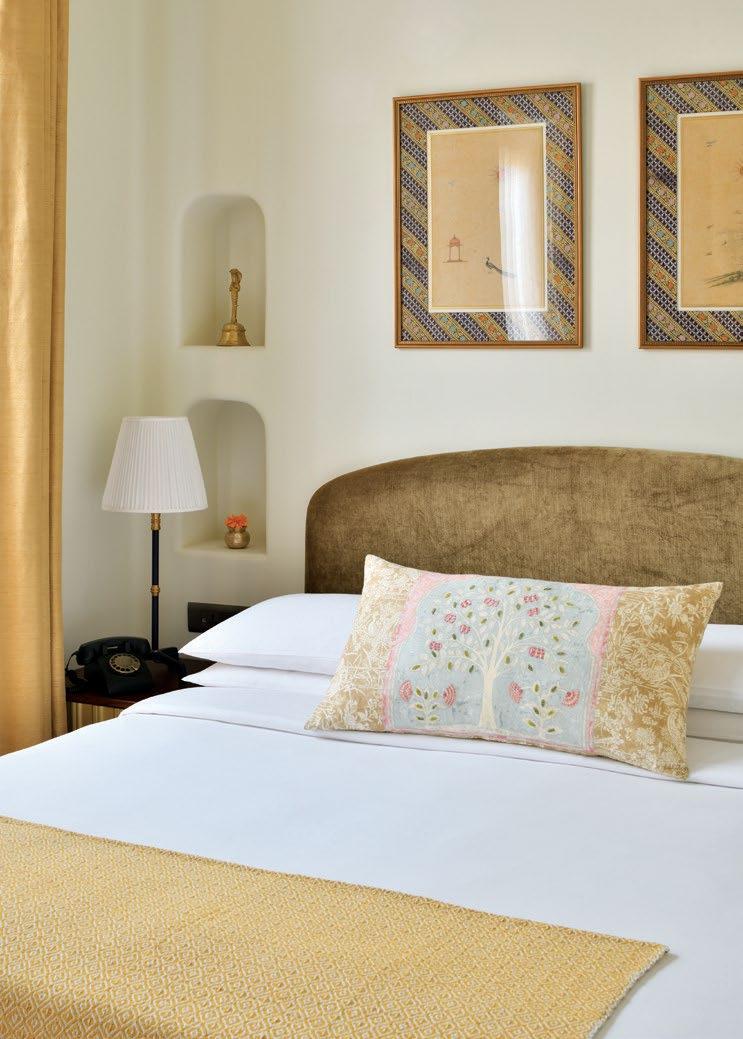
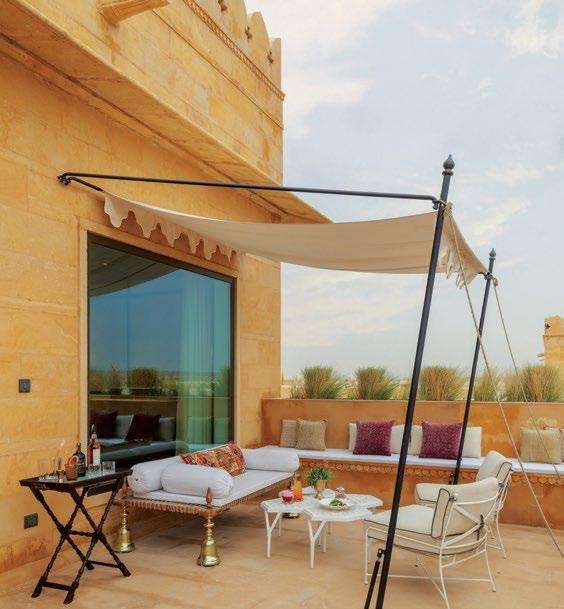

At its heart, Thar Apartments doesn’t try to impress—it invites you to retreat. It doesn’t mimic Rajasthan’s palatial past, but rather refracts it through the lens of a modern sensibility: slow, grounded, and reflective. "Inspired by the idea of a desert trader, we designed compact, layered spaces that offer comfort and depth," says Kasliwal.
If the main hotel celebrates the cultural abundance of the region, this wing chooses to whisper it. It is a space of stillness that honours the desert not as a spectacle, but as a state of mind.


From Dior’s monogrammed soufflés to Ralph Lauren’s espresso tonic, fashion cafés are reimagining what it means to dine in style.
DEEPALI NANDWANI

Effortlessly cool is an attribute few spaces can achieve—particularly restaurants and cafés. Don’t get me wrong: there are enough ‘cool’ cafés across the world. But how many can flaunt an aesthetic that melds haute couture or high fashion with food and art?
Luxury and fashion brands have the advantage of creating Instagram-worthy cafés and restaurants that not just represent
the brand’s values and aesthetic language, but also collaborate with the best talent in the worlds of food, art, and music to ensure the experience goes beyond just enjoying a good meal. They captivate the senses of both the peripatetic and the occasional traveller, who hotfoot it here to luxuriate in stylish interiors and Instagrammable food.
This European summer, Instagram feeds of luxury fashion
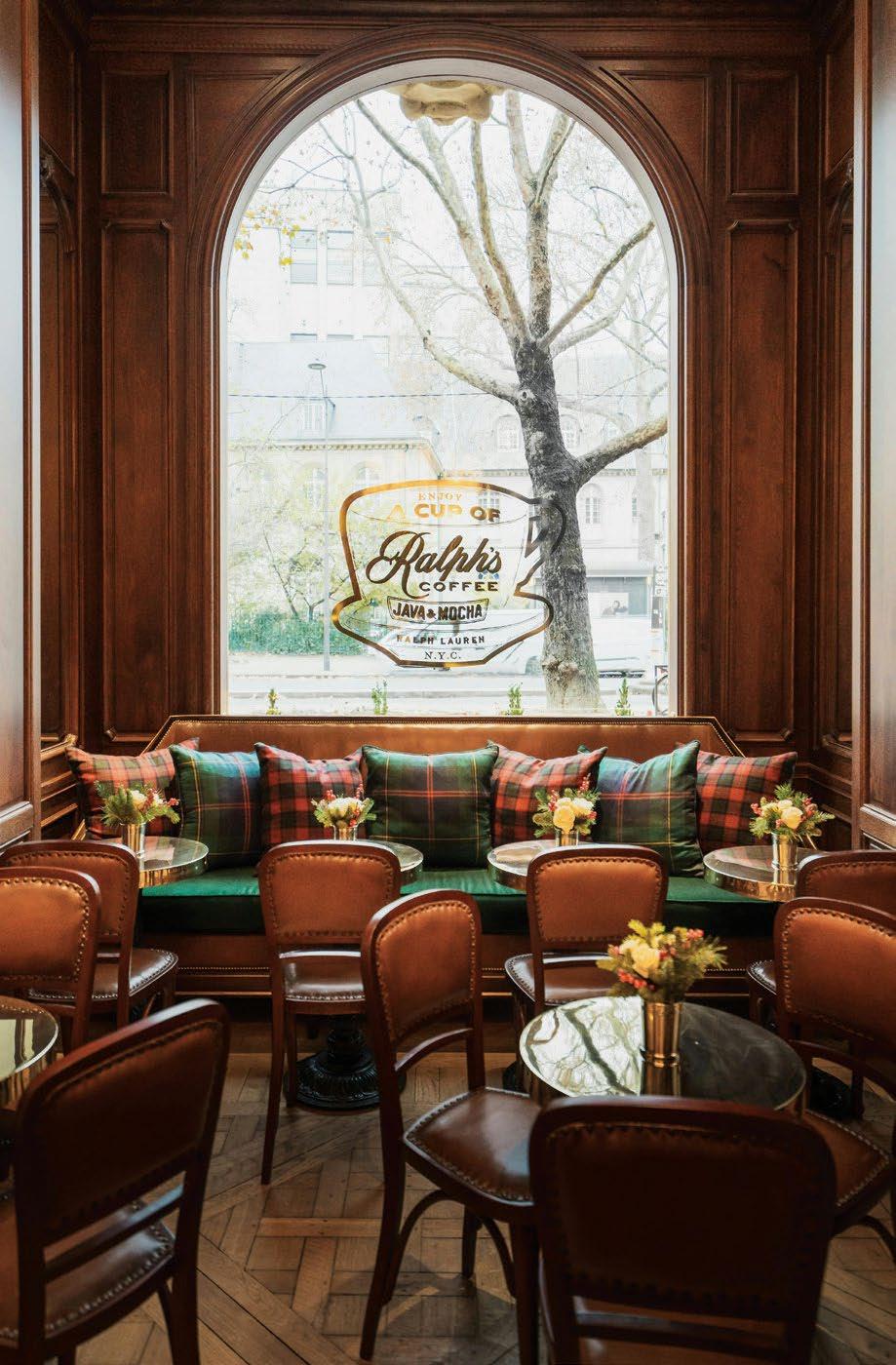
BY RALPH LAUREN
houses such as Dior and Jacquemus have narrated a story beyond fashion— one of sun-drenched tables in Saint-Tropez and aperitivo hours in Capri, where branded restaurants are seasonal extensions of their aesthetic world. Rather than being gourmet havens, they are bohemian outposts that pay homage to the brand's innovative perspective.
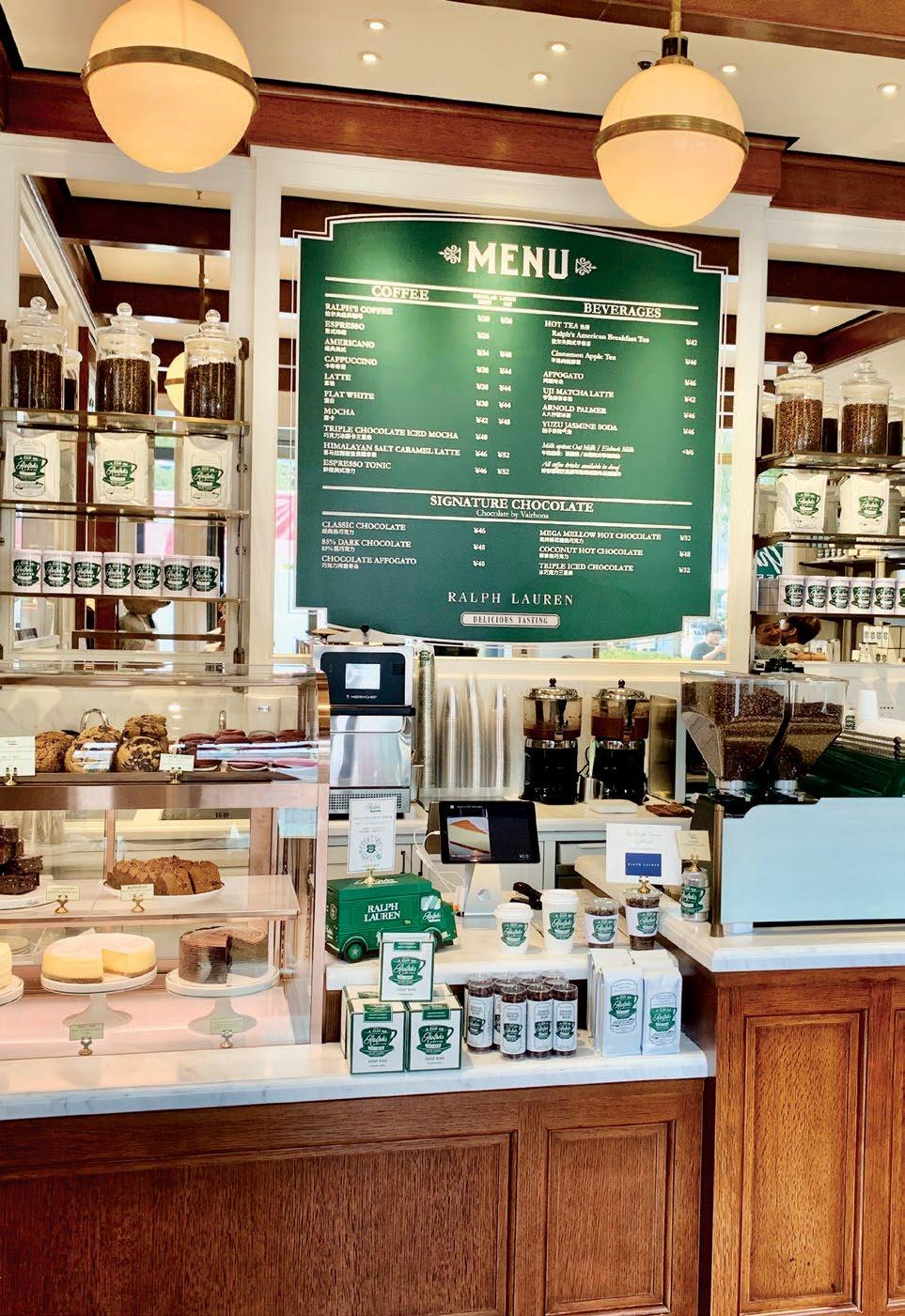

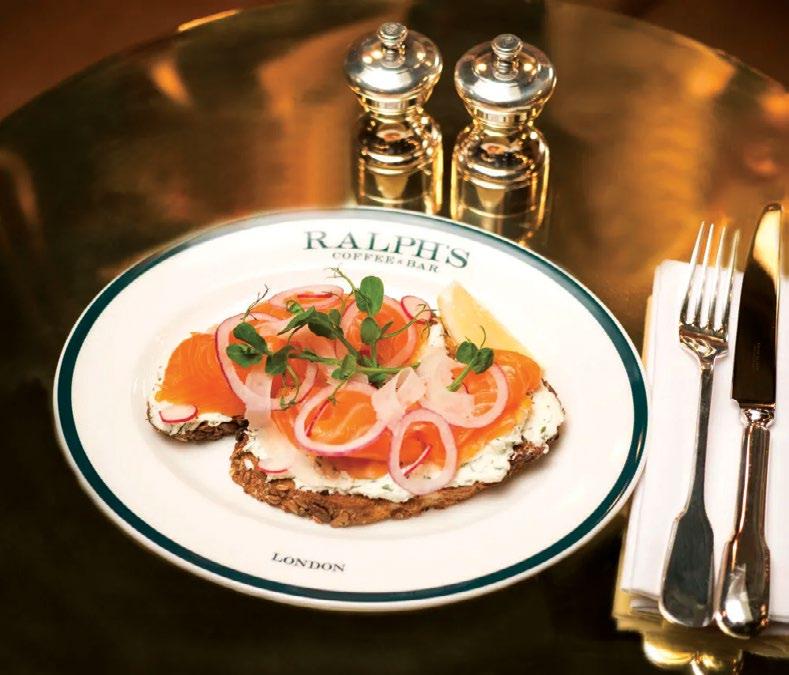
The American fashion brand Ralph Lauren has expanded its global reach with the opening of Ralph's Coffee. Cities such as New York, Tokyo, Paris, and Singapore are home to speciality coffee and pastries in a retro, preppy setting. The interiors feature huntergreen banquettes, marble-topped tables, weathered oak, brass accents,
and exposed brick, complemented by equestrian art and the signature polo bear, which greets guests at the entrance. The one drink to try: Espresso Tonic, or three espresso shots with a slice of orange and tonic. The food is rather limited: some pastries, wraps and sandwiches, but then who goes to Ralph Lauren cafés to eat gourmet food, eh?
In 2022, Louis Vuitton launched its avant-garde café, Le Café V, on the roof of Louis Vuitton Maison in Osaka, Japan. Architects Jun Aoki and Peter Marino collaborated on the design for Maison Osaka Midosuji; Aoki has worked on numerous Louis Vuitton shops in Japan, besides the Fifth Avenue store in New York. In 2024, the first LV café in the United States opened—an unusual library café featuring a curated collection of 650 books, spanning titles by artists such as Stephen Sprouse, Jeff Koons, and Rem Koolhaas.
Café Maxime Frédéric at the LV store in Paris, with views of the Seine in

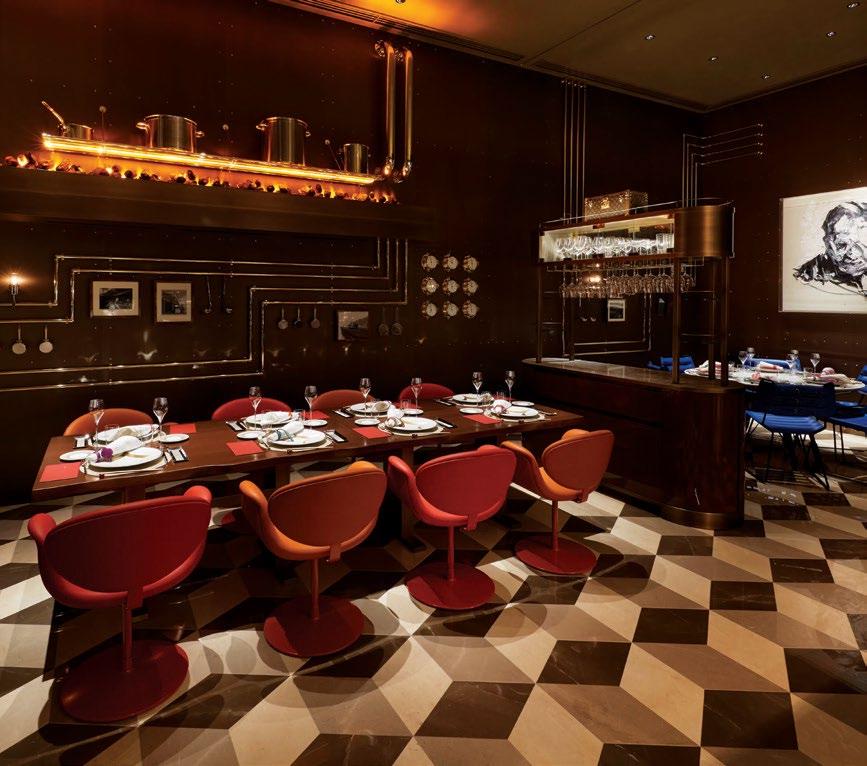

Cheval Blanc, a tropical vibe, and LV’s monogrammed aesthetics are perfect setting for luxury snacking; dishes such as Scallop Soufflé (caviar and champagne beurre blanc), Le Croque ‘Louis Paris’ (white ham, Comté cheese, and black truffle) and monogrammed desserts find place on the curated menu.
In Bangkok, Le Café Louis Vitton is located within the LV store and stands next to Gaggan, a restaurant by the wizard of modern Indian cooking, Gaggan Anand. The café, a luxuriously laidback place, offers monogrammed desserts and drinks. The restaurant, on the other hand, offers a 17-course menu with Indian and French influences.

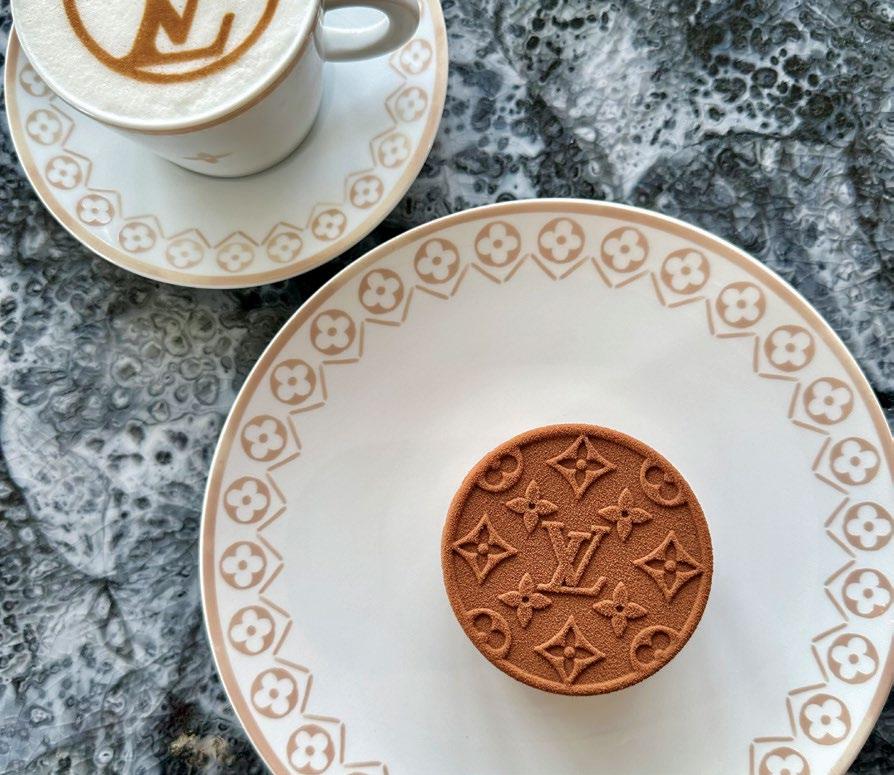


Dior takes dining rather seriously. Its stellar lineup of cafés and restaurants is often run in collaboration with chefs, some of them having headlined Michelin-starred restaurants. In Saint-Tropez, Dior des Lices stands amid luxury stores, situated in an imposing Provençal house with baby blue shutters. These kitchens have hosted chefs such as Yannick Alleno and Arnaud Donckele.
And yet, Dior’s cafés and dining experiences go beyond serving food—they are an immersive journey into luxury, fashion, and heritage.
In 2022, the brand reopened its historic flagship on Avenue Montaigne following an extensive renovation; the grand building, redesigned by Peter Marino, brings together couture, art, and fine dining. For the restaurant, Dior collaborated with French chef Jean Imbert (alongside Antony Clémot). Many of the dishes drew from Christian Dior’s cookbook, La Cuisine Cousu-Main, such as soft-boiled Egg with Caviar, Truffle Croques, Granville Crab Ravioli, and Chocolate Pies or Vanilla Flans, a sweet nod to Dior’s legacy.
The 'coolest' slice of luxury interiors can be found at Dior restaurants and cafés. At Avenue Montaigne, Claudia Wieser's mirror sits next to a bespoke Guy Limone installation made from Dior archival imagery, and the oil painting Christian Dior à Table by René Bouché— creating a dining room that doubles as a gallery.
Within this sprawling Dior retail space is also La Pâtisserie Dior & Café Dior, which sits beneath a luminous glass roof with direct views of the boutique’s rose garden.
In 2024, Dior collaborated with French chef Anne-Sophie Pic to open two new restaurants in Ginza, Tokyo and Chengdu, China. The refined restaurant in Dior Museum, too, dishes up creations from Dior's cookbook.
Dior has opened Café Dior branches in most fashion capitals of the world, from Seoul to Saint-Tropez; their decor is lavish and art-infused.

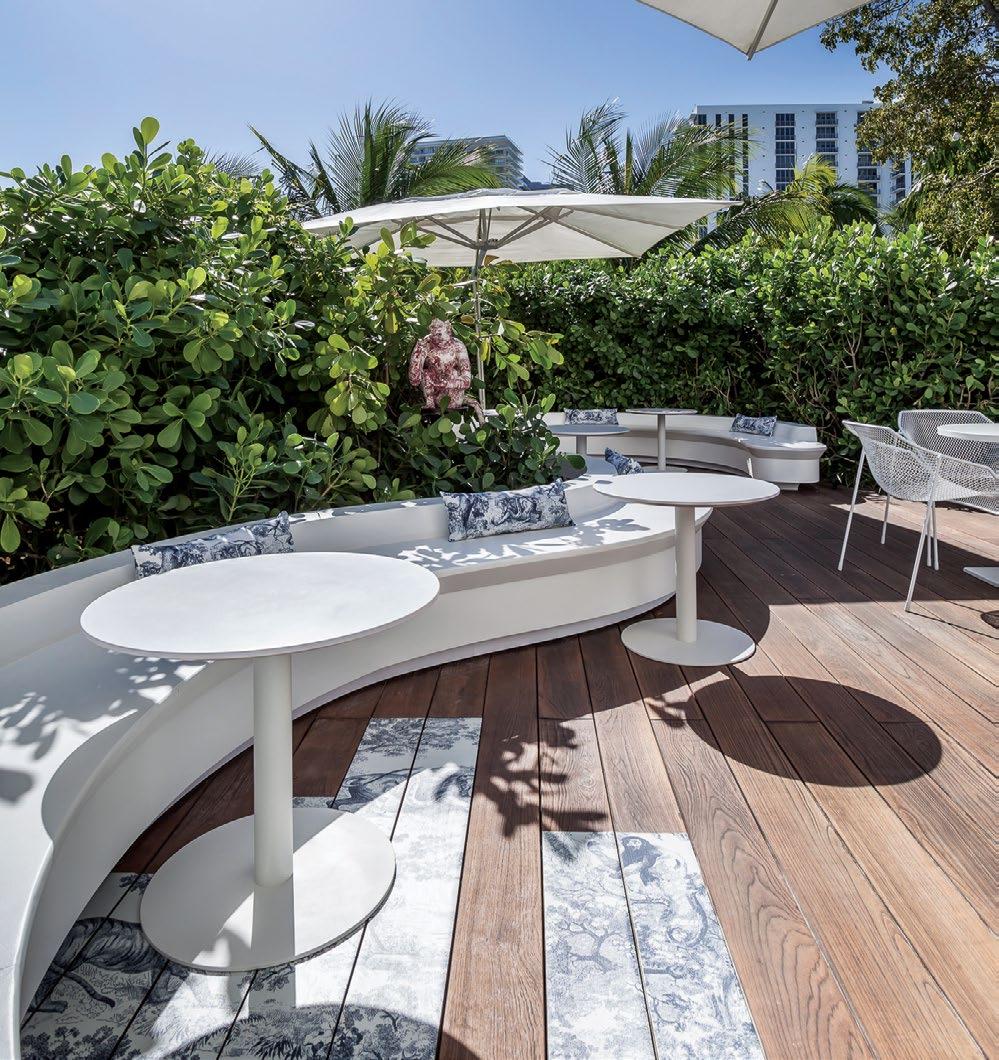
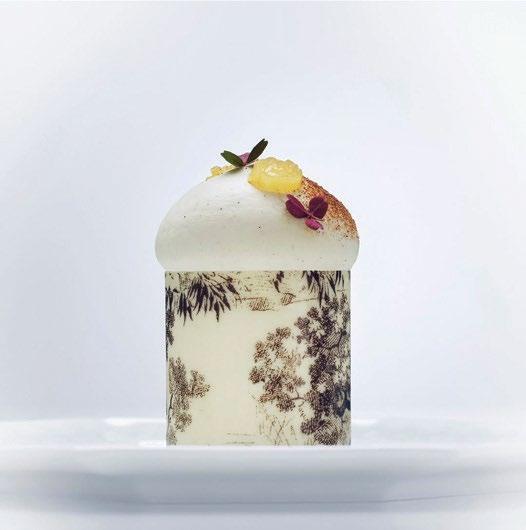
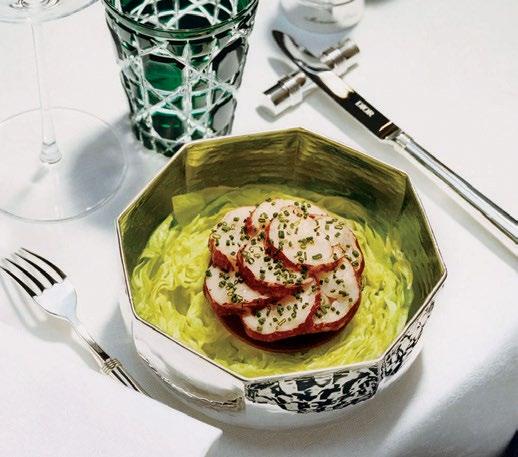
Giorgio Armani—the brand, not the man—was the pioneer in hospitality forays among luxury labels. In 1998, it opened its first restaurant in Paris, the fashion capital of Europe (alongside Milan); today, that hospitality miniempire spans 20 dining establishments across four continents.
Armani restaurants and cafés are strategically located within or adjacent to Armani boutiques and hotels, and dovetail luxury, design, and lifestyle. They meld Italian culinary heritage with regional influences, offering a range of experiences from casual cafés to Michelin-starred fine dining, all featuring Armani/Casa furnishings.
Michelin-mentioned Armani/ Ristorante in Dubai’s Burj Khalifa is a minimal space with vertiginous ceilings, marble flooring, and a central glass-fronted kitchen where global sophisticates can watch chefs at work; the window tables offer views of the Dubai Fountain. Here, chef Giovanni Papi focuses on traditional Italian cuisine with a contemporary twist— signature Tortelli Piacentini (ricotta and spinach ravioli aged 24 months), herbladen Green Risotto, and Cheese and Spinach Ravioli.
Armani/Ristorante in New York’s chic Madison Avenue is a contemporary space with vintage charm, featuring a champagne bar, high ceilings, eucalyptus wood details, and green lacquer accents. Executive Chef Daniele Castellano’s menu serves Italian recipes with a New York twist, emphasising seasonality and sustainability.
Armani/Ristorante in Milan plates up a menu curated by chef Ferdinando Palomba; at Armani/Caffè in Paris, you dine on a menu showcasing French influences, particularly classic pastries. Several Armani/Ristorante have opened in cities such as Tokyo and Munich.
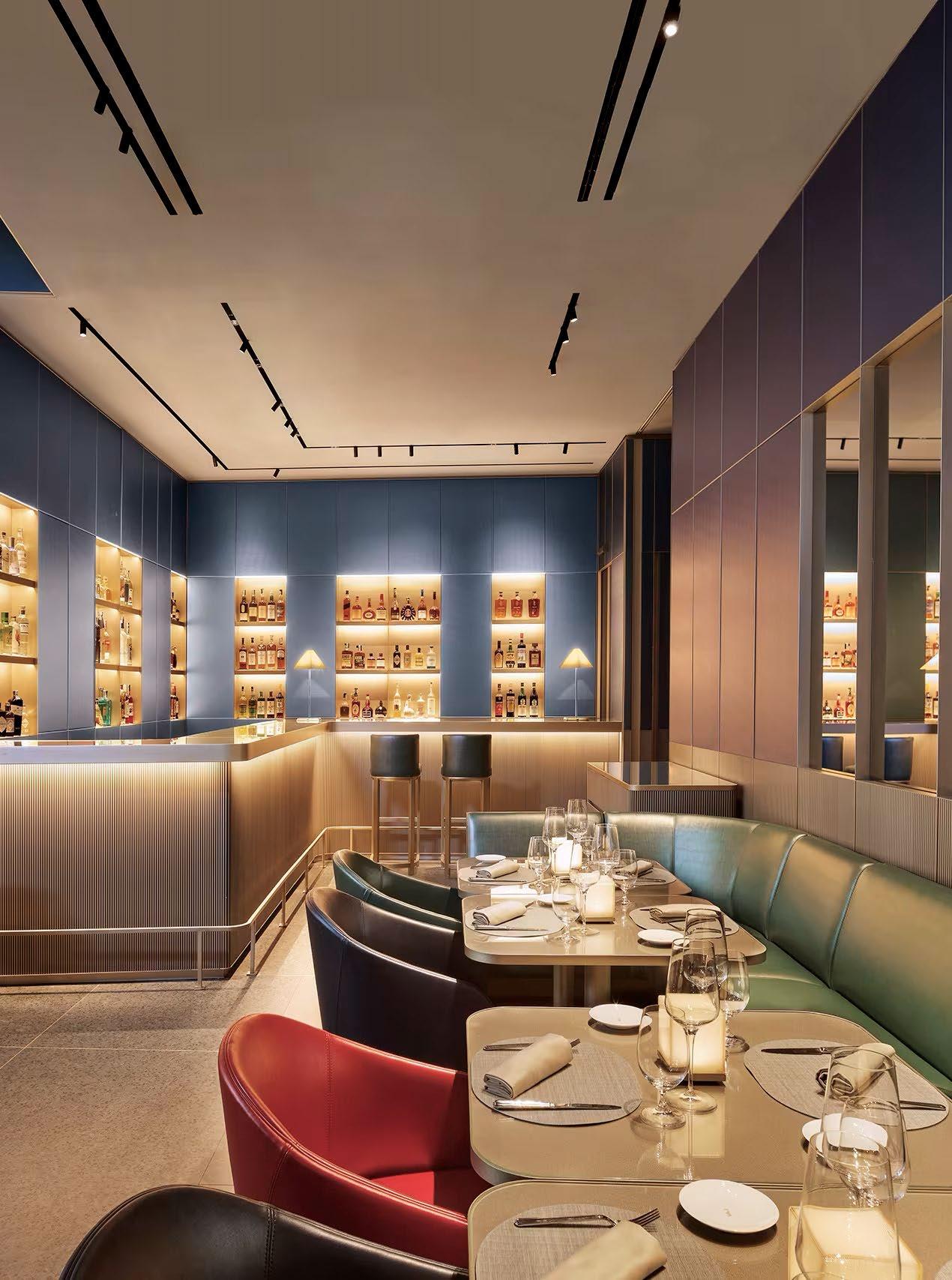
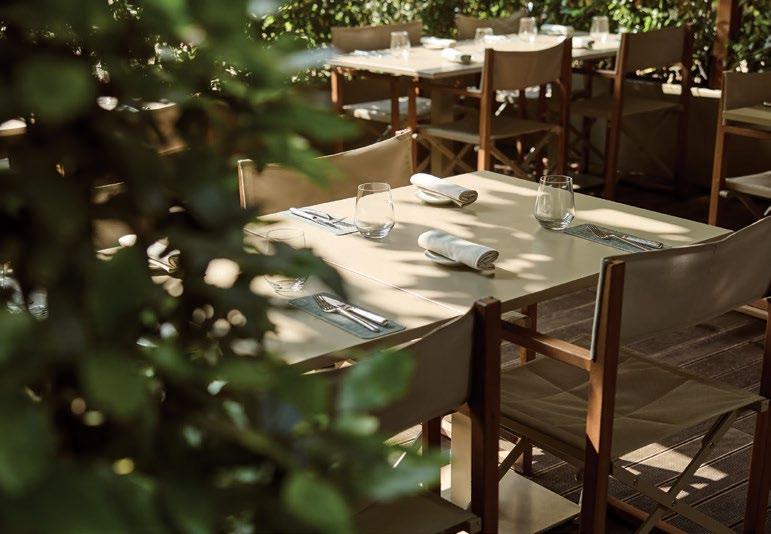
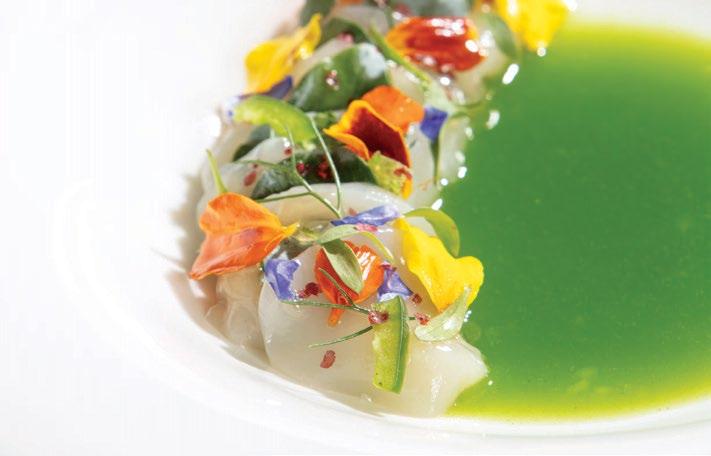
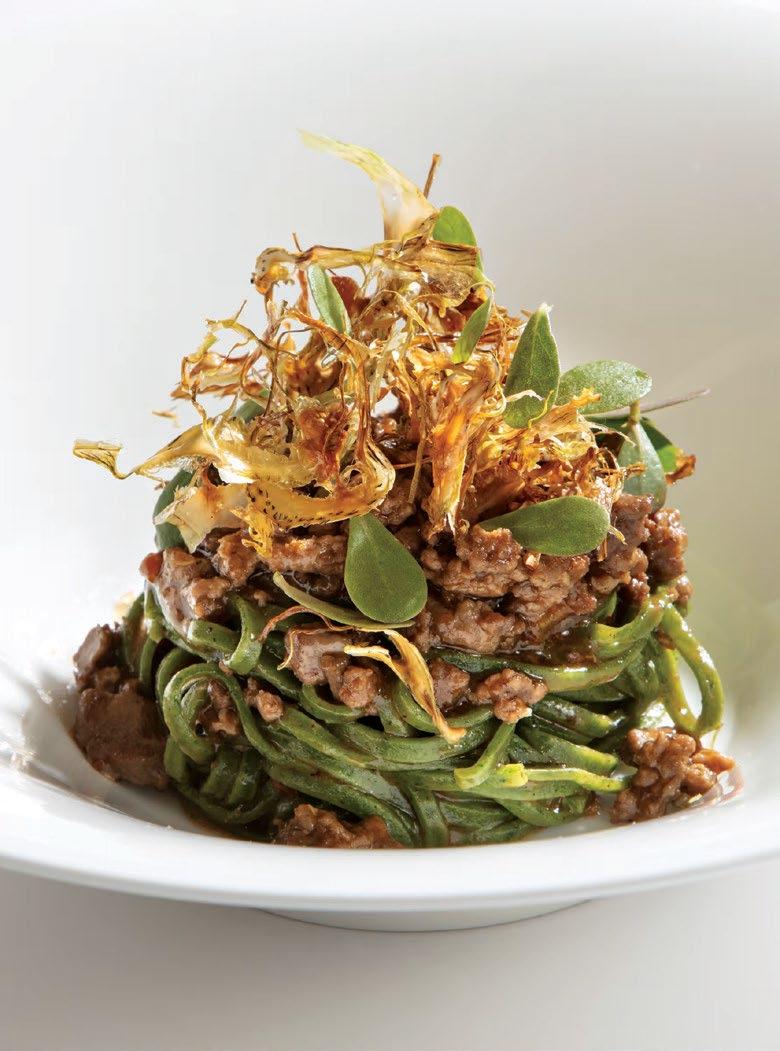


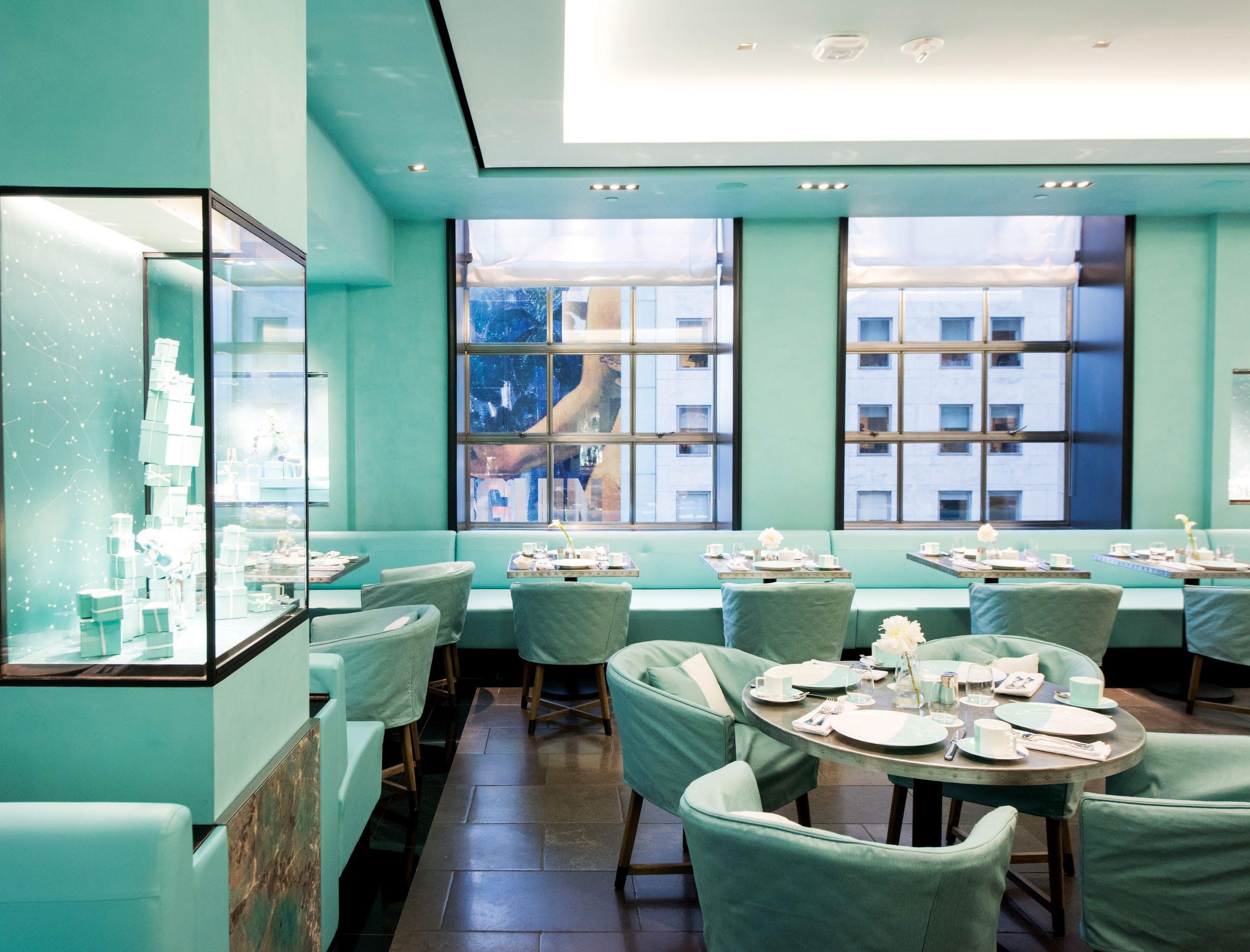
Not every brand is a chain. Some have these single sophisticated cafés in different cities. For instance, Tiffany’s Blue Box Café on 5th Avenue in New York—an earlier version of the café started in 2017, before LVMH acquired the brand in 2021, and reopened the flagship in 2023. The jewel box of a café is tucked away on the sixth floor, where blue boxes hang from the ceiling. In Paris, café visitors can unwind over a casual coffee and then dive into a sunken swimming pool at Le Plongoir Hermès. London shoppers get to feast on scones and cakes at Rose Bakery in Dover Street Market, from the creator of Comme des Garçons. Tokyo takes its designer restaurants seriously, with Michelinstarred spots from Chanel and Bulgari.


WE BELIEVE THAT REAL BEAUT Y LIES IN THE DETAILS and many more.
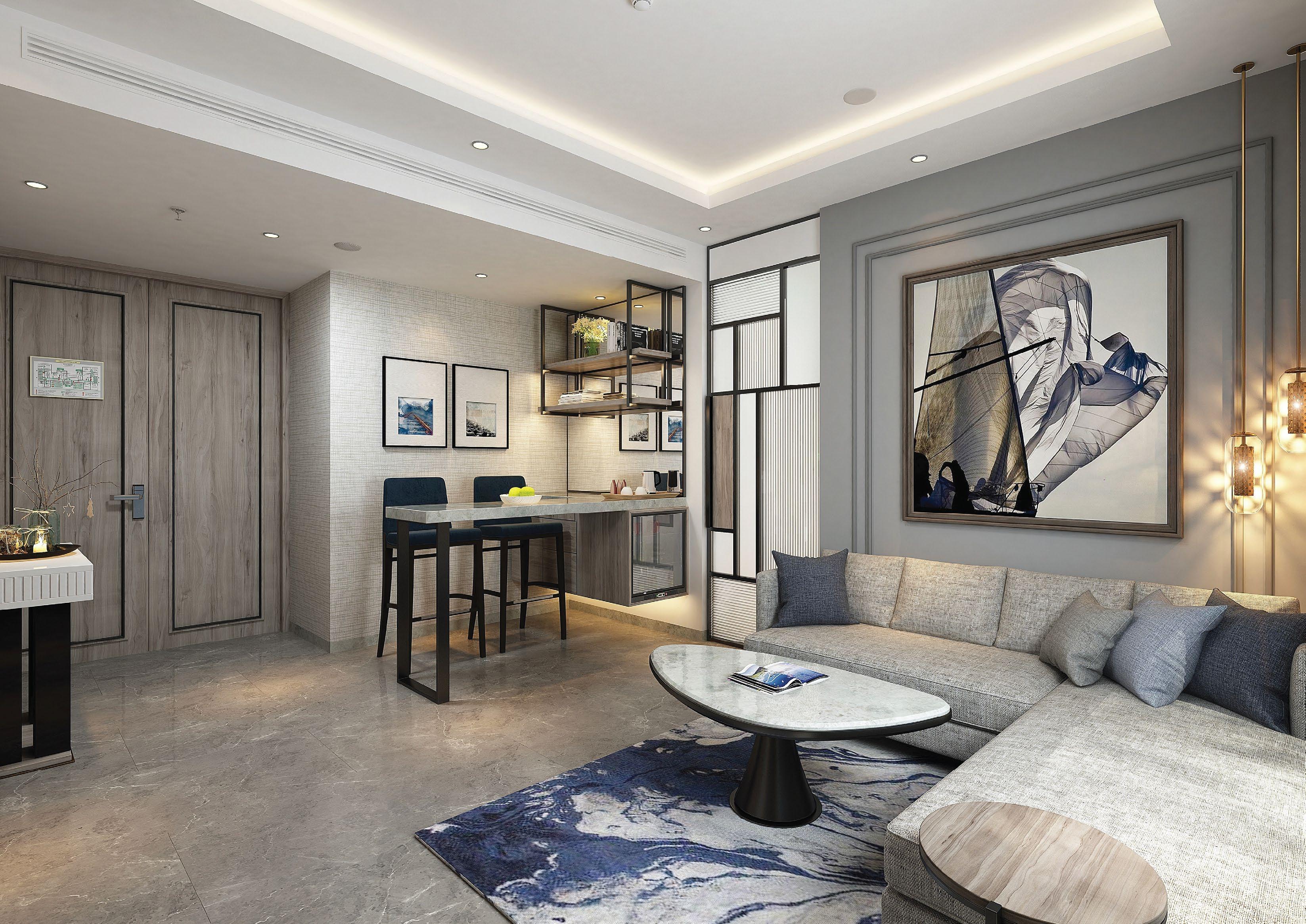



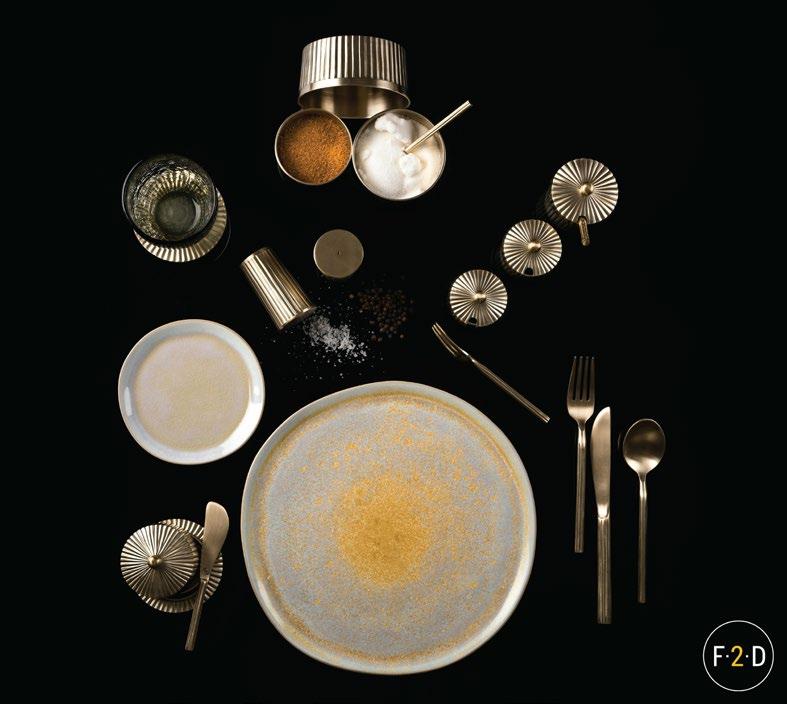
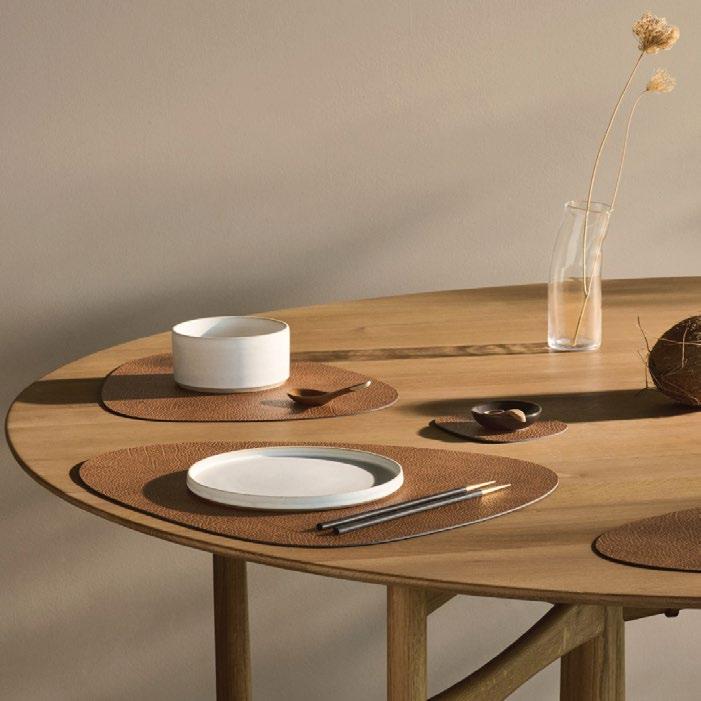

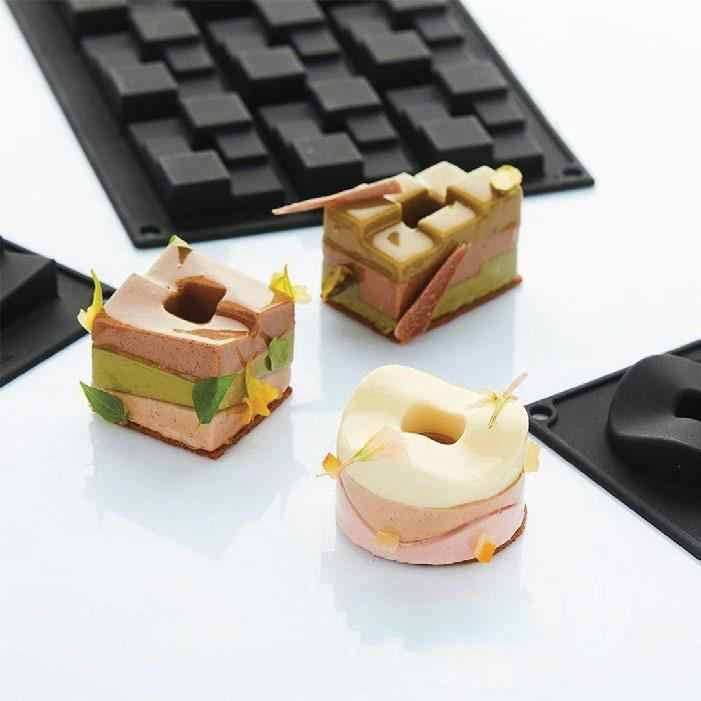
A whole range of boutique hotels are presenting a rooted side of India with unmatched charm and flair.
SUMAN TARAFDAR



An erstwhile hunting lodge. A run-down mansion. A once grand palace. A warrior fort. Abandoned havelis. A planter’s residence. Tents, treehouses, plantations… In a landscape dominated by cookie-cutter hotels, a distinctive breed of hospitality has quietly taken root—painstaking restorations, lovingly preserved traditions, with sustainability and local communities at the core. This new wave of boutique hotels in India offers something different—rooted, authentic, and so utterly charming, it’s often heart-wrenching to leave.
While boutique hotels have existed for a while, they were few and far between. Of late, however, driven by rising traveller demand and passionate owners eager to celebrate their legacies, new outposts—some urban, most remote—are emerging. A growing preference for personalised, meaningful travel and deeper cultural immersion is fueling this trend. More travellers today actively seek stays that reflect local heritage and authenticity.
These hotels aren’t easy to run—often isolated from supply chains, lacking trained staff, facing infrastructure hurdles, and carrying higher operational costs. Yet nearly every visitor is smitten—by the charm, the service, the thoughtfulness of every detail. Despite their typically high price tags, this segment is poised for steady growth, with a projected CAGR of 8.4% in India, according to Future Market Insights.
Defined by meticulous curation, these boutique properties— often with just a few keys—offer personalised service, cultural immersion, and rich experiences. From heritage and cuisine to wildlife and wellness, their styles may vary, but they all share a commitment to intimacy and excellence. SOH presents some of India's finest offerings. Let’s see how many you can resist returning to—again and again.


Bishangarh, Rajasthan
Once a warrior fort, this more than two centuries old edifice east of Jaipur is a different experience from the usual sprawling forts most tourists are used to. Surrounded by Aravalli Hills, its rustic setting nevertheless abounds in historical sights, local culture, and lush nature, with a quiet sense of tranquillity reverberating down every winding corridor. Magnificently restored, its interiors amply reflect the grandeur of Rajasthani culture. The suites portray a different interpretation of the local aesthetic with defining characteristics and charm to authentically convey a sense of place and time. With breathtaking views of Bishangarh and the surrounding villages, this warrior fort is now a beacon for uninterrupted peace.
USP: An ode to the richness of Bishangarh’s culture www.alilahotels.com/fortbishangarh
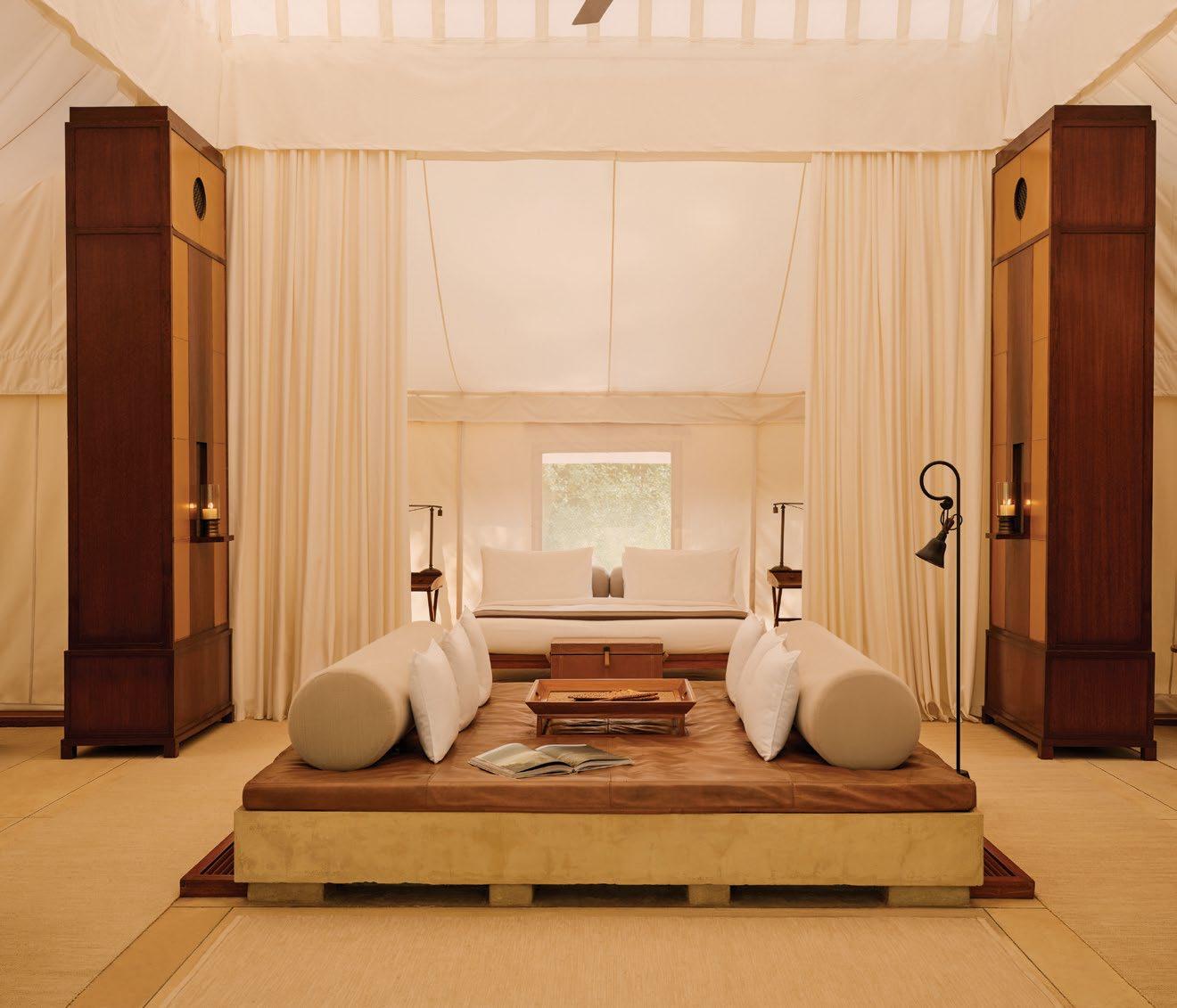
Near Ranthambore National Park, Khilchipur, Sawai Madhopur, Rajasthan
Ranthambore National Park, arguably India’s bestknown wildlife resort, forms the perfect backdrop to Aman-i-Khás, a luxury tented getaway unlike any other. Situated on the threshold of the reserve, this intimate luxury camp offers incomparable privacy and daily safaris seeking out the reserve’s wildlife. The luxurious resort is set across 10 acres—the area’s green and gold landscape transforming over seasons. The camp, as part of the brand standards, also offers the best of luxury amenities, ensuring a Mughal-era type feel and comfort to its guests. For in between safaris, there are spa therapies, swimming and dining, all at a superlative level. Incidentally, food is prepared with the produce grown in the resort’s personal gardens.
USP: A majestic self-contained oasis surrounded by pristine wilderness in the home of the tiger. www.aman.com/resorts/aman-i-khas
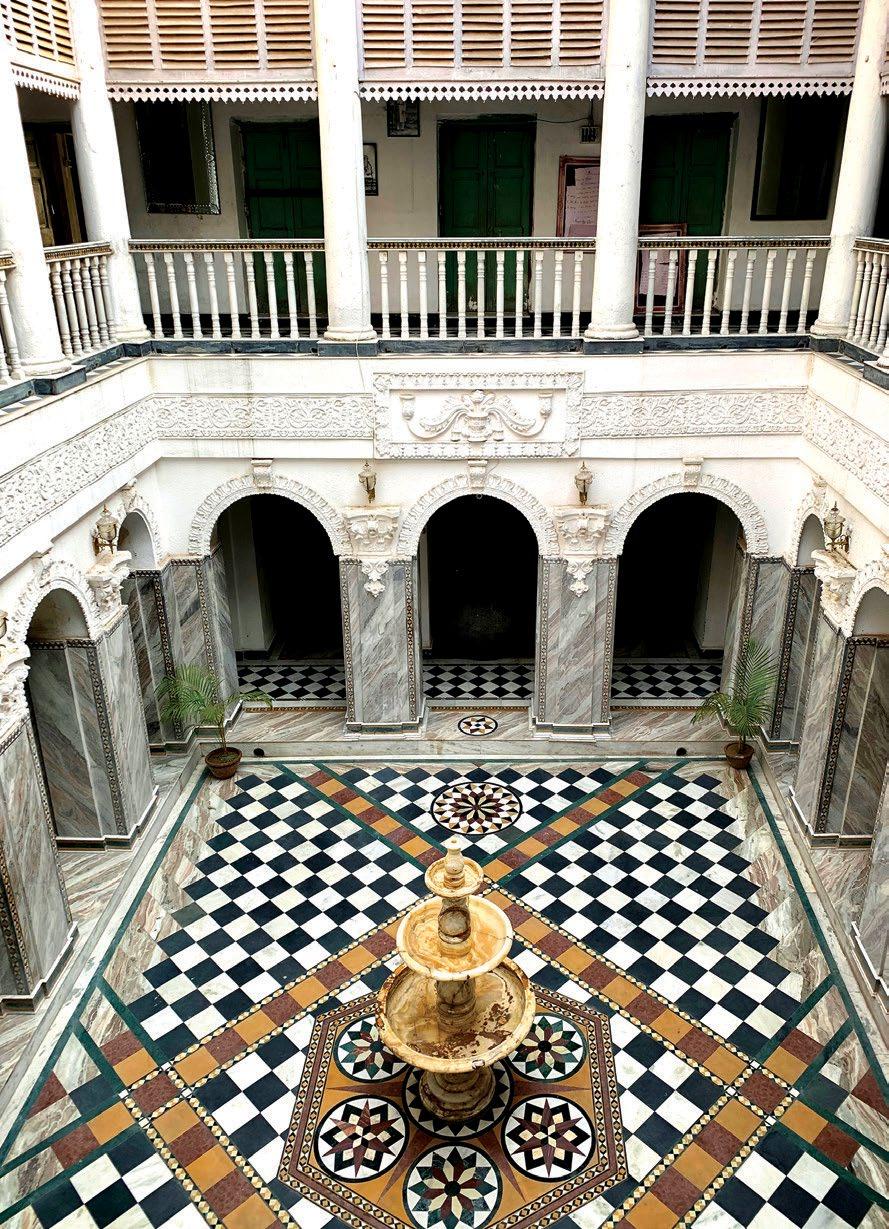
Jainpatty, Jiaganj Azimganj, Azimganj, West Bengal
Bengal’s pre-British past left many legacies, not the least of which are grand palaces. Bari Kothi, located on the banks of the Ganga, has been restored over five years, into the first Grand Heritage Hotel of East India. It offers 15 suites, beautifully adorned with traditional interiors and furnished with antique décor. Located close to the former capital, Murshidabad, it showcases the best of the traditions of the region, especially known for its textile and culinary heritage, offering three dining experiences and more than 50 curated experiences. Note the Sheherwali cuisine, especially for the sweet-toothed.
USP: Relive the grandeur and lifestyle of the former nawabs of Bengal. www.barikothi.com
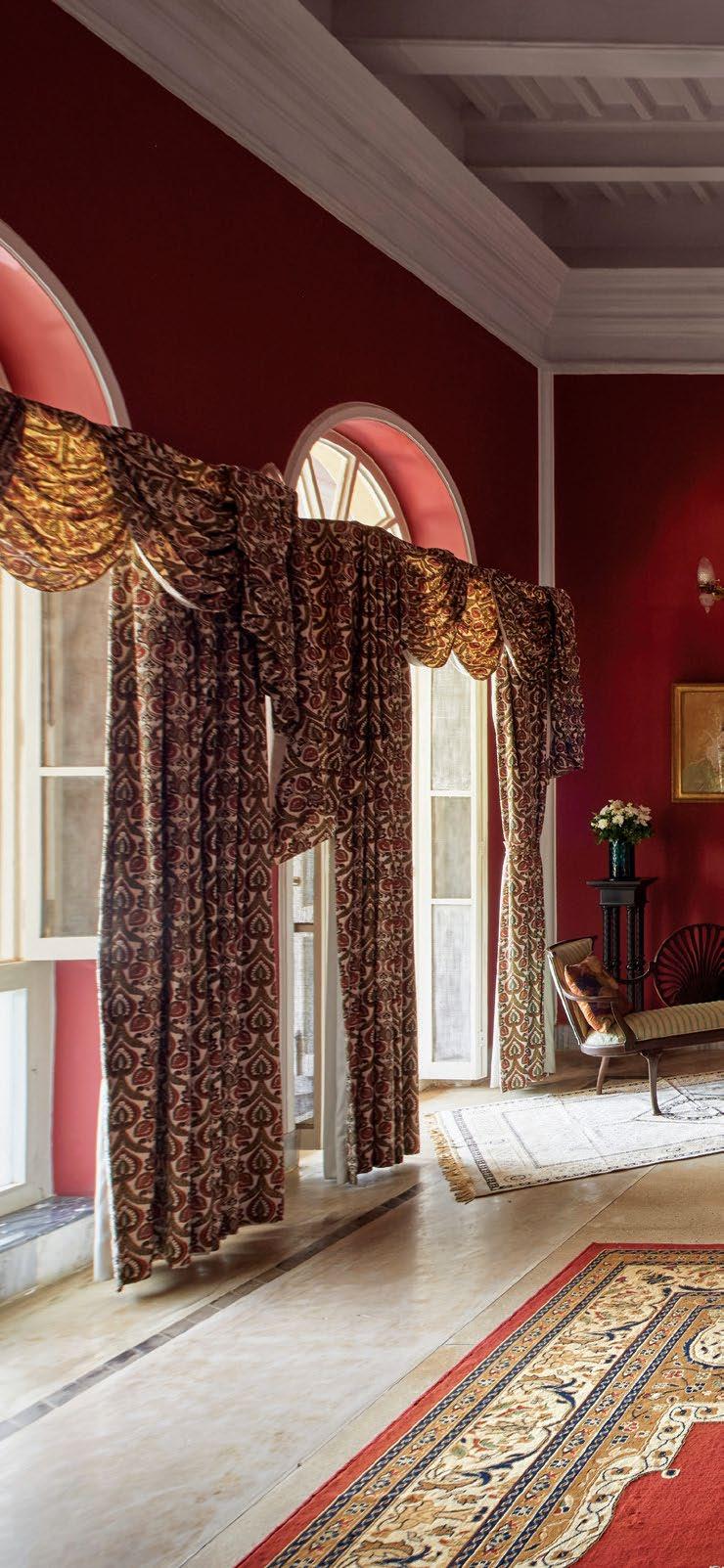

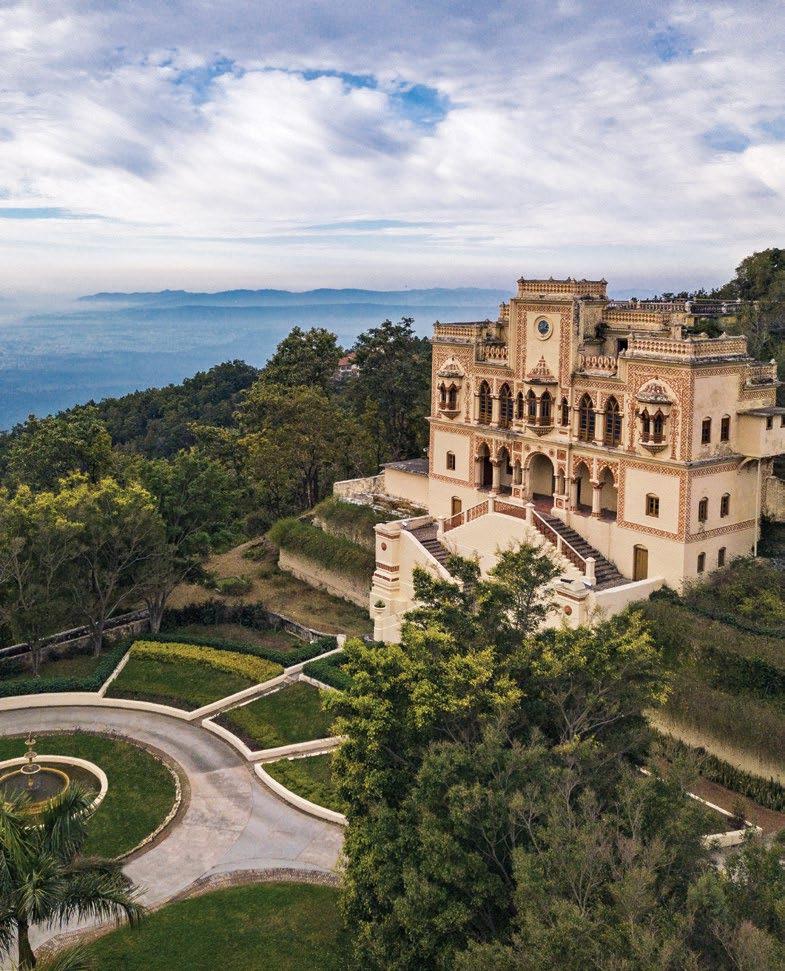
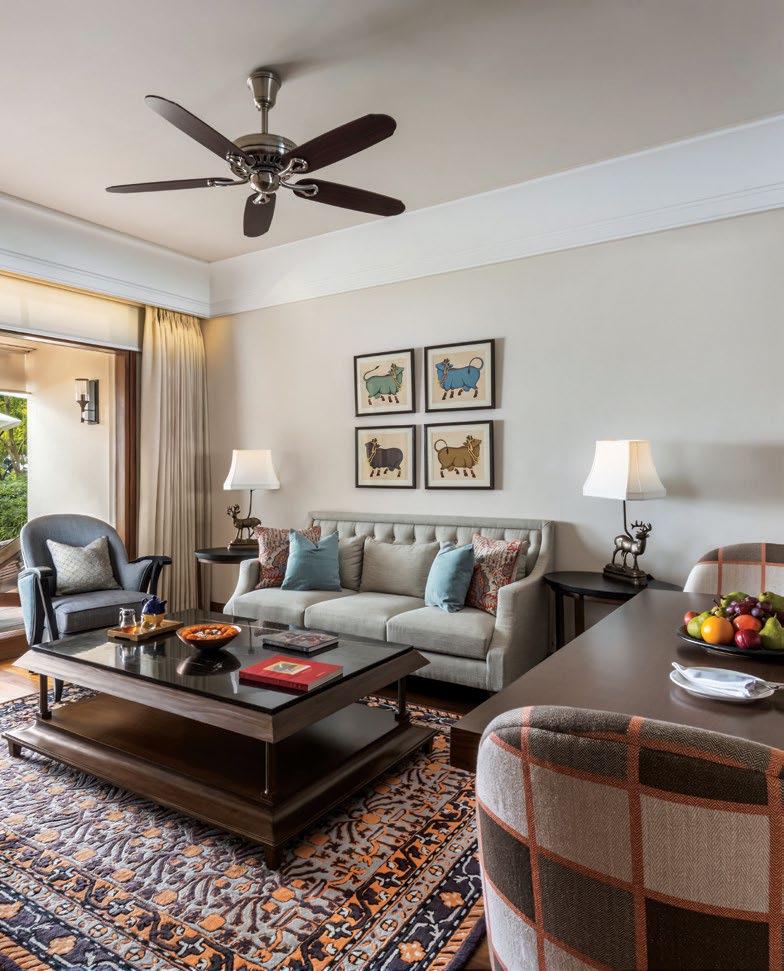
The Palace Estate, Narendra Nagar, Sakalana, Uttarakhand
World-renowned holistic wellness retreat, Ananda is a tranquil haven at the foothills of the awe-inspiring Himalayas, residing in the former palace estate of the Maharaja of Tehri-Garhwal. World-class wellness facilities and the best of modern luxury hospitality combine
with almost unreal solitude that only nature can provide in this 100-acre retreat. Its spiritual location, the birthplace of Ayurveda, yoga and meditation, has attracted wellness seekers from around the world. It integrates traditional Ayurveda and holistic wellbeing with yoga
and meditation, emotional healing, spiritual awareness, and healthy organic cuisine to restore balance and harmonise energy.
USP: Wellness in the lap of the majestic Himalayas. www.anandaspa.com

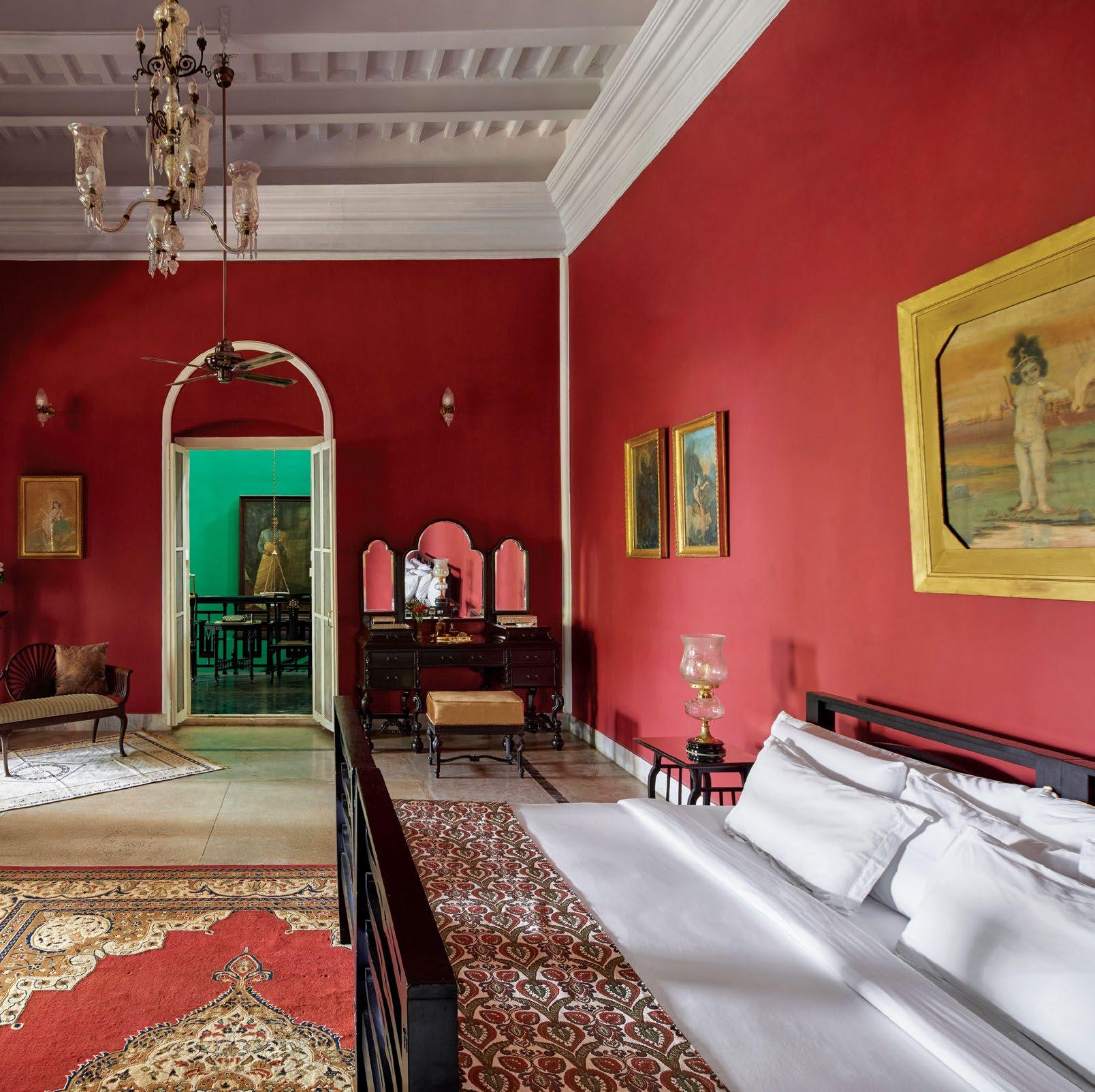
Meher Colony, Baripada, Odisha
Built by the erstwhile royal family for guests, including visiting foreign dignitaries, Belgadia Palace was born circa 1800 in the Victorian architectural style with elements of Georgian décor. Located in the quaint town of Baripada, the Palace redefines the idea of a hotel with its modern amenities and spectacular rooms that are all unique. The Belgadia Palace brings alive its history of being an artists’ haven whilst being surrounded by the wild natural beauty of the Odia countryside. The diversity of local experiences range from nearby wildlife sanctuaries to local crafts such as dokra or folk performances such as Chhau.
USP: A mesmerising glimpse into Odisha’s storied past. www.thebelgadiapalace.com
Darbhanga Ghat, Dashashwamedh, Varanasi, Uttar Pradesh
An enduring marvel of Varanasi, this iconic palace stands as a proud testament to the city's rich cultural tapestry. Built in 1812, this is a regal escape for those yearning for a holiday steeped in comfort and modern hospitality. Perched above the sacred Ganga, BrijRama Palace is an oasis of serenity, just moments away from Varanasi's most cherished landmarks. As the second oldest palace in Varanasi, it is more than just a place to rest your head; it’s a voyage through time. With rooms that take you back in time, this riverside hotel reflects the ageless charm of Varanasi.
USP: Where history seamlessly melds with luxury, with a generous side of spirituality. www.brijhotels.com/hotels/siddhi/brijrama-palace
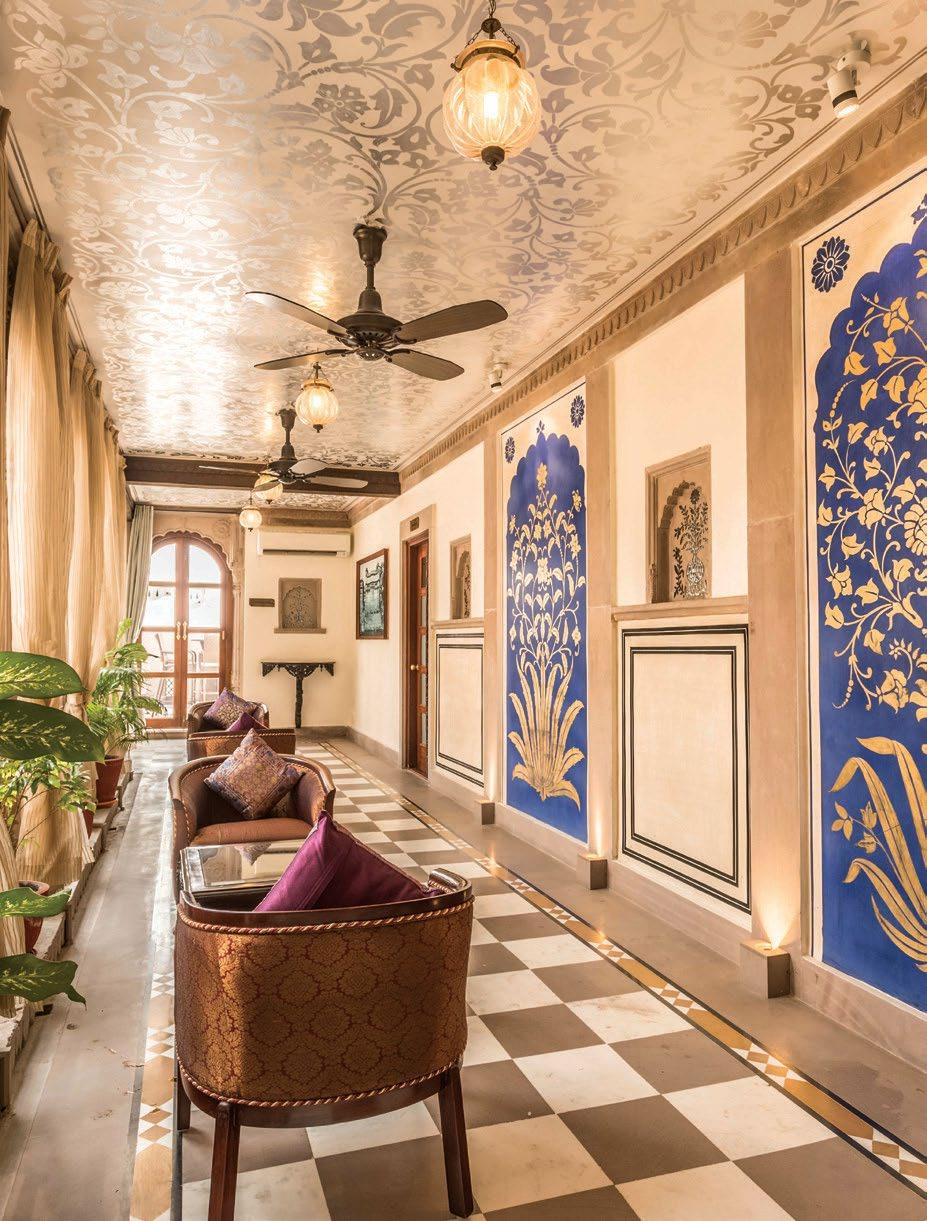
1/498, Calvetty Road, Fort Kochi, Kochi, Kerala
A former shipyard in British times, this historical plot of land that once housed a famous boatyard now has another landmark, the Brunton Boatyard. It is built to reflect the symbols and signs of a historical period known for its stately grandeur and good taste as expressed through its ambience, amenities, service, and food. Brunton Boatyard is inspired by colonial history and reflects the rich trading past of Fort Kochi, a fixture on global shipping routes to this day. Its interiors reflect an eclectic but tasteful blend of English, Portuguese and Dutch influences—witness the high ceilings, hanging fans and a plethora of artefacts and curios from a great mercantile age known for its pomp and glamour.
USP: Experience the architectural splendour of Fort Kochi's colonial past.
www.cghearth.com/brunton-boatyard


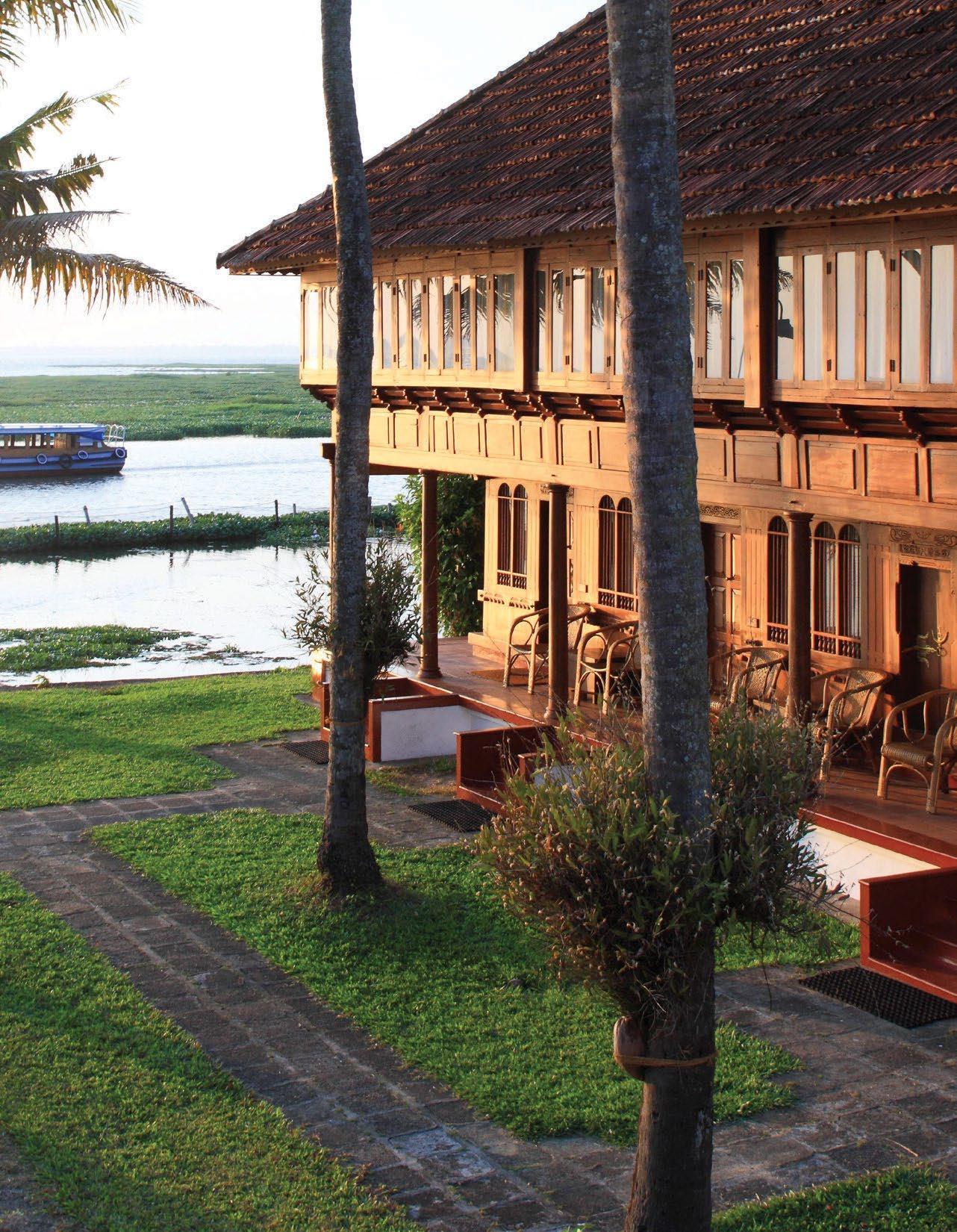
Village Kalthar, Badrinath Road, Rishikesh, Uttarakhand
Yes, as the name suggests, for some of the most stunning, unimpeded views of the Himalayas and the Ganga, look no further. In a new jungle location of Glasshouse on the Ganges, still tucked privately in what was once Neemrana’s Himalayan Hideaway. Unfathom the secrets of the forests as the music of the Ganga plays below, uninterrupted. Uniquely, the hotel offers 10 treetop rooms spread across multiple levels, set in natural stone, surrounded by, and nestled within a forest with cobbled pathways. Neemrana's Glasshouse on the Ganges houses a modern restaurant that serves a wide variety of delicacies. Enjoy Trans-Himalayan cuisine with rustic hunter-style curries. Open-air pit roasting gives you a unique dining experience!
USP: Live with your head amongst the clouds – and trees. www.glasshouseontheganges.neemranahotels.com
Kottayam, Kavanattinkara, Kumarakom, Kerala
An absolute gem of a resort, seemingly afloat on the natural wonder of Lake Vembanad, the largest backwater stretch in the state. The cottages of this tropical paradise bring the waters of the lake right inside by laying out a pattern of cottages, canals, bridges, lanes, gardens and trees. The resort respects the rich but delicate ecosphere and the vibrant culture of the Kuttanad region. Get even closer to the lake by sailing on a grand kettuvallam to best take in the wonders of tropical forests. Experience the magic of old agragrian homes that follow the gentle pulse of the backwaters.
USP: A perfect blend of coconut groves and backwater canals, with old wooden Keralan homes transplanted, preserved and cherished. www.cghearth.com/coconut-lagoon

Kambal Tea Garden, Near Singritan, Darjeeling, West Bengal
Tea estates are the prettiest, right? And what can match the towering peaks guarding over the Darjeeling hills? Started by a Scottish tea company in 1859, Glenburn is a heavenly little plantation retreat that lies on a hillock above the banks of the River Rungeet, high in the Himalayas, overlooked by the mighty Kanchenjunga mountain range. It is spread across 1,600 acres, 600 of which are for tea cultivation, while the rest is still forested, with two rivers running through the property. It features two comfortable, private and beautifully furnished 4-bedroom bungalows. Visitors can tour the working tea estate, enjoy mountain activities, and feast on delightful Indian, Oriental and Western cuisine.
USP: Enchanting tea gardens in the company of Himalayan peaks – for the perfect cuppa. www.glenburnteaestate.com

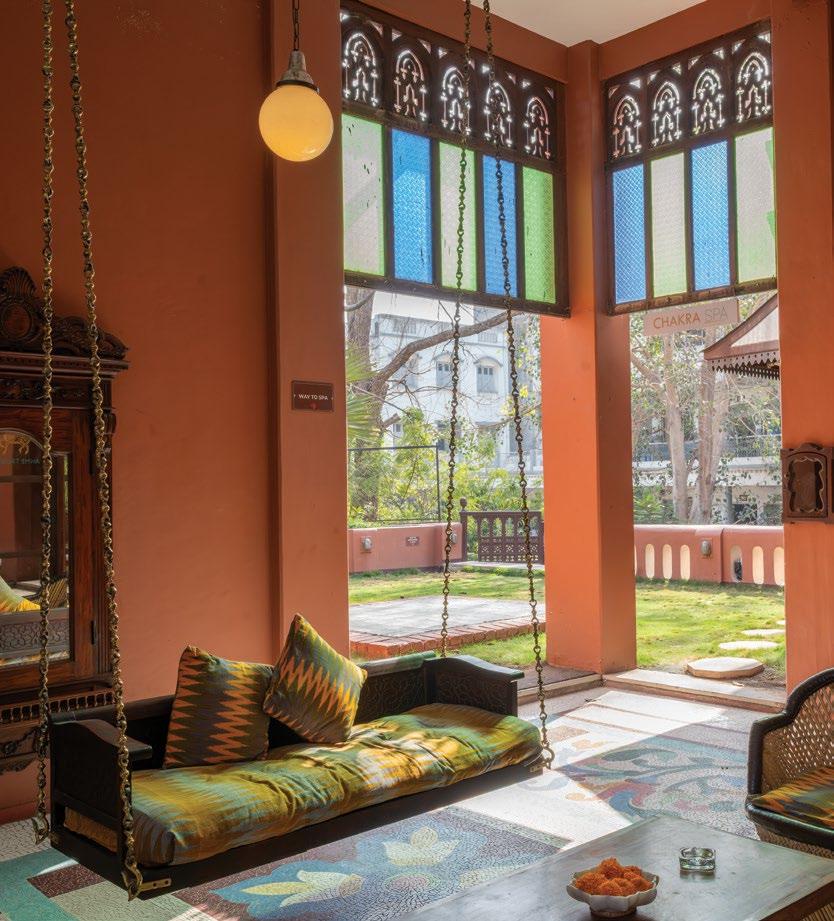
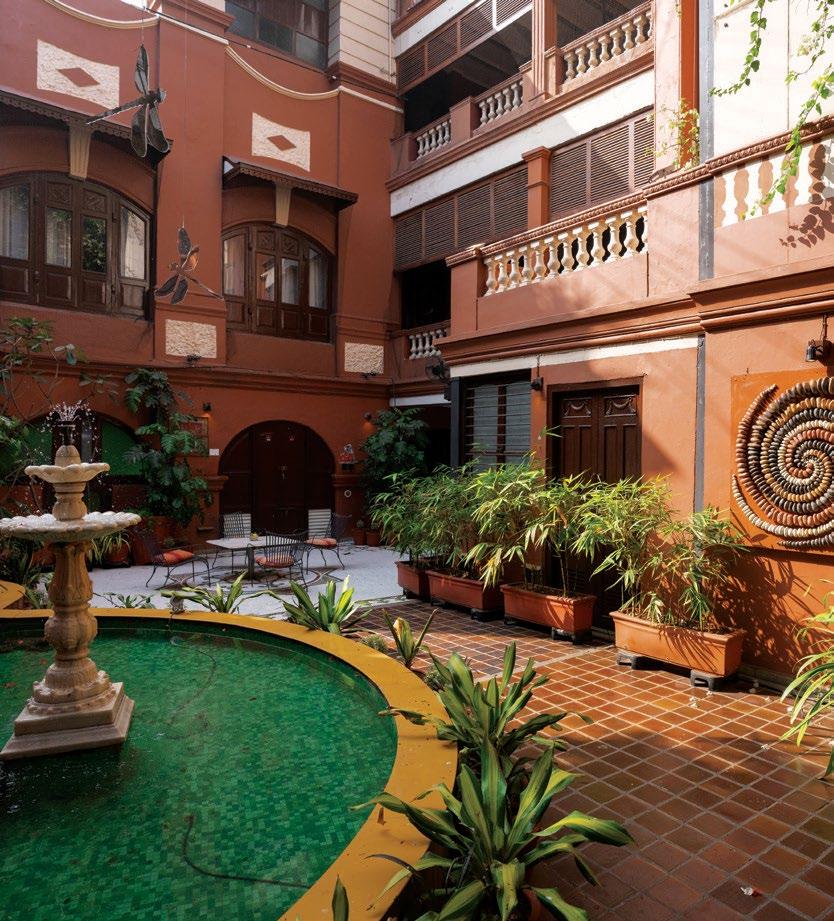
Bhadra Road, Old City, Gheekanta, Lal Darwaja, Ahmedabad
Offering a unique blend of vintage charm and modern amenities, The House of MG is unlike any other hotel in Ahmedabad. Located in one of the oldest buildings in the city, it represents the architectural colonial heritage of the early 20th century. A family mansion dating to the early 20th century, it was designed and built by craftsmen, and its restoration over the last two decades has been carried out by traditional means. Every item of furniture and textile is handmade, primarily from repurposed material. The hotel is also known for its slow-cooked food. Its 38 beautifully appointed rooms offer a grand yet comforting ambience.
USP: A unique heart into heritage via the region’s architecture and culture. www.houseofmg.com

Village Numbrehli, Kufri-Chail Road and Tehsil Kufri, Himachal Pradesh
Nestled in the scenic hills of Kufri, Shimla, the Jungle Mountain Retreat is surrounded by pine and deodar forests. From summer to winter, this view transforms drastically, and Kufri is one of the best destinations to witness this. The resort features well-appointed rooms, cosy wooden suites, multi-cuisine dining, a rejuvenating jacuzzi spa and modern amenities. Each room offers heated interiors, hot running water, and private balconies with forest or valley views, perfect for enjoying Kufri’s cool, refreshing climate year-round. Opulent rooms, multiple dining spots, bonfire nights and bespoke experiences await you for a delightful stay at this luxurious property. The resort offers the perfect blend of nature, comfort, and premium hospitality.
USP: Breathtaking views of the pine-laden Himalayas. www.thejunglemountainretreat.com

Hotel Khyber Road, Forest Block, Gulmarg, Jammu and Kashmir
Gulmarg, India’s ski capital, has long been a much sought-after destination. The opening of The Khyber, India's only boutique luxury ski resort, catapulted its desirability. The Khyber is designed to be a microcosm of all things Kashmir, and features Khatambandi ceilings, remarkable expressions in wood and stonework, and landscaping reminiscent of the state’s fabled gardens. The seasonal experiences are unrivalled. While summers are awash in lush green meadows and the brightest blooms, and autumn’s hues are enchanting, winters are the pinnacle of the destination’s popularity.
USP: Blending snow and ski, The Khyber showcases the best of Kashmir’s hospitality. www.khyberhotels.com

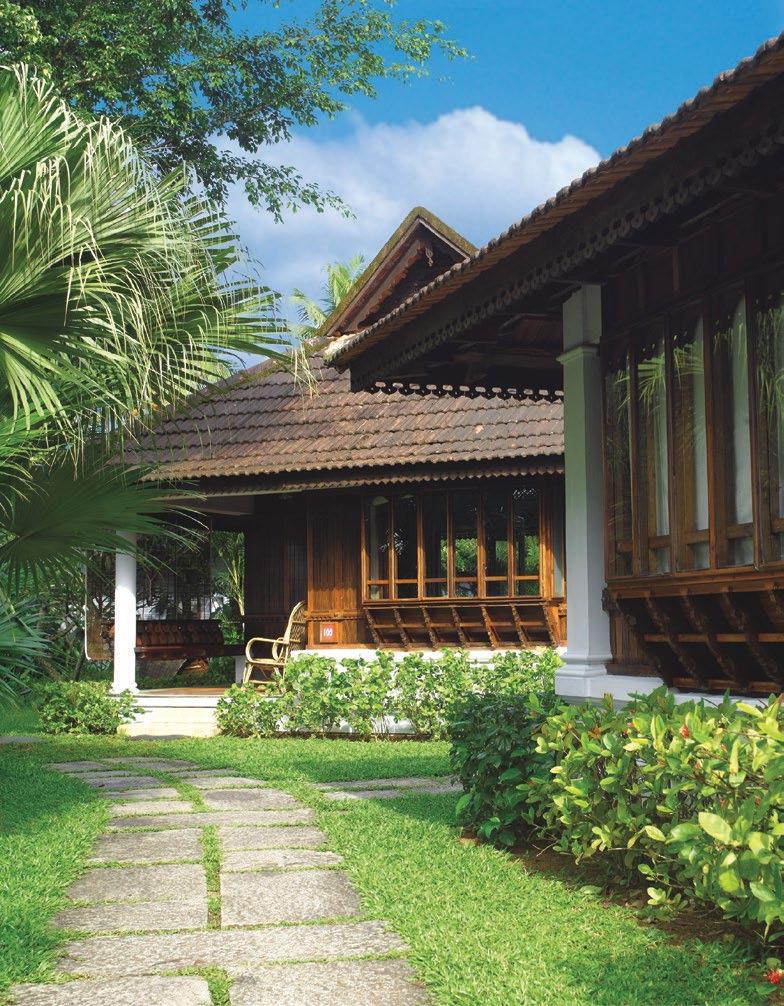
Kumarakom North Post, Vayitharamattom, Kumarakom, Kerala
Lake Vembanad, a vast stretch of tranquil, emerald green backwaters, is a popular holiday spot in Kerala. Quaintly charming Kumarakom, a village set on its banks, is a patina of soothing backwaters, thick mangrove forests, green paddy fields and ripe coconut groves. Spread over 25 acres
of coconut groves, the Kumarakom Lake Resort nestles on its serene banks, almost adjacent to the Kumarakom Bird Sanctuary. The resort exudes the charm of Kerala's heritage while offering a complete range of new-age amenities and experiences for a luxuriously comfortable stay. The
Binsar Wildlife Sanctuary, Binsar
The Himalayas offer many spectacular views, though few can match the views from Mary Budden Estate in Binsar. Nestled in breathtaking natural surroundings, it is one of the last virgin expanses of wilderness in the Himalayas. A picturesque destination in the Kumaon region, Binsar is unspoilt, protected by rolling valleys and mighty mountains. Spread over five acres, the estate has a threebedroom cottage and four lodges. All accommodation is en-suite, and offers tastefully appointed rooms with logwood fireplaces, stone patios and several open sit-outs. Private drawing and dining rooms, hand-picked antique furniture and vast mountain views complete this elegant mountain hideaway. Unique experiences, especially in the surrounding hills, make it special.
USP: An enviable opportunity to disconnect in order to connect deeply. www.marybuddenestate.com
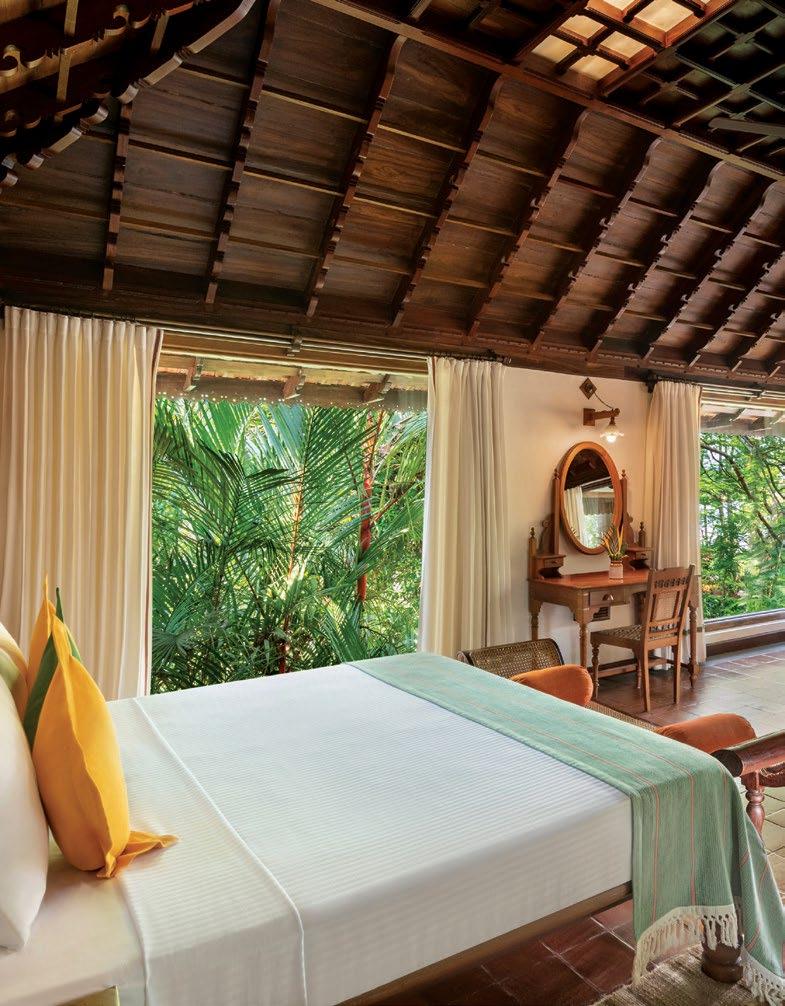
colonial-style rooms and villas are luxury-laden.
USP: Entrancing backwaters, birding and wellness, Kerala style—an unbeatable combination. www.kumarakomlakeresort.in



Samvit Shikshan Sansthan, Bikaner, Rajasthan
Named after Narendra Singh of the erstwhile royal family of Bikaner, Narendra Bhawan draws from memories of his travels to destinations near and far. Unconventionally curated, the Bhawan organically grew into a snapshot of the life of its original resident, who, upon spreading his wings, was subconsciously casting a new modern identity for himself, much like that of his mother country. Immaculate guest rooms continue to salute the vision of its last Maharaja via the theme of India—past and present. Eclectic interiors, alluring public spaces, rooms that are hard to depart from, Narendra Bhawan’s best attractions come in the form of its out-of-the-world experiences, whether exploratory, culinary or wellness related.
USP: A gem blending the best of Bikaner’s heritage with modern cultural landmarks. www.narendrabhawan.com

Mugthihalli Post, KM Road, Chikkamagaluru, Karnataka
Coffee plantations are almost invariably places of mystic charm—and The Serai Chikmagalur undoubtedly captures the best of this unique landscape: the vast wilderness of shrubs, a flamboyance of winding pepper vines, beneath tall silver oaks, and the alchemy of rain and rainforests. Located at the foothills and on the slopes of the Western Ghats, it features two parallel rows of villas—each a private island of seclusion—with a running channel of water in between, which slowly descends, its gentle gurgling creating spellbinding rhythms.
USP: Discover the charms of India’s best coffee-growing region amidst the historic epicentre of the Hoysala Dynasty. www.theserai.in/chikmagalur-resort
Tunwarji ka Jhalra, Gulab Sagar Road, Jodhpur, Rajasthan
Located in Jodhpur’s walled city’s vibrant northeastern quarter, RAAS Jodhpur is based around an original 18th-century haveli. Echoes of Rajput architecture can be found throughout, from intricately carved stone panels to antique shrines to the surviving arches from the stables. Indeed, even entire original buildings are interspersed with rosered modern architecture. With commanding views of the majestic Mehrangarh Fort, RAAS combines a signature look born from a fusion of modern and ancient styles. With a stunning entrance, flanked by a magnificent pool, the hotel comprises four original buildings with three additional contemporary structures. Inspired by the walled city, the new buildings feature a modern approach to the use of space and light, yet each is grounded in tradition.
USP: Modern Marwar, at the footsteps of the magnificent Mehrangarh Fort. www.raashotels.com/jodhpur

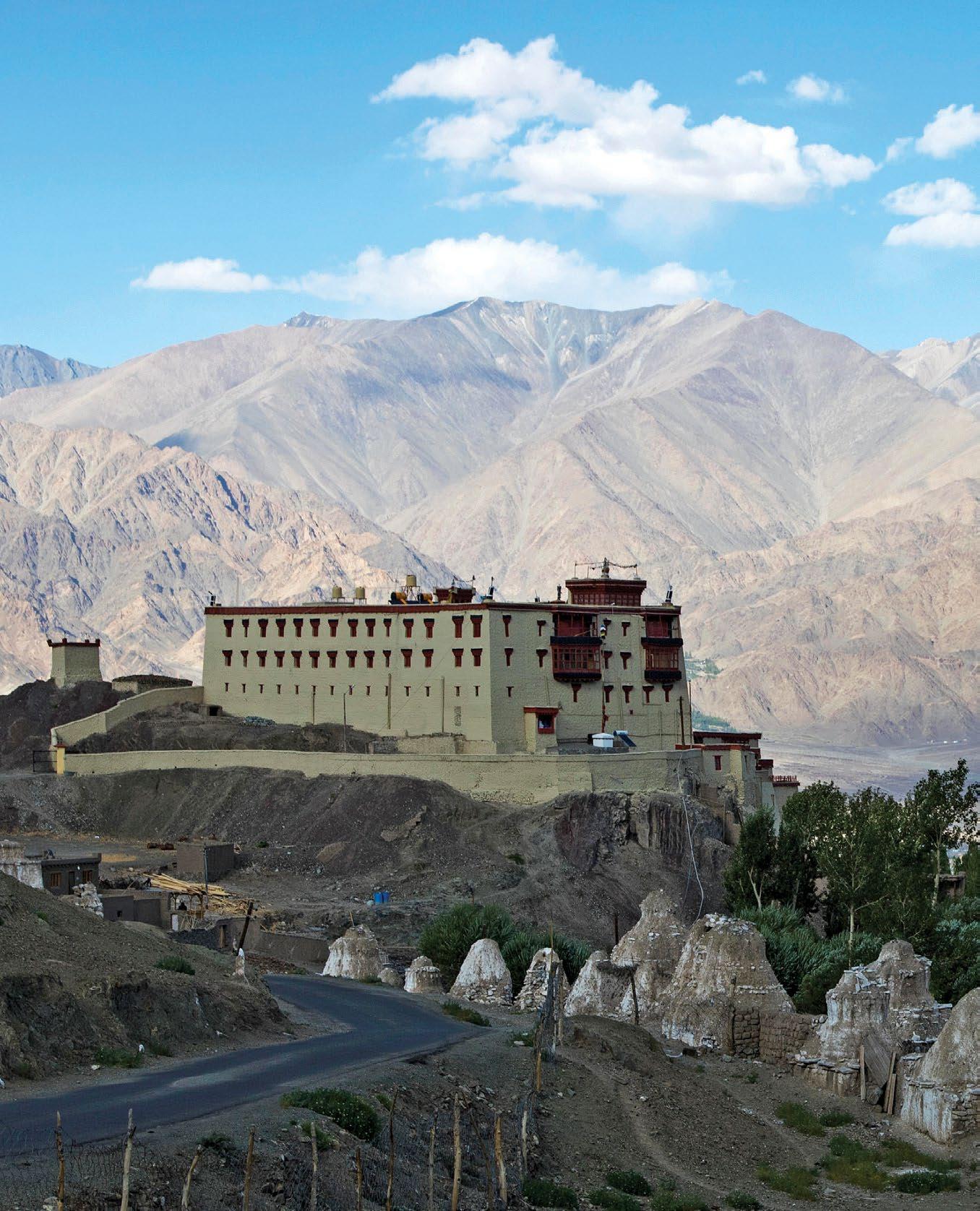

Stok, Leh, Ladakh
For most Indians, Ladakh is an enchanting, mystical land where narrow winding rivers and icy lakes dot the sparse mountainous landscape. The 200-year-old Stok Palace is a landmark in this unique environment, towering over a hill overlooking the valley of Singey Sangpo, popularly known as the Indus River. Occupying a high altar of reverence amongst the people of Ladakh, the Namgyal dynasty has resided in the Stok Palace for centuries now. Opened to the public in 1980 with the blessings of the Dalai Lama, Stok Palace today is a boutique and heritage hotel in Ladakh that encapsulates all that this mysterious and beautiful land is. Yes, six rooms, full of artefacts, are open for guests.
USP: Ladakh at its cultural, spiritual and topographical best. www.stokpalaceheritage.com
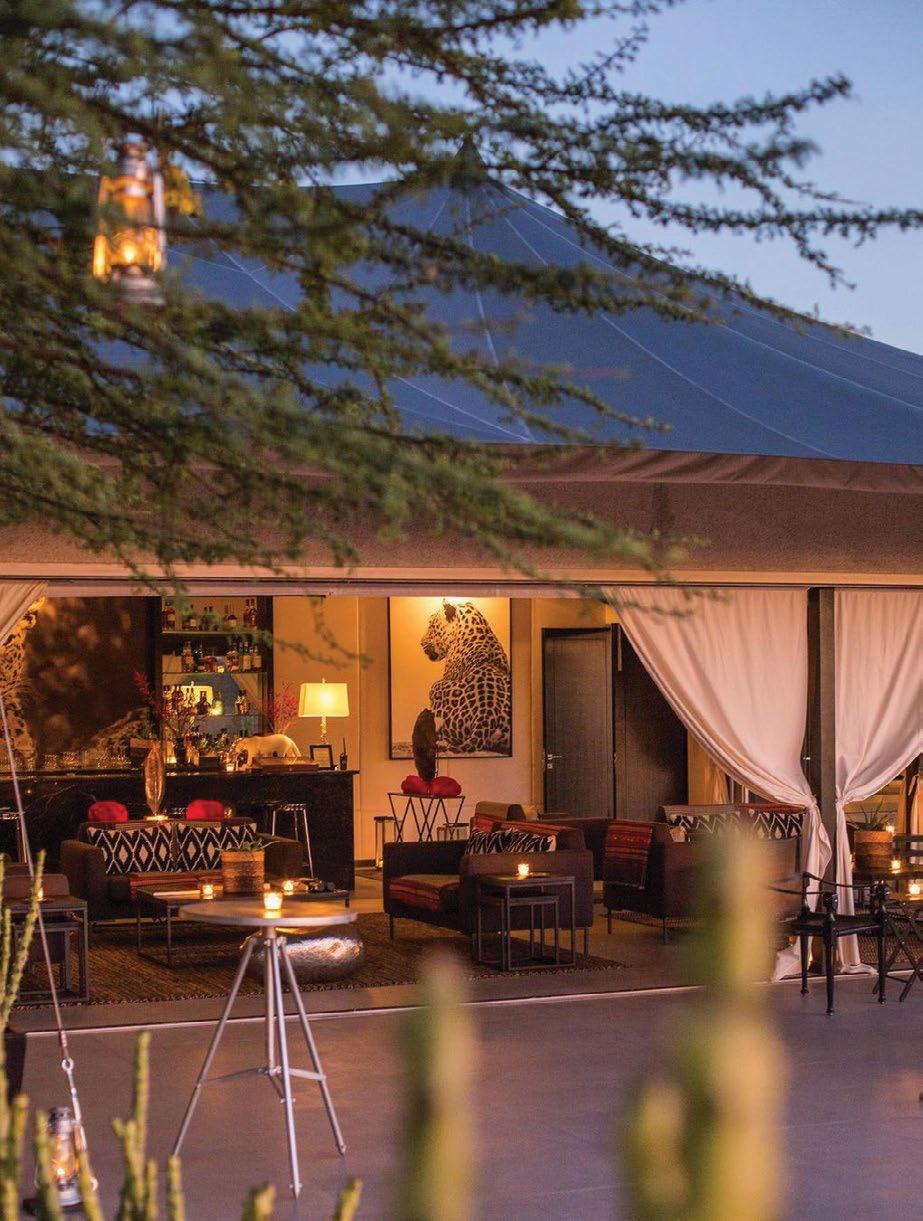
Jawai Dam, District Pali, Rajasthan
The Aravallis are amongst the oldest parts of the planet, and everything here is in continuity, a timelessness unmatched. Suján Jawai is set in the plain adjacent to the gentle billion-year-old hills where leopards—notoriously shy of humans—roam about wild and free. The 10 luxury tents here are a byword for both luxury and sustainability, located in an area renowned for leopards and an impressive and varied landscape of hills, grasslands and winding sand riverbeds. With spectacular views of a dramatic wilderness, life celebrates the great outdoors, combining conservation and comfort. The interiors of the tents are inspired by 1930s industrial tubular brushed steel furniture in largely muted tones, with a dash of red, inspired by the turbans of the local Rabari tribe.
USP: For the best leopard sightings, look no further. www.thesujanlife.com/jawai

Om Beach, Gokarna, Karnataka
SwaSwara, literally, your inner voice, is a sanctuary with seemingly magical powers of rejuvenation. A place of natural harmony to release, refocus and recalibrate the self. Situated overhanging the famed Om beach overlooking the Arabian Sea, this corner of the Konkan coast can steal your heart. A stay where the main aural experiences are the rhythm of the rolling waves and the melodious hum of birdsong, nature reveals its best forms here. Note the giant banyan trees, the gently sloping hills and the forests within the estate, the interplay of locals who double as staff. The residential cottages are especially stunning, crafted in colours of the earth and in harmony with the land that nurtures her. SwaSwara is designed for a transformational experience. A wellness space at its core, it’s a space where the beauty of the ocean and the magnificence of the wilderness come together with the healing touch of Ayurveda and yoga.
USP: A place to find yourself, far from the madding crowd.
www.cghearth.com/swaswara
Gir Forest, Sasan-Talala Highway, Gujarat
The Gir forest of Gujarat is undoubtedly the best place in India to see lions in all their wild majesty. With the opening of the Woods at Sasan, you can now do so while staying in the midst of luxury. Nestled in an eight-acre mango orchard, the Woods at Sasan resort offers a luxurious holiday in the wild. Especially noteworthy are independent living spaces, each with its private garden, open skies and surrounded by acres of gently waving grass and thickets of trees. Floorto-ceiling glass windows and doors provide an unmatched view of the surrounding gardens or forest. Four restaurants offer a selection of seasonally varying dishes inspired by the rich variety of local produce.
USP: Unparalleled access to the Sasan Gir forest. Yes, meet the lions, up close, repeatedly. www.woodsatsasan.com
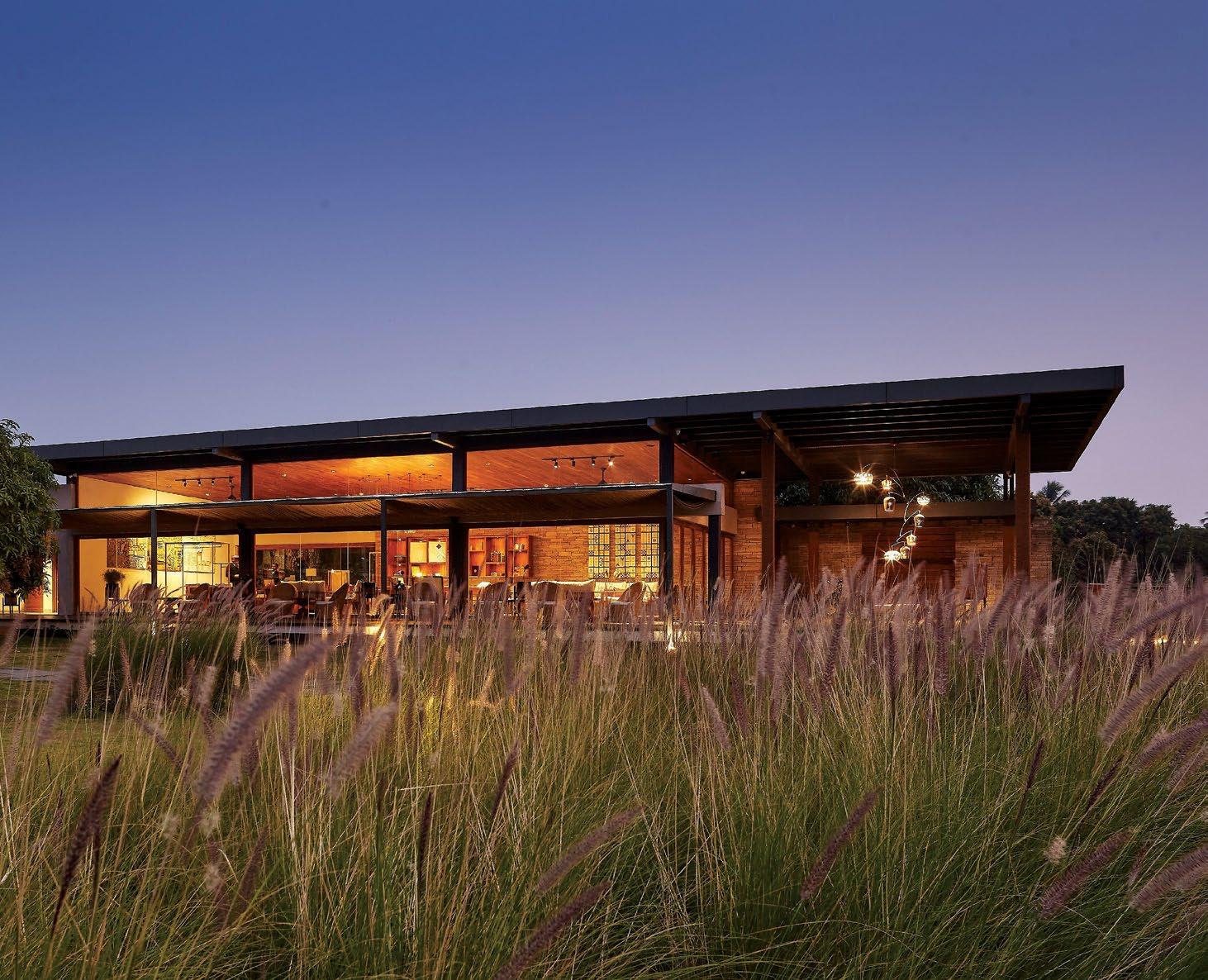


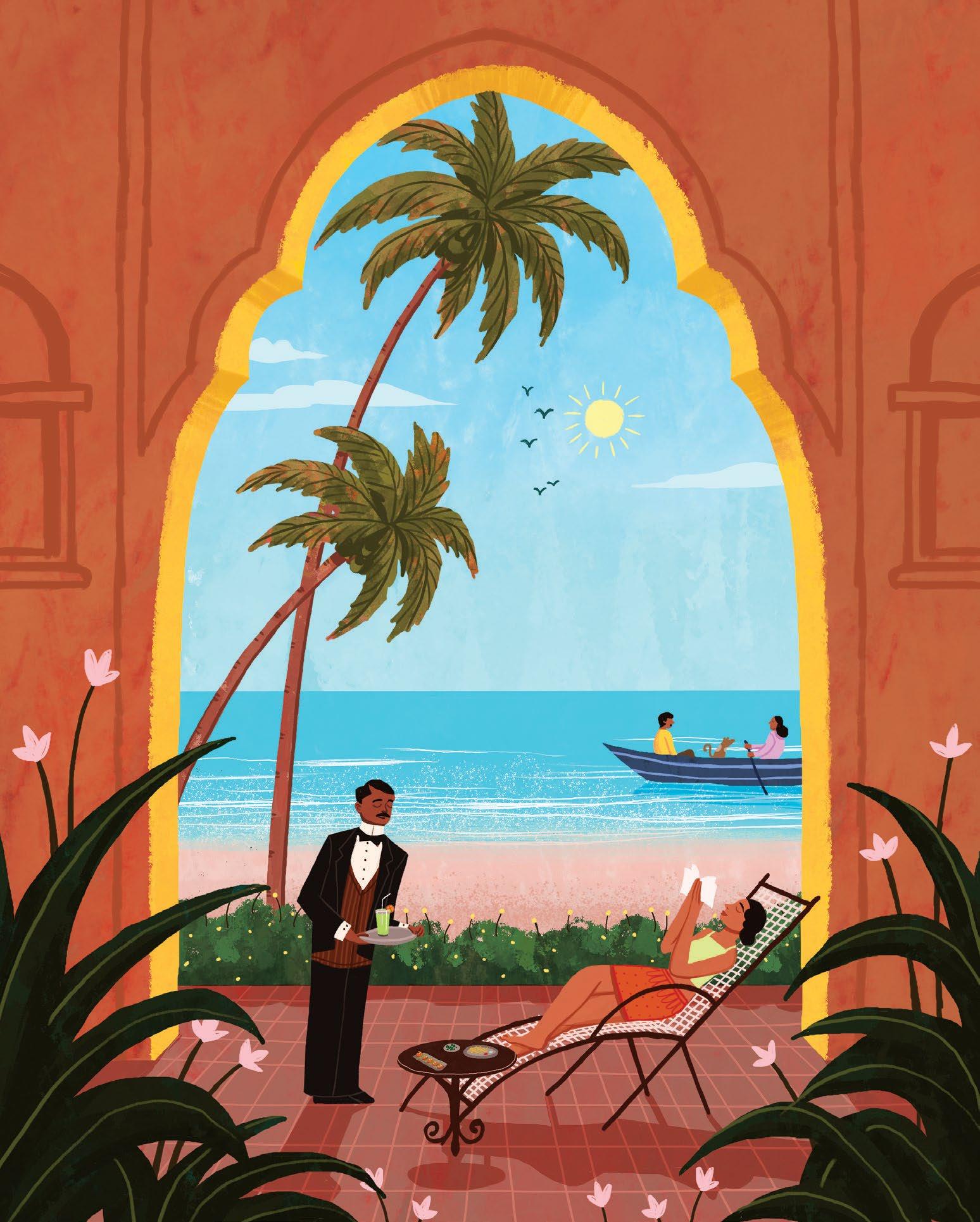


Meet the faces behind your stay.






Warm. Intuitive. Heartfelt. Passionate. These are some adjectives often used to describe the gold-class service standards in the best hotels across the world.
A hotel, regardless of its size or segment— luxury, premium, mid-market, boutique, or business—is a frenzy of activity, often imperceptible to a guest. A hotel stay’s success hinges on the seamless efforts of those who work behind the scenes. At the heart of every property is a team of silent stars whose skill, warmth, and dedication transform even the simplest stay into an unforgettable experience.
The doorman’s greeting, the chef’s carefully plated dish, the barista who remembers your order, the housekeeper who leaves the room just right—their roles may vary, but the intent is the same: to offer service that feels personal, effortless, and sincere.
From cooks and spa therapists to lobby ambassadors and guest relations associates, these professionals shape the essence of hospitality. Behind every spotless room, every restorative massage, every tailored itinerary is a story of care, craft, and quiet pride.
As SOH marks its first anniversary, we celebrate the remarkable individuals who embody this spirit—exploring the challenges they navigate, the joy they find in their work, and the heart they bring to every guest experience.



Chandra Bose has been with the hotel since 2017, but his story begins well before that. Orphaned young and raised at the Ramakrishna Mission School in Chennai, he grew up instilled with values of discipline, care, and quiet strength. These qualities now shape his presence at the pool deck, where his focus rarely wavers—and his smile puts guests instantly at ease.
Moments that stay: In early 2024, a child slipped unnoticed into the deep end. “I jumped in with my shoes, phone, everything,” Bose recalls. The child was safe in seconds. “The parents cried. I quietly went back to my post.” Over eight years, he’s rescued 24 children from drowning. “You carry those moments—they remind you why the job matters,” he says. “It’s not just about preventing accidents. Guests unwind completely because they feel safe under our watch. That trust is everything.”
Every shift starts with checks: From water testing to towel rolls, Bose’s day begins before guests arrive. Once they do, he

helps with towels, adjusts pool chairs, and offers swimming tips to children. “Even the smallest task contributes to guest comfort.”
The pool is a book he reads: Running kids, overconfident swimmers, unsupervised toddlers—he watches them all. “It’s about spotting signs before something becomes a situation,” he says.
Stillness isn’t downtime: The hardest part? Staying focused during long stretches of stillness. “That’s when mistakes can happen—when you let your mind wander.”
Mornings are his favourite: Early mornings are calm and quiet. “There’s a serene beauty when sunlight hits the surface—it sets the tone for the day.”
If not this, then guest relations: Bose would like to switch with a guest relations executive for a day. “It would give me a new perspective on how the hotel functions as one team.”
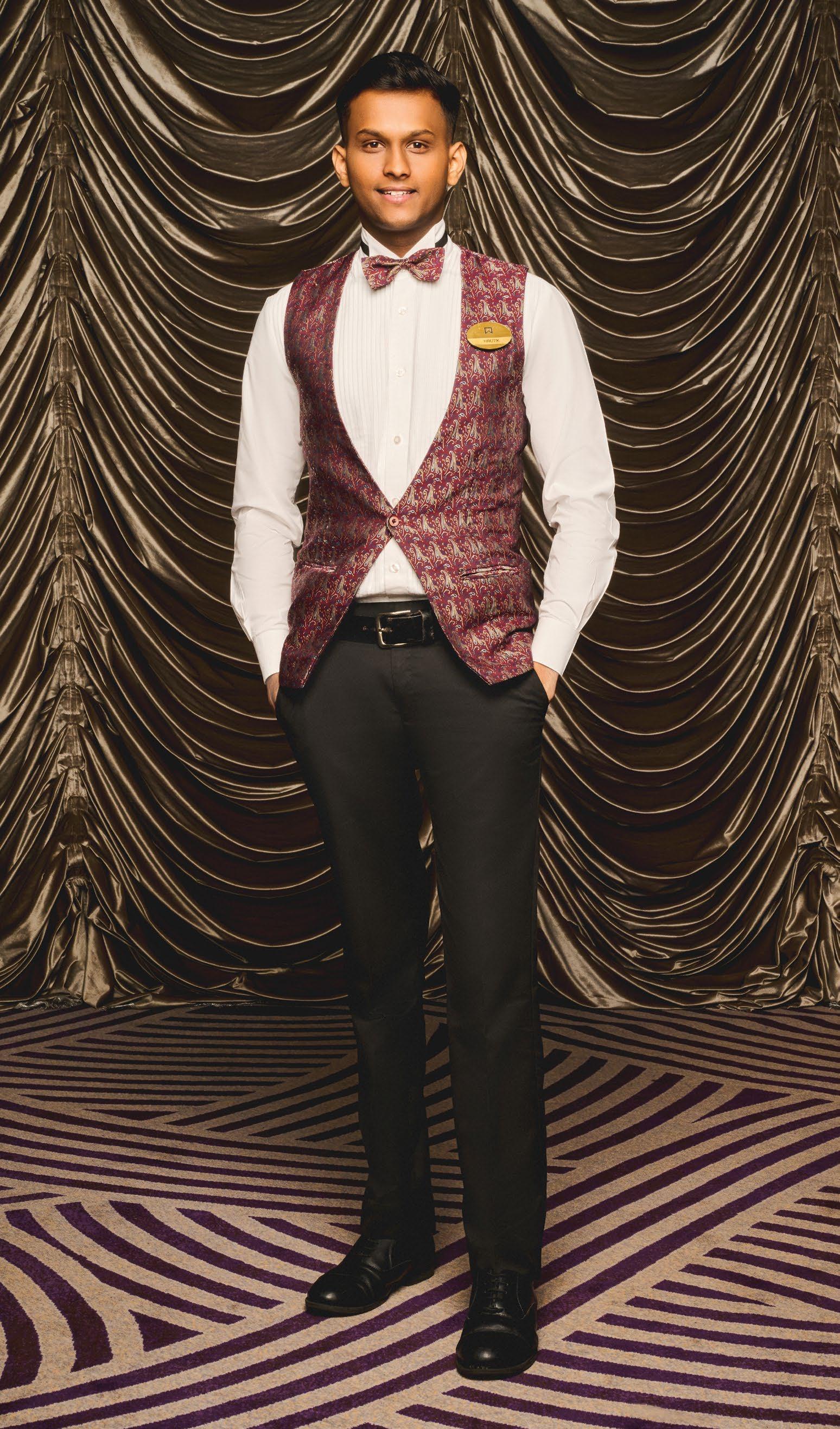
CRAFT, CULTURE AND CONNECTION
Bartender, Dublin - the Irish bar
ITC Grand Central Mumbai
“At Dublin, I’ve had the opportunity not just to serve, but to curate moments,” says Hrutik Katte. Known for his guest engagement skills and team mentorship, he has crafted signature cocktails that have become regular favourites. One such drink, Auntie’s Hooch, is more than a cocktail—it’s a cultural nod. “It also pays tribute to Mumbai’s aunty bars and their home-brewed wine culture,” he shares.
The power of a thoughtful pour: “A guest came in after a tough day. I made her a twist on a Negroni, and we ended up chatting about travel and food. She returned a few days later with friends just for that drink. That’s the magic.”
The challenges: High-pressure hours are a part of the job. “You need speed, focus, and still maintain a personal touch. It’s physically demanding, but I thrive on the energy,” he shares.
The Indian touch: Katte often infuses global classics with Indian flavours—kaala namak in margaritas, nolen gur in Old Fashioned. “Bitters are my secret weapon—especially the Indianspiced ones I make. Just a few drops can change the mood of a drink.”
Of science, art and instinct: “Crafting cocktails is 40% science, 30% art, and 30% instinct,” he says. “Science gives balance, art adds creativity, and instinct tells you when to break the rules.”
What he loves about his job: The bar’s energy is the ultimate high. “The conversations, the creativity, and the challenge of getting every detail just right. It’s an art form and a performance rolled into one.”
A wild request: “Once, a guest asked for vodka, pickle brine, and green chilli. I added a splash of lime and made it work. Surprisingly, it was a hit.”
Future goals: Katte dreams of representing Indian bartending on the global stage. “I want to open a bar that fuses European technique with Indian ingredients and hospitality. Until then, I’m focused on learning, growing, and experimenting at ITC.”
What makes a bar memorable: “A great bar isn’t just about great drinks—it’s about how you make people feel, about warmth and connection.”




In a world where leadership is often loud, Annu Ahmad is at the other end of the spectrum. As the only woman restaurant manager at Taj The Trees, Mumbai, she brings a calm command to Nonya, the hotel’s Pan-Asian restaurant. “Leadership, to me, is about presence, not volume,” she says. “It’s about setting the tone before you even speak.”
From assistant to architect of experience: She joined the hotel as an assistant manager and quickly earned her place. Ahmad was instrumental in the successful launch of Nonya, driving revenue growth through strategy and curating a distinctive cocktail menu, besides spearheading popular promotions like the Kushiyaki and Ramen pop-ups. “I love creating something guests didn’t know they wanted, but now can’t forget.”
Moments that stay: One night, a guest called from Europe, hoping to propose the next morning at the hotel during a layover. Ahmad and her team transformed the restaurant’s alfresco space into a floral, candlelit dream. “The lady said yes,” Ahmad smiles. “It reminded me how hospitality isn’t just service—it’s an emotion.”
Style on the floor, stories at the table: Born in Kochi and raised across Ooty, Hyderabad, and Surat, Ahmad’s diverse upbringing shaped her insight and nurtured her empathetic side. “Every guest interaction is a new story,” she says. But the hardest part? “We rarely see the same guests again—those beautiful moments are fleeting.”
Resilience, served warm: If her management style were a dish? “Crispy Pork Belly,” she laughs. “Tough and resilient on the outside, yet warm and approachable inside.” She’s turned even crises—like a sudden power cut—into opportunity, hosting impromptu candlelight dinners that left guests delighted.
Future goals: To lead a palace hotel as its general manager. But for now, she leads Nonya with a unique mix of discipline and joy. “I make sure my team laughs at least once a shift. It lifts everyone. And when the team feels good, the guests do too.”
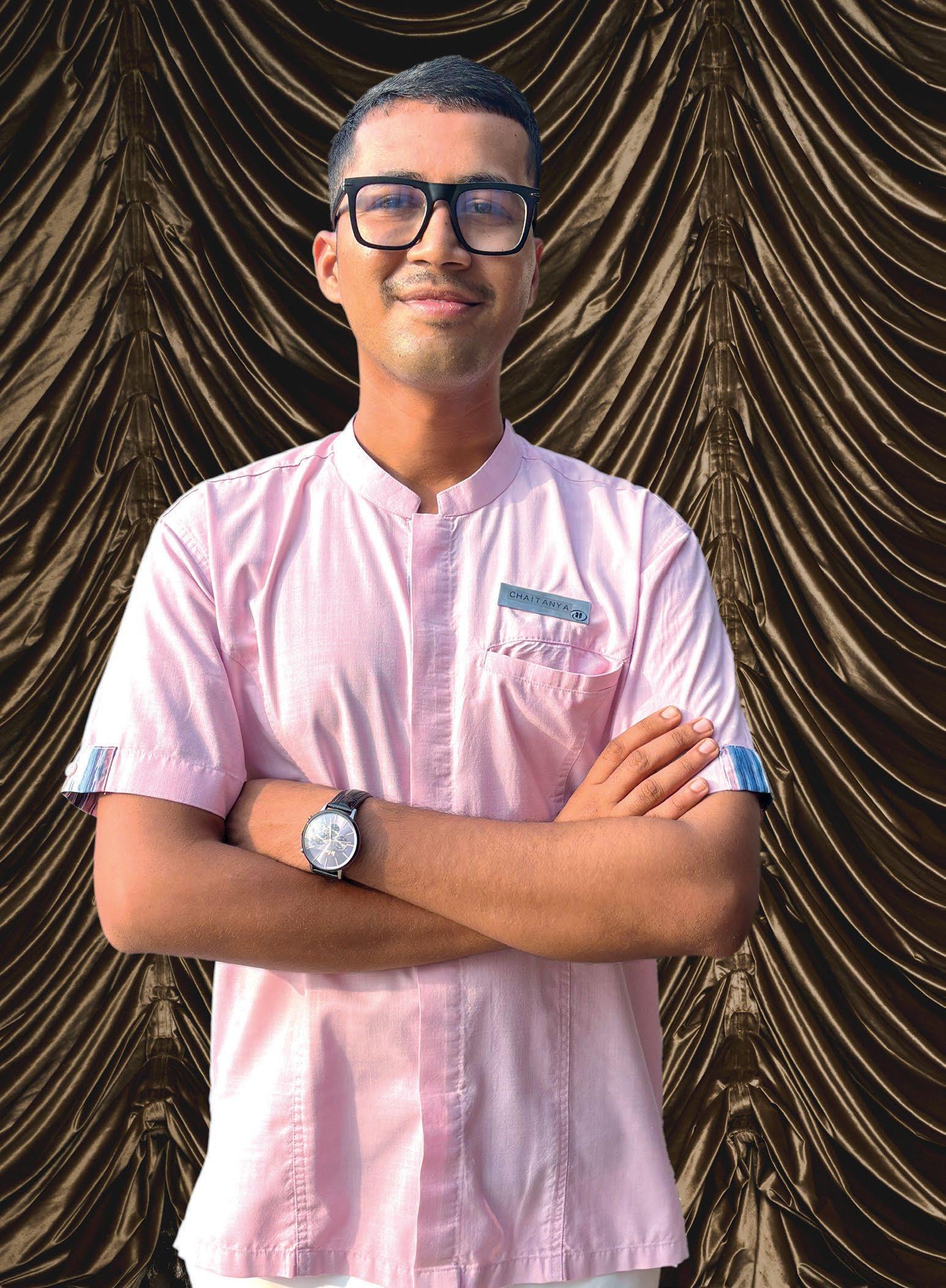
THE CONCIERGE WHO LISTENS BEFORE HE SUGGESTS
At Hilton Goa Resort, where sundrenched holidays meet curated service, Chaitanya Tavare is the name guests remember long after checkout. Whether it’s recommending the right beach, the best local restaurant, or quietly solving a last-minute
issue, he brings a presence that’s both calm and attentive.
From Mhaswad to Goa: Born in Mhaswad, Maharashtra, Tavare credits his values—loyalty, integrity, and customer satisfaction—to his family. A love for travel led him to hospitality, with a stint at Mövenpick Kuwait before joining Hilton Goa Resort, where he’s found his rhythm helping guests explore the state’s vibrant offerings.
Every guest, every detail: Tavare isn’t one to hand out templated lists. “I enjoy making guests’ stays memorable,” he says, whether it’s planning a romantic dinner on a quiet beach or finding the perfect sunset spot. He’s known for curating personalised itineraries and booking the best tables in town.
A concierge with range: From coordinating taxis and warm welcomes to supporting the front desk during peak season, he’s the dependable bridge between the guest and the Goan getaway they hoped for.
When the little things matter: Once, a guest’s shoes needed repair and local vendors couldn’t help. Tavare brought a cobbler to their room to get it done. On another occasion, he recreated a couple’s first date—a private sunset cruise, champagne, and a personalised menu.
He knows what wows: He often recommends less-crowded spots like Mandrem or Ashwem Beach, or a wander through Anjuna’s flea market. “These places offer a taste of Goan culture and unique experiences,” he says.
Moments that stay: “One guest gave me a heartfelt thank-you note and a beautiful shell necklace,” he recalls. “It highlighted the impact of our work on people’s lives.”
Curious about what lies behind the desk: If given the chance, Tavare says he’d like to switch roles with the Guest Relations Manager. “I’m curious about the behind-the-scenes work that goes into making guest experiences seamless and enjoyable,” he says.
Future goals: Tavare hopes to take on a leadership role someday. “I’m also interested in destination management and creating unique experiences for our guests.”


Namrata Bhandari’s journey to the forest didn’t begin with biology textbooks or childhood treks—it began with a desk job in Mumbai and a life on repeat: “office, work, party, home.” One wildlife vacation to Kanha changed everything. A head-on encounter with a tigress left her mesmerised. Years of vacations and return trips followed—until one day, an opportunity call turned passion into profession.
A naturalist’s day starts before the sun: Breakfast is packed, vehicles are checked, and her mental map of tiger sightings is refreshed before guests even wake. On safari, she reads every pugmark, bird call, or broken branch like a trail of clues, guiding guests to connect with the wild— beyond just spotting a tiger.
The stories don’t stop with the drive: Back at the lodge, she leads nature walks, swaps stories over dinner, and helps guests find meaning in their photographs and memories. “Every effort focuses on creating meaningful moments,” she says, “that stay with guests long after their time in the forest.”

A storyteller, teacher, and conservationist: Her job is part wildlife guide, part interpreter of the forest. “The way people see Indian wildlife tourism has achanged. It’s no longer just about spotting tigers—it’s about connection, respect, and awareness.”
Off the trail and into the classroom: Bhandari also visits local schools to teach children about forests and wildlife. These sessions, she says, are about “inspiring respect and care for the forest and its people.”
It’s not always easy: Early mornings, long stints away from family, poor connectivity, and physical fatigue come with the job. “But the rewards are deeply fulfilling. The forest always gives more than it takes.””
Future goals: Bhandari hopes to one day build a sustainable lodge where “eco-friendly practices and real, responsible experiences” work in harmony. “The vision is to create meaningful connections between people and nature that will benefit both for generations to come.”

At The St. Regis Mumbai, a quiet corner of the Seven Kitchens buffet holds a gleaming collection of bonbons, mille-feuille, halwa cakes, and truffles—each handcrafted by chef Mohammed Kashif Khan. A pastry chef with a hearing impairment and an extraordinary sense of precision, Khan lets his desserts speak. From Deeds University to the International Abilympics in Moscow, where he won a silver medal, his journey is a powerful reminder that creativity, not constraint, defines success.
A workspace built for focus: To support his workflow, Khan is given a quiet, dedicated kitchen space with flexible timings. It’s here he begins his day—the calm helps his artistry thrive.
A mentor in motion: He communicates through visual aids, gestures, and notes. But words aren’t needed when leadership is this intuitive. When a junior chef struggled with decoration techniques, Khan patiently stepped in, teaching through demonstration. Their progress? Immediate.
Gajar Halwa, reimagined: Inspired by his mother’s gajar halwa, Khan created a signature warm Gajar Halwa Cake served with cardamom ice cream. The dessert bridges memory and innovation—India on a plate, made modern.
Why chocolate wins every time: Chocolate is Khan’s element of choice. “It lets me play with textures, flavours, and finishes,” he says. His hand-painted truffles are tiny, impressive artworks.
More than just a kitchen: Hotel pastry kitchens demand crossdepartment precision—from room amenities to banquets. “It’s not just speed or scale—it’s consistency,” says Khan, “and that’s what makes it so satisfying.”
Future goals: Khan hopes to be counted among India’s best pastry chefs. But he also wants to open doors for others— helping specially abled talent enter the culinary world and proving that great kitchens welcome every kind of voice.



Niyati Kocharekar didn’t set out to simply perform treatments—she set out to help people heal. Since 2008, she’s worked with some of India’s top hospitality brands, including The Taj and The Leela, and returned to Four Seasons Hotel Mumbai—where her journey began—to continue a career of continuous learning and growth.
In tune with the unspoken: “Through experience, I’ve learned to recognise signs of exhaustion in clients simply by observing their facial expressions and body language,” Kocharekar says. It’s this intuition that guides her to gently adjust techniques, suggest alternatives, or simply stay present for what the moment needs.
More than relaxation: “A massage becomes transformative when it goes beyond physical relaxation and creates a deeper sense of connection and healing.” Kocharekar believes in tailoring every session to the client’s physical and emotional state—through touch, presence, and intent.
A ritual of grounding: Before every treatment, she pauses. “I take a few deep breaths to clear my mind and ground myself,” Kocharekar shares. With the right music and a carefully chosen aroma—lavender is her favourite—she sets the tone for calm.
Technique meets care: Her signature? A palm technique guests frequently comment on. But technique is only part of the story. “What I like most about my job is that I’m designed for it. I function best when I’m being helpful.”
Moments that stay: One of her most moving moments was when a guest began to cry mid-treatment—an unexpected release that spoke volumes about the emotional healing taking place.
Challenging, yet rewarding: “Maintaining my own emotional balance while adapting to guests’ varying emotional states is both rewarding and challenging.” Still, she thrives on personalised care and genuine connection.
A step further: Her initiative—a pre-visit questionnaire to tailor services—has often led to stronger client satisfaction and repeat bookings. Kocharekar’s goal is simple: to keep growing, keep learning, and keep helping others heal, one session at a time.


Rajesh Kumar’s work doesn’t appear in glossy brochures or welcome kits, but it quietly shapes the look and polish of the hotel each day. From sewing ripped seams and tailoring team uniforms to creating surprise keepsakes for guests, he’s the steady, unseen thread in the hotel’s daily rhythm.
A journey built stitch by stitch: Kumar moved to Gurugram in 2002 and began working at a furniture company for ₹1500 a month. Watching his brother-in-law tailor clothes sparked something in him. “That decision changed everything,” he says. He taught himself the craft, later joining The Oberoi as a uniform tailor, and then began working across hotels before securing a permanent role at DoubleTree in 2022.
Mending more than fabric: In the laundry room, Kumar repairs torn pockets, fixes broken zippers, and tackles grease stains. But it’s not just routine fixes—once, he spent over three hours carefully steam-ironing a guest’s shrunken coat back into shape. “The guest was extremely satisfied,” he shares with quiet pride.
A typical day in uniforms: He handles measurements, alterations, and organises uniforms by serial order for smooth daily distribution. “I’ve never taken unnecessary leave,” he says. “My dedication has earned me deep respect.”
Moments that stay: One morning, amidst a crowd waiting for uniforms, a team member approached him in panic—his was torn and his shift was about to begin. Kumar handed him a backup immediately, fixed the original that same day, and quietly kept the day moving.
For the team, from the heart: “When employees are satisfied, it brings me great joy,” he says. “I enjoy listening to them and resolving issues the same day if I can.” Around the hotel, he’s affectionately known as “Master Ji.”
A guest he’ll never forget: A guest once came in with a laundry issue—and left an impression. “He spoke to me with genuine respect and asked about my family,” Kumar says. “Whenever he visits, he calls to say, ‘If you’re here, come meet me.’”
More than a tailor: “I feel proud of the work I do,” he says. “Being part of this hotel and this team is something I hold close to my heart.”
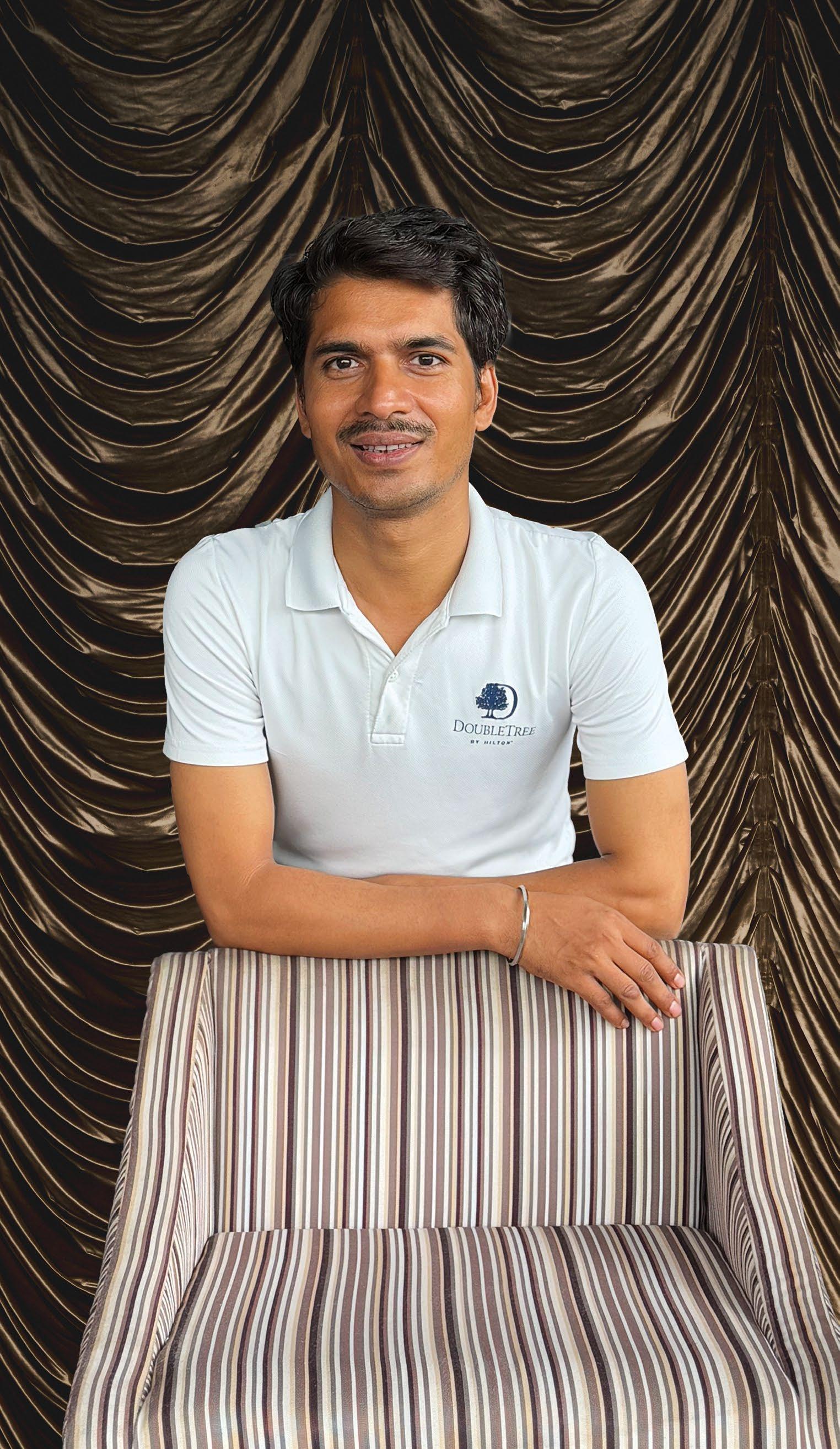



With over three years in hospitality, Dolly Singh has journeyed from guest assistance to Concierge Supervisor at The Leela Palace New Delhi. Her grounding in guest relations, combined with a deep appreciation for India’s cultural richness, allows her to create bespoke experiences that reflect both the city’s heritage and the luxury of the brand.
Delivering the unexpected: What Singh takes most pride in is going beyond the expected. From securing last-minute reservations at sought-after restaurants to organising surprise celebrations, she strives to elevate each guest interaction. “It’s the little touches— the handcrafted gift, the tailored itinerary, the right word at the right moment—that guests remember,” she says. Her strong local network and eye for detail often turn good stays into unforgettable ones.
Moments that stay: One memorable encounter was with a guest deeply interested in Indian history but short on time. “I designed a half-day experience— Humayun’s Tomb, a boutique showcasing traditional crafts, and a heritage-inspired fine dining restaurant. ‘It felt like walking through a living museum,’ they wrote to me.”
Balancing the unspoken: The biggest challenge, she says, is anticipating unspoken needs while managing multiple requests—especially during peak occupancy. “Staying calm and solution-focused has helped me thrive even when the pressure is high.”
Future goals: She hopes to grow into the role of Chief Concierge or Director of Guest Experiences, shaping service strategies across the brand.
If not a concierge…“I’d step into the kitchen—to experience the creativity and intensity behind the dishes our guests rave about.”
Local secret: A rooftop café near Mehrauli with sunset views of Qutub Minar—paired with an art gallery or Dilli Haat—always wows.



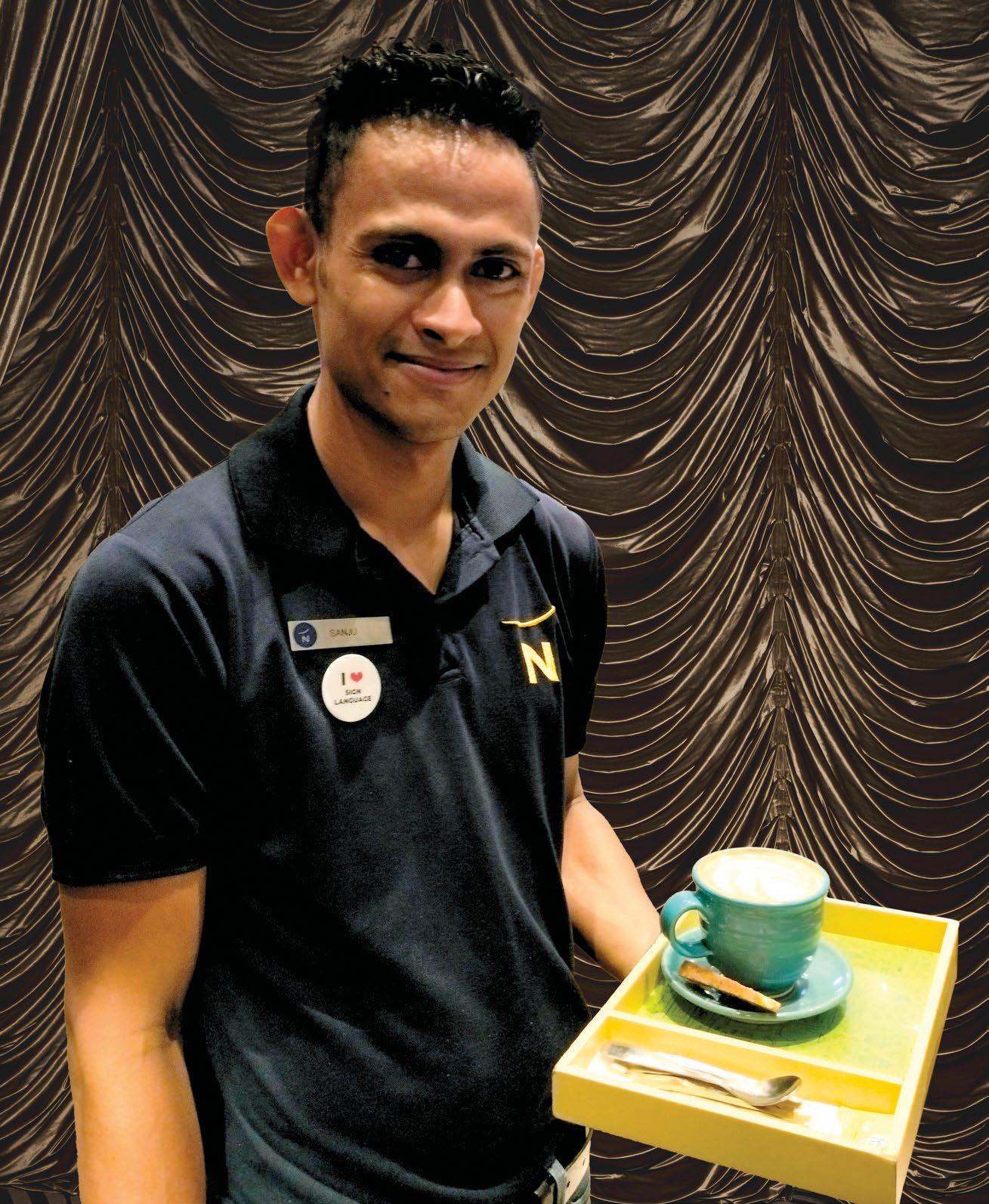
Sanju Mondal’s hospitality journey began at Swissôtel Kolkata, but it was disrupted by the pandemic—leading him to temporary roles at Flipkart and Pizza Hut. In 2022, he returned to the industry he loved, joining Novotel Kolkata, where he says he “truly belongs.”
Always in motion, always present: “Whether it is setting up the buffet, serving guests with care, or helping the team during busy hours, I always give my best—quietly, but with full dedication.” He’s known for his observation skills and often spots guest needs or service gaps before others do.
He connects without words: Mondal does not speak or hear, but that hasn’t come in the way of genuine connection. “My contribution is in the way I connect with guests—not through words, but through warmth, attentiveness, and sincerity.”
Coffee, football, and fatherhood: A football enthusiast and coffee lover, Mondal is also a devoted father to his two-yearseven-month-old daughter. “It’s these parts of life that keep me grounded,” he shares.
Grace under pressure: “Working in Food & Beverage Services is all about being attentive, fast, and always guest-ready,” he expresses. He stays calm in the chaos of peak hours and believes, “Teamwork is everything… serving with efficiency and warmth is always a team effort.”
Future goals: Mondal dreams of becoming a coffee specialist someday. “I have a deep interest in coffee craftsmanship,” he shares, “and one day I hope to become a specialist or barista, known for creating that perfect cup.” He’s also keen to explore guest-facing roles like in-room dining or the bell desk. “These small moments create a big impact.”
Moments that stay: “Even without saying a word, you made me feel cared for,” a guest once told him. Another praised his honesty. “These gestures remind me that honesty and heart never go unnoticed.”
Rain, rush, or routine—he chooses joy: “For me, hospitality is not just a job—it is a way to connect with people through sincerity, presence, and purpose.”


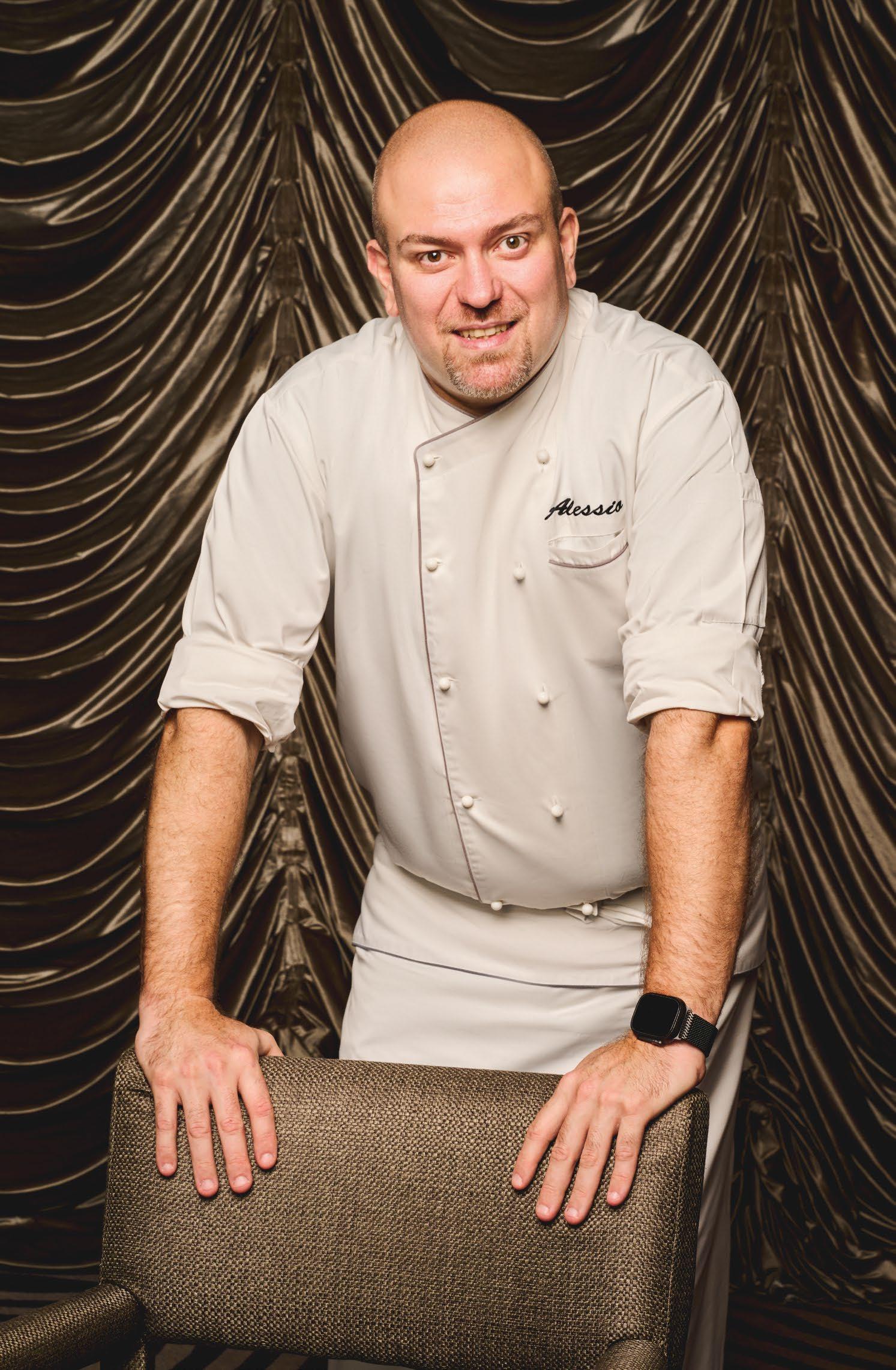

From Las Vegas to Bangkok to Mumbai, chef Alessio Banchero brings with him not just the skill of an accomplished Italian chef, but the temperament of a storyteller. Born and trained in Genoa—a city with a rich cultural and culinary heritage—he now leads the Italian kitchen at Celini, Grand Hyatt Mumbai. With over 20 years of experience and a clutch of accolades across continents, he’s helped shape Celini’s next chapter: a redesigned space, a new menu, and a renewed identity that celebrates both tradition and conviviality.
The Celini revamp: Banchero played a key role in the restaurant’s transformation, crafting a new menu and conceptualising the ‘Meglio in Campagnia’ sharing format. It’s Italian hospitality at its most generous—designed for conversation, comfort, and celebration.
A plate full of memories: His culinary journey spans celebrated kitchens like Zeffirino in Genoa, The Venetian in Las Vegas (where he cooked for Nicolas Cage), and Biscotti in Bangkok—where the restaurant earned a Michelin Plate under his leadership.
Food philosophy: “I try to be creative while respecting the authenticity of the recipe,” he says. His ideal ratio? 75% authenticity, 25% innovation. Tonnarelli cacio e pepe is a personal favourite— deceptively simple, yet famously hard to master.
Sourcing in India: The biggest challenge here, he notes, is securing the right ingredients. But the workarounds only sharpen his technique—and occasionally spark new flavour profiles.
An Italian spirit in every shift: More than cooking, Banchero brings the spirit of Italy into the kitchen. “I try to teach Italian customs and culture to the people working alongside me,” he says.
Off-menu insights: He can make spaghetti carbonara with his eyes closed. Pineapple on pizza? “Absolute no.” Tiramisu? Always with alcohol— “because it tastes better.”

At Raffles Jaipur, personalised hospitality is more than a service—it's a calling. Gopal Meena has made it his mission to create meaningful first impressions. “I take pride in creating personalised welcomes by remembering and addressing guests by their names, making them feel truly valued and at home,” he says.
Setting the tone with tradition: “What I love most about my role is offering guests a warm ‘Khamma Ghani’ the moment they arrive. That heartfelt local greeting, paired with a genuine smile, creates a memorable welcome and sets the tone for the gracious Raffles experience.”
Moments that stay: Among many guest interactions, one remains unforgettable. “A repeat guest whom I had welcomed during an earlier visit came straight to me and greeted me by name— even before I could recall his. That moment of recognition made me feel truly valued. I will always cherish it.”
The challenges: The only real one? “During low occupancy, I miss the joy of welcoming guests and creating memorable arrivals.”
Future goals: “My future aspiration is to become fluent in English so I can connect with our guests even more confidently and enhance their experience.”
Going beyond the role: Sometimes, it’s the spontaneous gestures that leave the biggest impact. “A group of guests arrived, discussing which temple to visit. I overheard and suggested one nearby, sharing its significance. They later returned with smiles and blessings for me—it was a moment I’ll never forget.”
Dressed to represent: “My uniform reflects the royal heritage of Rajasthan. Wearing it makes me feel iconic and proud to welcome guests in true Raffles style.”
Thoughtful observations: “Guests may not realise that I quietly observe their preferences—like when they usually step out—so I can be there with a smile and greeting. These small gestures make their stay feel personal.”
Local secrets: Meena often recommends legendary food spots like Laxmi Misthan Bhandar for kachoris and ghewar. “Experiencing these flavours gives guests a true taste of Jaipur’s heritage.”


At a resort that hosts nearly 30 weddings a year, no two days are the same. Add to that the unpredictable weather of Mussoorie, and the stakes rise fast. But Pritam Negi remains unshaken. Whether he’s relocating an entire banquet setup indoors in minutes or carrying a five-foot chocolate sculpture uphill in the rain, he handles it all—quietly, precisely, and without fuss. “What drives me,” he says, “is the satisfaction of seamless execution, even when the odds aren’t in our favour.”
Honed by experience: Before joining JW Marriott Mussoorie in 2021, Negi worked with Ananda in the Himalayas and Taj Hotels. These formative years laid his foundation in luxury hospitality. But it’s the mountain terrain—with its challenges and rewards—that shaped his leadership style.
A day in the life: He begins with walkthroughs and team briefings, followed by property rounds with the Executive Chef. The rest of the day unfolds through problem-solving, prepping for events, and filling in wherever the team needs him. He doesn’t shy away from hands-on work—even cleaning dishes when short-staffed.
Banquets on a slope: Large-scale events demand planning

that begins days in advance. Logistics are tougher here— glassware must travel uphill without a scratch, and weather can force a full reset within minutes. “That’s the true test,” he says, “not just execution, but adaptability.”
One guest, one juice: Once, a guest requested a juice brand not stocked at the resort. Negi personally travelled to the city to procure it. “It wasn’t a big ask,” he shrugs, “just a small gesture that made someone’s stay better.”
Snow, rain or mud? All of the above: Each comes with its own brand of chaos. Slippery slopes, freezing mornings, and sudden downpours are part of the job. But no matter the weather, he wouldn’t trade the setting. “I love being surrounded by trees,” he says, “and the cool, fresh mountain air makes even the most exhausting day feel worthwhile.”
Best post-shift meal?: “Chicken curry and rice,” he smiles. “Simple, comforting, and exactly what's you need after a long banquet.”
Future goals: He’s working toward becoming Kitchen Stewarding Manager, eager to take on bigger responsibilities while nurturing a team-first culture behind the scenes.

While most IHM Bangalore students pursued placements, Arth Jain took a different path—earning his WSET Level 3 by his third year. To gain hands-on experience, he trained with The Oberoi Group and, later, spent a year in Mumbai’s wine retail, preparing for his Court of Master Sommelier exams. “Then came Seychelles—a dream role with a vast cellar, a foodforward program, and a wine list as diverse as the guests.”
Raising the bar: Since joining his current hotel, Jain has led a quiet transformation. “I’ve revitalised the wine program, and we’ve seen a 26% growth in beverage revenue year-over-year,” he shares.
People, not just pairings: What drives him? “Conversations. I love making wine less intimidating—for guests and colleagues alike.” Training sessions, impromptu tastings, and decoding complex labels are all part of the experience. “Watching someone discover a wine they love—that’s the reward.”
Moments that stay: “In Seychelles, a Swiss couple at our beachside restaurant were struggling with English. I introduced myself in French, helped them pick a Puligny Montrachet Les Truffiere 2016, and they were delighted.” The next night, they requested pairings for a 7-course menu. “I served a La Spinetta ‘Starderi’ Barbaresco 2004—they called me the best sommelier they’d met.”
The grind behind the glamour: Being the sole sommelier at a 543-room hotel with over a dozen outlets isn’t easy. “Inventory, training, banquets, in-room dining—it’s a lot. Especially in a country where wine isn’t mainstream and taxes are steep.”
Wine with soul: “A Mosel Riesling was my first love—vibrant, alive, and emotional. It showed me wine is more than a drink; it’s a story.”
On the list: Guests always ask about the Cignale, an Italian wine named after a wild boar that destroyed an entire vintage. “The winemakers cooked and ate the boar—and put it on the label. It’s a great icebreaker.”
Personal pour: “I’d pick a Burgundian Pinot Noir. Elegant, evolving, and not for everyone. But for those who understand—there’s depth.”
Unexpected pairing: Jain loves pairing Marlborough Sauvignon Blanc with kachumber salad—“its citrus and herbaceous notes mirror the dish’s brightness perfectly.”



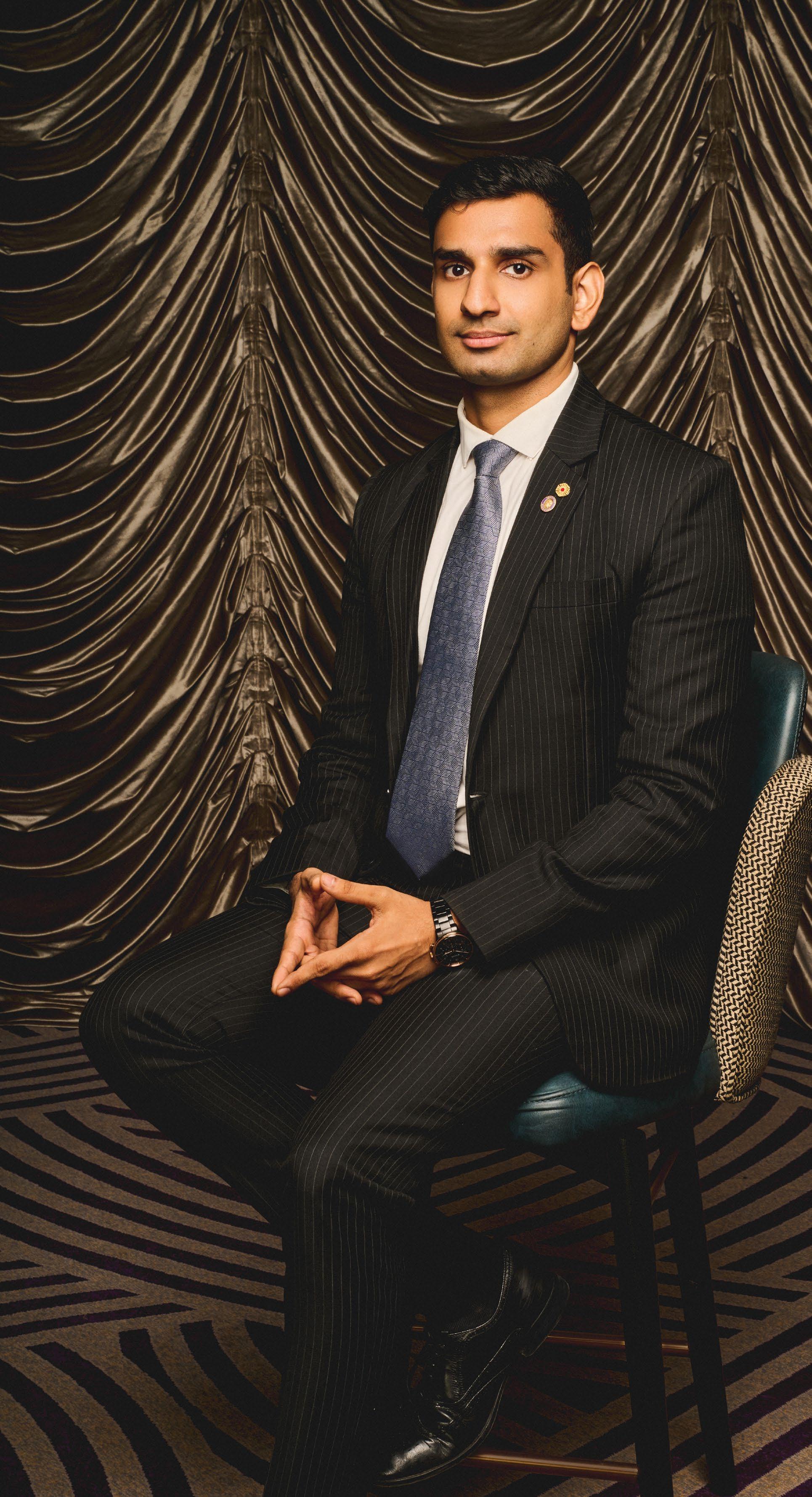
With over a decade in hospitality, Som Baidya has worked with renowned brands such as Accor, Marriott, and ITC. These years have shaped he/ they—a hotelier who leads with purpose and passion.
A dream realised: After 10+ years in the industry, joining Kitty Su wasn’t just a career move—it was a calling. “This role is not just a job—it’s a deep passion.” Contributing to Kitty Su India’s journey has been one of the most rewarding chapters of his/ their life.
The power of a supportive team: What keeps him/they going? “Our incredible team. From a supportive Corporate GM to my ever-smiling core staff, the warmth and kindness at Kitty Su is unmatched. In this industry, kindness goes a long way.”
An encounter that changed perspectives: “One night, a guest saw him/they in makeup and a blazer and asked my team who I was. Curious, he later approached me directly. Once I shared my story, his entire perspective changed. We even clicked pictures together. It was a moment of mutual respect.”
Serving in heels: Balancing service and performance? “I was, I am, and I will always be a tiara,” he/they says. “I’ve mastered serving drinks in full queen mode—glammed up and confident. The queen serves—and she serves it right!”
Sassiest cocktail on the menu: His/Their go-to drink? Laal Ishq—a bold mix of tequila, honey, soda, and lemongrass. “It reflects who I am—warm, elegant, and unapologetically vibrant.”
Meet Somist: “My drag name, Somist, is a blend of my name and ‘mist’, symbolising mystery. Hailing from Assam, I led the first Pride March in my district—an act of courage that sparked my drag journey.”
Heels vs. Martinis: “Heels are harder—especially in my size!” But he/they have perfected both: strutting in stilettos while balancing trays with flair.
Moments that stay: His/their debut drag performance on Feb 1, 2025, in front of 1,200 people was magical. “Seeing my entire team cheering from the bar—that was love. Performing across the world is a gift, but performing at home is magic.”

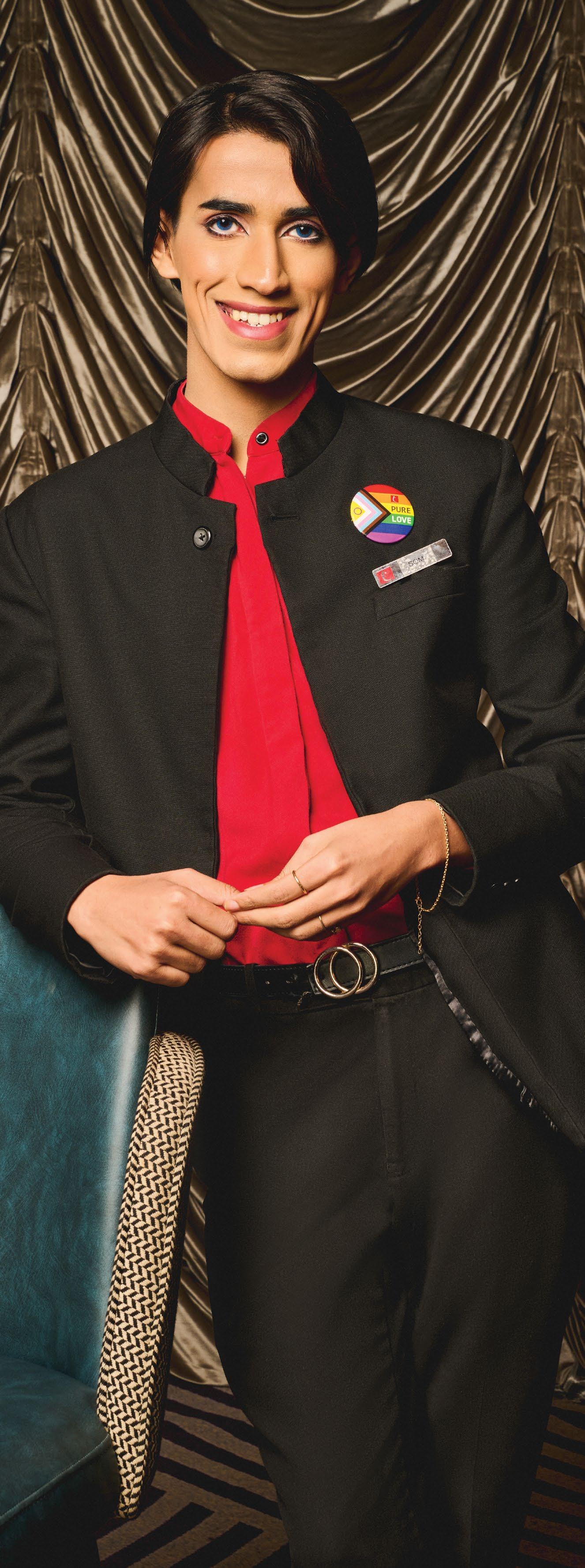
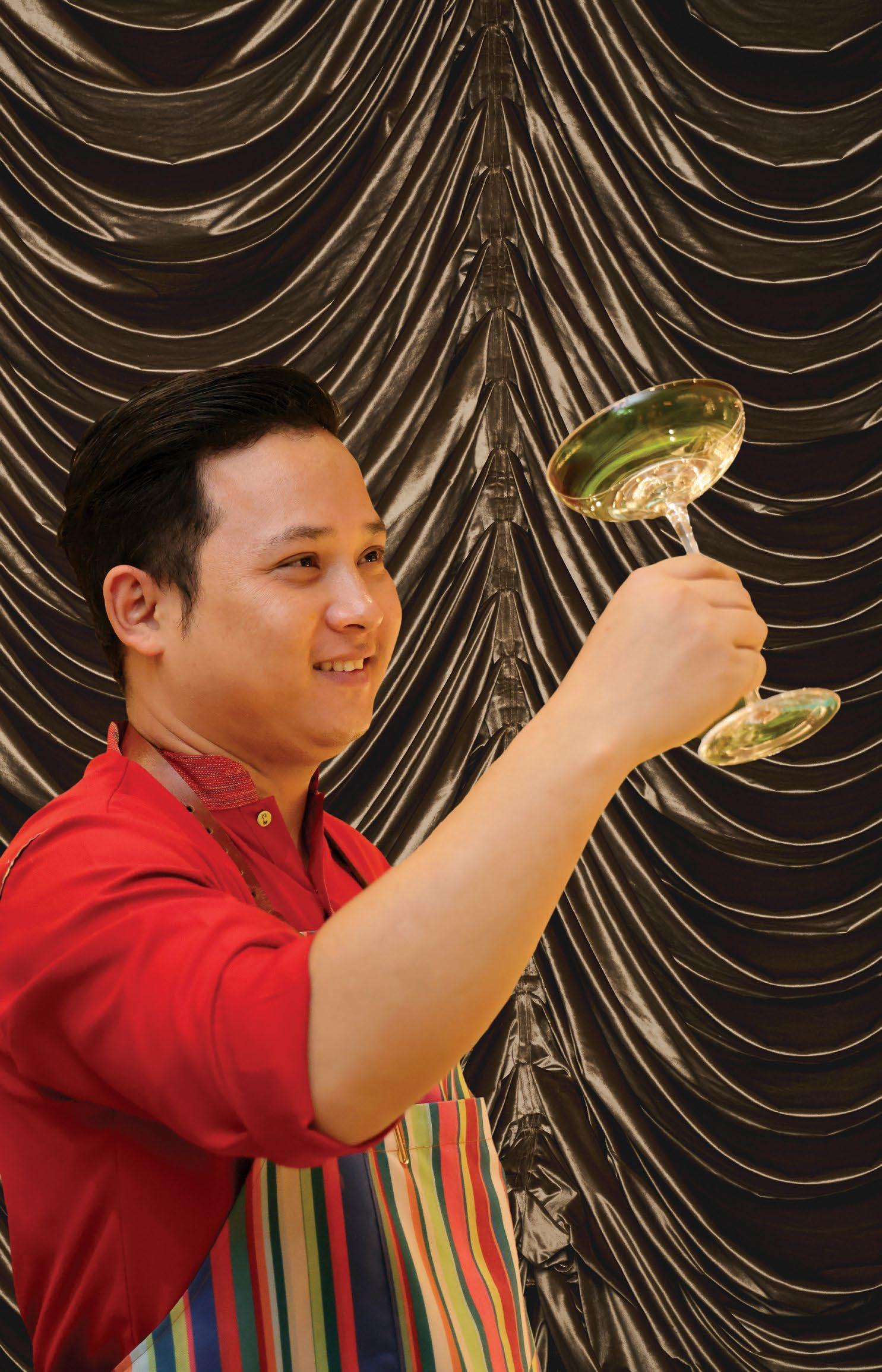
Albert Gangmei didn’t start out behind the bar. Born in Manipur, now a Delhiite of 11 years, he began in sales, where he learned to read people—their tone, silences, what they needed before they asked. That instinct, it turns out, was also perfect for mixology. When Loya opened at Taj Palace, Gangmei joined the founding team, stepping into a space where cocktails weren’t just poured—they were plated, layered, and narrated.
A philosophy in every pour: Loya’s bar isn’t about flashy tricks—it’s about narrative, nuance, and northern Indian roots. Gangmei helped conceptualise the SPICE menu (inspired by music and Indian ingredients) and later, under beverage consultant Hemant Pathak, brought the new VRIKSH menu to life.
More than a drink, a moment: Gangmei believes the best cocktails carry emotional weight. “People don’t always remember the name of the drink,” he says, “but they remember how it made them feel.” He loves the moment a guest takes their first sip. “That pause, that smile—it’s when the story lands,” he says. Like the guest who drank a mogra-infused cocktail and was suddenly back in her grandmother’s garden.
Ferment, rim, stir, infuse: Gangmei’s work includes batching tinctures, checking house ferments, and ensuring each ingredient carries intent. He learned from his roots in Manipur, where his family brewed fermented rice beer. Today, his signature cocktail blends beetroot-guava pickle juice, pahadi salt, and tequila—bold, layered, and unmistakably Indian.
Cocktail couture, anyone?: A guest once asked for a drink to match her bright pink glittery nails. Albert served up muddled berries, shimmer, and a flower garnish. “It’s giving cocktail couture,” she said.
The three-part formula: Science, art, instinct. Balancing acids is science. Storytelling is art. But knowing when to break a rule? That’s instinct.
Future goals: Gangmei wants to take Indian bartending global—showcasing what’s possible when you lead with culture, not just craft.


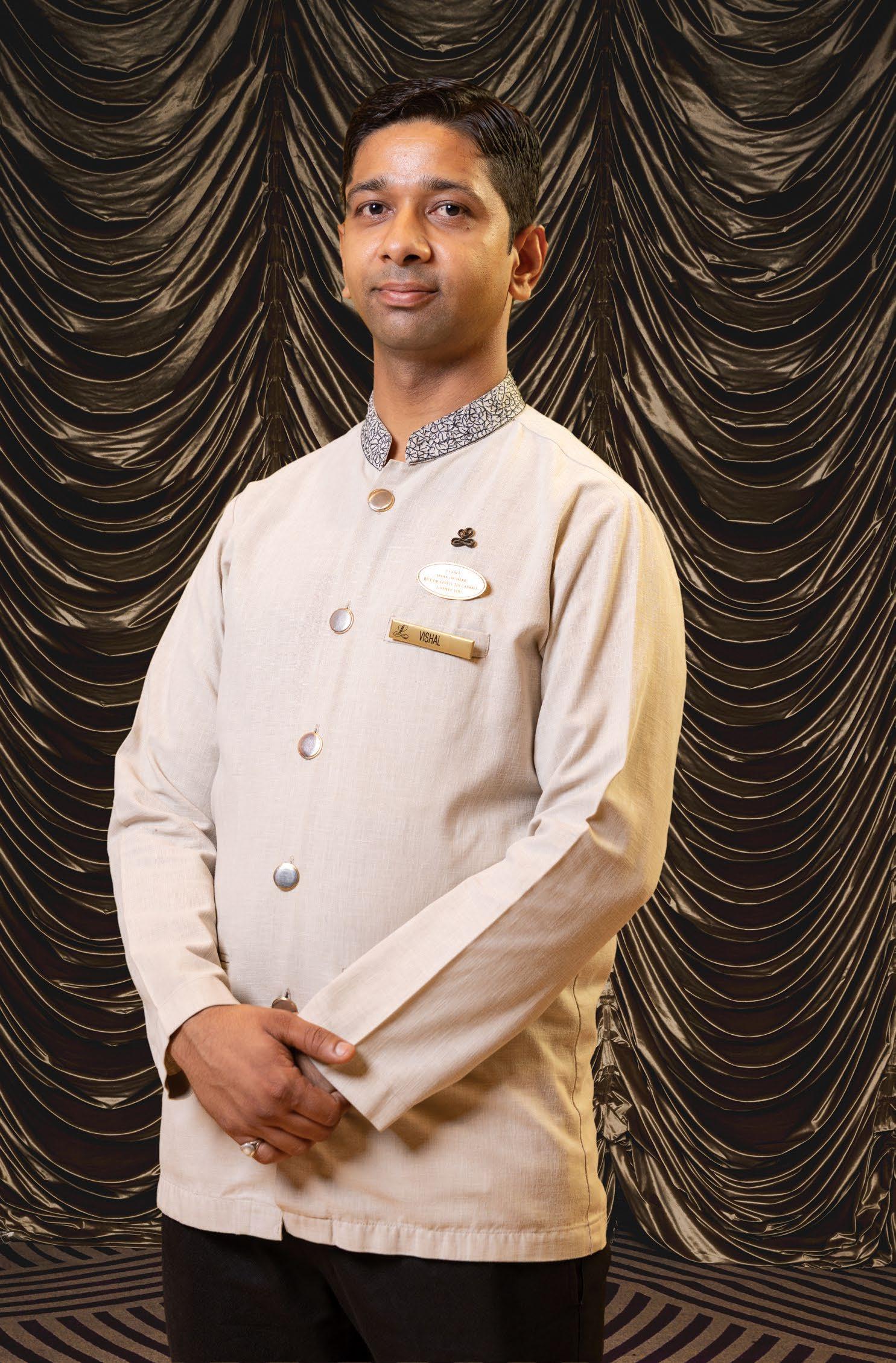

At the arrival porch of The Leela Ambience Gurugram, Vishal Jaiswal stands with practiced grace. For over eight years, he has welcomed guests with a folded Namaste and a steady presence. He doesn’t speak or hear—but his attentiveness and poise make a clear impression. Guests recognise him, even if they don’t know his name.
Moments that stay: Once, a traveller unaware of Jaiswal’s condition began chatting casually. Jaiswal pointed to his badge: “I can’t hear or speak but I am perfectly capable of assisting you.” The guest smiled, adjusted to gestures, and in the room, surprised him with a hug.
Every day starts with tea and intent: His shift begins with a light breakfast in the staff dining room, followed by hours at the forecourt. “I always keep an eye out for luggage or if a guest looks unsure,” he notes. Colleagues are nearby for complex requests, but most guests need little more than his efficient gestures and reassuring presence.
One of the first, and now a favourite: Jaiswal joined the hotel in its early days. “It was a bit tough initially,” he expresses, “but I never felt different.” Guests today often recognise him instantly, some waving or smiling in greeting. “That feels good,” he adds simply.
The family he goes home to: Originally from Bulandshahr, Uttar Pradesh, Jaiswal is now married and has a young daughter who can hear and speak. He shares that she’s quickly picking up sign language. “She’s my greatest joy.”
If not this, then housekeeping: When asked who he’d swap jobs with for a day, he picks housekeeping. “Making a room look fresh and welcoming is something I’d love to try.”
A presence that registers: Jaiswal may not speak, but he communicates through care, clarity, and quiet consistency. For many guests, he is the first face they remember—and the one they often look for when they return.
With over five years in hospitality, Mamta Chavan’s journey began as a Food & Beverage Associate. Every role since has deepened her love for this dynamic industry. “What drew me in—and continues to inspire me—is the joy of crafting memorable moments for every guest and being part of a high-energy, professional environment.”
Redesigning for impact: One of her most fulfilling accomplishments has been redesigning the hotel restaurant’s service training program. She focused on empathetic communication and anticipatory service, which led to significantly higher guest satisfaction scores. “This approach not only enriched the guest experience but also helped us achieve our budget targets in record time.”
The joy of the unpredictable: What Chavan loves most is the unpredictability—no two shifts are alike. “I thrive on the constant opportunity to meet and engage with people from all over the world. Turning an ordinary visit into a delightful experience is what makes the job so rewarding.”
Moments that stay: Among her most cherished memories is of a long-stay guest in Mumbai for medical treatment. She tailored her meals, introduced her to local breakfasts, and she, in turn, learned Marathi to connect with me. “On
her final day, she gifted me sunglasses, chocolates, and beauty products—thoughtfully chosen just for me. It was a deeply touching gesture I’ll always remember.”
Staying calm under pressure: Balancing guest expectations and team performance, especially during peak hours, is a constant challenge—it requires composure, quick thinking, and seamless coordination. “Guests may forget the rush, but they’ll always remember how attentively they were treated.”
Future goals: “I dream of becoming a general manager someday, influencing every guest touchpoint from checkin to checkout,” she says. If Chavan could swap roles for a day, she’d be the Head Chef. “There’s something magical about turning raw ingredients into dishes that leave lasting impressions.”
The power of personal touch: From remembering coffee orders to surprising guests on special occasions, it’s the small gestures that matter. “One guest told me, ‘I’ve never felt so cared for without a word being said. This meal brought me peace.”
If her hotel were a movie: It would be The Bombay Nights—“a tribute to the city’s heartbeat and the quiet stories unfolding behind hotel doors.”



At The Taj Mahal Palace, Mumbai, Parminder Singh is often the first face guests encounter—a doorman whose signature smile and graceful presence have become symbolic of the hotel itself.
A journey rooted in hope: Originally from Ludhiana, Singh arrived in Mumbai in 2002 at 19. “I started small—working in local restaurants, learning as I went. The Taj is where I found purpose, not just a job.” He trained at Hotel Sea Princess and Taj Lands End before earning his place at the Taj Mahal Palace. “A guest once told me, ‘Your smile is the Taj’s welcome.’ That stayed with me. It’s why I come to work with joy, every single day.”
Managing grand arrivals: Singh has overseen arrivals of up to 28 Heads of State and more than 600 guests. “There’s a rhythm to it—ensuring security, coordination, and, above all, making sure every guest feels special the moment they arrive.”
The heart of hospitality: As the first point of contact, he understands the impact of a warm greeting. Compliments on his smile keep him going. He’s taught himself basic greetings in French, German, and Arabic. “Even a simple ‘bonjour’ or ‘shukran’ lights up someone’s face. It shows we care.”
Moments that stay: Singh once spotted an elderly couple dropping a large sum of money and returned it promptly. “They were so moved. Moments like that remind me what this uniform stands for.”
The man beyond the porch: A fitness enthusiast, Singh visits the gym daily and enjoys long walks with music.
More than a uniform: Dressed in ceremonial attire, guests often compare Singh to the Maharaja; the uniform—with its intricate paisley and regal silhouette—embodies the grace of Indian tradition. “My uniform reflects India’s tradition of honouring guests. I wear it with pride — and responsibility.”
The local secret: He often shares insider tips, from heritage walking tours to hidden gems like Baghdadi and Nandan Coffee.
Living the Taj ethos: “He isn’t just a doorman—he is an institution,” a guest once said. “The hotel is lucky to have someone like you.”
Future goals: “Though I studied only till the 8th standard, I dream of a brighter future for my two children, encouraging them to study hard and achieve more than I could.”
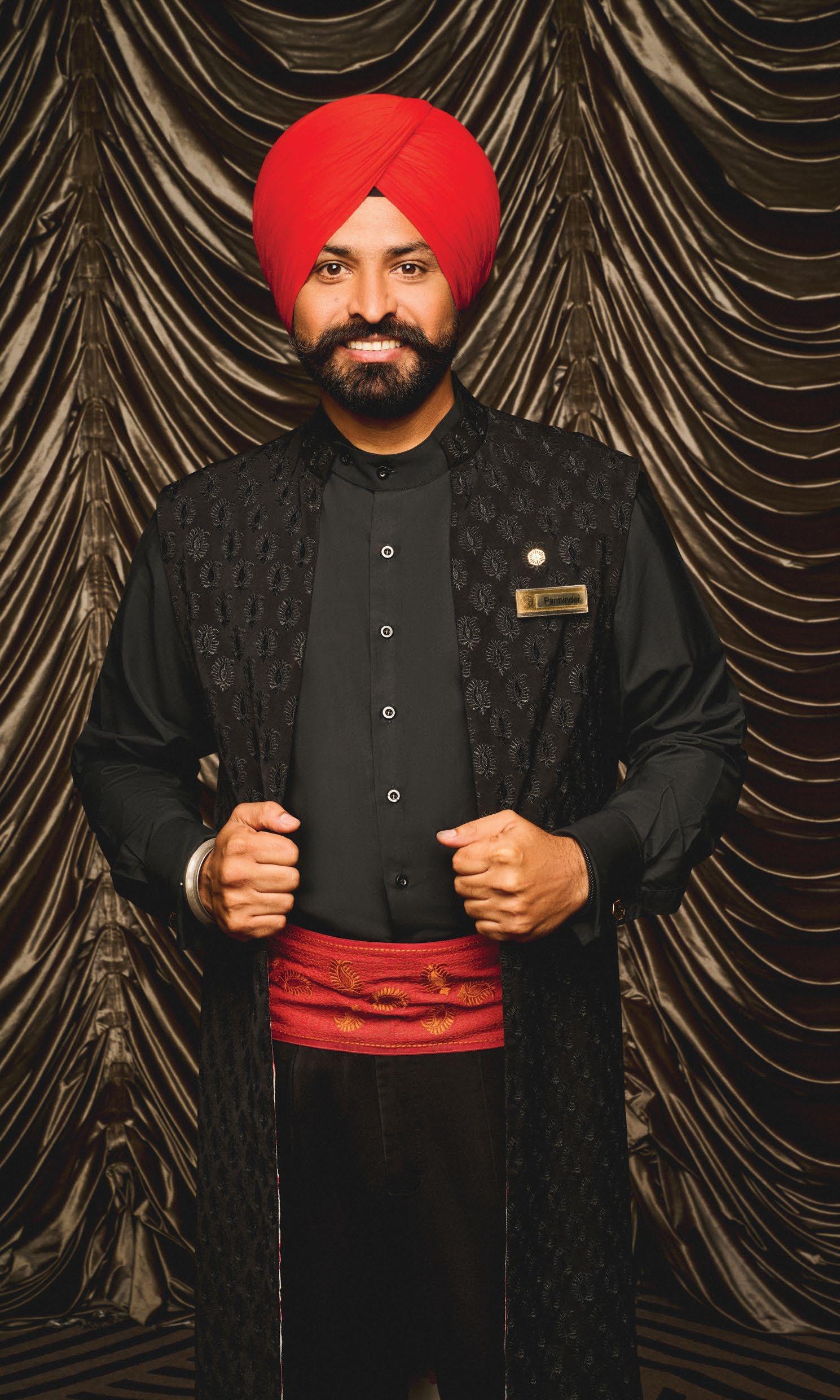



For over 13 years, chef Bhagat Singh Rawat has brought quiet mastery to the Tandoor station at Radisson Blu Plaza Hyderabad. As one of the hotel’s founding team members, he’s seen menus evolve and guest preferences shift—but his commitment to taste, technique, and team spirit has remained constant. Known for his kakori kebabs and galoutis, he’s often mentioned in guest feedback—for flavour and humility in equal measure.
The tandoor is his temple: Each day begins with prepping marinades, tending the embers, and aligning with service timings. “I don’t like rushing,” he says. “When I’m fully involved, the food tastes better.” Cooking, to him, is meditative—a discipline best done with focus and calm.
Built for the heat, grounded in calm: Managing multiple orders during peak hours is a challenge he meets head-on. The heat is intense, but he keeps steady—sipping chaas or lassi during breaks. Off duty, he swaps his apron for a cricket jersey and represents the hotel in local tournaments.
Where it all began: Chef Rawat’s earliest lessons came from his mother, and the "magic she could make from the simplest ingredients". That memory still drives him—especially when salvaging near-disasters in the kitchen. “Sometimes something overcooks, but we look for a tasty twist.”
Comfort is a plate of rajma chawal: After a long shift, he reaches for the familiar: rajma chawal, kadhi, or mattha. “These dishes bring me home again.”
Not just feeding guests: He ensures staff meals are nutritious, inclusive, and pan-Indian—“It keeps the team grounded during hectic routines.”
If not the kitchen, then the desk: “I’d like to switch with someone in HR or administration for a day,” he says. “A desk job in an AC environment, meeting and understanding people in a different context. It would offer a new perspective on hotel operations—though I know every role has its own pressures.”


Sarthak Ahwad didn’t come to hospitality the usual way. A former baker and industrial trainee, he followed his passion for wildlife into the forests of Satpura, training as a naturalist before stepping into a hybrid role that now blends storytelling, operations, and nature-based hosting at Brij Lakshman Sagar.
Rooted in place: “The job I do involves explorations, experimenting with local ingredients and food, visualising and manifesting unique experiences, hosting and boasting about the beauty of this resort.” His work spans guest experiences, nature curation, and property operations.
Nature as guide: “My first forest walk was like an Awakening.” Birdwatching deepened his curiosity and eventually led him to document seasonal observations around Lakshman Sagar—creating checklists, sharing photographs, and journalling biodiversity for guest education and conservation.
Tailoring the wild: “Solo explorers like to experience hyperlocal stuff—village safari, hiking, sheep herding. I like to cook for them and with them.” For families, he focuses on

creating “serene memories of togetherness,” while wildlife photographers are treated to birding trails, jeep safaris, and “hi-tea over the jeep… watching the sun go down and wait for the stillness to creep into the experience.”
Balancing science with story: “Nature is undergoing an evolution every single moment… Interesting phenomena can be observed and discovered right at the doorstep. All it takes is a curious eye and passionate mind.”
The most unexpected request: A little girl once got scared of langurs, and the team had to abort the safari and return to the resort. It’s one of those unpredictable moments that come with hosting in the wild.
Moments that stay: A rock python swallowing a peahen. A leopard inside the resort by the lake. A galore of flame lily in the desert.
Learning, flowing, contributing: “Luxury hospitality that blends with care for our home planet makes me happy. I like to learn, experience, flow with the moment, contribute to community and conservation practices.”

Coming from the small town of Lanja in Ratnagiri, Riya Ghag didn’t always dream of a career in housekeeping.
“At first, it was just a job,” she admits. But after completing her B.Sc. in Hospitality and stepping into the role, everything changed. “Over time, I began enjoying the work and learning something new every day.”
Stepping up when it mattered: Her defining moment came during last year’s packed wedding season, when the hotel was at full capacity and staff was stretched thin. “I stayed back longer and took extra rooms to make sure everything was ready for guests,” she recalls. She also introduced an effective improvement: a labelled housekeeping trolley. “Separating guest supplies from chemicals made it faster and safer for everyone—especially new team members.”
What keeps her motivated day after day?: “I like that each day is different,” she says. “There’s satisfaction in making rooms look perfect and helping guests feel comfortable.”
Moments that stay: “An elderly woman couldn’t find her glasses and was really upset. I helped her search the entire room and finally found them inside her luggage. She gave me the warmest hug.”
Hard work, hidden work: The job isn’t without its challenges. “It gets tiring when the hotel is full, and we have to clean so many rooms fast,” she says. “What’s tough is when people don’t realise the effort behind what we do. But I still give my best.”
Future goals: Ghag dreams of becoming an Executive Housekeeper one day. “I want to keep learning and help guide others.”
A thoughtful touch: If she could leave a note in every room, it would read: “We’ve swept through the room, dusted off the stress, and mopped up every worry—just for you. Stay neat, stay happy.”
Staying positive: Ghag’s secret to cheerfulness? “Sometimes I play music in my head or joke with teammates. And when the room looks spotless, it feels good—that keeps me going.”



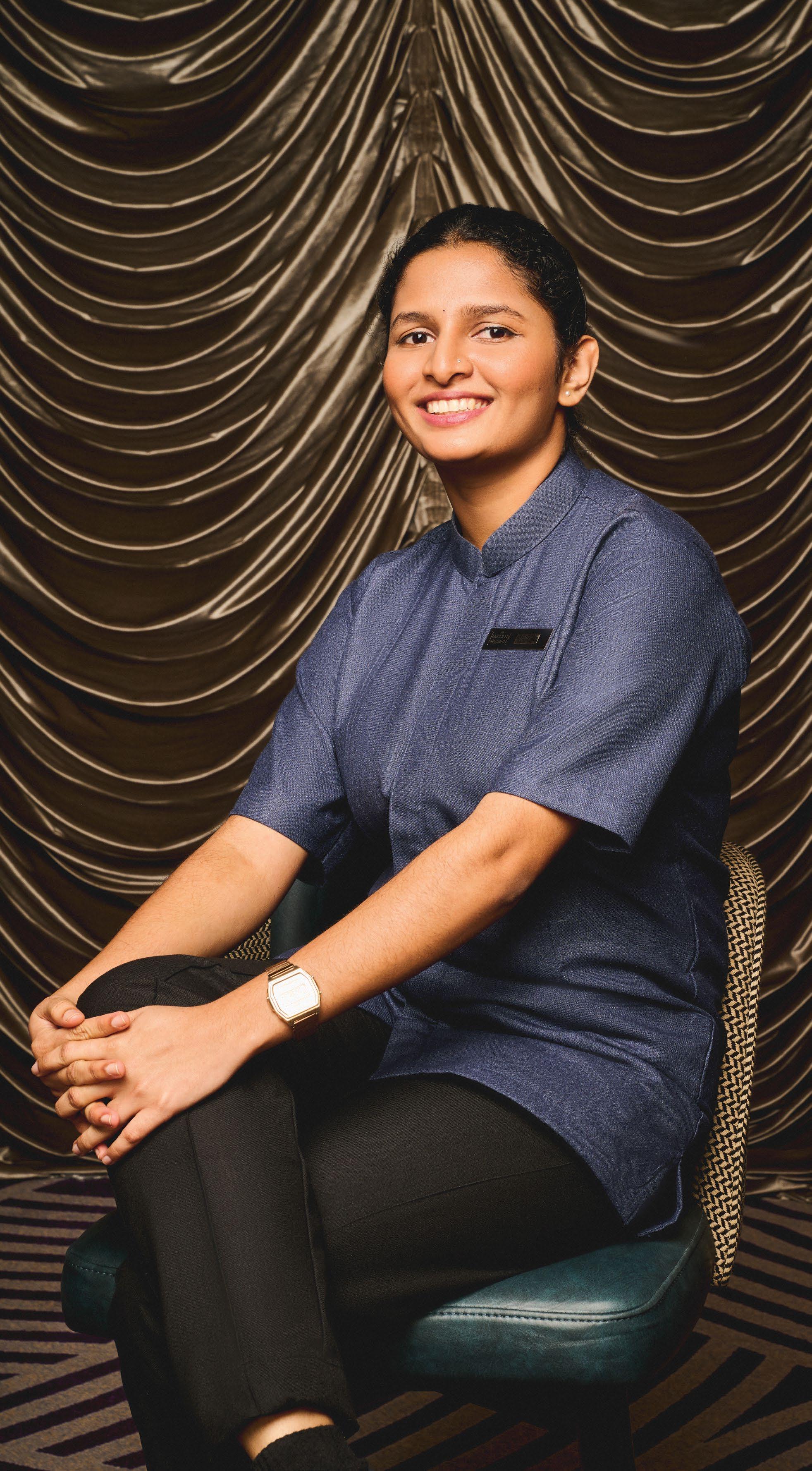


Chef Aviral Saxena’s culinary journey began in childhood, watching his mother and grandparents cook with care and intuition. What started as fascination became discipline at the Indian Culinary Institute, Noida. After an internship at The Oberoi, Gurgaon, he joined the pre-opening team at Grand Hyatt Gurgaon—where he now works the Pan Asian station with practised skill and instinct. In 2023, he was recognised with the Hystar Award for consistent performance.
Guest connection is everything: He thrives in live kitchens, interacting with guests and tailoring dishes. “I truly enjoy these moments of connection, understanding their preferences, exchanging feedback, and sometimes even personal stories,” he says.
His superpower? Precision: “Every plate is a canvas,” he shares. “I believe I have a superpower, just like Ironman, where he saves the world, and I can bring joy and happiness into people’s lives.”
Plays many instruments, wears many hats: He has represented his college in basketball, handball, and shot put, while also clinching victories in badminton and table tennis. His musical journey began with the tabla at age seven, later expanding into ukulele and drums— each instrument a new rhythm, a new story.
He doesn’t believe in fusion: Chef Saxena prefers grounding over gimmicks. “I strive to learn the culture of a region or country first before trying to explore the cuisine,” he says. “Fusion is a word and concept I neither agree with nor wish to follow.”
The happy accident: Once, while making a traditional Thai curry, he mistakenly added gochujang. The result? A Korean-Thai amalgamation that surprised even him.
Off the pass: After a 12-hour shift, he reaches for cold soba noodles with soy-mirin broth and tempura. Staff favourites include jholmomos and thenthuk-style soups.
Future goals: “I hope to open my own Pan Asian restaurant,” he says. “It’s a dream that keeps me motivated and learning each day.”
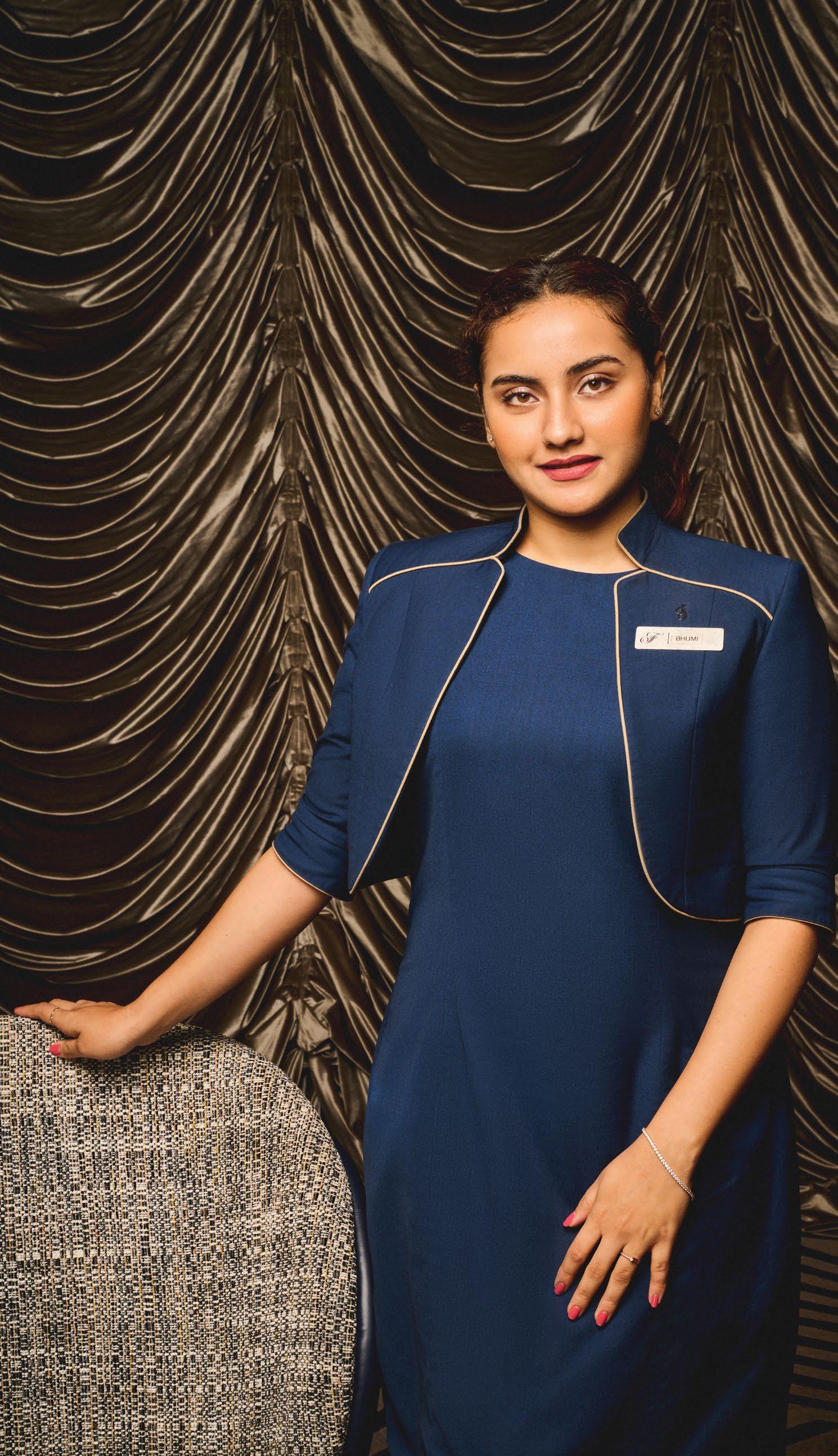
At times, the lobby is a scene of frenzy— guests checking in and out, impromptu meetings unfolding, and front office executives fielding requests. At Fairmont Mumbai, lobby ambassador Bhumi Thakker is the calm at the centre, embodying the hotel’s commitment to quiet efficiency and personalised service. She began her journey as a concierge at Ritz Carlton Residences, where she mastered emotional connection and attention to detail, especially with long-staying residents—skills that now define her approach.
The art of luxury: “I ensure every interaction reflects warmth, professionalism, and empathy,” she says. “My key contribution is transforming the lobby into a seamless experience—anticipating unspoken needs and coordinating across departments to make every arrival and departure a signature moment of luxury and ease.” She quotes restaurateur Danny Meyer: True luxury lies in flawless service execution. “What no one tells you before entering this world is how unforgiving the standard can be. Even the tiniest flaw feels magnified.”
What she loves most: “The opportunity to transform each guest interaction into a personalised experience is what drives me,” she says. A balance of attentiveness and discretion is key. “A polite smile and a simple offer—‘Please let me know if you need anything’—go a long way. I avoid asking unnecessary questions or lingering.”
The invisible work: Having worked across front office roles, Thakker emphasises the behind-thescenes preparation. “It’s about anticipating needs, remembering preferences, and coordinating with other departments. Done right, it makes guests feel genuinely cared for.”
Moments that stay: One rainy evening, a drenched gentleman needed a clean shirt for a meeting. Though not a guest, she helped him with one from the laundry and dried his own. He later booked a stay, moved by the care shown.
The challenges: She tackles first impressions, waiting time, and language barriers with warm greetings, thoughtful gestures, simple language, and translation tools.
The ideal lobby ambassador: Thakker names Sherlock Holmes. “He’d notice every detail before a word is spoken, making the experience smooth, personal, and unforgettable.”


Affable, quick-thinking, and trained in the best traditions of white glove service, Rohan Melanta began his career with Marriott International at The St. Regis Mumbai, followed by a stint at The Leela Palace Hotels and Resorts. He stepped into the world of butlering at The St. Regis Goa Resort—a role that stood apart from traditional operations. “It was entirely new and intriguing. It challenges you emotionally, mentally, and creatively.”
Moments that stay: He recalls arranging a sunrise breakfast by the beach for a guest grieving a personal loss, along with a handwritten note: From a friend you haven’t met yet. “They told me it was the first time in a long while they felt emotionally seen. That moment reaffirmed everything.”
If he could swap roles: “If I could trade places with anyone, it would be the chef,” he says. “Food is the emotional heart of hospitality. To lead that experience would be deeply satisfying.”
A day in his life: Each morning, Melanta reviews guest preferences—even for those yet to arrive. “It puts me in a state of readiness, so I can respond, not react.” Attentiveness,

he believes, is the foundation of anticipation. “When you truly listen, you start to catch unspoken needs.”
The personal touch: Whether arranging slippers in a specific way for a returning guest or recreating the scent of a childhood home using sandalwood, cardamom, and coffee, he believes in the power of small, silent gestures. “That’s exactly it,” the guest had said—proof that meaning lies in the details.
The superpower of a butler: “If being a butler were a superpower, I’d choose to read minds—or teleport,” he jokes. “So I could appear when needed and disappear just as quickly. Blink and you’ll miss me.” What truly distinguishes a great butler, he says, is humility. “Being invisible yet indispensable. It’s not just about service—it’s about emotional intelligence and knowing when to be a discreet companion or a silent shadow.”
Future goals: Melanta hopes to grow into a leadership role in guest experience or front-of-house operations. Long-term, he dreams of opening a thoughtfully curated, budget-friendly retreat. “A space where guests feel truly cared for.”

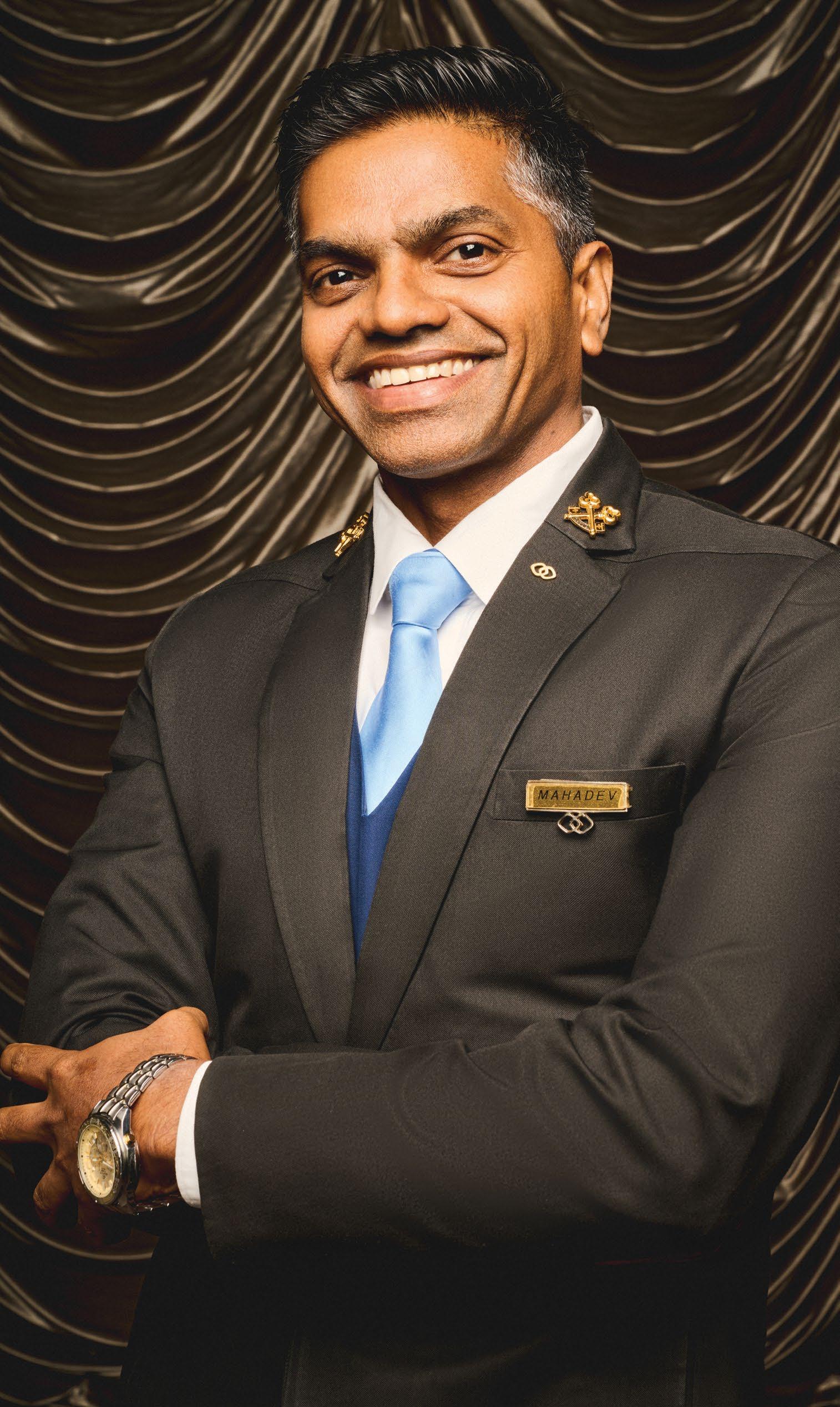
Agreat hotel is more than just a place to sleep— it’s an experience shaped by the people who work there. At Sofitel Mumbai BKC, Mahadev Ingale is regarded as a ‘miracle worker’ who consistently goes above and beyond to make every guest's stay memorable.
The art of anticipation: Ingale has specialised in luxury hospitality, thriving on the challenges that come with the job. For him, a great concierge isn't just a problem-solver but a mind reader. When a guest was heartbroken about missing a play at Prithvi Theatre, Ingale used his network to find tickets and personally collected them. “The joy and gratitude on the guest's face were a powerful reminder of why I love what I do.”
Why he loves what he does: “I thrive in this dynamic environment where no two days are the same. I deeply value the emphasis on attention to detail, and the chance to interact with a diverse and discerning clientele.”
More than Google: A guest once returned to Mumbai after a 55-year absence. With only vague memories, Ingale traced his childhood home. “When he returned, he was visibly emotional. The visit had stirred cherished memories of his grandparents and childhood.”The guest later called him “More Than Google – A Miracle Worker and a Remarkable Man.”
Moments that stay: From lost passport recoveries to last-minute rescues, Ingale’s calm and care shine. During a late-night check-in, a guest realised he’d left his laptop bag—with crucial documents and his passport—at the airport. “I coordinated with my team, accompanied him back, and worked with authorities to recover it—proof that our job is as much about care as it is about service.”
The dream role swap: He’d love to switch roles with the Director of Rooms for a day. “I’d love to understand the coordination behind guest services.”
Local secret: Ask him where to go for a true taste of Mumbai, and he’ll point you to Gupta’s Vada Pav in Andheri East. “It’s a local legend—guests always go back for seconds (and thirds).”
Future goals: He hopes to lead a concierge team that sets industry benchmarks for intuitive, thoughtful service—blending digital tools with human warmth. “I aim to cultivate a culture of excellence and eventually take on a strategic corporate role.”


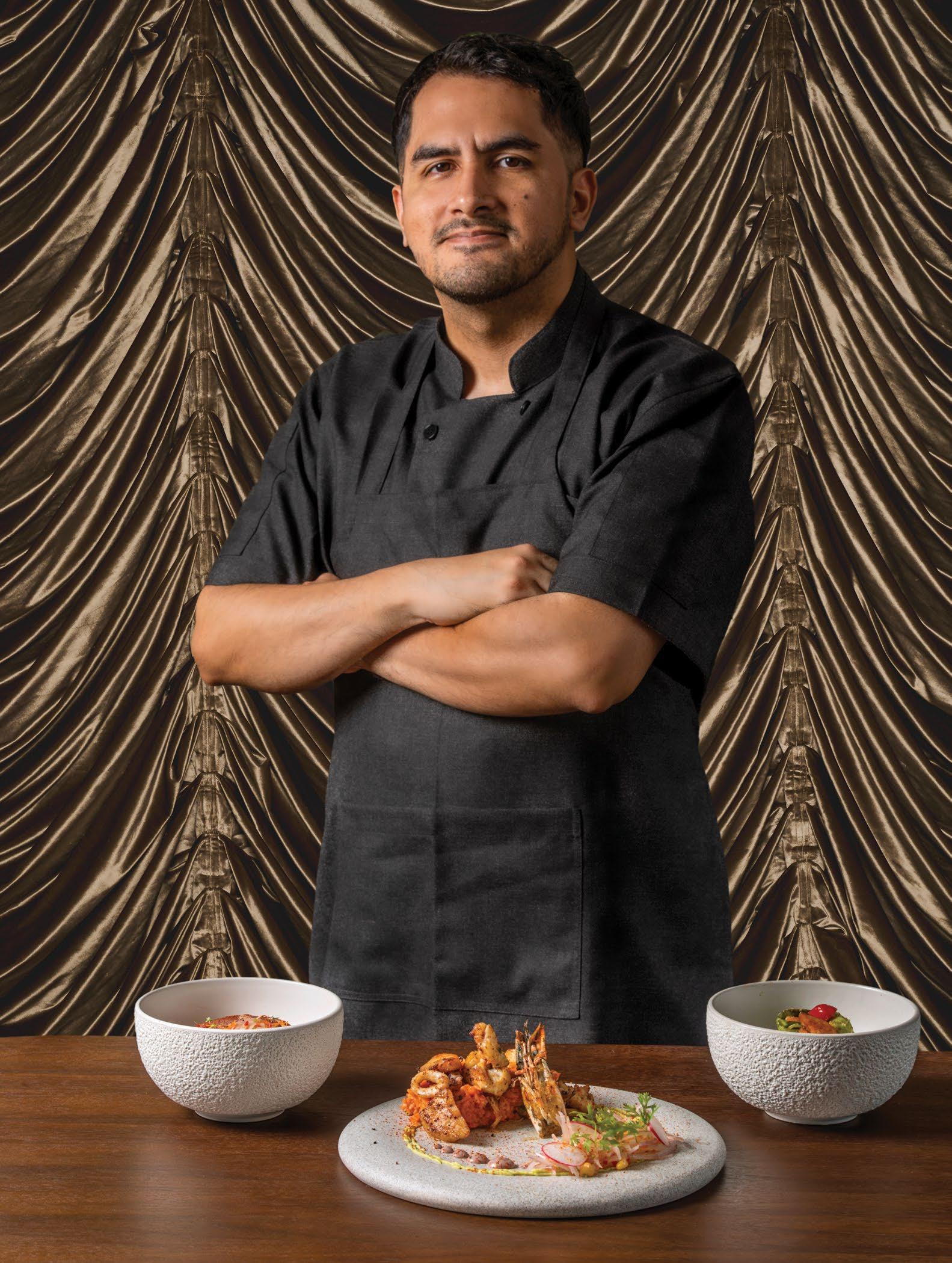
Born and raised in Lima, Peru, chef Arturo Castro Salazar originally set out to study chemical engineering. But a fascination with food science drew him into the culinary world. “It was the perfect intersection of creativity and precision,” he recalls. He soon enrolled at the prestigious D’Gallia Culinary Institute and later trained under a Japanese Master Chef—a mentorship that laid the foundation for his specialisation in Nikkei cuisine.
Global experience, local debut: After a short course at Le Cordon Bleu in Lima , he travelled the world, working across the Maldives, Guinea, and Kenya before arriving in India to lead the kitchen at Heliconia, JW Marriott Goa. “The chance to introduce Peruvian-Japanese cuisine in India was too exciting to pass up,” he says. “It’s still an emerging concept here, and I’m honoured to be part of that story.”
Defining the Nikkei experience: At Heliconia, chef Arturo crafts a menu that blends Japanese precision with Peruvian boldness, using seasonal, fresh ingredients. Signature dishes include Carretillero, Tuna Tataki, Yasai Wrap, and his personal favourite, the Salmon Ceviche—“a dish that fuses ponzu with lychee to bridge both cultures in one bite.” For drama, nothing beats the Assorted Ceviches, served over ice and dry ice, with swirling smoke and vibrant taste.

Food philosophy: “Fusion should be about harmony, not confusion,” he says. While adapting traditional dishes to dietary preferences is challenging, he sees it as part of the creative process.
What he loves about the job: Chef Arturo enjoys experimenting with recipes, exploring flavour pairings, teaching, sharing knowledge, and, most importantly, engaging with guests through food.
Moments that stay: Among many memorable guest encounters, one stands out: serving a rare Lucuma ice cream to a guest who had cherished it in Peru. “Her joy reminded me of how food connects people and memories.”
Always a student: Whether it’s understanding supply chains or travelling to upskill, chef Arturo stays curious.
POURING PASSION— ONE CUP AT A TIME
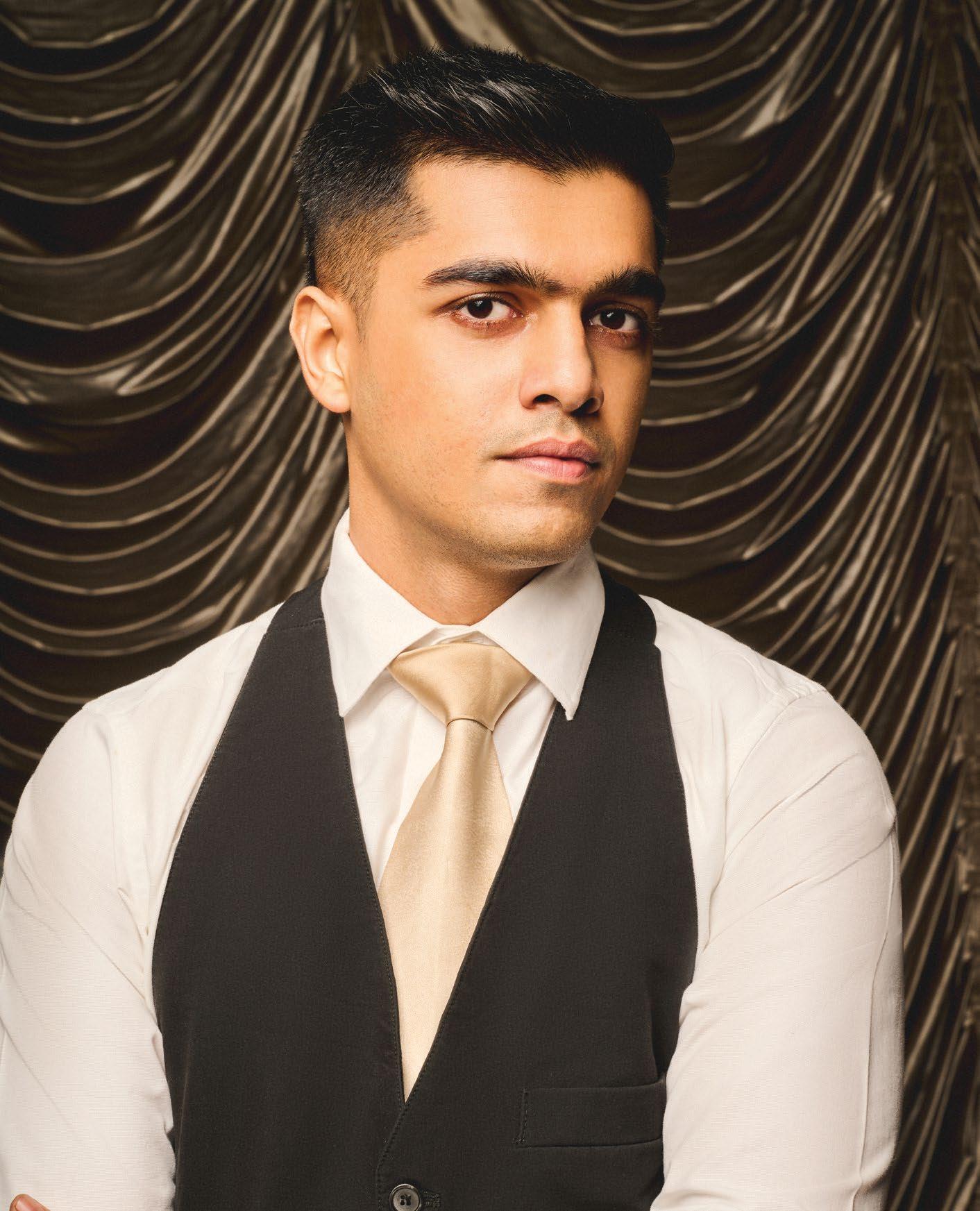
Pranshu Gupta didn’t always dream of brewing coffee—but he always wanted to work in a field that brought people joy. “My career began with mixology, where I discovered the magic of pairing flavours. But coffee spoke to my heart. It wasn’t loud—it was soulful. The quiet depth, the intimate ritual, the way it offers both energy and calm—I was hooked.”
Connecting people through coffee: There’s a difference between serving coffee and crafting it. “I brew not just coffee, but quiet comfort, a sense of home, and occasionally, a memory you didn’t even know you missed.”
A menu that speaks to everyone: As an alchemist of emotion, he doesn’t just serve beverages—he serves belonging. His menu at Roasters blends indulgence and innovation: the Golden Noir Latte for comfort seekers; the Tropical Espresso Cloud for adventurers. “But it’s the consistency, the human touch, and the silent conversations across the counter that makes me the proudest.”
Coffee as a pause: What he cherishes most is how coffee offers people a moment to breathe. “Every coffee is a feeling, a moment, and a memory. Guests may forget what they ordered but never how they felt.”
If he were to swap roles: He would join the kitchen. “I’d love to understand flavours from a culinary lens and better complement food through beverage pairings.”
If a coffee was named after him: It would be called The Alchemist—a cold brew with cardamom, citrus, and sea salt vanilla foam. “Bold, experimental, layered with unexpected flavours.”
Inspired by stories: “Hotel coffee must be diverse, efficient, and rooted in elevated hospitality. Ultimately, it’s the guest who leads. Their stories shape the soul of the menu.”
Moments that stay: He recalls a guest who arrived after a long, emotional journey. “He said he missed his mother’s coffee. I asked him a few questions—what kind of roast, how she brewed it. I made it with a dark roast, milk, jaggery, and served it in a tumbler. He sipped it, looked down, smiled, and said, ‘Tastes like home.’”
Future goals: Gupta dreams of becoming a Beverage Chef, someone blending coffee artistry with mixology and opening a concept café “that fuses modern mixology with specialty coffee—an expression of my passion”.


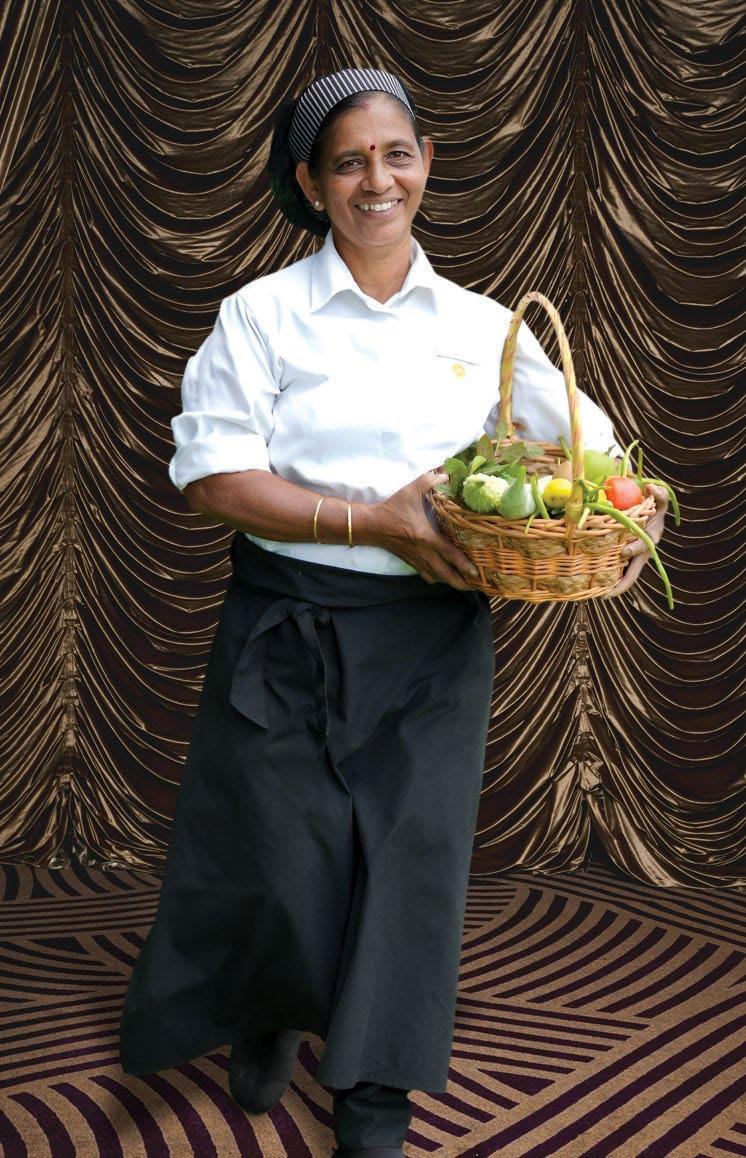
Before the first guest stirs awake, Kanjana has already tended to her cows, offered her prayers, and arrived at Pathiramanal Villa with the quiet precision of someone who’s been doing this for decades. The 58-year-old cook is the culinary soul of the bungalow, known for food that tastes like it’s been passed down, not plated up.
A rhythm rooted in care: She begins her day at 5 a.m. and works till late afternoon, returning home to her family—and three grandchildren. Her schedule is full, but her energy comes from a place of purpose. “This work,” she says, “is part of who I am.”
The dish that takes her home: Every time she prepares Alleppey Meen Curry—fish cooked in raw mango and coconut milk—she remembers being a little girl beside her grandmother, learning not just how to cook, but how to listen, smell, and feel every step. “Even today,” she says, “I feel like she is right there with me.”
In her kitchen, nothing comes from a packet: Every ingredient is handpicked, sun-dried, and ground at home. “It’s the only way I know,” she says. “Slow, careful, and respectful of every ingredient.”
Tradition is sacred: She’s never modernised the family’s fish curry recipe. “Some things carry stories,” she says. “You change them, you lose the story.”
A forgotten dish, remembered: Once, a guest vaguely described a childhood dish. She pieced it together through conversations with elders and recreated the Kuttanadan Duck Roast he remembered. “It tasted like my grandmother’s,” the guest told her.
What guests don’t see: Karimeen Pollichathu is a house favourite. But behind its banana-leaf wrap is a series of precise steps—from choosing the right fish to coaxing the masala to perfection.
A dish to outlive her: Her mother’s Chilli Ullichammanti is a legacy she’s passed down through instinct, not recipe. “It’s made by feel,” she says. “And I hope someone in my family is always at the grinding stone, remembering the hands that taught them.”

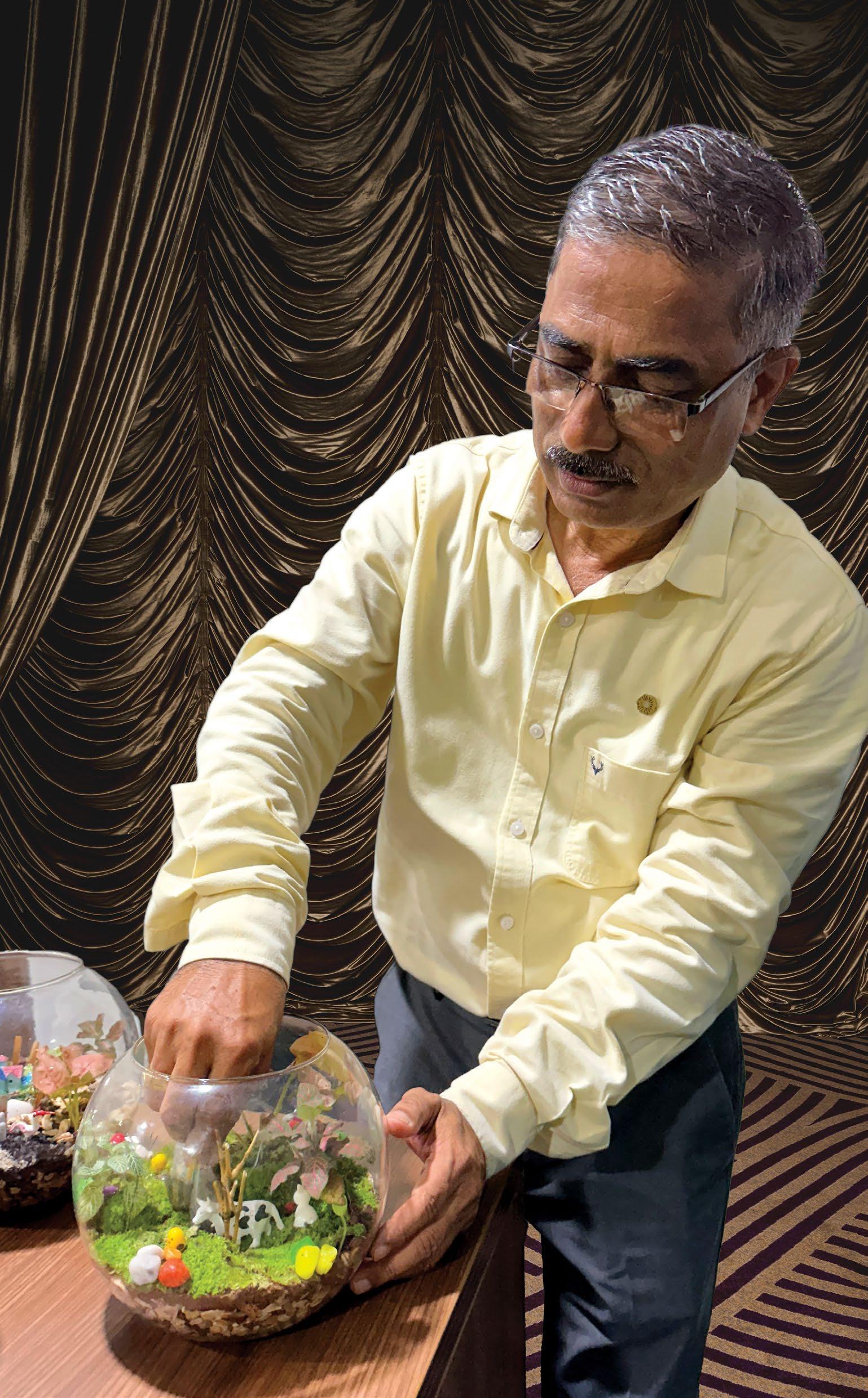
Horticulture Manager
From the entrance driveway to the Nakshatra Garden on the terrace, nearly every green patch at The Taj Group of Hotels, Goa carries Ramchandra Patil’s quiet signature. With over three decades in horticulture, he’s cultivated more than landscapes—he’s sown awareness, built systems, and nurtured a culture of care. His pride and joy is the hotel’s rooftop Nakshatra Garden in Taj Exotica Resort & Spa, where 27 trees represent celestial constellations and Indian astrological wisdom. “It’s a garden for the spirit as much as the senses,” he says.
A legacy rooted in knowledge: Patil joined the hotel in 1997 and has stayed the course through changes in climate, leadership, and guest expectations. His enduring presence is grounded in deep knowledge—he often leads training sessions, tracks soil quality, and introduces native varieties that thrive with less water and care.
From QR codes to gifting plants: Plant tags at The Taj Group of Hotels don’t just name species—they come with QR codes that link to information about benefits and care. “Our guests are curious,” he smiles. “We want to encourage that.” His ‘Gift a Plant’ initiative lets visitors take home a potted plant as a keepsake instead of cut flowers—making the memory of a stay greener and longer-lasting.
The edible layer: A vertical garden near the coffee shop grows mint, basil, lemongrass, and stevia. For Thai cuisine, he’s nurtured a small patch of galangal and kafir lime. “Herbs should be fresh—and familiar to the kitchen,” he says.
A day in the life: Patil’s mornings begin with checking soil moisture, pruning shrubs, briefing the team, and ensuring guest-facing zones are spotless and thriving.
Green, by design: From the carefully placed bonsais at the rooftop bar to coconut palms, Rangoon creepers, heliconias, and frangipanis, his selections are guided by scale, colour, and context.
If not plants, then people: If given the chance, he’d switch to guest relations. “Because guests ask the most interesting questions about plants,” Patil laughs. “And I’d like to be the one to answer them.”



For over 25 years, Devanand Pareva has shaped luxury hospitality with quiet conviction. As Gujarat’s only Les Clefs d’Or member, he sees his role not as a desk job, but a stage for culture, intuition, and delight. “What I love most,” he says, “is bridging a guest’s expectations and their reality.”
At ITC Narmada, he brings the city alive—through thoughtful itineraries, personal touches, and moments that linger.
A guest’s passions become his palette: When a foreign guest expressed admiration for Gandhi and Indian textiles, Pareva curated a day-long experience: a visit to Sabarmati Ashram, a private tour of a khadi workshop, and a walk through the Calico Museum. “Seeing her engage with our culture that meaningfully was incredibly rewarding,” he recalls.
Not all heroes wear uniforms: When an international guest lost his phone in an Uber, Pareva went far beyond his call of duty. He comforted the guest, traced the cab, worked with the local police—and retrieved the phone. “In moments like these, we don’t just serve guests—we build trust.”

Storytelling is the secret sauce: Every interaction, he believes, is a chance to shape an experience rather than just give directions. “A good concierge does more than point the way—he crafts an experience,” he says.
Old city, new eyes: He often nudges guests toward early morning walks through Ahmedabad’s pols—ending with jalebi, fafda, and chai in a centuries-old courtyard.
If not this, then PR: He’d switch roles with the hotel’s PR manager. “It would be fascinating to shape stories not just one-on-one, but at scale.”
The tradition he carries forward: One tradition Pareva feels deeply responsible for preserving is the art of heartfelt, personalised service rooted in Indian hospitality. “In today’s fast-paced, tech-driven world, it’s easy to forget that true luxury lies in genuine human connection—remembering a guest’s name, anticipating their needs, and making them feel sincerely cared for.”
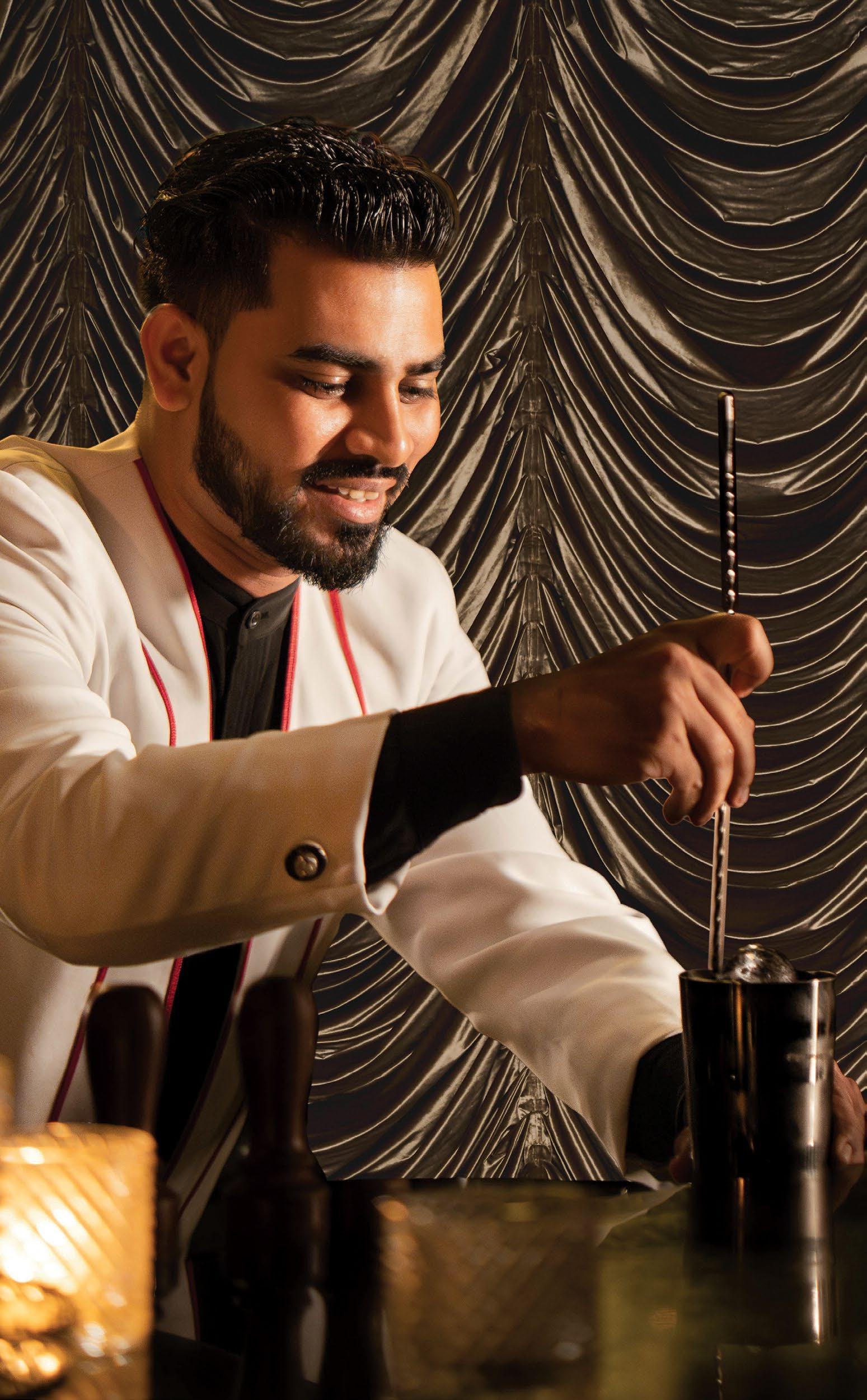
With a deep-rooted passion for mixology, menu curation, bar operations, and guest service, Rajib Mukherjee’s journey behind the bar has been defined by innovation, precision, and a personal touch. “It’s not just about making drinks—it’s about creating moments and memories,” he shares.
Driving innovation at ZLB23: At ZLB23, he leads a team in tune with modern cocktail trends. From developing inventive menus to representing the bar on global platforms, Mukherjee plays a key role in shaping its identity. “Mentoring the team and refining our LQA standards is one of the most fulfilling parts—it’s about growing together.”
What fuels him?: “Networking with global bar personalities, meeting new guests, and travelling to different cities to explore beverage cultures—it all feeds my creativity.”
Moments that stay: Among many memorable interactions, one stands out: crafting a martini for legendary bartender Erik Lorincz. “It was a mix of nerves and excitement.”
Future goals: Mukherjee dreams of opening his own bar—and crafting his own gin. “Something rooted in Indian botanicals but globally loved.”
If not a bartender… If he could swap roles for a day, it would be with the hotel’s chief gardener. “The landscape is stunning. Working with nature would be refreshing.”
A drink that embodies the hotel: An espresso martini with South Indian filter coffee and local spices. “It’s elegant, energising, and rooted in place—just like the hotel.”
From the unusual to the musical: “The oddest request? A non-alcoholic Old Fashioned—I had to politely decline,” he laughs. If the bar were a playlist: Piano Man, Viva La Vida, and Can’t Help Falling in Love
And if he were a cocktail? “Something clean on the palate, crisp in execution, and complex in flavour.”
The Leela Palace Bengaluru
The hotel in a glass: He'd call it the Palace Martinez: gin, in-house spiced vermouth, sandalwood-infused sake, orange bitters, and a pickled cherry.


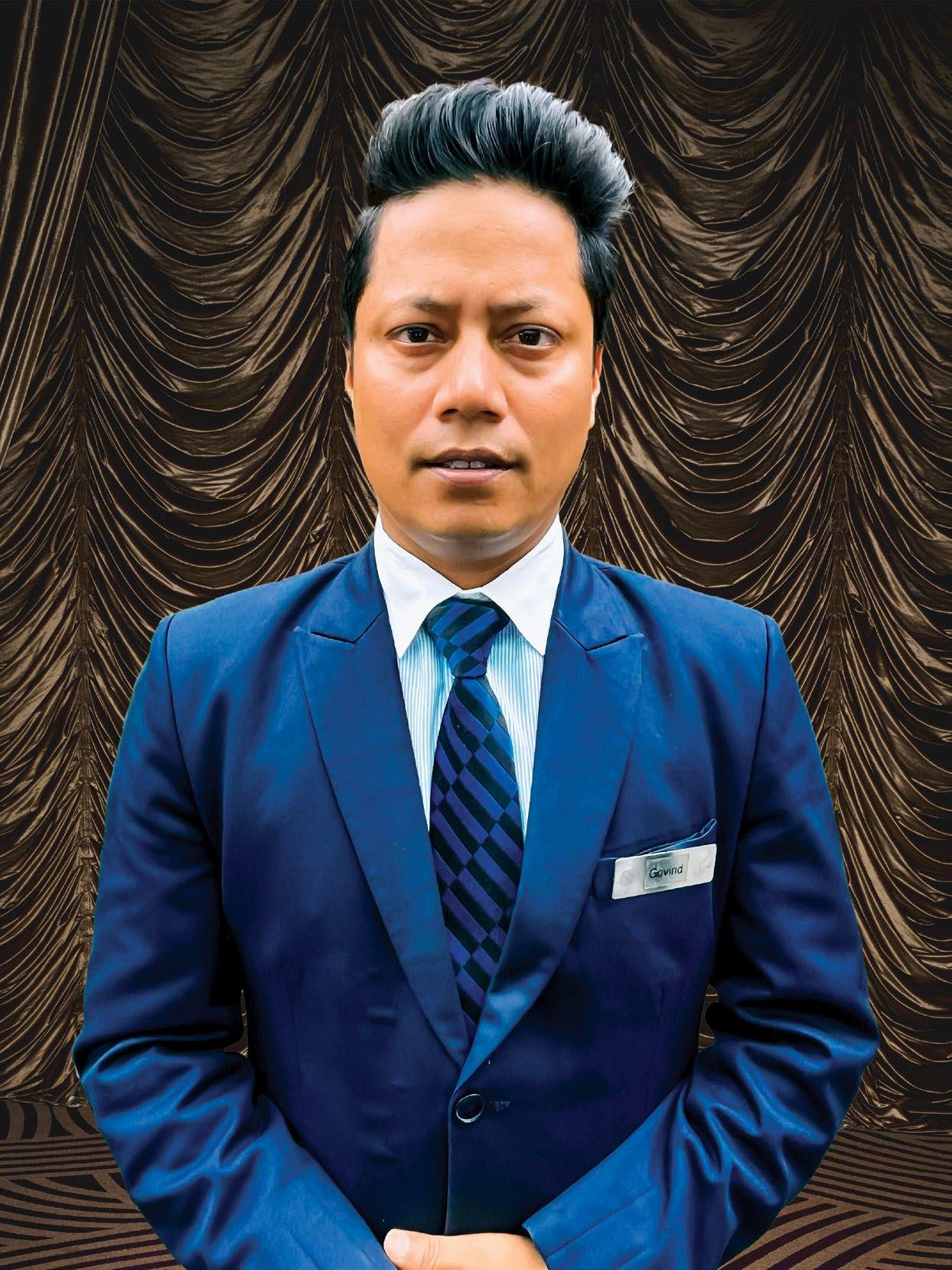
As Assistant Manager – Airport Services, Govind Vishukarma is the first point of contact for guests arriving at the Pullman and Novotel New Delhi Aerocity complex. He manages arrivals, coordinates transport, and sets the tone for the guest experience—often within moments of landing. Calm, quickthinking, and people-focused, he has become a reassuring presence for travellers.
From chaos to calm: In December 2024, a guest arrived distressed—his iPad had gone missing in transit. Drawing on his network across airport teams and CISF, Vishukarma coordinated CCTV reviews and recovered the device within 24 hours. The guest’s heartfelt note of thanks reflected what Vishukarma consistently delivers: peace of mind in high-stress moments.
A day in his life: “No two days are the same,” he says. His mornings begin with flight checks, VIP prep, and guest movement planning. The rest of the day includes welcoming guests, managing luggage, liaising with chauffeurs and airline staff, and sharing guest preferences with the hotel to ensure personalised service. “Every interaction counts.”
Digital charm, real connections: Outside work, Vishukarma is a digital creator with over 4.8 million followers across Josh, YouTube, Instagram, and Moj. Crowned Emerging Influencer of the Year by YouTube, he was also the face of the YouTube Shopping Event at Pullman, earning admiration from fellow creators.
Moments that stay: Vishukarma treasures the brief but meaningful exchanges that define his role. “Even short interactions can feel like fullcircle moments,” he says.
His biggest challenges? Flight delays, lastminute changes, and high guest volumes—all of which require calm coordination and a personal touch.
If his job were a movie? “Runway to Reception,” he smiles.
Bittersweet goodbyes: “When you’ve built a connection, that last wave can be surprisingly emotional.”








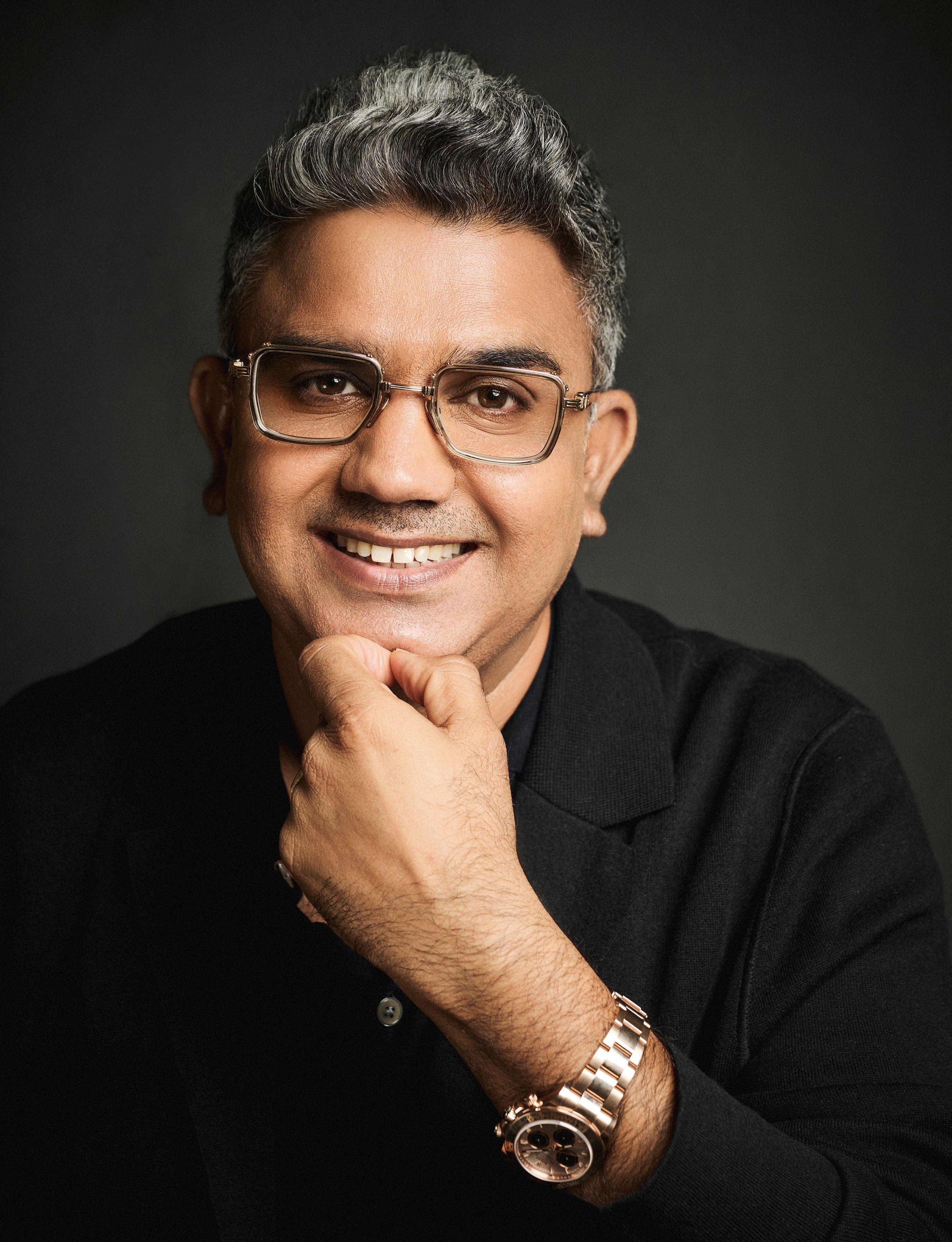
From humble beginnings to industry-defining benchmarks — Punamchand D. Kularia has redefined what it means to build with vision. As the force behind BNP Interiors, he has led the company to become a name synonymous with precision, performance, and panache in luxury contracting.
Whether it’s five-star hotels, high-end hospitals, or transformative workspaces — BNP Interiors delivers end-to-end excellence with German automation, state-of-the-art manufacturing, and a 5,000+ strong workforce of skilled professionals.
What began as a passion is now a legacy.





Fairmont Mumbai is luxury built for legacy—clad in Portuguese limestone, steeped in the elegance of Art Deco’s golden age. Every detail, from its grand marbleclad lobby to its art that reveals itself slowly, is shaped with intent.
In a city where luxury hotels often lean towards speed and sameness, Fairmont Mumbai is a clear outlier. Situated just minutes from Terminal 2 of Chhatrapati Shivaji Maharaj International Airport, the hotel sidesteps every tired trope of a high-transit hospitality model. Instead, what it delivers is a deliberate, thoughtfully layered experience that is rooted in architectural rigour, quietly confident design, and a cultural storytelling that resists cliché.
This 446-key property, owned by Nitan Chhatwal of the Shrem Group, doesn’t announce its difference with flash. It does so with depth—through structure, sequence, and sensibility. As Chhatwal puts it, "Old is always gold. We wanted something timeless. People come here and say this doesn’t look like it’s in India—that’s when you know you’ve created something distinct."
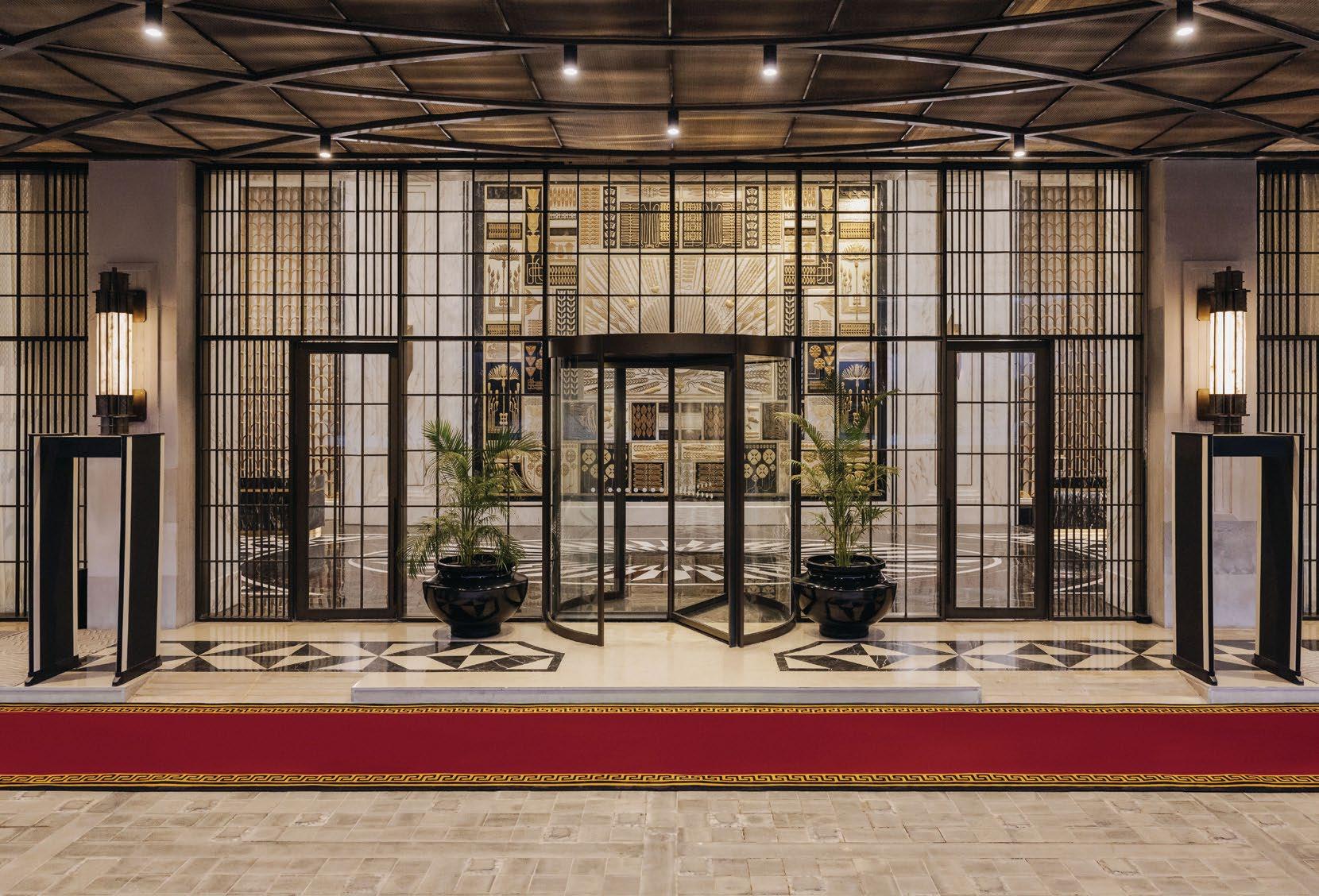
The hotel distinguishes itself not just through aesthetics or service, but intelligent, futurefacing engineering.
Built on 9,000 seismic springs
The entire structure rests on a precision-engineered vibration isolation system designed to counteract two underground metro lines. It’s a feat of German engineering that ensures silence— of the measurable, not metaphorical, kind.

AQI consistently under 50
Every space in the hotel, from public zones to back-of-house areas, maintains indoor air quality below AQI 50. Advanced air purification systems, including UV treatment, make this possible— remarkable in the context of Mumbai.
98% of kitchens are fully electric
From back-end prep to fine dining, nearly all culinary operations are powered by electricity, substantially reducing the hotel’s carbon footprint and aligning with a futurefocused F&B ethos.

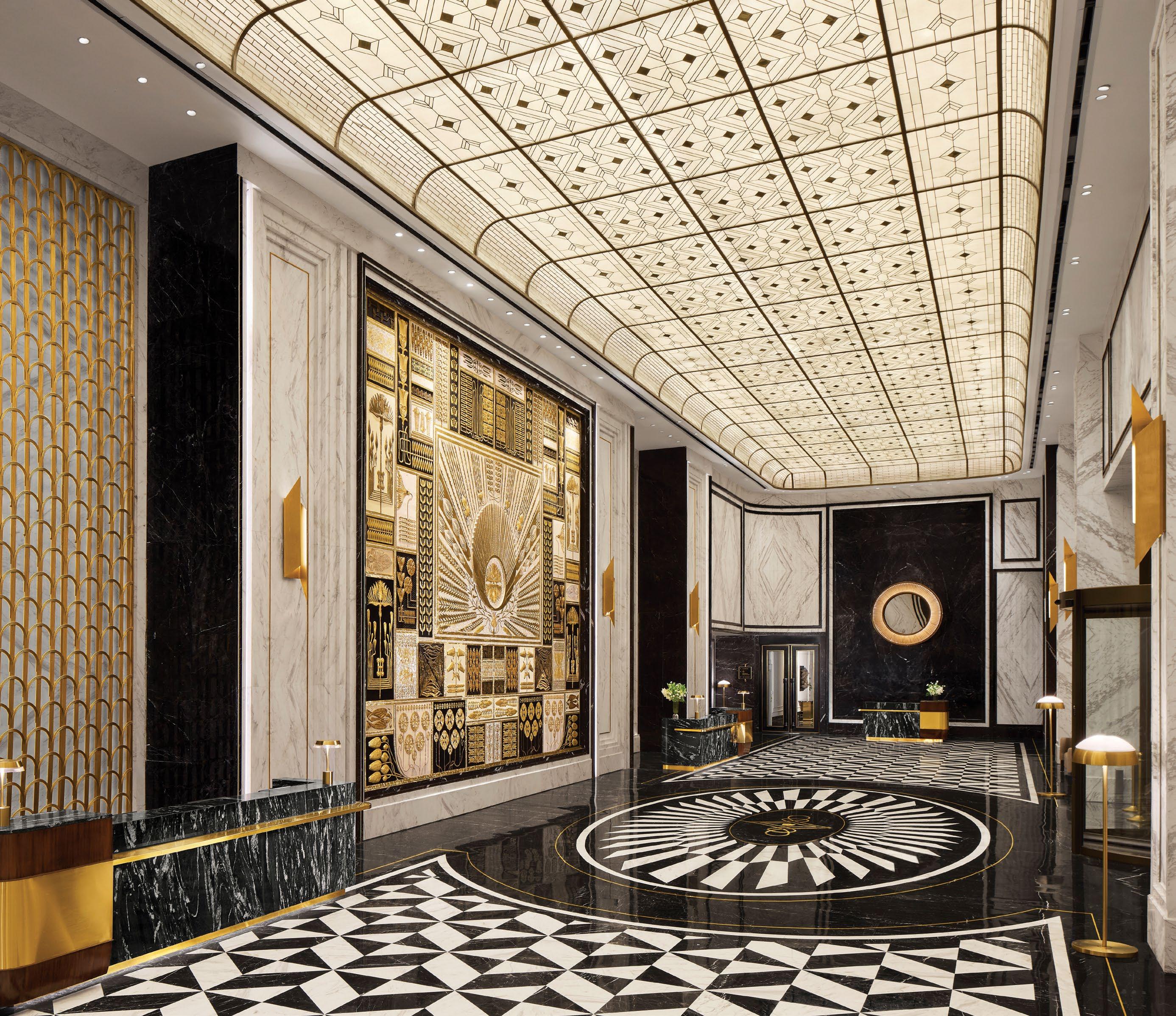
Natural light, engineered
Thoughtful spatial planning and generous fenestration create a sense of volume and visual rest in all public and private areas— reducing the hotel’s dependence on artificial lighting during the day.
Wellness meets technology
The hotel’s longevityfocused spa and fitness centre features equipment ranging from cryotherapy to red light therapy, addressing post-pandemic guest expectations for regenerative wellbeing. memorable.
Zero-discharge water system
Water used within the hotel is treated, recycled, and reused on-site, ensuring no discharge into municipal systems—a quiet but significant ecological commitment.
Ceiling fans in all rooms
A deliberate nod to Indian guest preferences, fans reduce heavy AC use and contribute to an estimated 30% reduction in energy costs.
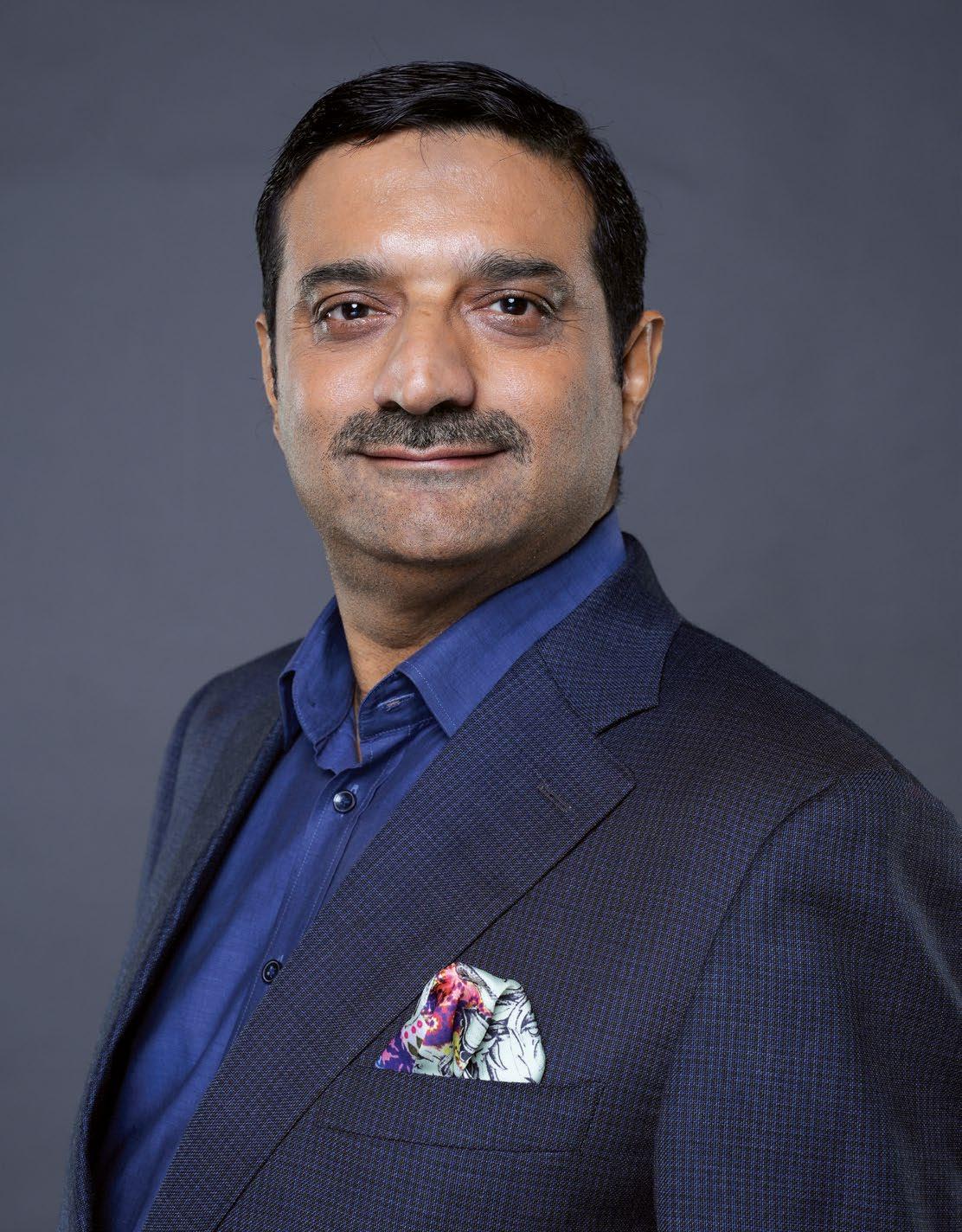
MANAGING DIRECTOR, SHREM GROUP
“
The design wasn’t about trends. It was about creating something that would endure."
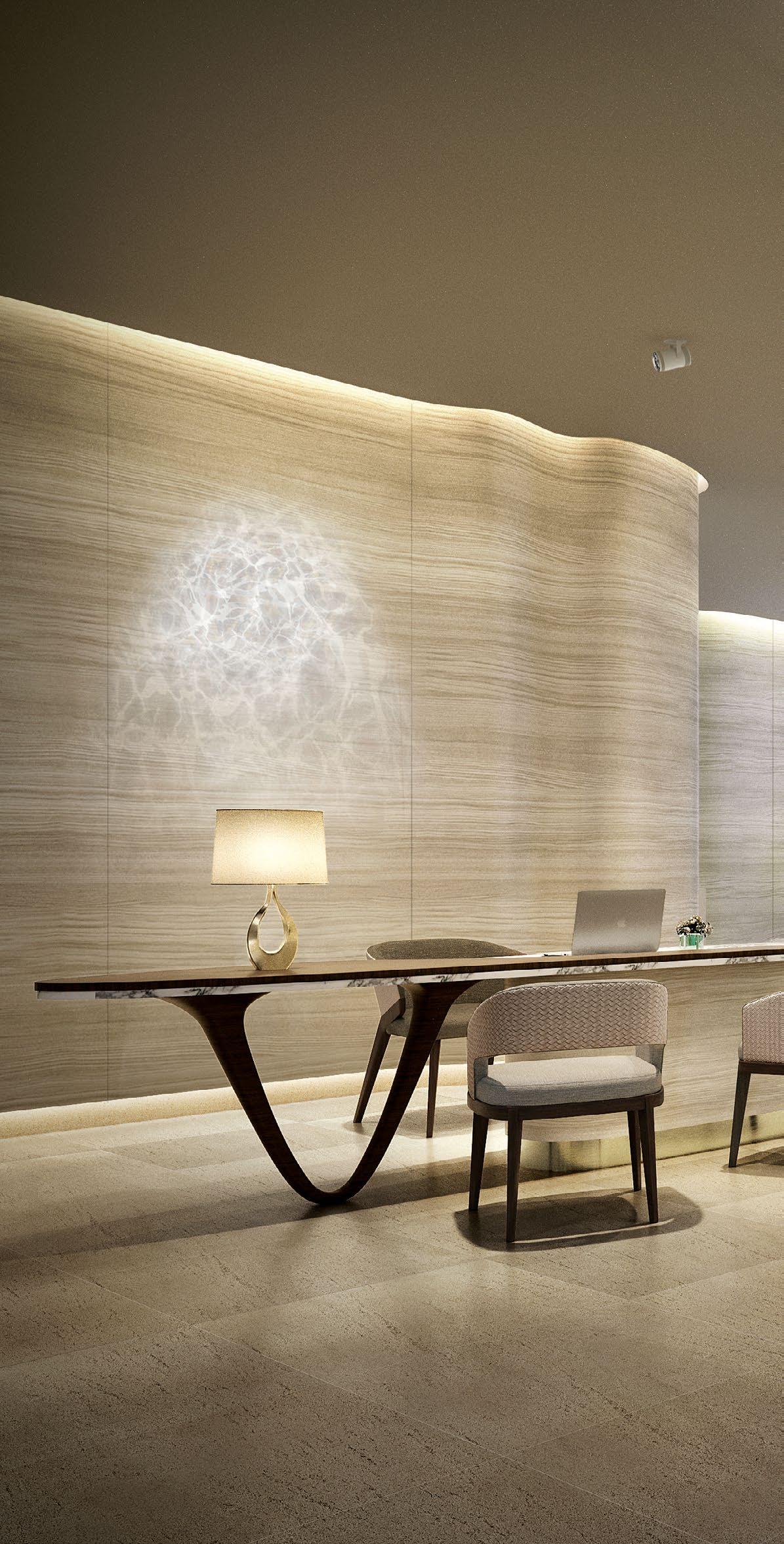
Architecture: presence without spectacle
Clad in Portuguese limestone, the façade sets the tone for what lies within—understated yet enduring, contemporary yet classic. Designed by Delhi-based Alva Architects, the architectural language of Fairmont Mumbai is restrained, drawing on pared-down Neoclassical form with Art Deco cues. The intent, according to principal architect Ashwin Alva, was to "translate the ethos of slow, luxurious hospitality into a built form that meets contemporary expectations of comfort, performance, and scale."
This wasn’t mere aesthetic posturing. Located adjacent to a major international transport hub with metro lines running beneath, the site demanded engineering foresight. "It was important to develop and incorporate all mitigation methods into the build," says Alva. The result: a steel and precast concrete structure mounted on 9,000 vibration isolation


springs. "These decisions had to be baked into the design development phase. Engineering can’t be an afterthought."
The spatial planning reflects a clarity of purpose. Banquet zones are given separate entries to avoid guest disruption. Service flows remain invisible, routed through a central spine. The lobby retains its sense of calm, unaffected by the movement around it. As Alva notes, "The hotel had to feel perennial, like it’s always belonged to the city’s skyline."
Inside, the narrative moves forward through the work of P49 Deesign. The Bangkok-based studio took cues from the golden age of travel— specifically, the grandeur of 1930s terminal stations. "Fairmont’s DNA already contains an Art Deco undertone. We built on that to
create a nostalgic design style, underpinned by contemporary detailing," Carl Almeida, Managing Director, P49 Deesign, explains.
The design is not a uniform replication of Art Deco motifs but rather a careful threading of high drama and quietude. The public areas make bold first impressions: a grand lobby with a backlit glass ceiling, expansive marble flooring in black and white, and sculptural statements that reference
FAIRMONT MUMBAI
LOCATION
NEAR TERMINAL 2, CHHATRAPATI
SHIVAJI MAHARAJ
INTERNATIONAL AIRPORT, MUMBAI

OWNED BY NITAN CHHATWAL SHREM GROUP
ARCHITECTURE
ASHWIN ALVA
ALVA ARCHITECTS

transport and movement. "We used marble to anchor the drama, but always balanced it with proportion and rhythm," Almeida adds.
In contrast, the guestrooms lean softer. "The public areas carry stronger personalities; the rooms are designed as sanctuaries," says Almeida. While subtle nods to Art Deco remain, the palette shifts to calmer tones, creating respite from the city outside.
Each space holds its own narrative, but remains tethered to the master story. Almeida cites the meeting rooms—which reference the city’s transport heritage—and the guestrooms, where Art Deco patterns are rendered in gentler strokes. "There was always a master plan, but we allowed for micro-stories to emerge," he says.
One of the more surprising aspects of Fairmont Mumbai is the role of art. It isn’t ornamental or simply curated for visual impact. Under the direction of art consultant Venu Juneja, the hotel’s art programme became a parallel design language.
INTERIOR DESIGN
CARL ALMEIDA P49 DEESIGN
ART CURATOR
VENU JUNEJA
BUILD EXECUTION
ASHOK KULARIA, ANJ
ART CURATOR
“ We didn’t want splashes of colour or generic beautiful things. That, to me, is a waste of money. We looked at the ordinary— the milkman, the bhajiwali, the cloth seller—and elevated them into poetic moments."
"The good thing about this project was that there was already a strong interior story," says Juneja. "The art didn’t have to layer on top of it. It could flow from it, become an extension."
Juneja’s approach was deeply narrative. From the custom artworks inspired by Mumbai’s railways and dabbawalas to handcrafted installations referencing 1920s cinema, the art strategy was both thematic and site-responsive. At Madeleine de

A Walk in the Garden: the lobby’s hero piece
Art at Fairmont Mumbai isn’t ornamental—it’s integral. Woven into the spatial narrative, it builds the story, room by room, lobby onward. And at the heart of this storytelling is the lobby’s signature artwork: A Walk in the Garden, a sprawling collage of 40 individual pieces that anchors the space like a quiet sunburst.
Conceptualised by art curator Venu Juneja, the work draws on layers of place, time, and technique, on a pan-India scale—their way of acknowledging not only the city in which the hotel is located, but the country as well.
The sun became a leitmotif for welcome and warmth. “We said, what does the sun represent? It represents light, and this is our way of welcoming a guest into the hotel,” Juneja explains. From there, the piece began to unfold: the famed Hanging Gardens of Mumbai, floral motifs in Art Nouveau’s whiplash curves, and the dual rhythms of sunrise and sunset.
But what looks effortless is, in truth, anything but. “I must have done some 100 alternatives before we zeroed in on it,” Juneja recalls. Materials and techniques were chosen not just for beauty, but meaning—many on the edge of extinction. The embroidered canvas was done in vintage Lucknowi styles “very few people do anymore”.
The metal repousse came from Varanasi, “very, very minute work” that required a long search for the right artisan. Marble paste bas-reliefs from Delhi, wooden block printing scaled beyond usual size constraints in Rajasthan, mother of pearl inlaid into brass— all stitched together into one piece.
“With so many techniques, I didn’t know how it would all look in the end,” she admits. “It was a risk I had to take. Sometimes, using many crafts can feel like a hodgepodge. Whether they marry well together or not… that was the gamble.”
What made it possible wasn’t just technique—but trust. “You will find a lot of artisans in India, but the challenge is always to get that artisan to think your way and understand your finish,” says Juneja. It’s this quiet coaxing that finally brought the sun— and the space—together.
Proust, the tea lounge, she curated a gentle winter garden mood inspired by the pink trumpet blossoms lining Mumbai’s Eastern Express Highway. Botanical illustrations, embroidery and ceramics came together to create what she calls a "quiet nostalgia."
In the all-day dining venue, the story pivots to Mumbai’s famous tiffin carriers. Real dabbas (tiffins) suspended from the ceiling and floor form a mirrored installation that captures the rhythm of the city. "We looked at the ordinary— the milkman, the bhajiwali, the cloth seller—and elevated them into poetic moments," she says. In some spaces, old train tickets are reimagined as graphic art. In others, traditional weaving techniques and handcrafted tiles appear as tactile, deliberate nods to place.
"We didn’t want splashes of colour or generic beautiful things. That, to me, is a waste of money. Especially when you have such a great story to tell," she says.
Each piece was commissioned with purpose. Some used materials and techniques on the brink of extinction. "We worked with artisans who understood their medium. It wasn’t about celebrity names. It was about capability and alignment," she explains.
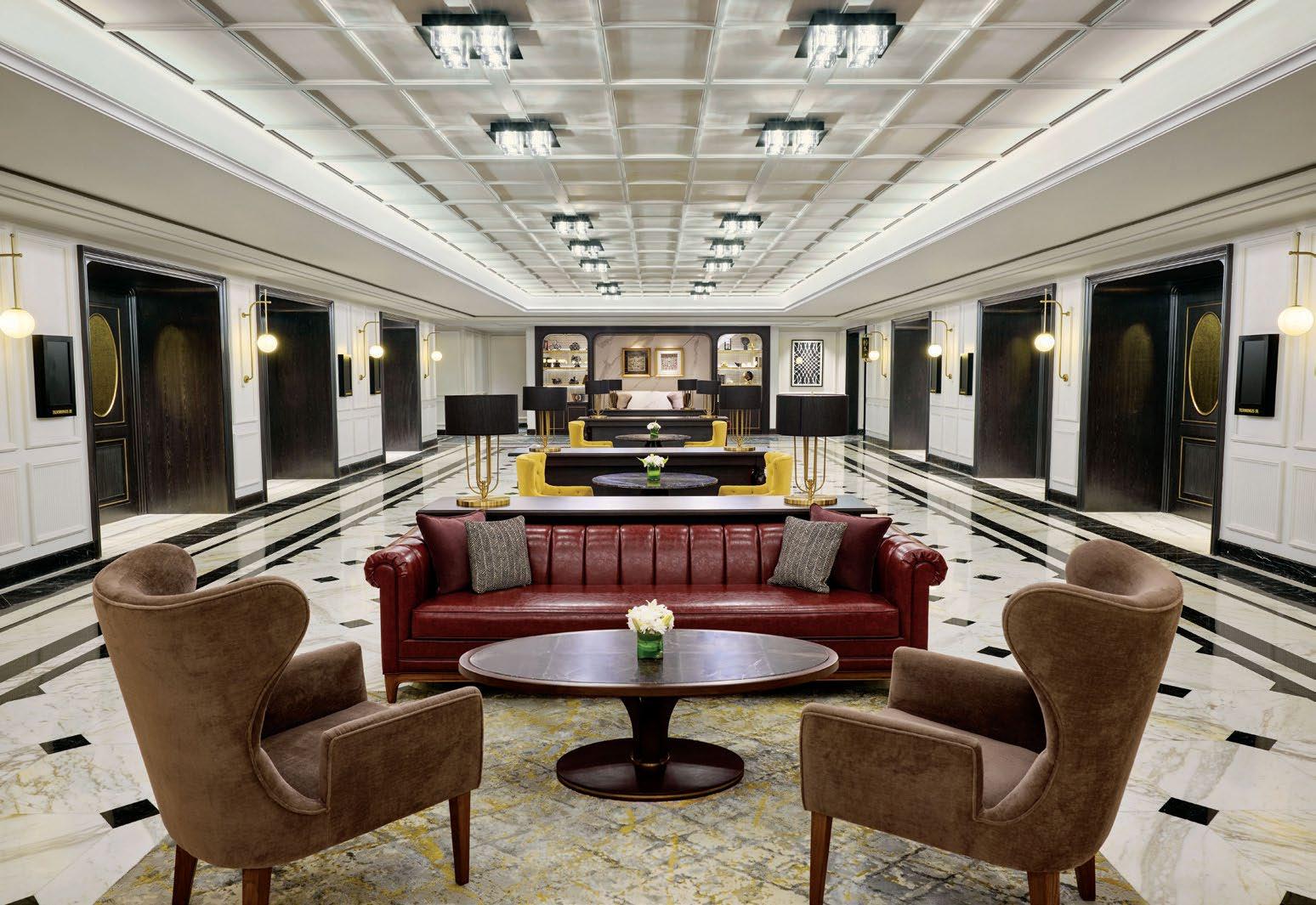

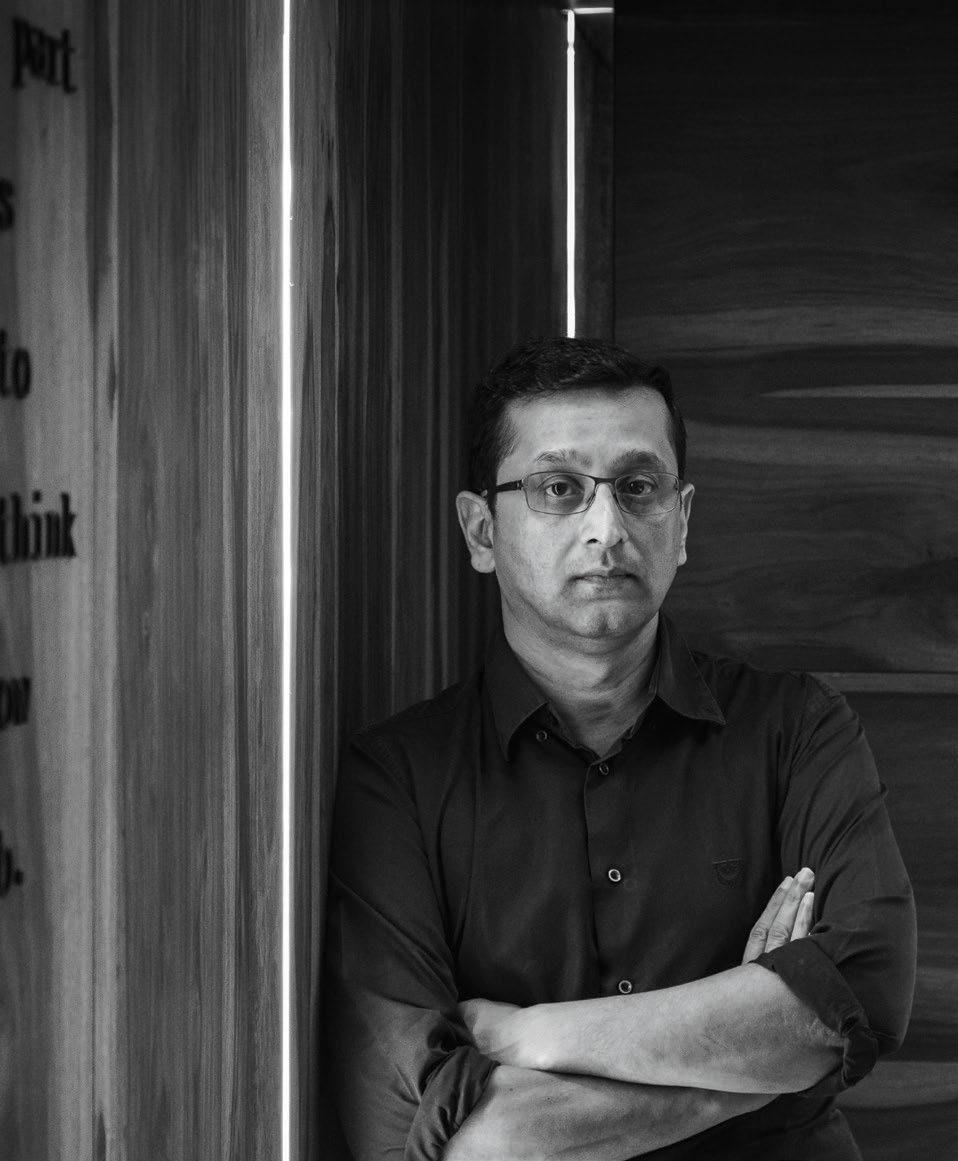

“ The intent was to translate the ethos of slow, luxurious hospitality into a built form that meets contemporary expectations of comfort, performance, and scale."

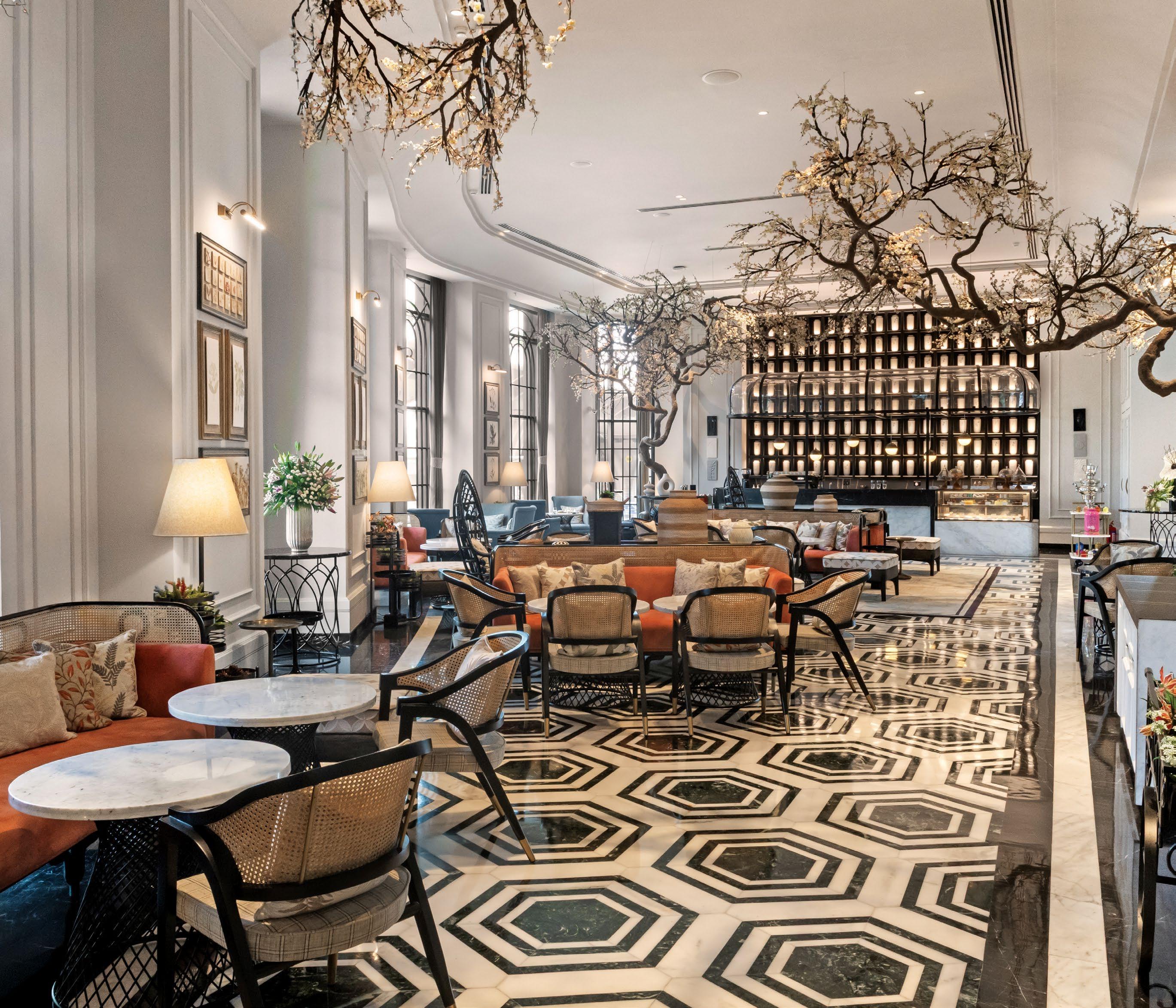
The result is an art collection that invites exploration, not immediate impact. "It should feel like slow discovery," Juneja notes. "You come back ten years later and still find something new. That, to me, is timelessness."
At the heart of the project lies the vision of Nitan Chhatwal, who was closely involved from the outset. "This wasn’t about trends. It was about creating something that would endure," he says. With an investment nearing $200 million and a seven-year timeline, the hotel was conceived not just as a business venture but as a design statement.
"From day one, we pursued quality," Chhatwal asserts. The addition of three metro lines below the site mid-construction escalated costs by 100 crores, but the solution—a fully spring-mounted structure—was nonnegotiable. "We wanted the first floating building in India."
His attention to detail extended even to operational efficiencies. "I wanted the lowest air-conditioning cost per square metre in the city. We’re already at 0.8 KWH, and we haven’t even calibrated it fully," he adds.
Chhatwal’s thinking wasn’t limited to hardware. "Every part of hospitality had to feel special," he says. From room sizes to service protocols, air quality to food, "we looked at every detail to make sure it leaves a memory."
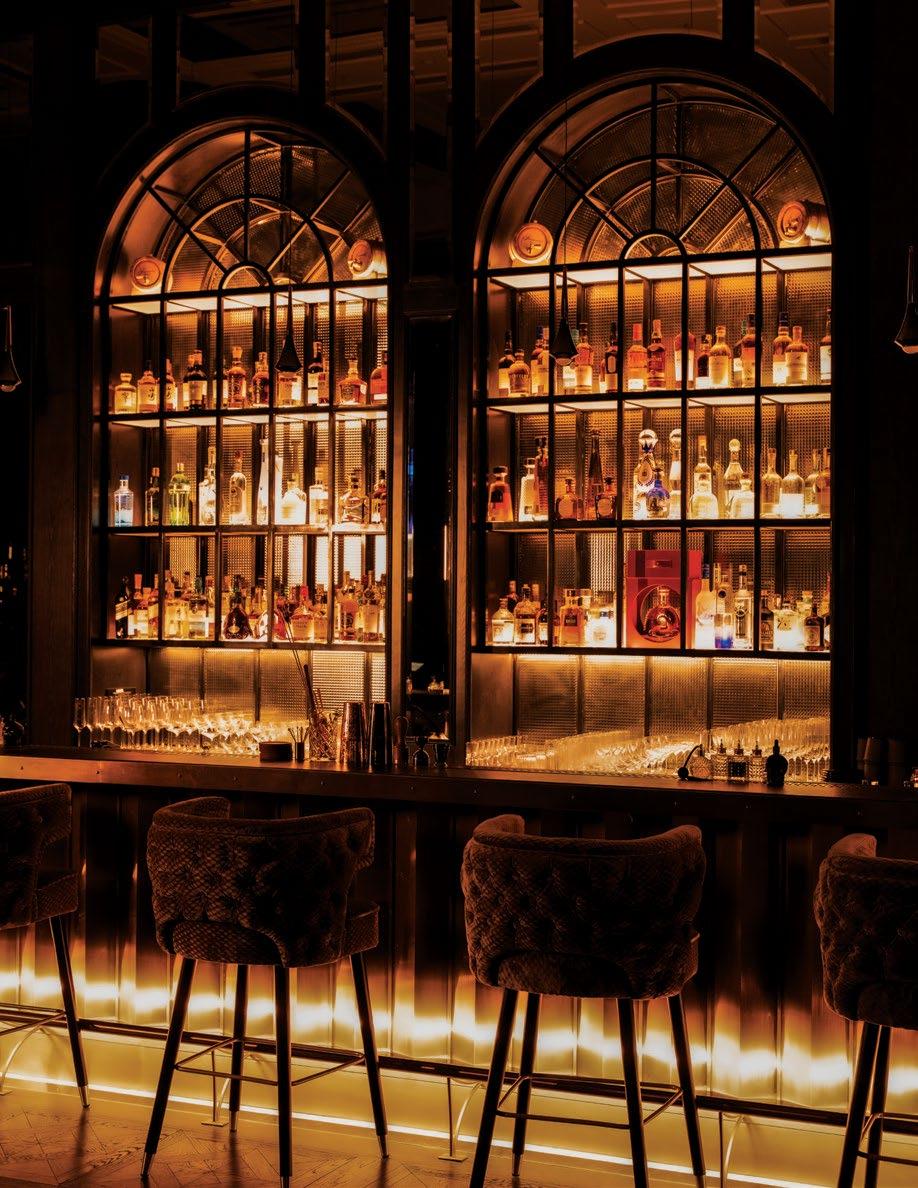

446 keys, including suites and speciality accommodations.
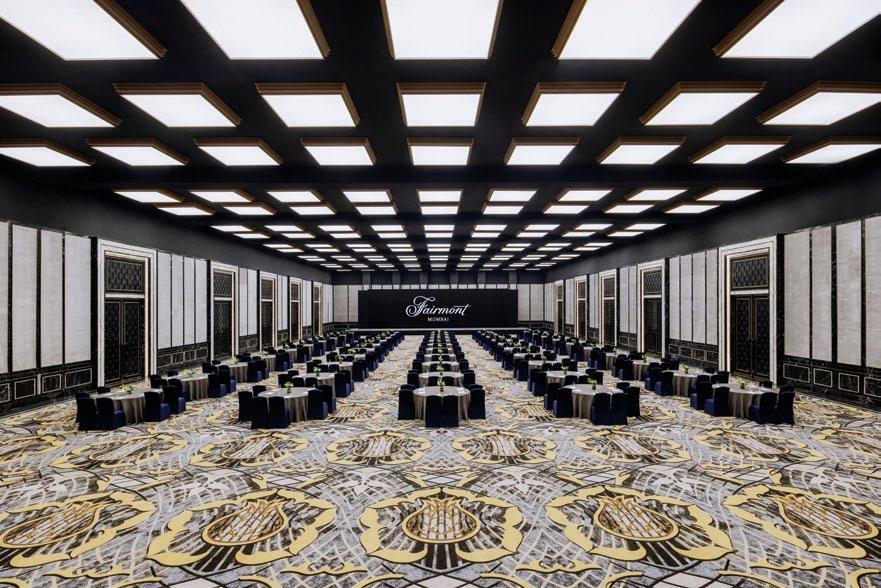
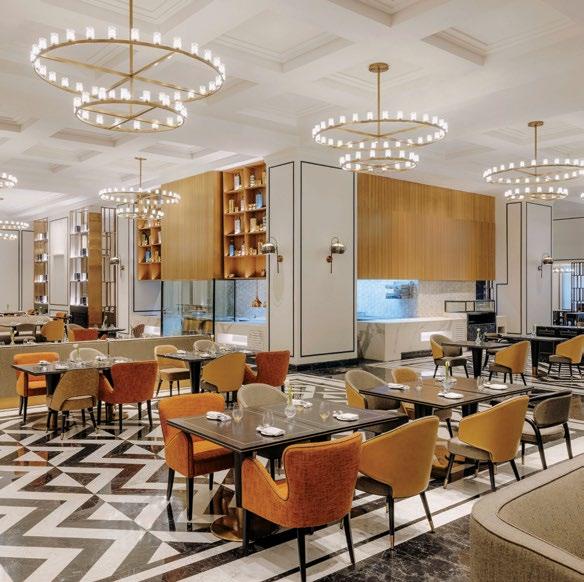
Madeleine de Proust: A tea lounge inspired by 1920s nostalgia and garden serenity.
Oryn: A Southeast Asian dining experience themed around travelling cinema and visual storytelling.
The Merchants: A vibrant all-day dining restaurant celebrating Mumbai’s dabbawala culture with six live kitchens.
The Hedonist: A bar and lounge with an immersive Art Deco and jazz-inspired aesthetic.
Blu Xone Spa: India’s first longevity-focused wellness suite with cryotherapy, red light therapy, and other regenerative treatments.
State-of-the-art fitness centre featuring post-COVID wellness innovations.
Over 75,000 sq. ft. of flexible event space including:
Infinity Ballroom: 21,000 sq. ft. with aerial rigging, thrust stages and a 750kB UPS system.
Multiple pre-function and breakout rooms with distinctive design narratives.



Carl Almeida
“ Fairmont’s DNA already contains an Art Deco undertone. We built on that to create a nostalgic design style, underpinned by contemporary detailing."



A unifying theme across all conversations is the spirit of collaboration. Architect, interior designer, and art curator all speak of a shared clarity of purpose.
"From the outset, we worked closely with the architect to ensure the narrative wasn’t just in the interiors, but visible in the architecture," says Almeida. Juneja echoes the sentiment. "The kind of client you have makes all the difference. I was lucky. This client understood the value of a good story." Alva, too, emphasises the systemic nature of the design. "Circulation flows, programme integration, engineering systems— everything was thought through together. That’s what allows a complex hotel to feel effortless."
Ultimately, what Fairmont Mumbai achieves is a redefinition of what a luxury hotel can be. It demonstrates that proximity to transit doesn’t preclude depth of experience. "Luxury is what Mumbai requires," says Chhatwal.
"It’s the financial capital, but no new luxury project has come up here in years. We wanted to change that."
Fairmont Mumbai isn’t loud about its ambitions. Its architecture is quietly composed. Its interiors are textured but never overdone. Its art is layered, not loud. And its operations are engineered for sustainability and guest comfort without preaching either.
It is, in many ways, the antithesis of hospitality driven by trend. As Juneja puts it, "The story had to be told properly. Not beautifully. Properly."
And perhaps that is what makes this project stand apart: it is not just a hotel that looks good. It is a hotel that knows exactly why it looks the way it does.
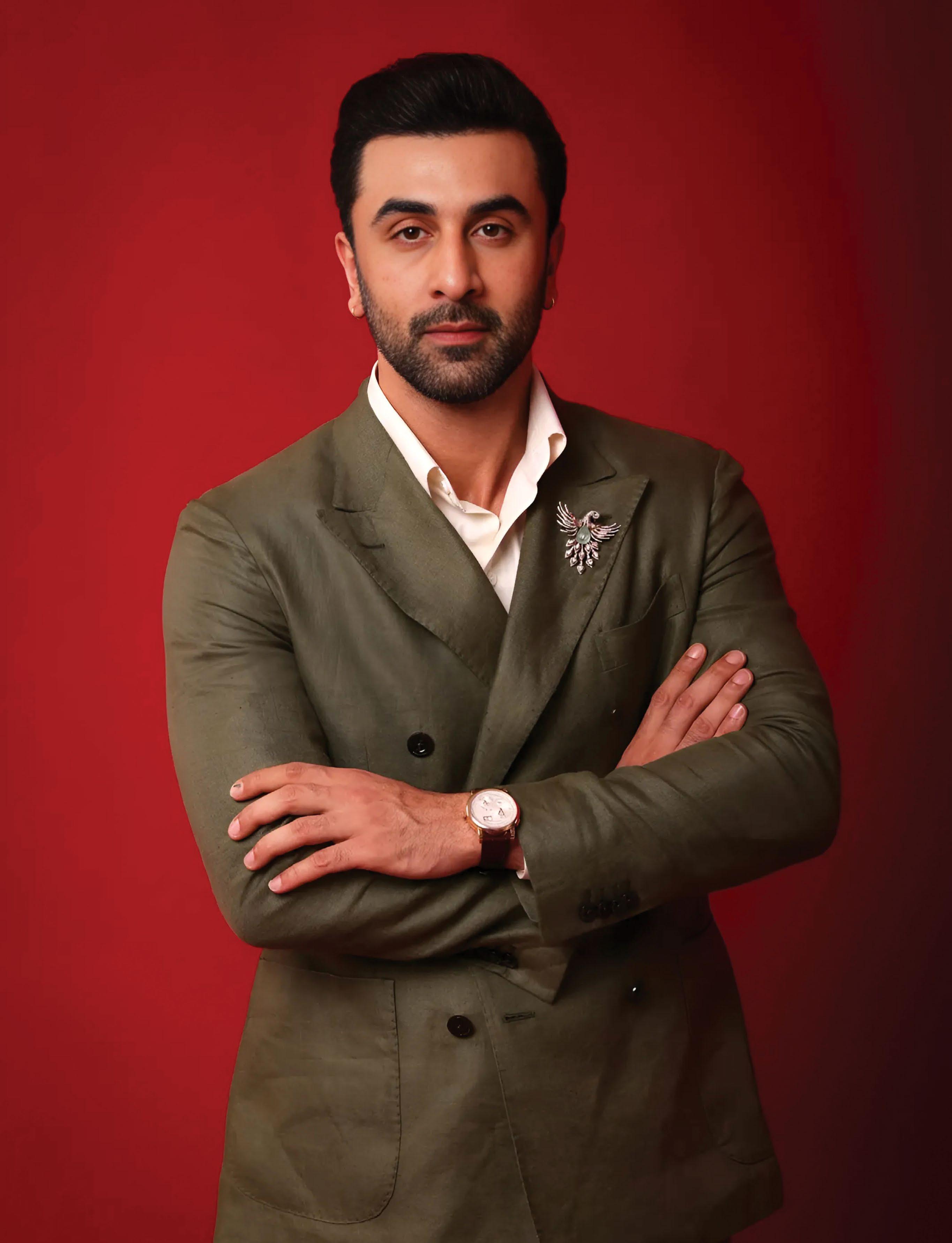

Raised in a family where food was a celebration, Ranbir Kapoor follows his palate across continents—blending childhood nostalgia, beach getaways, and cinematic escapes with every journey.
Ranbir Kapoor comes from a khandaan that loves food. His father, Rishi Kapoor, uncles Randhir and Rajiv, and grandfather, the legendary Raj Kapoor, were all celebrated for their passion for food and drink.
Raj Kapoor, famously known as the 'showman of Indian cinema,’ was known to host grand feasts at RK Studios. “Food was central to every celebration, shoot, or family gathering, featuring classic North Indian dishes like rich gravies, kebabs, and traditional desserts,” Ranbir recalls. Rishi Kapoor, a devoted food lover, often expressed his affection for biryani, paya, and Delhi-style chaat on social media. The family’s Christmas brunches—held for decades at their bungalow—became a beloved Bollywood tradition, known for their warmth, laughter, and indulgent spreads that brought together friends and family from across the industry.
No wonder, then, food informs his travel choices, and he often follows his nose to ferret out great restaurants across the world.
Food-driven travel: Ranbir’s travel decisions are often guided by his appetite for memorable dining experiences. “My fondness for traditional Punjabi food remains strong, but I also enjoy street food, especially in
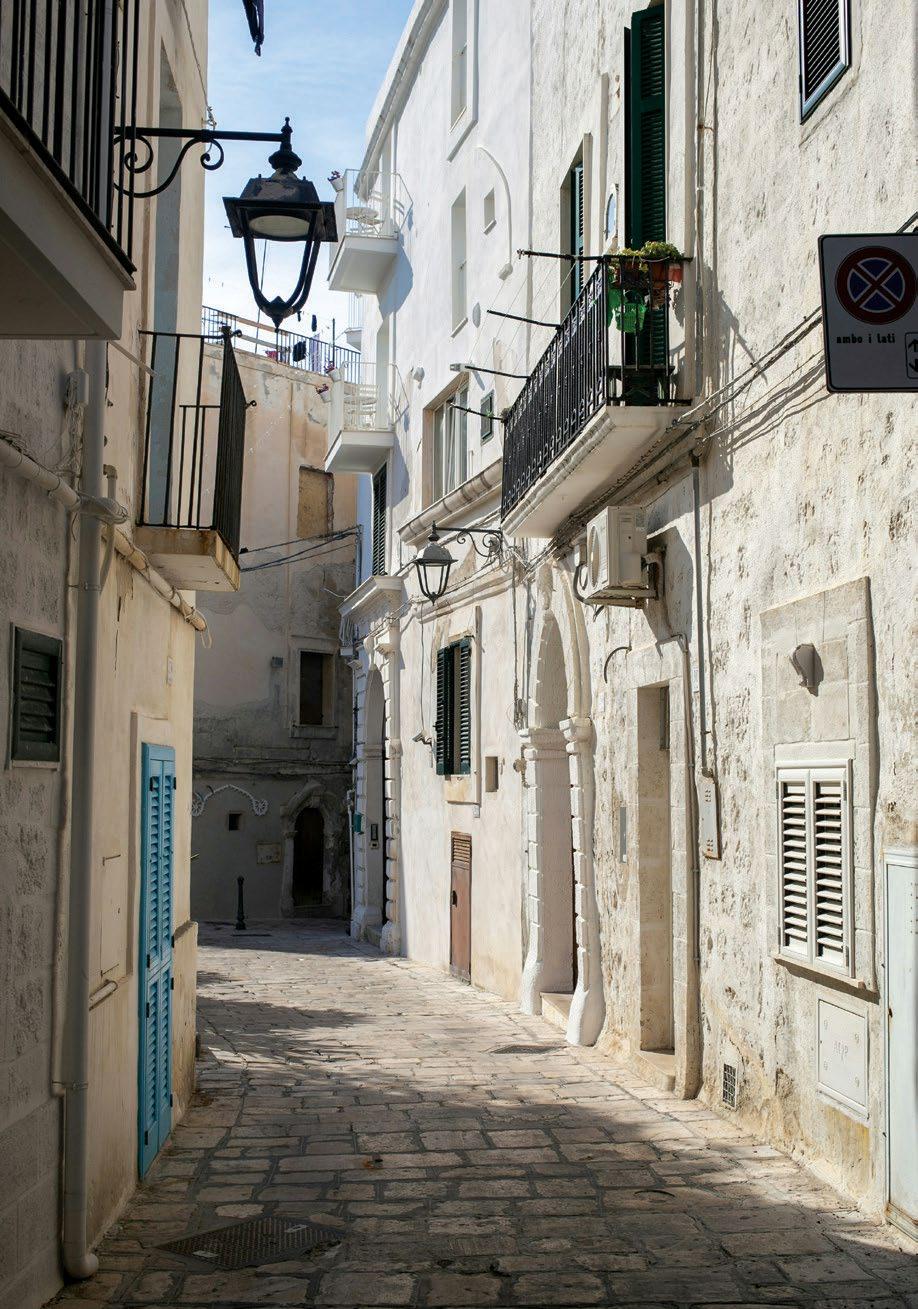

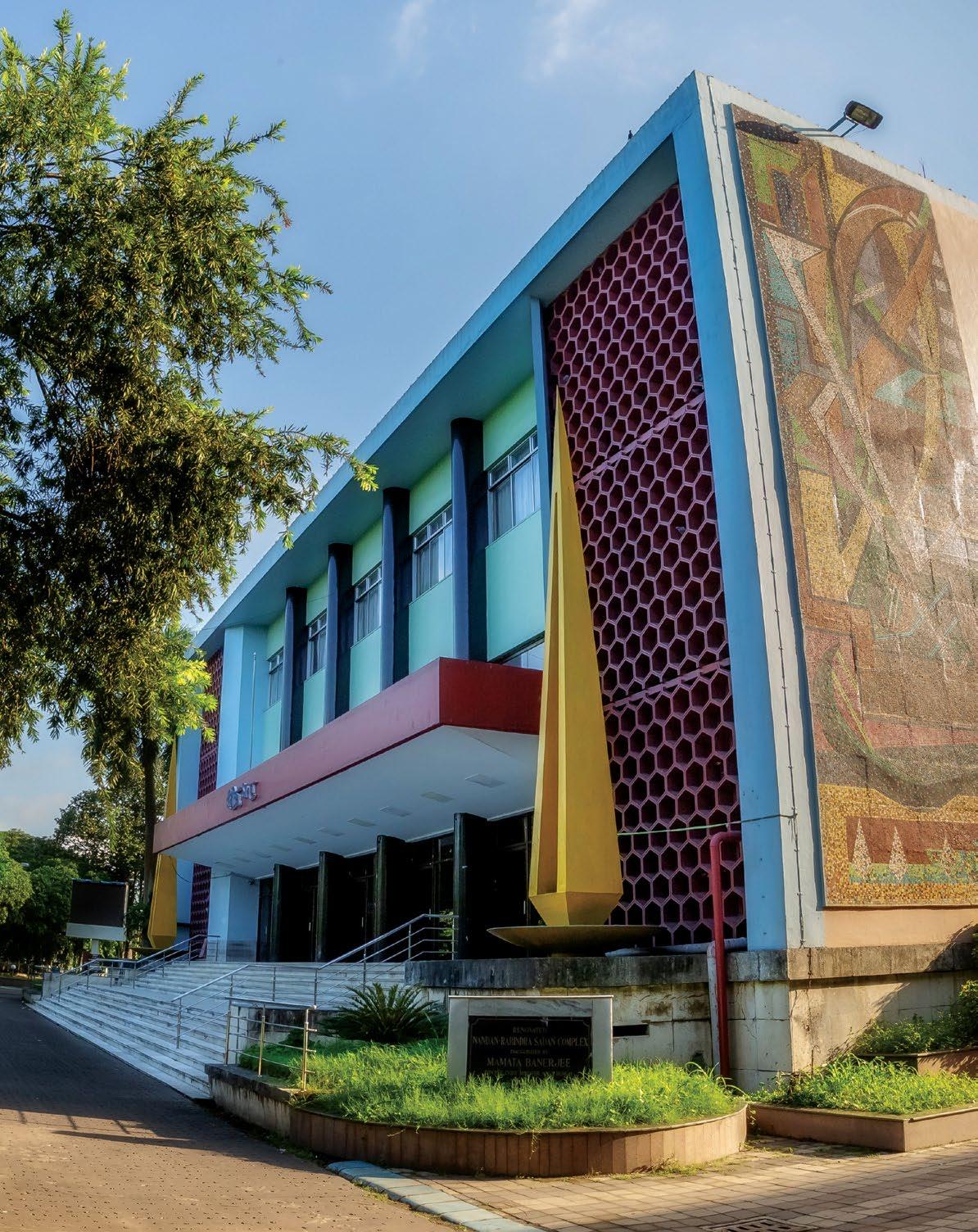



Mumbai,” he shares. He’s particularly fond of the city’s vibrant street eats, adding, “Dabeli and Bhajiya Pav are a burst of flavours.”
His time in New York, where he studied, sparked a love for its comforting food scene—burgers, pizzas, bagels, and halal cart fare. “New York’s multicultural food scene was a canvas of discovery and nostalgia, from pastrami sandwiches at Katz’s to late-night shawarmas,” he says. Among his cherished food memories are savouring the best steak of his life at Peter Luger and a chance meeting with Robert De Niro in 2018.
New York connection: Ranbir’s bond with New York is deeply personal. He studied filmmaking at the School of Visual Arts and trained in method acting at the Lee Strasberg Theatre and Film Institute. These formative years immersed him in the city’s creative and cinematic energy. “Those years gave me independence—I lived alone, did my laundry, cooked a little, and explored the food scene. Being a Kapoor, my best memories are related to food.” To this day, New York remains a nostalgic haven for him.

CLOCKWISE FROM LEFT: Ranbir with wife Alia Bhatt during the filming of Brahmāstra: Part One – Shiva in Varanasi; Ranthambore is the actor's go-to wildlife retreat; he had the best steak in his life at Peter Luger; pastrami sandwiches at Katz’s is an enduring New York memory.

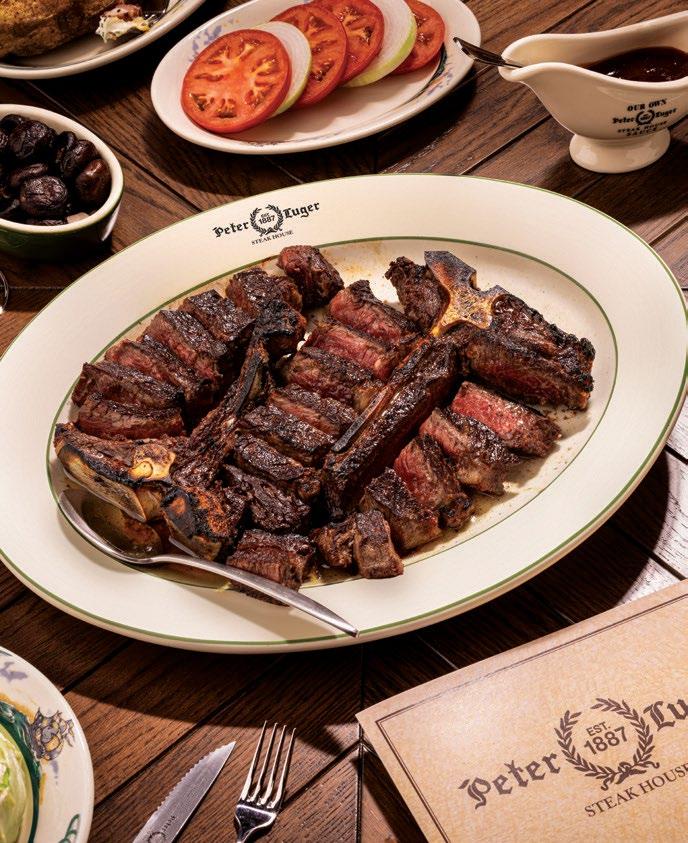
Favourite destinations: Beyond New York, Ranbir is drawn to the Maldives for its beaches and to European cities like Prague for their rich heritage and architecture. Ranthambore is his go-to wildlife retreat— “the tigers and brooding forest make the journey worthwhile.” Family vacations to Mauritius are etched in memory for their combination of beaches, wildlife, swimming, and cuisine. “The food is good, and so are the beaches. We spent time on the beach, enjoyed the wildlife and spent most of our time swimming.” He also

“
When we were shooting
Bachna Ae Haseeno, I fell in love with the food, the people, and the culture, especially in Venice and Puglia.”

fondly recalls childhood holidays at his grandmother’s home, where he was “pampered and fed nonstop,” especially with her signature paya.
Cinematic journeys: Ranbir’s films have taken him across India and the world. Wake Up Sid showcased cinematic shots of Mumbai’s Marine Drive and South Bombay; Rockstar travelled through Delhi, Varanasi, Kashmir, and Prague. Tamasha and Barfi captured Kolkata’s atmospheric buildings such as J. Thomas & Co., Victoria Memorial, and Rabindra Sadan, and Brahmāstra: Part One – Shiva was set in the sacred city of Varanasi. Yeh Jawaani Hai Deewani featured the snowy landscapes of Manali, and Tamasha included Shimla. His international shoots span Bulgaria,
Edinburgh, London, New York, Turkey, Paris, Corsica, and Lyon. He considers Prague—where Rockstar was filmed—a top travel destination.
“Whenever Imtiaz [Ali] went scouting for locations, I followed him around.” In Europe, Hungary tops Ranbir’s list—he shot an ad there and was struck by its charm. “And Italy, of course,” he adds. “When we were shooting Bachna Ae Haseeno, I fell in love with the food, the people, and the culture, especially in Venice and Puglia.”
At heart, though, he’s a beach person. “So you’ll find me in Seychelles, on the Australian coast, or in Mauritius,” he says. But no matter where he travels, one place remains constant: “New York will always be my choice of an evergreen destination.”

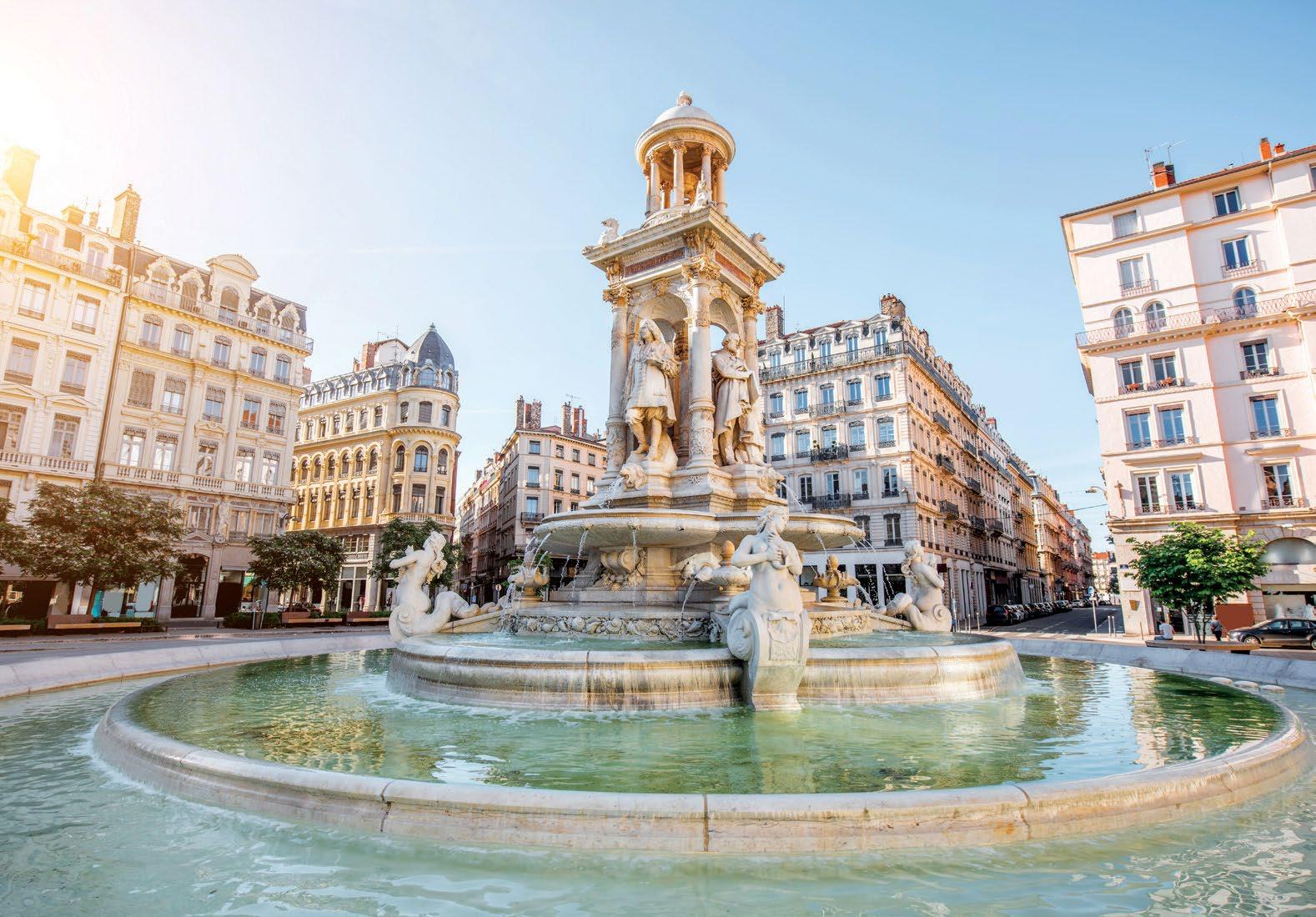
Ranbir prefers beach escapes and historic cities that offer new cultural experiences. “I love holiday travel because work shoots don’t allow us to fully enjoy a destination,” he explains. He describes himself as a “lazy traveller” who often returns to familiar places but is increasingly open to the vastness of the world. “When I’m alone in a new place, I feel happy,” he says.

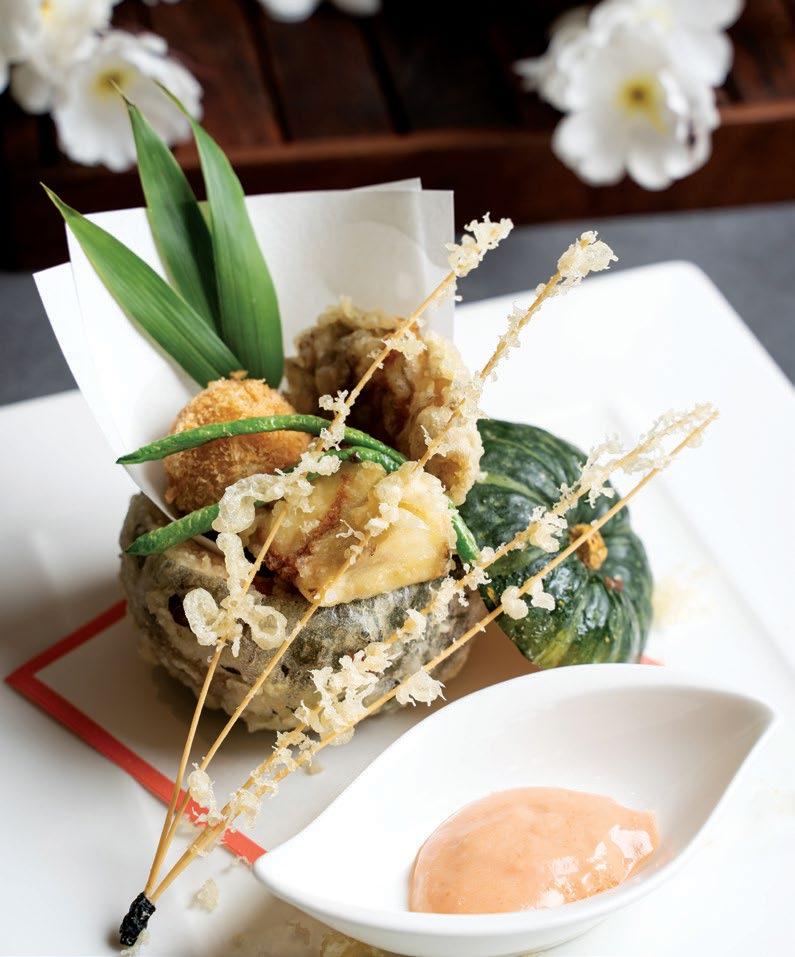
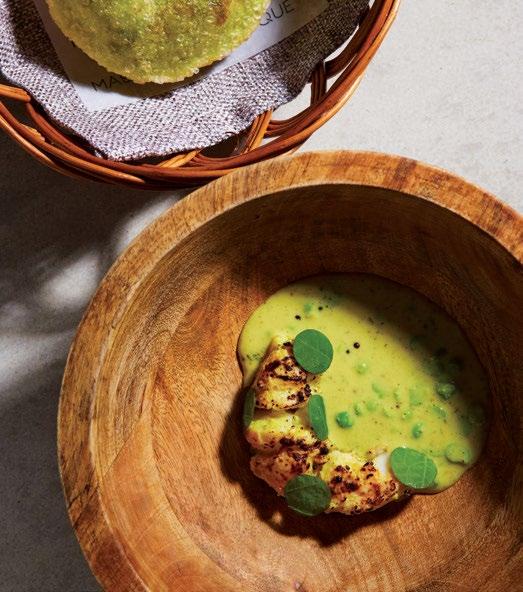
In Mumbai, Ranbir’s favourite dining spots include Koko, Wasabi, and Masque. He gravitates towards Indian, Japanese, and Continental cuisines, with a special fondness for cardamom. When he travels, he never returns without cheese—“especially cream cheese. I just can’t resist it! My fridge is stocked with cream cheese, frozen dim sum, sausages, salami, and ham,” he admits.
Dream destinations: On his travel bucket list: Brazil and Argentina—for their culture, food, and music—and Africa, particularly Kenya and the Serengeti, to witness the Great Migration. “I’d love to shoot in Africa,” he says, also expressing interest in India. “India, too, has a lot of beautiful cities that I haven’t explored. I would like to explore Madhya Pradesh and Kerala.”
And let’s not forget, space! “Space tourism is the next frontier, and I hope to explore it someday.”
What he looks for in a hotel: “Warm smiles, positive vibes, good room service, and a restaurant that serves a delicious burger, good kaali dal and butter chicken.” His Mumbai recommendation: Taj Lands End in Bandra.
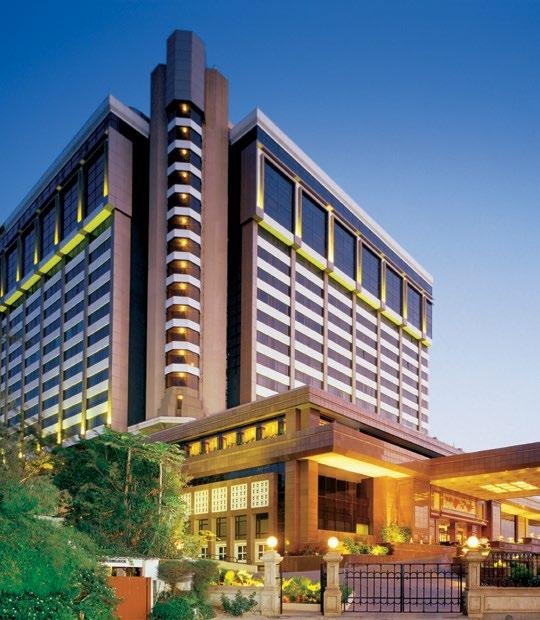
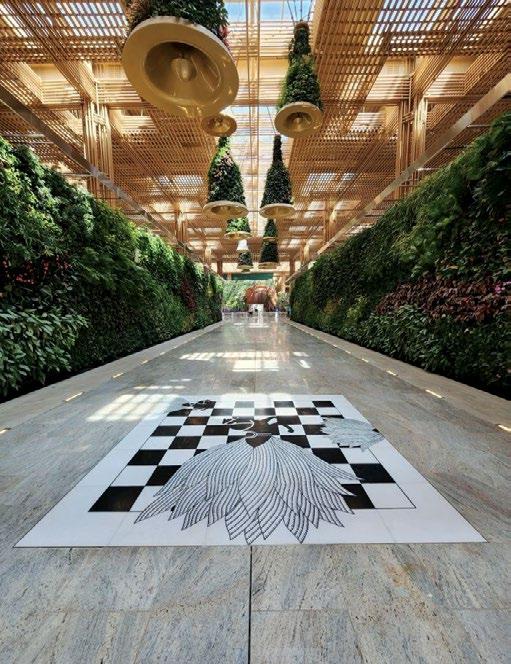
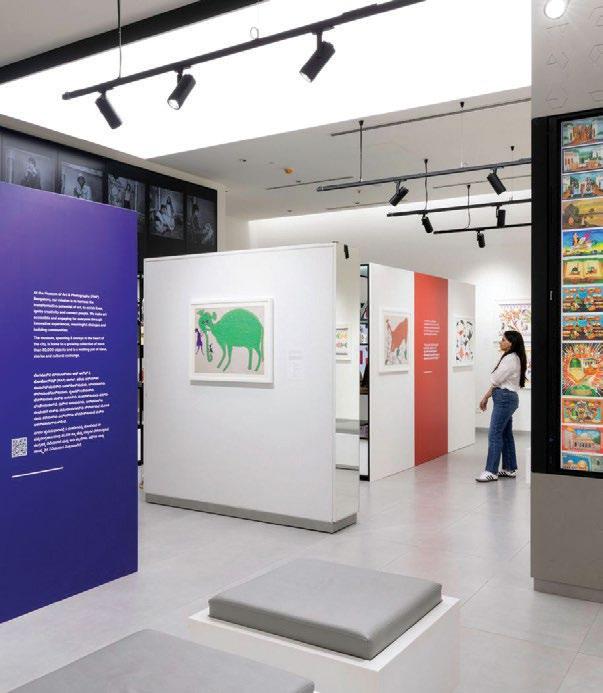
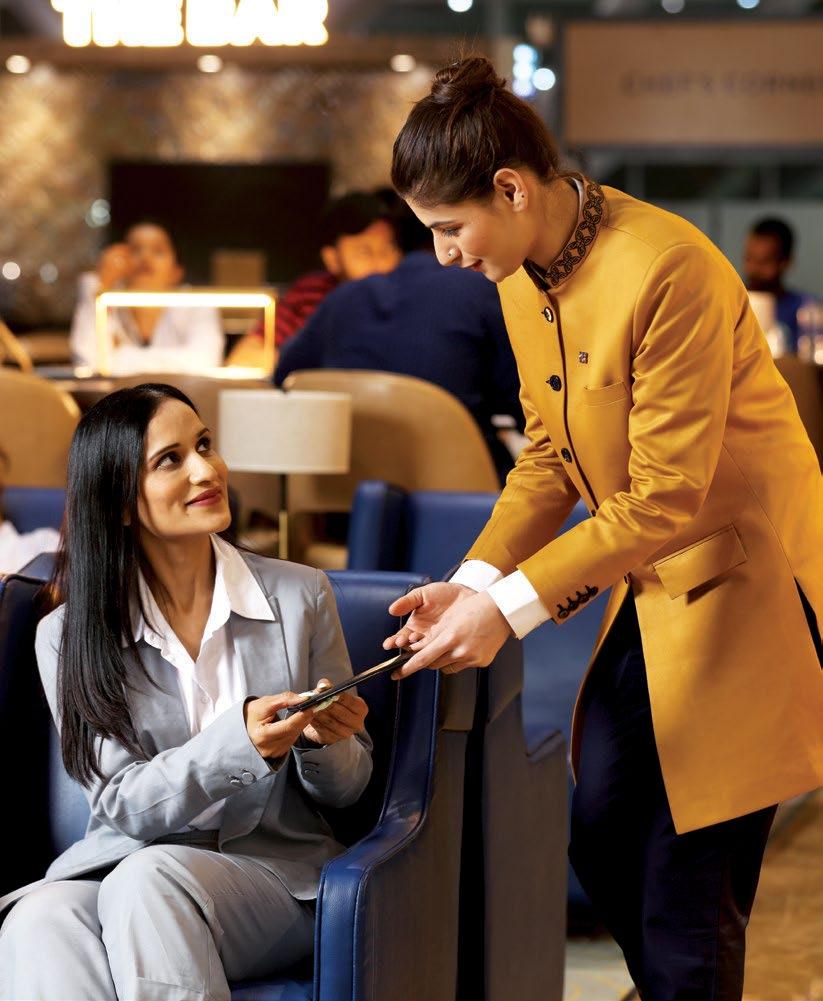
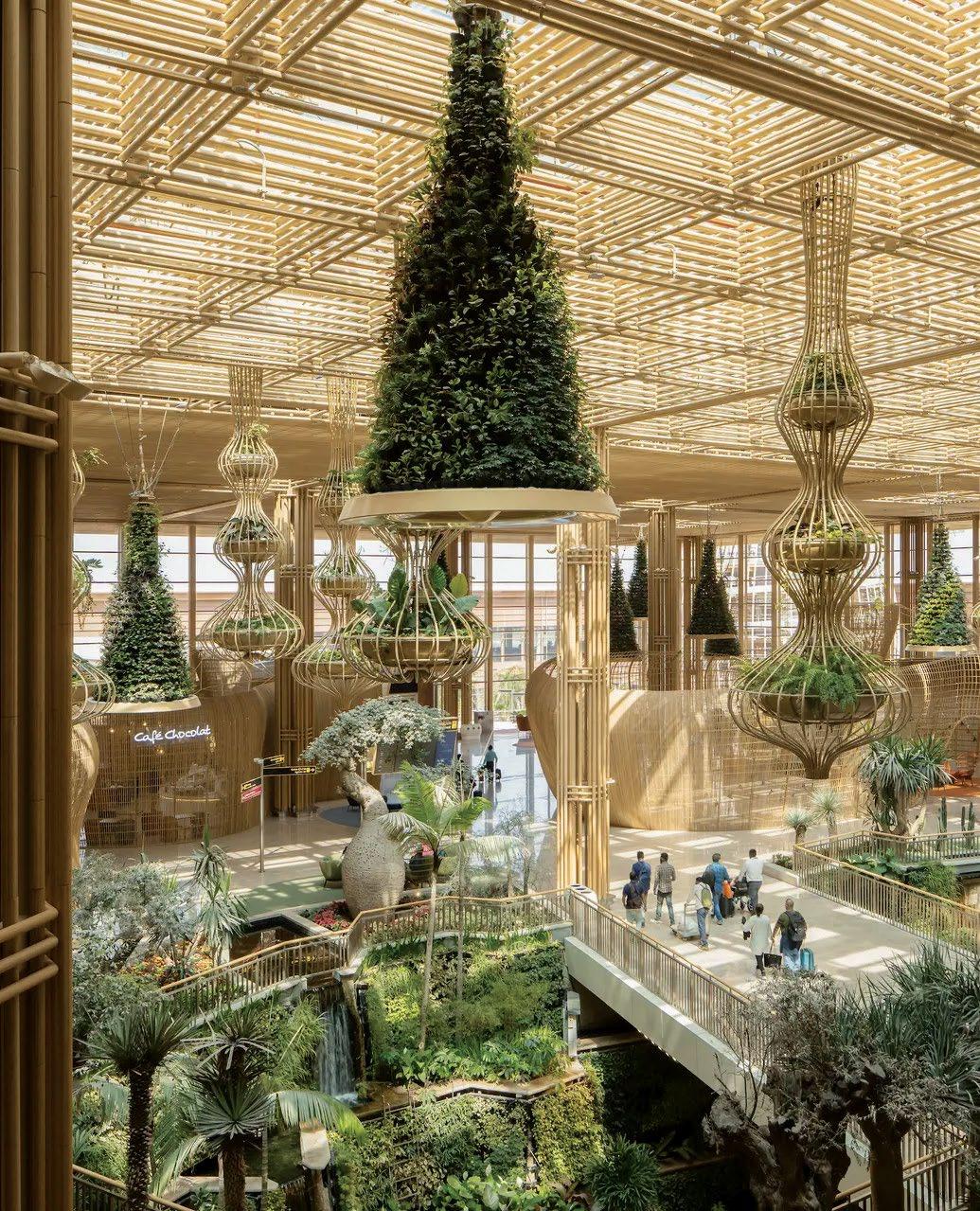


Quiet zones, secure check-in, ‘boarding bites’, global retail and dining options, AI-aided navigation, a range of entertainment options, massages—Indian airports are upping the game to offer better airport experiences.
As you step past the security check in at Delhi airport’s newly refurbished T1, you would be forgiven for thinking you had stepped into an upscale mall. Or at Bengaluru's Kempegowda International Airport T2, you could excuse yourself for thinking you had absentmindedly strayed into a forest—or a really fancy food court. Its concept of ‘a terminal in a garden’ catapults it into the few new-age airport terminals category in the country, complete with enviable green credentials. India’s airports are upscaling, and how.
For long, Indian travellers to Singapore have budgeted extra time for Changi. Repeatedly voted the world’s best airport in recent years, Changi with its butterfly garden, cinema halls, waterfalls, gardens galore, numerous activity/ nap time areas, a plethora of lounges and, of course, world class retail, and quite often, free shopping vouchers for those transiting through the airport, is the benchmark airports around the world seek to emulate.
Indian airports have not quite had the same reputation in the past. Perhaps even now. Notably however, the airport experience for Indian traveller is improving fast as operators realise that not just passengers want better services, there is a considerable pot of gold for those getting it right. Skytrax, a UK-based consultancy that runs an airline and airport review website, has rated five Indian airports in its list of 100 best world airports: Delhi (at 32); Bengaluru (at 48); Hyderabad (at 56); Mumbai (at 73) and MOPA Goa (at 80), indicating the transformation of Indian airports from drab to glamorous.
India’s relatively faster growth at the moment is getting reflected in airport spends, though this is limited to the top few airports, chiefly serving India’s metros. According to AX24: The Age of the Airport Experience 2024 report by Airport Dimensions, India will spend approximately 980 billion rupees ($12 billion) between 2023-2025 on airports, in order to ease the pressures that ever-growing demand is putting on existing infrastructure. By 2025, there will be 220 airports in the country—up from 148 at the start of 2023.
BELOW: The eye-catching Opium store at CSMIA, Mumbai.
RIGHT: Wellness options, such as the Encalm Spa, have rapidly risen as India’s leading options.
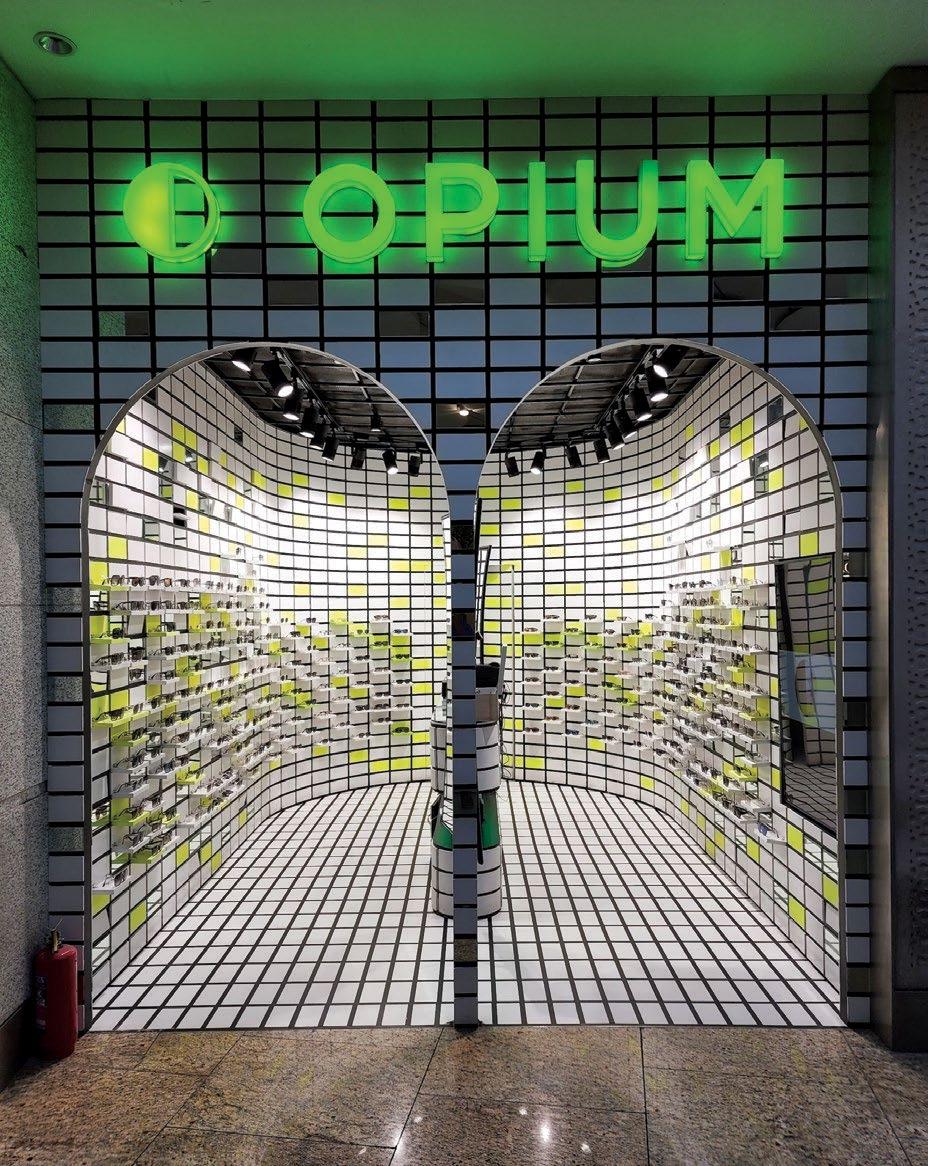
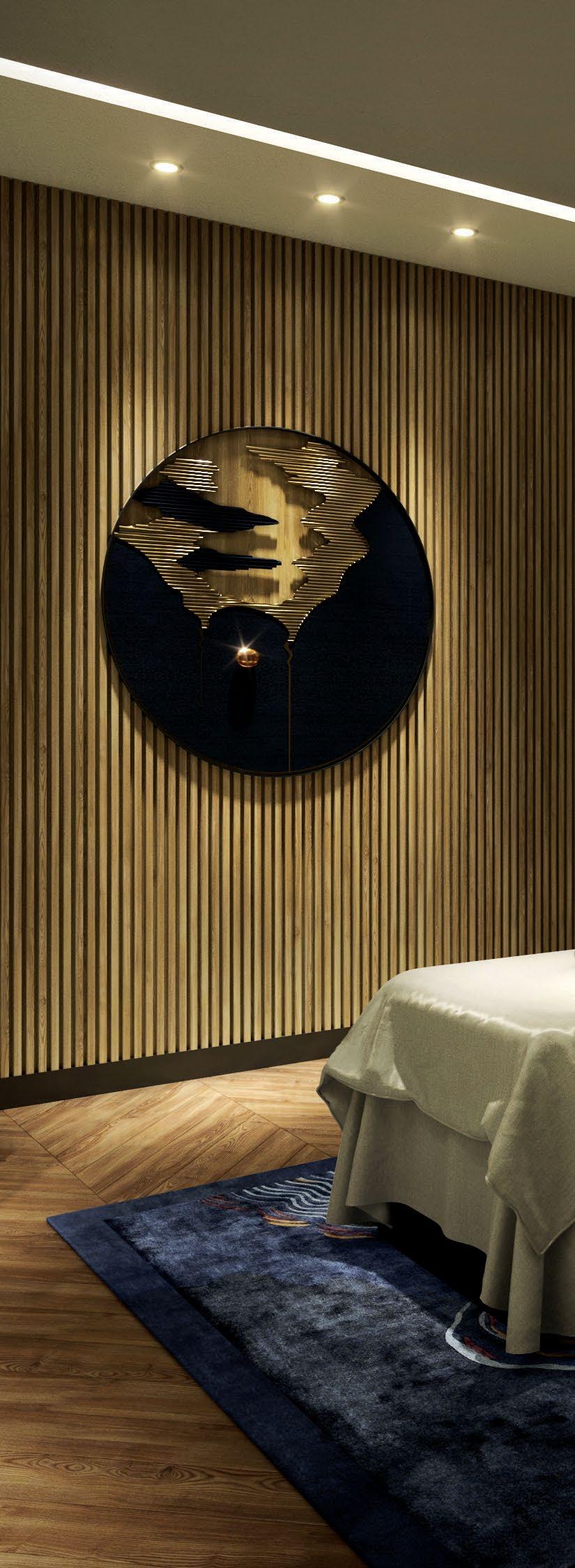

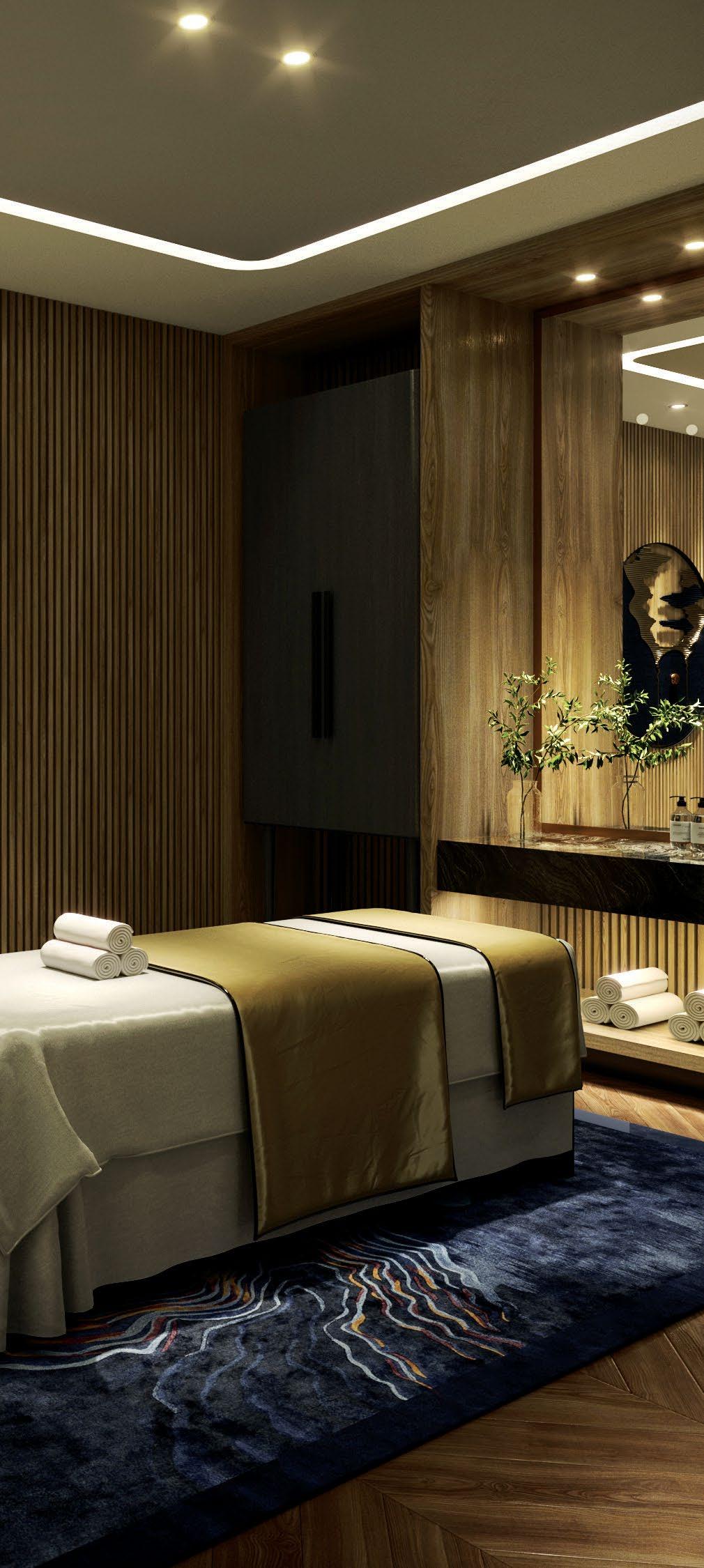
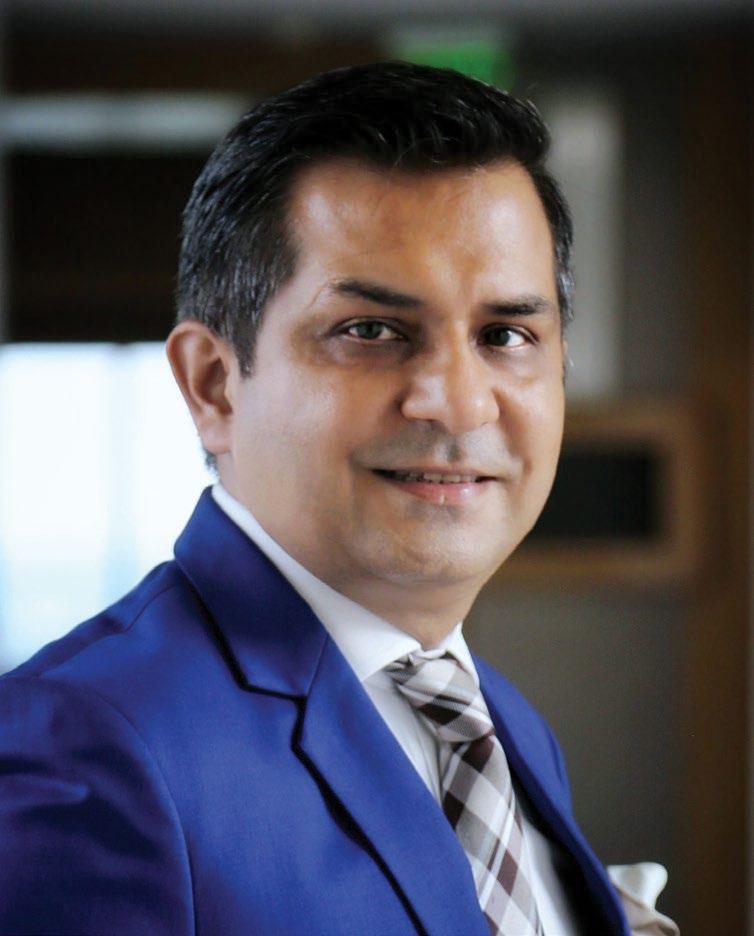
VIKAS SHARMA CEO, ENCALM HOSPITALITY
“At Encalm, we are transforming the airport from a transit point into a luxurious, experienceled destination.”
The report also indicates that Indian travellers expect 16% growth in travel frequency over the next 12 months, compared to a global average of 8%. That means that of those surveyed for AX24, each Indian traveller is predicted to make an average of 6.5 trips in the year ahead. This growth is being driven by increased expectations on business travel, which is growing at 22% in India versus a global average of 11%, and increased international travel of 35% against the global average of 16%. India mirrors the wider global trend for travel frequency being driven primarily by millennials and Gen Z travellers. "As one might expect from the fastest-growing aviation market in the world, the Indian travel sector is redefining modern
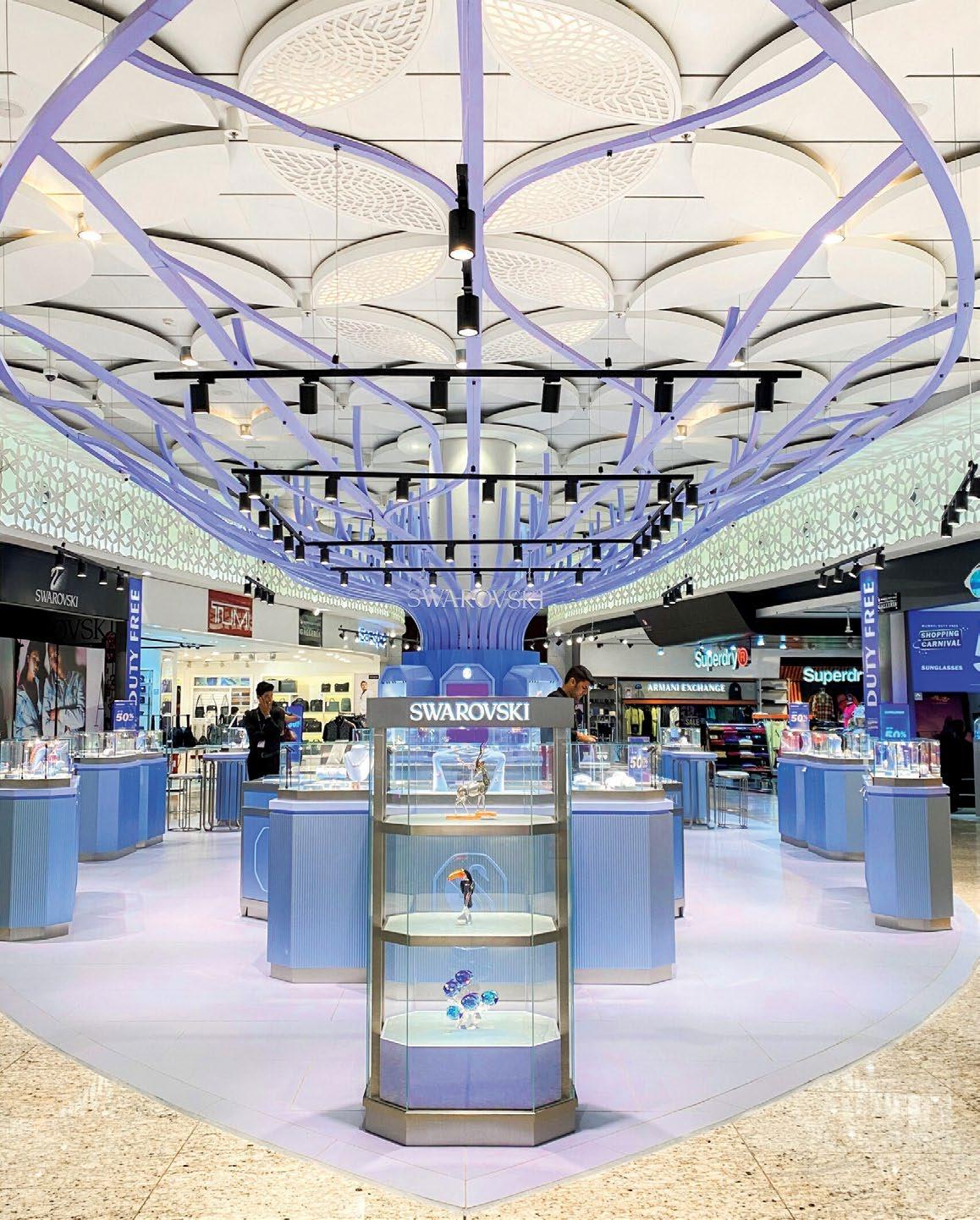

travellers' expectations for airport experiences,” says Errol McGlothan, President, EMEA & APAC, Airport Dimensions.
“These evolving expectations and behaviours will significantly influence the global airport landscape."
While most of India’s airports are still operated by the Airports Authority of India (AAI), the pace of private airports, both greenfield and through stake sales, has increased. The government may be planning to sell half a dozen loss-making airports by the end of the financial year 2025-26, the third privatisation round for airports.
Currently, the largest operators are Adani Airports (Mumbai, Jaipur, Lucknow, Ahmedabad, Thiruvananthapuram, Mangaluru and Guwahati) and GMR (Delhi, Hyderabad and MOPA, Goa).
Both players have been continuously upgrading their facilities for enhanced passenger experiences. Delhi airport, for example, uses facial recognition technology, 20 Automated Tray Retrieval Systems (ATRS), and 108 Common Usage Self-Service (CUSS) kiosks offering passengers self-service options for check-in and baggage drop. A 360-degree virtual navigation map is available to help passengers navigate through the airport. Similarly, Mumbai’s T2 uses CUSS kiosks, facial recognition technology, has a Pranaam Meet & Greet service, and a ‘Desk of Goodness’, which utilises AI-based video analytics to provide enhanced passenger assistance. Passengers can order meals and drinks to be delivered to their gate.
Retail therapy is big, even at airports. The report indicates that Indian travellers show interest in traditional airport retail, more so than their global counterparts. This enthusiasm is likely fuelled by the recent surge in new, modern airport infrastructure boasting a wider variety of shops and brands.
However, again, this is true only for India’s biggest airports. Even a cursory glance at new airport terminals at fairly large cities such as Jaipur or Pune show a lack of enthusiasm for airport retail and dining— though probably reflecting the quality of services available.
The retail experience at selected Indian airports has evolved significantly, transforming airports from mere transit hubs into vibrant


EXTREME LEFT: Retail is one of the fastest growing category at Indian airports, attracting even luxury brands, like the Chanel store at the New Delhi airport.
LEFT: Mumbai Airport offers the Pawfect initiative, where therapy dogs are available for passengers to interact with at Terminal 2.
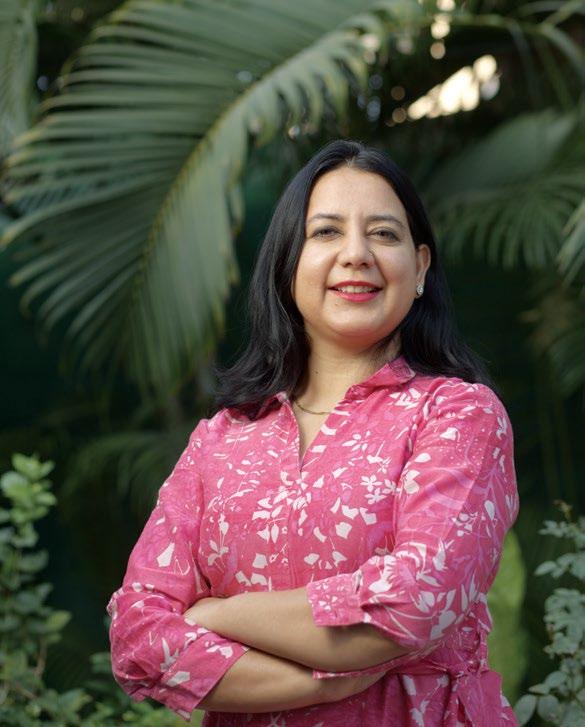

Liquor accounts for 65% of duty-free sales at Indian airports (global avg: 17%).
Delhi IGIA and Mumbai CSMIA lead the pack with $109M and $84M in duty-free revenue (2019). Mumbai flyers rank among the highest global spenders, averaging $7 per passenger.
CO-FOUNDERS, MEGHAVI WELLNESS
“The presence of spa and wellness facilities at airports is becoming a key factor in improving the overall passenger experience.”
RECENT LAUNCHES & HIGHLIGHTS
Spirit of India by Rampur Distillery
Location: Mumbai T2 | Date: July 2025
Exclusive single malts aged in Himalayan oak featured through immersive tastings and storytelling showcases.
Budweiser Pop-Up Experience
Location: Delhi T1 | Date: July 2025
Interactive beer activation with branded merchandise, tapping into Gen Z’s love for premium brews.
Johnnie Walker Boutique
Location: Mumbai T2 | Ongoing
India’s only dedicated JW outlet, offering exclusive blends like Blue Label and the Icons Collection.
Delhi Duty Free
Carries travel-exclusive editions from Glenfiddich, The Macallan, and Chivas Regal.
Craft Spirits Rising
Indian brands like Amrut, Samsara, Hapusa, and Jaisalmer Gin are gaining traction—especially in Bengaluru and Chennai— thanks to native ingredients and eye-catching formats.
Focus on rare whiskies, artisanal gins, and smallbatch vodkas.
Use of Himalayan botanicals and native grains for local-global appeal.
Click & Collect services enable pre-orders for pickup post-security.
Tasting zones and immersive displays are enhancing discovery and purchase.
High rentals (₹3,000–₹5,000/sq. ft.) limit inventory and slow rollout of special editions.

CHAIRMAN
AND MANAGING DIRECTOR, KNIGHT FRANK INDIA
“The total opportunity for airport retail to be approximately $9.3 billion by 2030.”
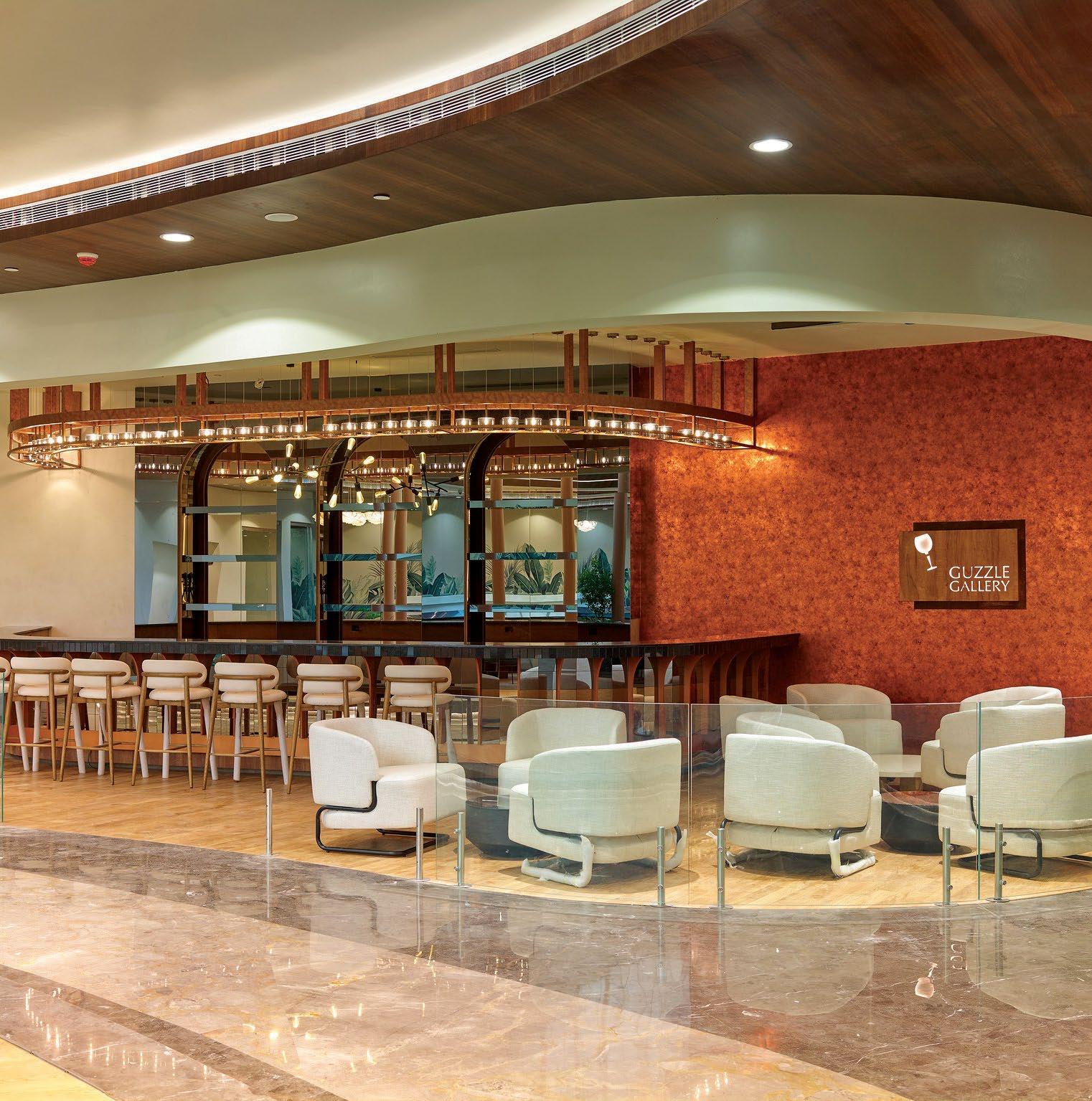
to reach $2 billion. Real estate opportunity for Indian airport operators is projected to be $1.6 billion (about ₹11,350 crore) by 2030, global property consultancy Knight Frank said in its report on transit retail. "The total opportunity for airport retail will be approximately $9.3 billion by 2030, up from the estimated market size of $1.4 billion in 2019," it said. Dutyfree retail, which is about 50 per cent of the total retail opportunity at $0.7 billion currently, is expected to grow to $2 billion during this period, it stated.
According to Knight Frank's research, Delhi airport earns close to $10-11 duty-free revenue per passenger, while Mumbai earns a duty-free revenue in the range $9-10 per passenger and Bengaluru airport stands in the range of $5-6 per passenger.
retail and lifestyle destinations. Below is a detailed overview based on available information: Indian airports have become key retail hubs due to increasing air passenger traffic, infrastructure upgrades, and a growing consumer base with higher disposable incomes. The airport retail market is projected to grow from $1.4 billion in 2019 to $9.3 billion by 2030, with duty-free retail expected
The share of non-aeronautical revenue for Delhi, Mumbai and Bengaluru airport for 2019 financial year stood at 70%, 54% and 49%, respectively, the report said. For the airports managed by the Airports Authority of India, the share of non-aeronautical revenue stood at 13 per cent. "Today non-aeronautical revenue has become a very vital component to measure an airport's health and success. The rise in the number of global travel passengers and the changing demographics are bringing a paradigm shift in how retail and food and beverage offerings are viewed at an airport," Knight Frank India Chairman and Managing Director Shishir Baijal said.
Brands like Marks & Spencer, Mango, Lacoste, Tommy Hilfiger, Hidesign, Da Milano, Samsonite, Fossil, Forest Essentials, Tanishq, Amrapali Jewels, and Swarovski are found in most large Indian airports. Unique offerings include the Johnnie Walker outlet at Mumbai’s T2, the


One of the more notable innovations at Indian airports is the Digi Yatra service, which is now operational at 24 airports across the country. It is redefining the future of air travel in India by making journeys more seamless, efficient, and secure. Leveraging facial authentication technology, the platform enables a paperless, contactless experience where a passenger’s face becomes a single token of identity.
“This innovation significantly enhances traveller convenience by
eliminating the need to wait in long queues at multiple checkpoints,” points out Suresh Khadakbhavi, CEO, Digi Yatra Foundation. “Passengers can swiftly pass through airport gates without repeatedly showing ID proofs or boarding passes, ensuring a smoother and faster airport journey.”
Digi Yatra has revolutionised passenger movement through terminals, enabling travellers to clear key checkpoints in just five seconds using facial biometrics as a single-token identity. Khadakbhavi points out that this experience has resonated strongly with travellers, who
increasingly value speed, convenience, and minimal physical contact. “Equally important is the platform’s strong commitment to privacy and security. Built on a Self-Sovereign Identity (SSI) framework and following Privacy by Design principles, Digi Yatra ensures that users’ data remains safe, with their personal information deleted by the Airport Verifier within 24 hours of their flight’s scheduled time of departure.”
Ever since its inception in 2022, Digi Yatra has received an overwhelmingly positive response, reflecting its growing impact on India’s aviation ecosystem. Backed by the Ministry of Civil Aviation and
operated by the Digi Yatra Foundation, it has had over 13 million downloads as of May 2025.
Digi Yatra is poised to enter its next phase of growth, with ambitious plans that align with India’s vision of becoming a global aviation hub. The platform is set to expand internationally by 2025, bringing the same seamless, paperless travel experience to global passengers. Key upcoming features include a realtime support chatbot, guardianship functionality for enrolling and managing travel for dependent minors, and expanded applications beyond airports—such as access control at public venues like stadiums.
India’s largest duty-free: 1,000+ brands, 43,000 products.
$10–11 dutyfree revenue per passenger (highest in India).
$109M total retail revenue (2024).
A snapshot of retail and duty-free highlights across major hubs
Home to India’s first airport Chanel store (T1, 2025).
86% of retail space = F&B & non-duty-free.
₹400 crore in annual duty-free sales.
700,000sq.ft. retail space at T2.
Premium lounges, gourmet dining, world-class shopping.
Highlights: A 100-year-old dosa stall & sensory room for neurodivergent travellers.
$5–6 dutyfree spend per passenger.
$26M retail revenue (2019).
$9–10 duty-free revenue per passenger.
Brands: Croma, Shoppers Stop, Hidesign
$84M retail revenue (2019).
Mumbai travellers are India’s top spenders: $7 avg. per passenger
Kolkata offers extensive retail opportunities, including the enviable Biswa Bangla, Tanishq, Benetton, Gute Rise and much more.
Chennai’s Aerohub Mall: Reliance Retail, Pantaloons, Starbucks, Burger King
A new addition is the budget dining at Udaan Yatri Cafe, Netaji Subhas Chandra Bose International Airport (snacks from ₹10).
only one at an Indian airport, and experiences like the Flight for Fantasy simulator. Bengaluru Airport features a rotating art gallery and sensory rooms for neurodivergent passengers. Delhi even boasts a Chanel airport store, opened in 2025, the first luxury brand to open in an Indian airport. Over 300 million passengers travelled through Indian airports in FY 201718, growing at 16.5% year-on-year, creating a captive audience with time to shop.
When the amenities are available, Indian travellers are some of the most enthusiastic global lounge users, with three-quarters (76%) suggesting that they use airport lounges, compared to 50% worldwide, reveals the AX24 report. 84% Indian travellers believe that more lounge access options would significantly enhance their airport experience.

Increased lounge access options can also be instrumental in helping to manage passenger flow and addressing overcrowding at the lounge check-in counters.
For a frequent flyer, the greatest tool to have at airports is Priority Pass, a programme that provides members access to airport lounges around the world. Collinson International, owner of Priority Pass, reported a 56% increase in visits to airport lounges and travel experiences by Indian

ERROL MCGLOTHAN
PRESIDENT,
EMEA & APAC, AIRPORT DIMENSION
“The Indian travel sector is redefining modern travellers' expectations for airport experiences.”
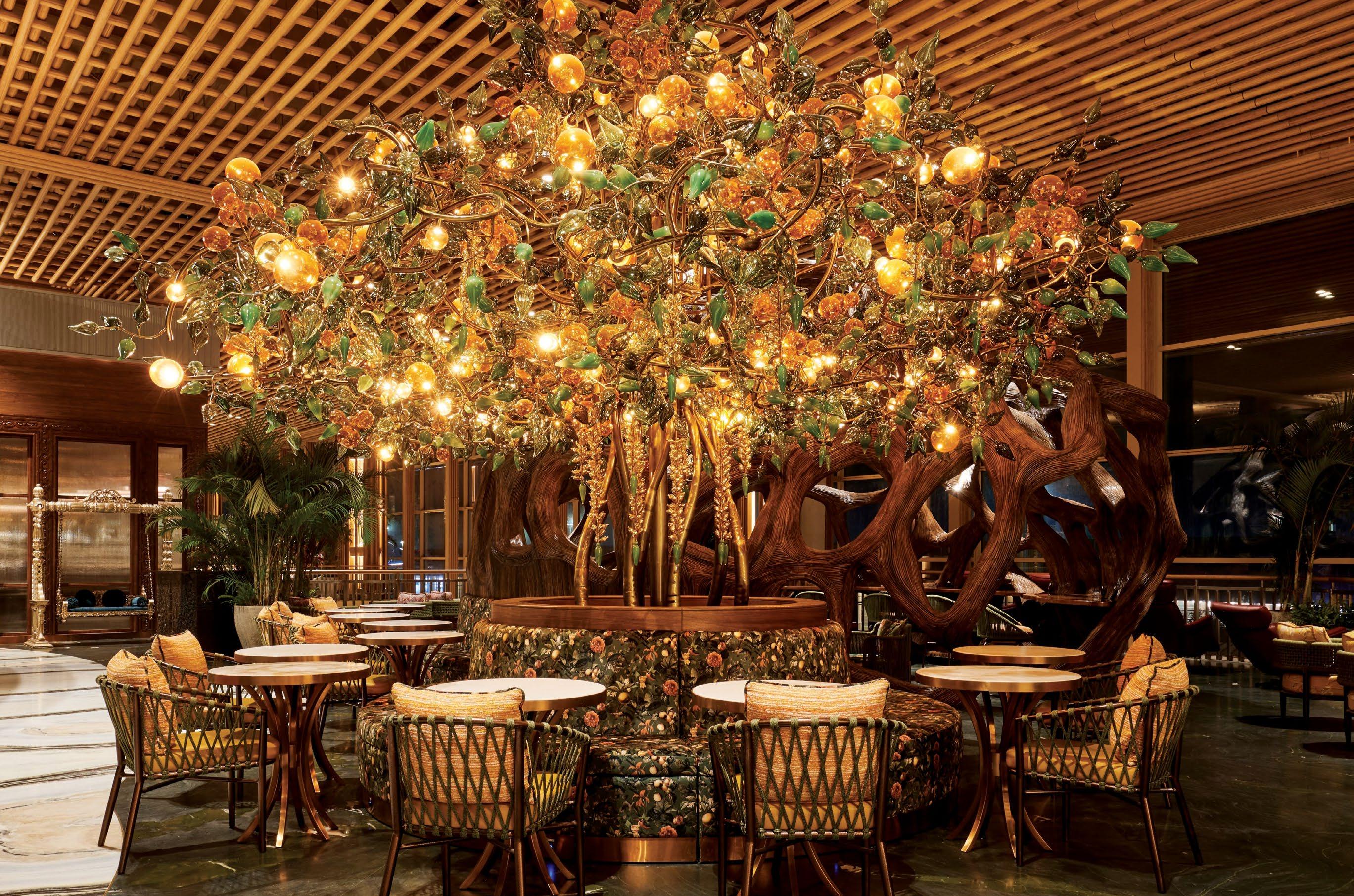
travellers in Asia Pacific during the first half of 2024 compared to the same period in 2023. Even more significantly, Priority Pass lounges and travel experiences have seen a considerable increase in popularity among domestic travellers.
Encalm has emerged as a leading player in this transformation, offering a full suite of premium services designed to enhance every stage of the journey:
Atithya provides a seamless meet-and-assist experience—from check-in to luggage handling, buggy transfers, porter services, and more.
Encalm Lounges are equipped with high-speed Wi-Fi, live food counters, and plush seating, offering a refined space for business and leisure travellers alike.
Encalm Privé, their flagship lounge for high-value and business-class passengers, brings together spa and gym access, nap pods, a gaming zone, and family-friendly play areas.
Encalm Spa delivers rejuvenating treatments and massages—ideal for layovers or pre-flight relaxation.
Transit by Encalm, available in Delhi and Hyderabad, offers interminal accommodation with rooms, spa services, and 24/7 dining for
transit passengers and short-stay travellers.
This emphasis on personalisation, wellness, and hospitality-driven design signals how Indian airports—and their service partners—are reimagining what a terminal can offer.
“At Encalm, we are transforming the airport from a transit point into a luxurious, experience-led destination,” says Vikas Sharma, CEO, Encalm Hospitality. “Our lounges are designed for comfort and sophistication—offering gourmet cuisine, wellness amenities, and refined interiors that set a new benchmark for indulgence in travel. There is a tremendous opportunity in the growing Indian aviation sector, which is witnessing a sharp rise in passenger expectations. Travellers


RISHI
FOUNDER, AÉROMÉ
“At Aéromé, we don’t just design fragrances. We design experiences, emotions and moments that stay with you for a lifetime and travel with you.”
today are seeking not just convenience, but experiential, wellness-driven, and personalised services. This shift is opening new avenues for us to innovate across lounges, technology, and ancillary services—always with excellence as our guiding principle.”
Sharma admits there are challenges too. “Growth in airport environments does come with its challenges—particularly in ensuring uniform service standards across multiple locations, each with their own logistical, cultural, and infrastructural nuances.”
However, he is confident about the future. “We are at an
exciting juncture in our journey, and our expansion strategy is focused on growing both horizontally and vertically—geographically, across services, and through the creation of a 360-degree hospitality ecosystem,” points out Sharma. “Domestically, we are deepening our presence in high-growth metros and Tier II cities, working closely with airport authorities to design experiences that resonate with evolving passenger expectations—while staying true to Encalm’s premium and consistent brand identity.”
A significant role in enhancing any indoor experience is, of course, via the sense of smell. Mumbai-based Aéromé specialises in premium ambient scenting solutions for various industries, including airports.
As Rishi Chhabria, Founder, Aéromé, puts it, “Airports are no longer just transitional zones. These are places where memories are made, stories begin, and impressions last. At Aéromé, we don’t just design fragrances. We design experiences, emotions and moments that stays with you for a lifetime and travel with you. The moment a passenger steps into an airport, their journey begins—not just in terms of transit, but in terms of emotional experience. From the smell of freshly brewed coffee to the calming scent of a clean terminal, olfactory cues work in the background, often unnoticed, yet deeply influential.”
Chhabria points out that as passengers spend time within the airport; the fragrance continues to work subtly in the background. Without changing, the composition gradually allows the heart notes to become more noticeable—creating a sense of calm, stillness, and familiarity. In terminals filled with constant announcements and visual noise, a soothing olfactory layer can bring a sense of grounding. For modern travellers—especially those navigating complex global itineraries—
Aéromé designs its fragrances to reflect not just universal comfort but also the unique cultural soul of each airport.

this calm becomes essential. “At Aéromé, we tailor these heart notes to reflect not just universal comfort but also the unique cultural soul of each airport. Whether it's a floral tone reminiscent of the region’s native blooms or a spice note rooted in its culinary heritage, the heart of the fragrance reflects the identity of the destination.” A relaxing atmosphere for passengers directly leads to greater propensity to browse through the retail section or dine at one of the outlets—augmenting airport operator revenues.
Designing a fragrance for an airport is not a one-size-fits-all exercise but a fine balance of art and science—requiring a nuanced understanding of spatial dynamics, human psychology, air circulation, and cultural sensitivity. Aéromé, which is currently in several Adani and GMR airports, collaborates closely with airport planners, architects, and brand custodians to craft olfactory identities that are both functional and emotionally resonant. Of course, the aromas may differ. A beachside airport may carry tropical citrus and coconut notes that instantly set the tone for a vacation. A metropolitan hub may choose crisp citrus and aromatic herbs to signal modernity, precision, and efficiency.
Yes, easily the most sought-after destinations at an airport are the dining options, even if they are only to rest the luggage and get free wifi. Aligned to a global trend towards the importance of food and beverage (F&B), Indian travellers say that the F&B offering is the most important factor when deciding to purchase lounge access, even more important than their wait time at the airport, according to AX24
While dining options are available at most airports, world-class food options are only at a select few. Terminal 2 at Kempegowda International Airport in Bengaluru perhaps shows the way. Among its dining options are international names such as Wolfgang Puck Kitchen + Bar, PF Chang's, Hard Rock Cafe, Maiyas, Johnny Rockets, Giraffe, Gully Kitchen, Starbucks, Costa, Brioche Dorée, The Quad and more.
While Mumbai’s T2 and Delhi's T3, India’s busiest airport terminals, have been vast improvements over what they replaced, few reviewers, especially on social media, have been kind in their assessments of the available choices. Travel Food Services (TFS), arguably the largest airport food services operator with over 30 lounges and 350-plus QSRs, and present at both airports, has been making changes, though they are yet to compare favourably with international airports that Indians are increasingly frequenting. TFS, which already has Subway, Burger King and Krispy Kreme amongst others, is looking to bring in brands such as Wagamama to India’s airports soon.
Studies indicate Indians travellers over-index on desire for wellness and grooming and gaming services versus the global average, showing a keen appetite for unique ways to elevate their time at the airport, according to AX24
The presence of spa and wellness facilities at airports is becoming a key factor in improving the overall passenger experience, say Megha Dinesh and Prashant Jain, Co-Founders, Meghavi Wellness. “Air travel can be stressful due to long queues, delays, and crowded terminals. Wellness services such as massages, relaxation rooms, and meditation zones offer travellers a way to unwind, reduce anxiety, and feel more comfortable during their journey.”
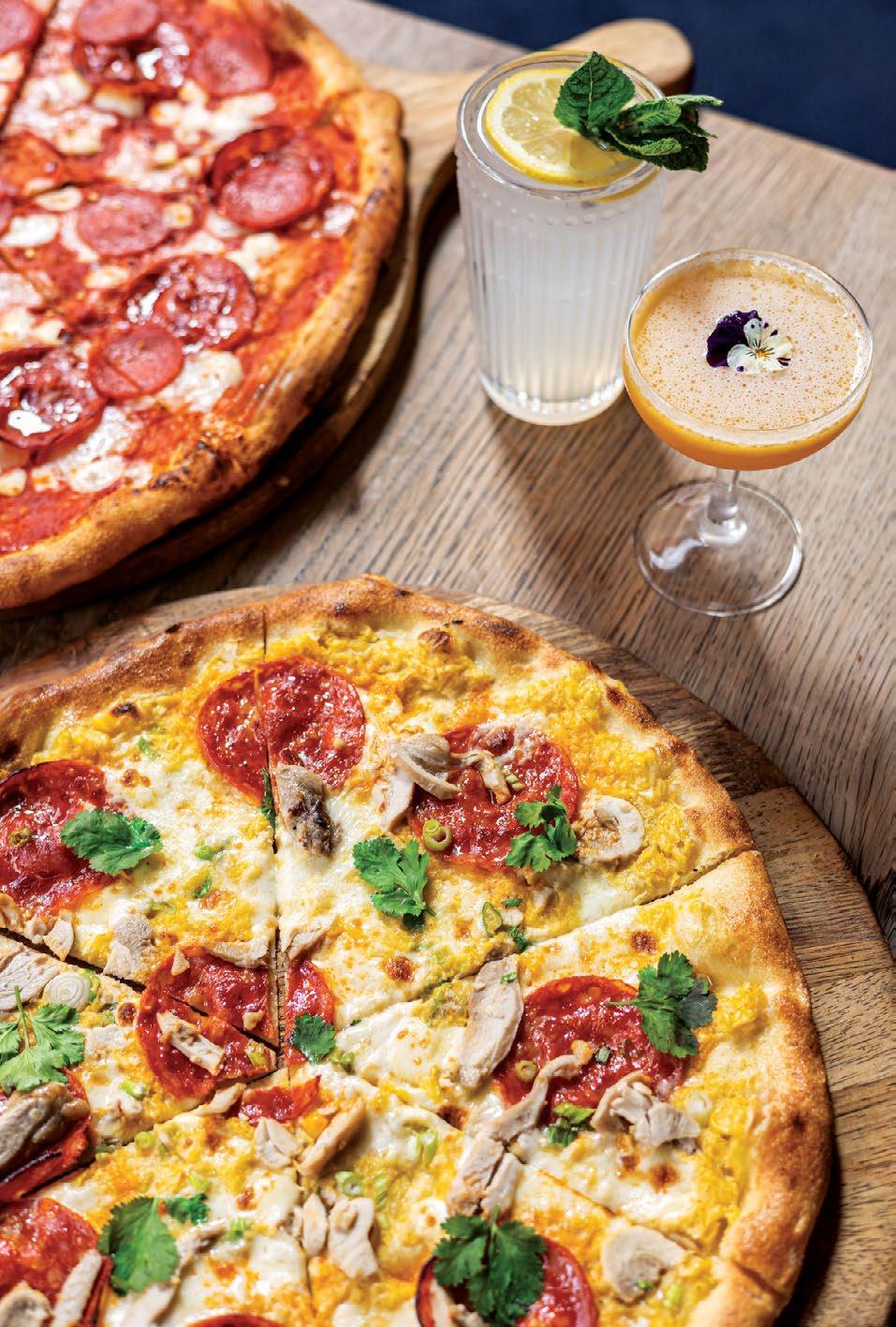
In India, the demand for airport spa services is growing steadily, points out Dinesh. “This increase is attributed to a surge in premium travellers and the proliferation of credit card programmes offering complimentary lounge and spa access. The Indian spa market itself is experiencing significant growth, with its value reaching $2.02 billion in 2024 and projected to expand at a CAGR of 9.67% to $4.63 billion by 2033."
All three outlets of Meghavi Wellness Spa located within the Mumbai T2 International Airport will now feature cutting-edge wellness amenities for customers, setting a new benchmark in the industry. Each outlet will be equipped with Zero Gravity Chairs, Normatec Boots Leg Revivers, and Sleep Vibroacoustic Beds, offering travellers a unique and rejuvenating experience.
This initiative marks a first in India by any wellness organisation, showcasing commitment to innovation, customer well-being, and elevating the standard of wellness services in travel environments.

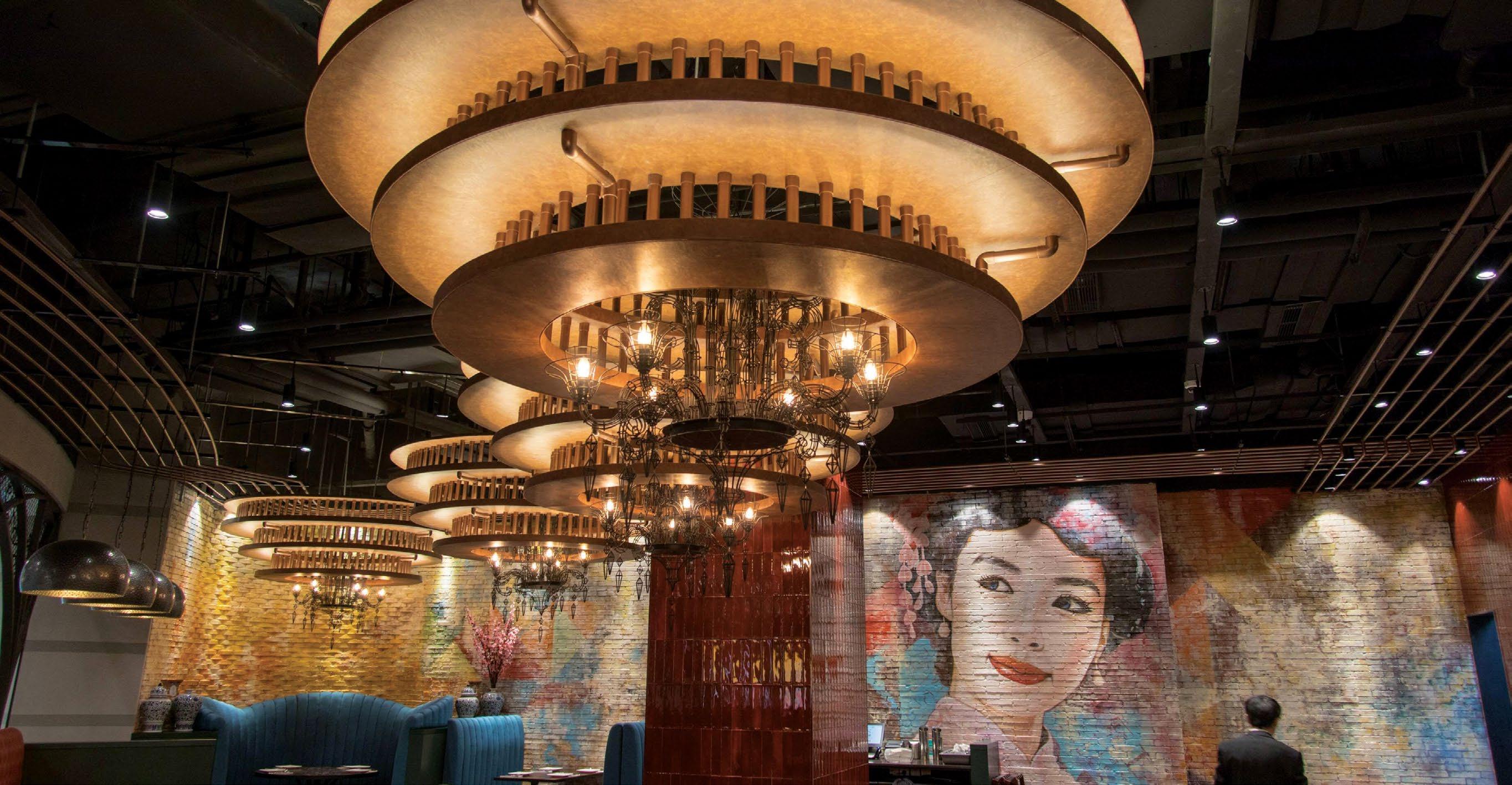
CEO, DIGI YATRA FOUNDATION
“Digi Yatra significantly enhances traveller convenience by eliminating the need to wait in long queues.”
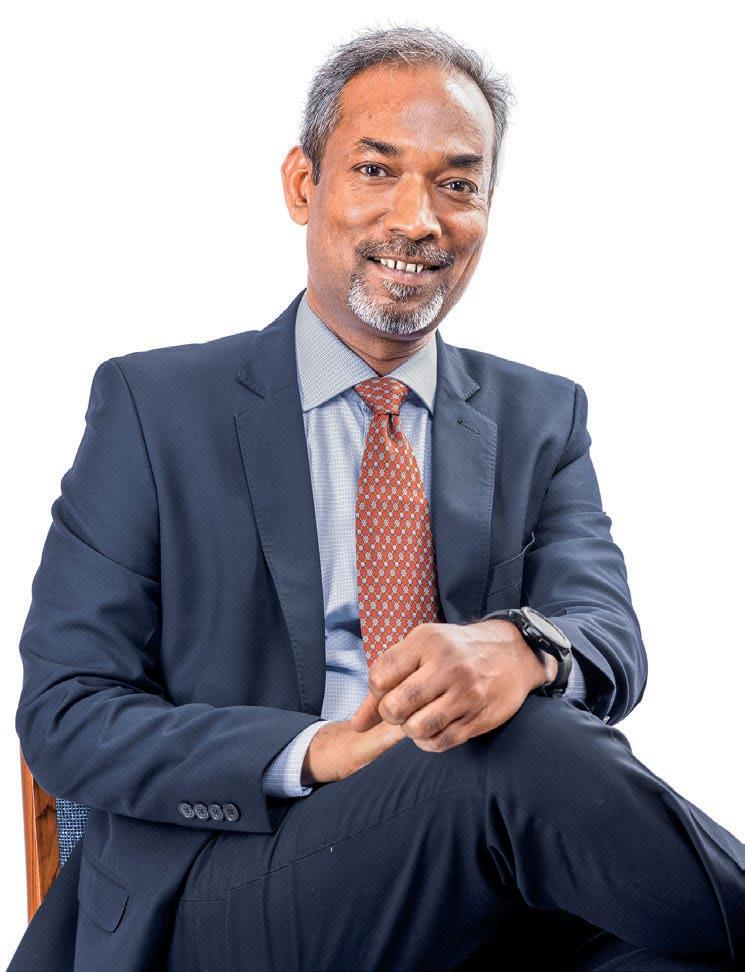
Indian travellers rely less on their airline, e.g. class of travel and Frequent Flyer Programme (FFP) status, for lounge access, and instead use either network programs such as Priority Pass, or simply pay for access as they need it. Lounge benefits are provided through banks/credit cards. With lower levels of FFP participation, 35% in India, versus a global average of 51%, they are seeking rewards, recognition and benefits from alternative sources, and like the flexibility of travel benefits, such as lounge access, that are not tied to a particular airline. Thus, opening up greater opportunities for airports to influence travellers’ loyalty. This is a trend that will likely be mirrored around the world over time as lounge propositions and access options continue to evolve.
Mastercard’s new Airport Experiences provides cardholders with access to preflight and post-flight benefits seamlessly. Cardholders enjoy immediate access to a range of travel benefits, including baggage assistance with priority check-in on select domestic routes, and one-time access to over 53 domestic and international lounges across India.
As India has set itself a target of rapid growth in the number of airports, there are corresponding opportunities for airport service providers. According to the Mastercard Economics Institute’s Travel Trends 2024 report, travel is democratising rapidly in India, bolstered by the robust growth of the economy and a growing middle class with an appetite for travel. Nearly 20 million more people are expected to join the middle class over the next five years, and with the aspirational value airport travel holds, the outlook for India’s travel industry is decidedly bright. Just about every airport operator can look forward to a bounty from the Indian traveller, provided they ensure value. Whether an Indian airport will break into the ranks of the world’s top 10 remains to be seen, but the trajectory is promising—and passengers are increasingly making the most of what’s already available.
Think lavish, think local. The Art of Weddings by Radisson Hotels redefines “I do” with soulful traditions and seamless style.
Radisson Hotel Group (RHG) recently unveiled ‘The Art of Weddings by Radisson Hotels,’ a concept aimed at capturing a larger share of India’s booming wedding market. This thoughtfully curated program blends timeless traditions with modern elegance to craft personalised, seamless wedding experiences for modern couples who want their weddings to be unique stories.
Vikram Berry (Area Director – Marketing & Communication, South Asia), Amit Singh (Director – Sales, South Asia), and Deepika Udyan (Area Director – Revenue Optimisation, South Asia) reveal how this initiative is redefining wedding experiences across the country—one stunning celebration at a time.

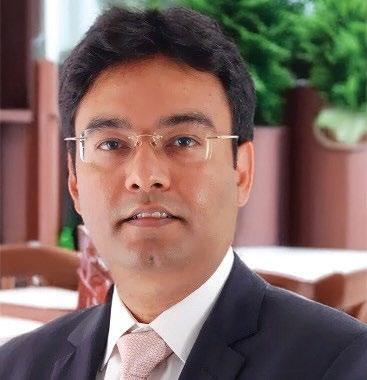
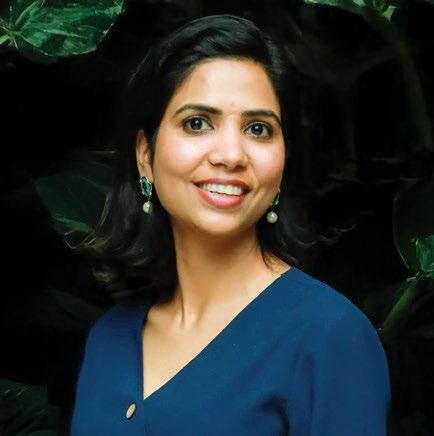





What is ‘The Art of Weddings’ and how is it redefining wedding celebrations in India?
Vikram Berry: ‘The Art of Weddings’ is our holistic wedding program that reimagines the traditional Indian wedding experience. At Radisson, we understand that weddings are not just ceremonies but deeply personal journeys for families. It’s about infusing each celebration with personal touches – from rituals to décor –in a contemporary, hassle-free format.
Amit Singh: From a sales perspective, ‘The Art of Weddings’ was designed to capture the growing demand we see in India’s wedding sector. By marrying our wide hotel presence with technology and customisation, we’re redefining how wedding planning is done, making it more convenient and tailored than ever.
Deepika Udyan: Commercially, ‘The Art of Weddings’ is a game-changer. Every wedding under this program
is meticulously planned for smooth execution and personalised to reflect each couple’s story.
Why do you believe ‘The Art of Weddings’ is ideal for Indian weddings today?
Vikram Berry: Indian weddings are a vibrant blend of traditions, culture, and contemporary style. Whether it’s incorporating a classic pheras ceremony or setting up a chic sangeet with a DJ, our approach is to respect the cultural essence while adding creative, modern flair.
Amit Singh: It’s perfect for India because of our country’s sheer diversity. Couples don’t have to compromise on location or style – the program flexibly accommodates regional cuisines, local décor elements, and customs.
Deepika Udyan: ‘The Art of Weddings’ strikes the right chord with evolving consumer expectations. That peace of
mind – knowing you’ll get both efficiency and cultural authenticity – is why this concept fits so well today.
How significant is the wedding market for RHG?
Vikram Berry: The Indian wedding market is massive and still growing. For us, it’s a robust, high-potential segment.
Amit Singh: Weddings contribute significantly to our revenue. We’ve seen an uptick in destination weddings and an expectation for professional execution.
Deepika Udyan: Weddings are a cornerstone of our commercial strategy. It’s about creating a scalable model that goes beyond one hotel hosting one big event.
What makes this program stand out?
Vikram Berry: This initiative positions Radisson as a go-to brand for weddings. We foresee ‘The Art of Weddings’ becoming synonymous with upscale, reliable wedding experiences.
Amit Singh: The program opens up new avenues for partnerships and revenue. We can personalise every moment and go beyond expectations.
Deepika Udyan: It’s a smart asset. That trust and distinct positioning give us an edge in the market.
How does the concept align with today’s generation of couples?
Vikram Berry: Today’s couples are hands-on. Our role is to provide the canvas – the venues, the expertise, the options – and help paint their dream picture.
Amit Singh: They want convenience. By centralizing services, we save them countless headaches.
Deepika Udyan: Couples want authenticity and comfort side by side. ‘The Art of Weddings’ delivers a unique, stress-free experience.


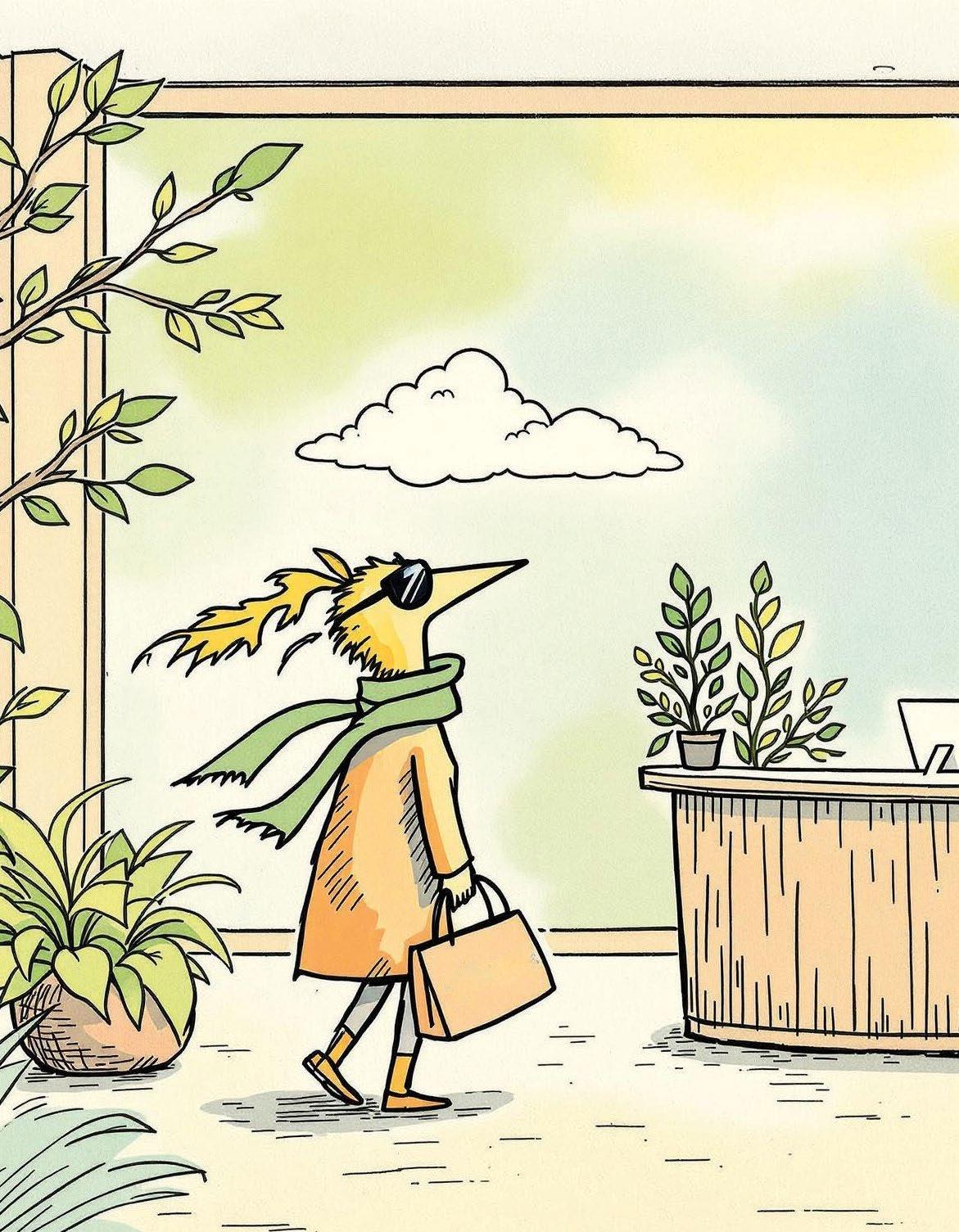

Hotels are redefining investments in sustainability while remaining conscious about rising costs.
CHANDREYI BANDYOPADHYAY

In a climate-aware world, sustainability is an imperative need. Yet, for hoteliers, the pressure to go green often collides with the realities of revenue optimisation. As guest expectations evolve and ESG reporting becomes more transparent and non-negotiable, the industry is being forced to approach sustainability with both pragmatism and innovation. With the hotel sector responsible for around 1% of global carbon emissions (and increasingly contributing to it), the need for climate action in the industry is seen as urgent.
Climate change is already reshaping hospitality. With extreme weather events and environmental needs causing closures at overexploited tourist destinations, the challenges persist. Damage to infrastructure, rising costs, and shifting tourist flows are fast reshaping fates of destinations at the mercy of nature, while stricter environmental policies and penalties are becoming the norm across fragile ecosystems and environments.
To remain viable, hospitality businesses must embed climate strategy into core operations. This includes switching to renewable energy, designing climate-resilient buildings, reducing water and energy use,
TO UNDERSTAND HOW SUSTAINABILITY CAN BECOME A LEVER AND NOT A LIABILITY, SOH ASKED HOTELIERS A FEW QUESTIONS ON THE SUBJECT.
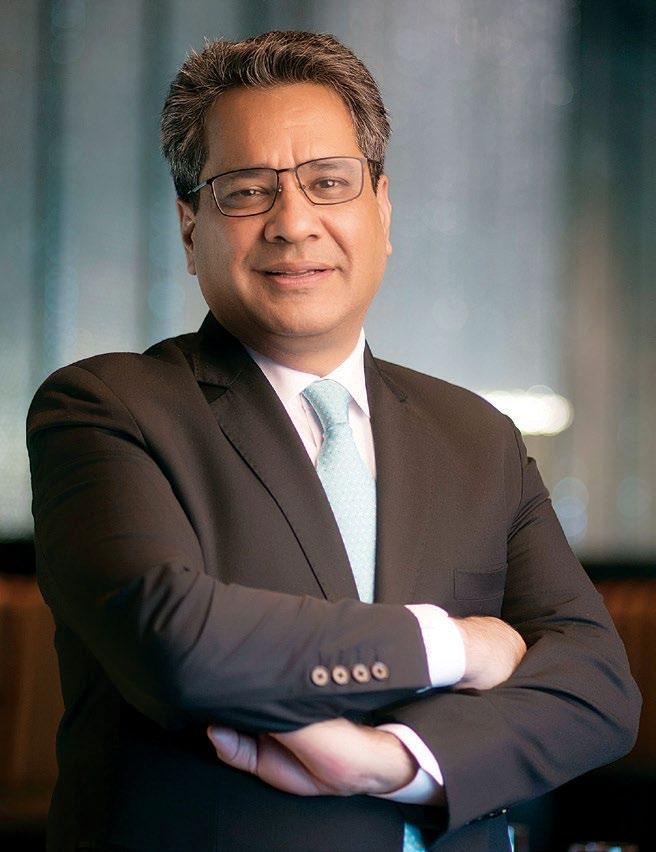
and adopting circular practices in waste and sourcing. Digital tools can further drive efficiency and engagement. From energysmart design and low-waste F&B operations to data-driven room pricing that rewards green choices, their strategies reveal that profitability and planet-friendliness are now increasingly interlinked.
Crucially, sustainability must align with business goals. Done right, climate-smart operations cut costs, attract eco-conscious travellers, and build long-term brand value. The future of hospitality depends on it.
EXECUTIVE VICE PRESIDENT –HUMAN RESOURCES, IHCL
"Paathya, our ESG+ framework, is a holistic approach to sustainability, encompassing environmental stewardship, social responsibility, and ethical governance. This year, we took bold strides with more bottling plants installed, more water recycled, and 38.3% of our energy now procured from renewable sources."
BHATNAGAR CEO, THE LEELA PALACES, HOTELS AND RESORTS
"We work with a network of partners who share our values and vision, like Phool—who help us upcycle floral waste, contributing to the circular economy, and the Satyarthi Movement for Global Compassion to support child-friendly villages and empower women in rural Rajasthan."

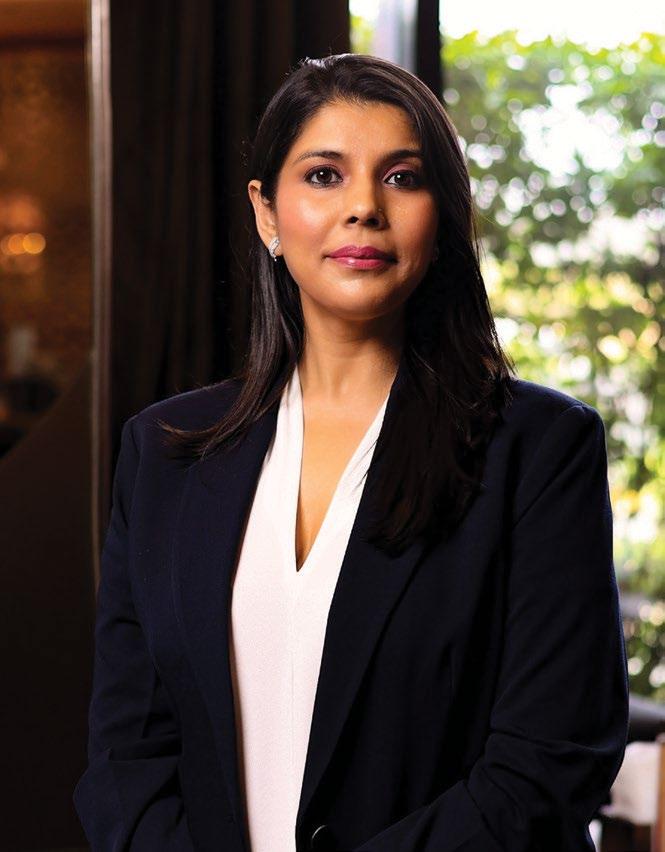
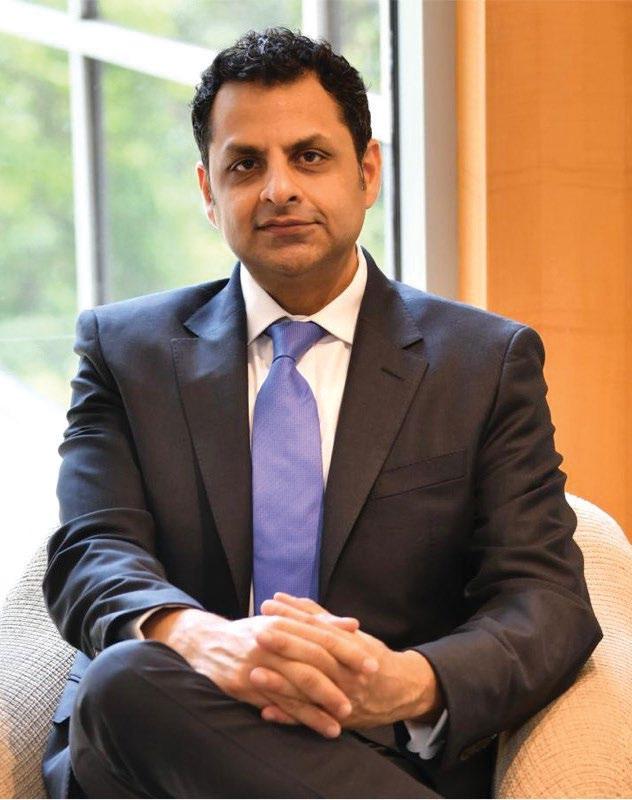
REGIONAL VICE PRESIDENT - OPERATIONS, INDIA & SOUTH WEST ASIA, HYATT
“Guests increasingly value sustainable experiences, making it a key differentiator. Therefore, our approach has been to focus on smart investments that yield both environmental benefits and long-term financial savings.”
BADHWAR HEAD OF COMMERCIAL, ACCOR INDIA & SOUTH ASIA
"We work closely with a mix of global and local partners who bring in both expertise and on-ground relevance. A recent example is our partnership with WWF, launched through Novotel, which focuses on ocean conservation and sustainable food sourcing. Recently, ibis hotels across cities like Mumbai, Chennai, Goa, and Kochi organised beach clean-up drives on World Oceans Day."
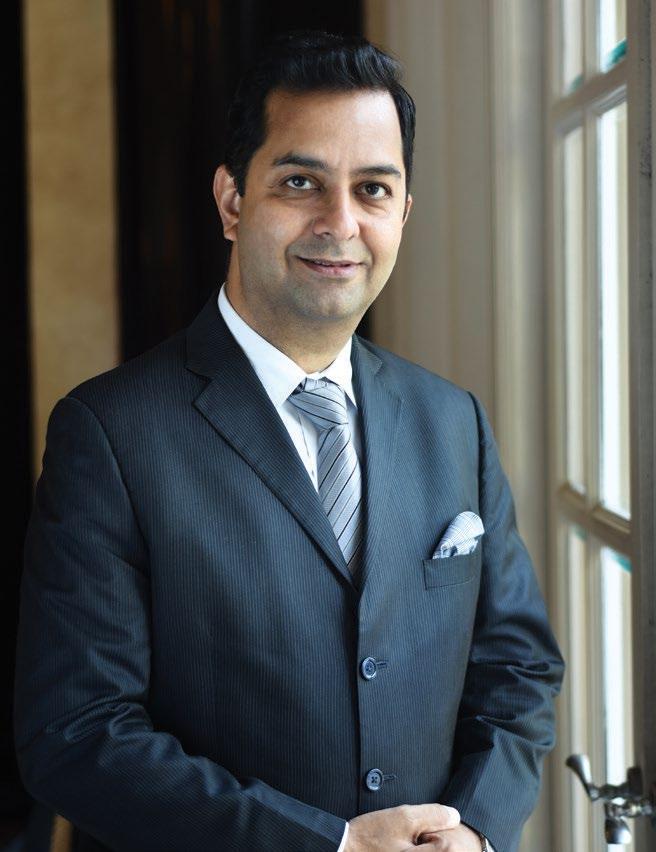
GENERAL MANAGER, ITC MARATHA
“At ITC Hotels, sustainability is core to our philosophy of ‘Responsible Luxury’. We are proud to be carbonpositive, water-positive, and solid waste-recycling positive for over a decade.”
GENERAL MANAGER, ITC WINDSOR
“We follow eco-conscious practices not only to protect the planet but also to safeguard the business. A notable initiative is Sunya Aqua—zero-mile water, purified and bottled inhouse using atmospheric water generation.”
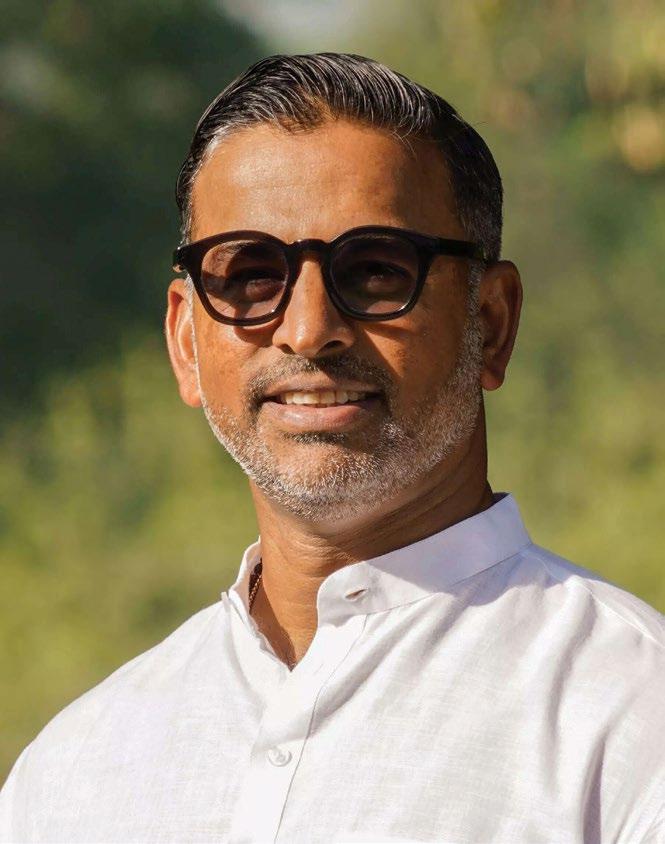
GENERAL MANAGER, AMANBAGH, AND REGIONAL DIRECTOR, AMAN INDIA
“Our sustainability efforts are deeply rooted in local partnerships that not only reduce environmental impact but also support community livelihoods.”
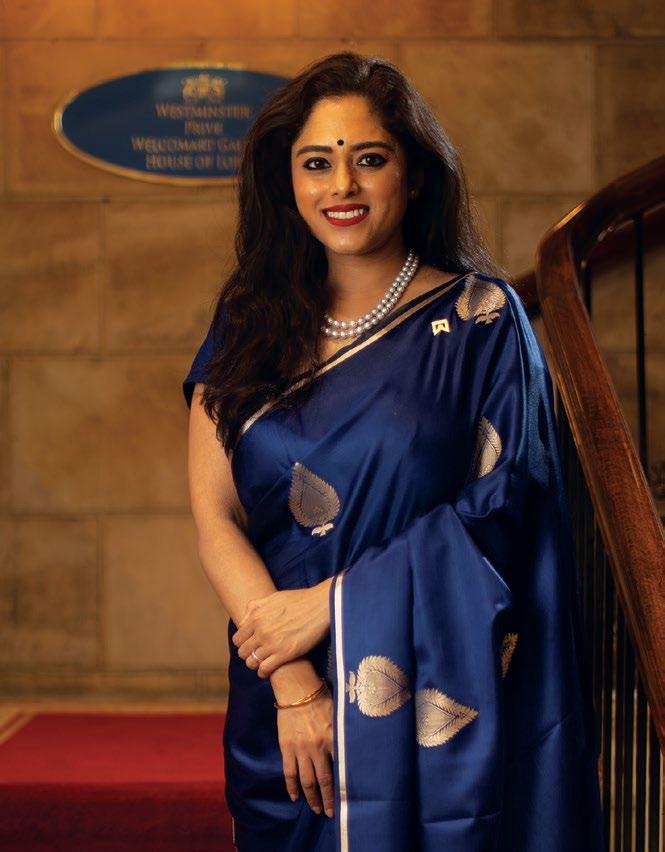
GENERAL MANAGER, FOUR SEASONS HOTEL BENGALURU
“Our biggest partners are our guests. Most of them actively support environmentally friendly hotels and endorse our efforts.”
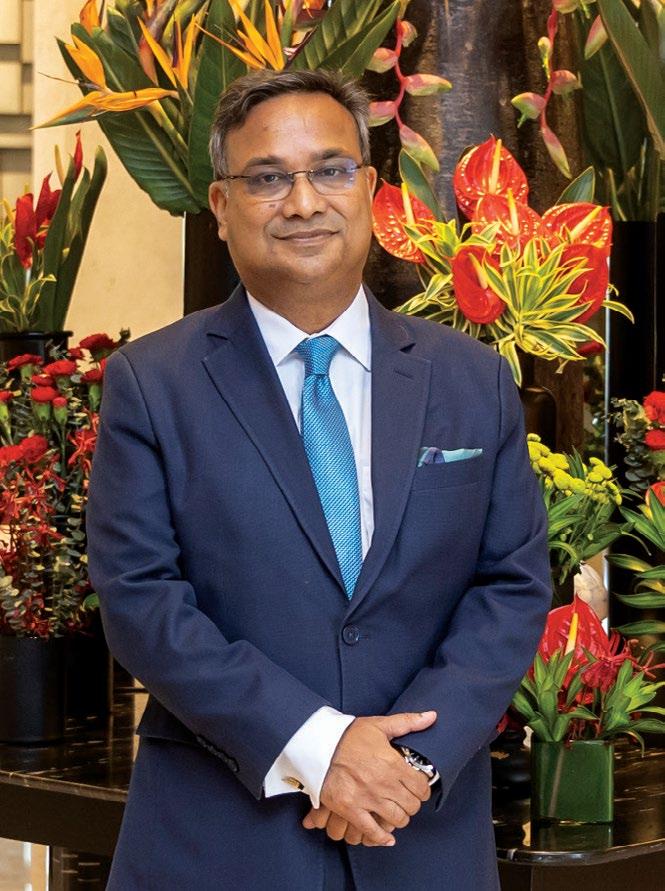
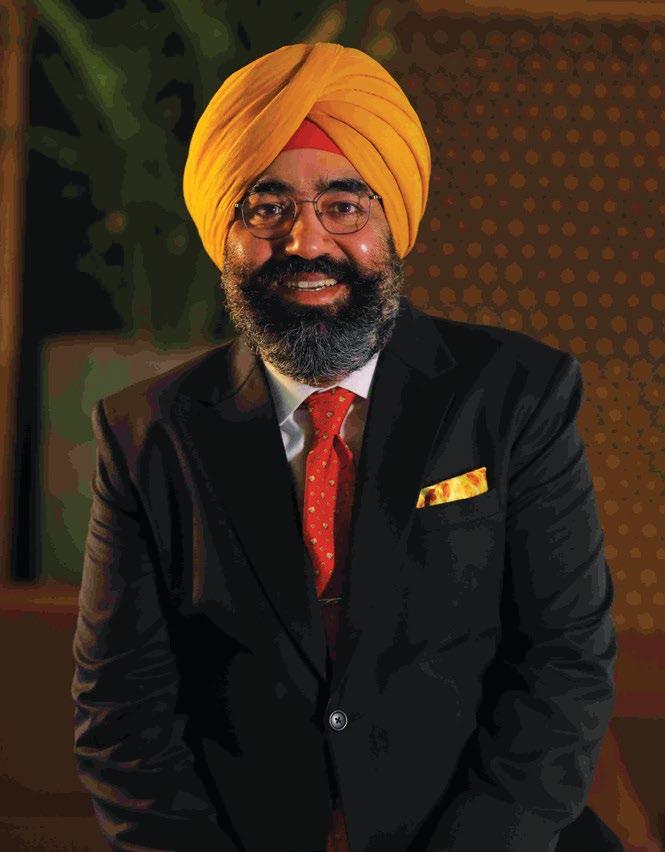
GENERAL MANAGER, NOVOTEL HYDERABAD AIRPORT
“Sustainability should be woven into everyday operations—not just as a responsibility, but as a way of doing things better at a hotel. Most of these efforts are designed with efficiency in mind. The idea is not to spend more, but to spend smarter."
CHIEF COMMERCIAL OFFICER, RESPLENDENT CEYLON
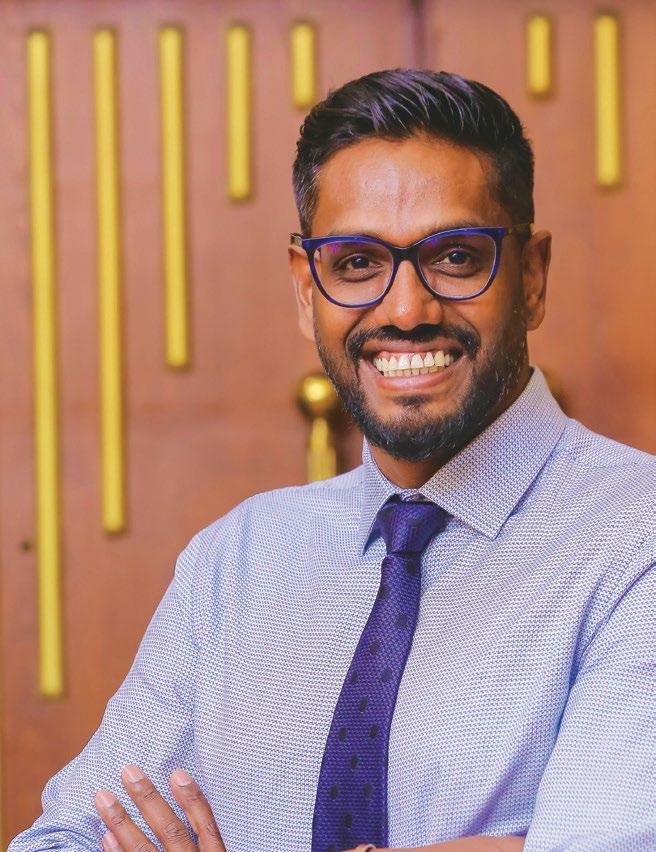
“We work closely with the MJF Charitable Foundation, the Dilmah Conservation, and other NGOs on concerns about wildlife issues. In addition, we are members of Biodiversity Sri Lanka.”
GENERAL MANAGER AND AREA VICE ˝PRESIDENT, GRAND HYATT MUMBAI

“Sustainability is an investment in the future of hospitality, and such measures are not standalone but must be integrated into the core of how a hotel is run.”
DIRECTOR OF ENGINEERING, RITZ-CARLTON BANGALORE
“The hotel has implemented keycard-less sensor-based guestroom management systems that detect occupancy and adjust lighting and HVAC systems accordingly. Our electricity supply is 98% solar-powered, reducing carbon footprint by 7,352 tonnes."


How do you save with sustainability?
Anuraag Bhatnagar: Our driving ethos at The Leela is rooted in the timeless Indian belief of Atithi Devo Bhava—Guest is God. But to truly honour our guests, we must also honour the world they come to experience. That includes the communities we are a part of, the associates who deliver our service promise, and the environment that sustains it all. Our sustainability goals are implemented not at the cost of performance but in service of it. By investing in efficient design, energy-saving infrastructure, and waste-to-value strategies, we have improved both our ecological impact and cost efficiency. Our circular initiatives, like repurposing underutilised spaces and upgrading infrastructure for water and energy savings, are factored into our asset management strategy to enhance profitability while staying true to our green commitments.
Pratima Badhwar: We actively partner with a diverse range of stakeholders and sustainability-focused suppliers to effectively implement and scale our initiatives. For instance, Andaz Delhi
collaborates with NGOs to recycle used soap bars to be distributed within low-income communities. Ronil Goa partners with local brands like Tea Trunk and Hermit Coffee. Such collaborations are strategic because these brands utilise biodegradable packaging and actively support the local ecosystem.
Biswajit Chakraborty: The planet is in a state of flux— emissions, waste, and other environmental issues are affecting ecosystems, flora, and fauna. This is why we believe in giving back to the
environment, with a focus on longterm sustainability and survival. We are focusing on getting the basics right and aligning with what is globally relevant to our industry. These measures are not evaluated on a day-to-day basis. They create a lasting impact on the environment in the medium to long term. By and large, all of them actually lead to cost savings in the long run and are inherently sustainable. Our focus is on the overall environmental impact, rather than the cost implications for a single business unit.
Gaurav Pokhariyal: As India’s leading hospitality company, IHCL is committed to embedding responsible practices into our businesses. Under our Accelerate 2030 strategy, we aim to expand our portfolio to over 700 hotels, deliver industry-leading margins, and double consolidated revenue while maintaining a steadfast
commitment to sustainability. Sustainability goes beyond numbers— it’s about nurturing ecosystems, preserving heritage, and ensuring that growth uplifts all. With over 120 years of legacy, IHCL evolves with purpose. Paathya, our holistic ESG+ framework is our pledge to drive positive impact—on the environment, communities and the hospitality industry. This year, we took bold strides: 69 bottling plants installed, 49.3% of our water recycled, and 38.3% of our energy now procured from renewable sources. With 371 EV charging stations across 142 locations, we are enabling a cleaner tomorrow.
Bhagwan Balani: At ITC Hotels, sustainability is core to our philosophy of responsible luxury. Key measures include energy and water conservation, use of renewable energy, sustainable sourcing, zero-waste kitchens, and LEED® Platinum-certified green buildings. We are proud to be carbon-positive, water-positive, and solid waste-recycling positive for over a decade. Sustainability is built into our business model, not added on. By investing in efficient technologies and processes from the start, we’re able to optimise long-term operational costs. Many of these measures, such as waste reduction, energy efficiency, and local sourcing, lead to significant savings while enhancing guest trust and brand value.
Sabrina Dey: We embed sustainability into every facet of our operations—ensuring eco-conscious practices not only to protect the planet but also to safeguard the business. A notable initiative is Sunya Aqua—zero-mile water, purified and bottled in-house using atmospheric water generation. This eliminates plastic waste, slashes carbon emissions from transport, and aligns with domestic safety standards—all without
BELOW, LEFT AND RIGHT: IHCL's Paathya is dedicated to safeguarding coastal ecosystems and preserving artisanal heritage, among other things.


inflating costs. Energy and water conservation measures deliver immediate savings on utility bills. Waste segregation and recycling systems further reduce disposal costs, while sourcing locally cuts logistics expenses. Each practice generates returns within the operational cycle, reinforcing both sustainability and profitability, enhances brand reputation among eco-aware guests—driving loyalty and repeat bookings without increasing expenditure. Complementing this, staff sustainability training sharpens operational processes, achieved through internal efficiencies rather than new cost centres. Our model proves that thoughtful sustainability strategies can reduce costs, enhance guest appeal, and fortify the bottomline—all while contributing to a greener future.
Harry Fernandes: Sustainability and communities have always been at the core of Aman-i-Khás and Amanbagh, the only two Aman hotels in the country. We integrate sustainability by aligning eco-conscious choices with operational efficiency and guest experience. On-site organic farming and ethical sourcing from local farms reduce transportation and packaging costs, improve ingredient freshness, and reinforce the farmto-table narrative. Three-quarters of the produce is grown on-site by trained farmers, all poultry is custom-reared in a free-range setting and bathroom amenities come in refillable metal tumblers. Menus revolve around seasonal and locally sourced ingredients and pure flavours. At Aman-i-Khás, energy efficiency through installation of a solar power plant and the replacement of gas boilers with electric heat pumps have collectively reduced the camp’s energy expenses by approximately 40 percent. Meanwhile, culturally immersive experiences enrich the guest journey with authenticity while requiring minimal resources and leaving a light environmental footprint.
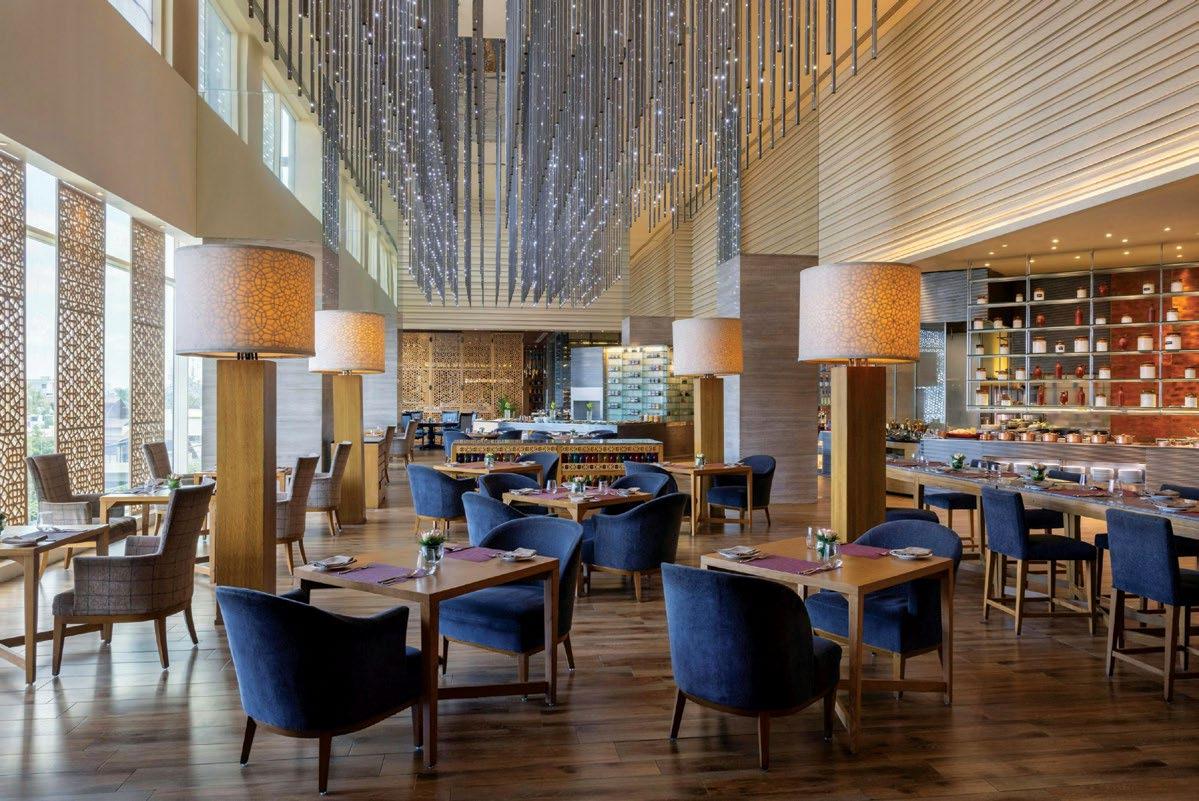
Lokesh Sabharwal: We firmly believe that sustainability and profitability are not mutually exclusive; rather, when incorporated smartly, can actually optimise costs in the long run. Moreover, guests increasingly value sustainable experiences, making it a key differentiator. Therefore, our approach has been to focus on smart investments that yield both environmental benefits and long-term financial savings. For instance, by transitioning to energy-efficient systems, utilising heat pumps and solar water heating panels, we significantly reduce energy consumption and, consequently, operational costs. Initiatives like on-site glass water bottling plants and organic composting
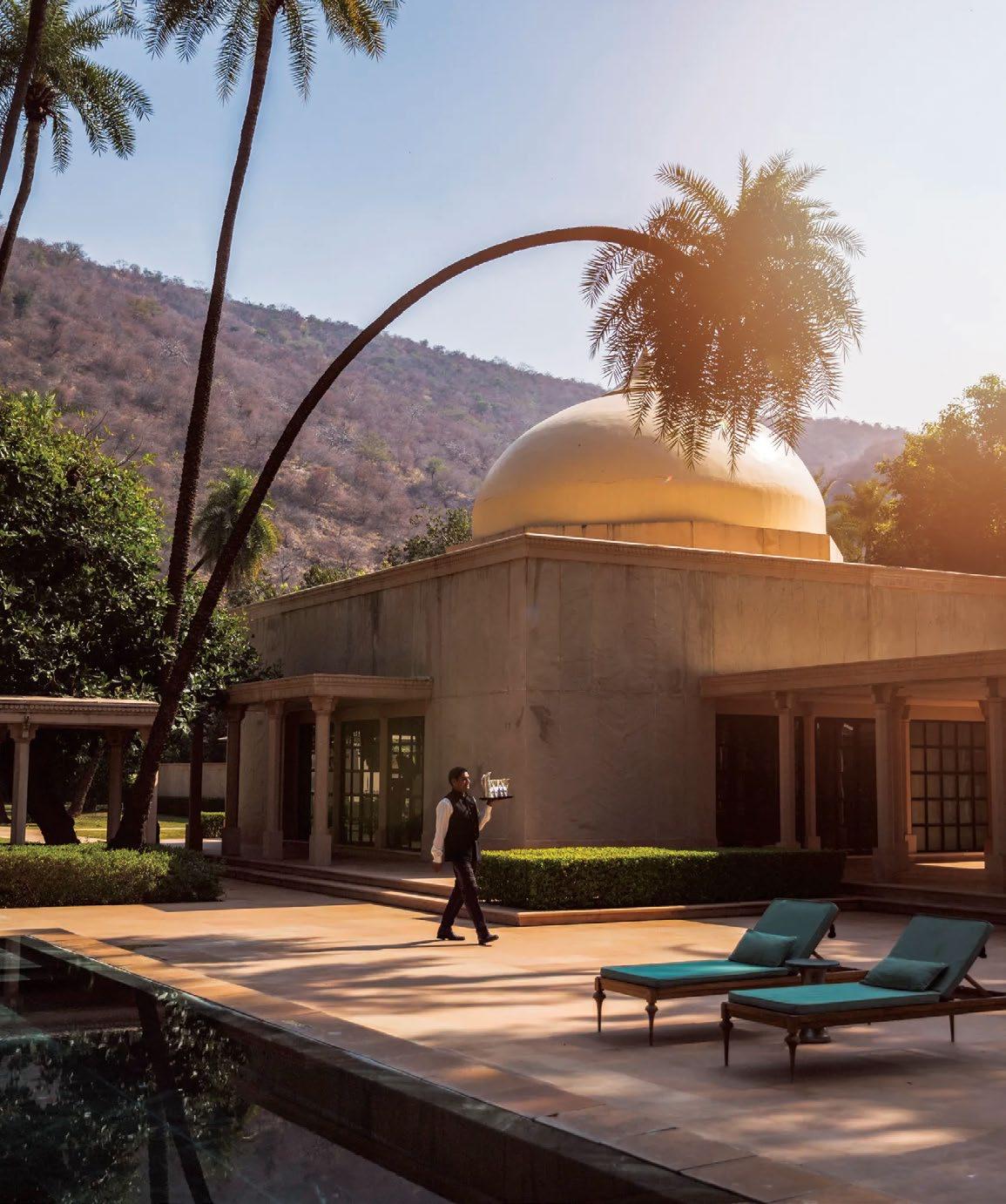

at properties such as Grand Hyatt Mumbai not only minimise procurement expenses and waste management costs but also actively support our commitment to a circular economy.
Sukhbir Singh: Sustainability should be woven into everyday operations—not just as a responsibility, but as a way of doing things better at a hotel. Being a Green-Key Certified hotel we have taken meaningful steps to reduce our impact on the environment while ensuring guests continue to enjoy a high standard of hospitality. We have implemented plastic-free alternatives for guest amenities, packaging, and dining setups, wherever possible. Most of these efforts are designed with efficiency in mind. The idea is not to spend more, but to spend smarter. For example, installing aerators has helped lower water bills without affecting guest experience. The bottling plant, while an investment upfront, has significantly cut costs related to purchasing and disposing of plastic bottles. Our herb garden not only ensures fresh produce for the kitchen but also helps reduce procurement and transport expenses.
Robert Dallimore: We follow a comprehensive sustainable food sourcing approach that prioritises ethical and local procurement. This includes responsibly sourced seafood to protect endangered species, the use of cage-free eggs, and greens supplied by local farmers. We also grow a variety of fresh herbs in-house for hyperlocal, seasonal flavours. These choices not only reduce transport-related emissions but also supports the surrounding community. Beyond the kitchen, there is a fully operational rainwater harvesting plant, an inhouse glass water bottling facility,
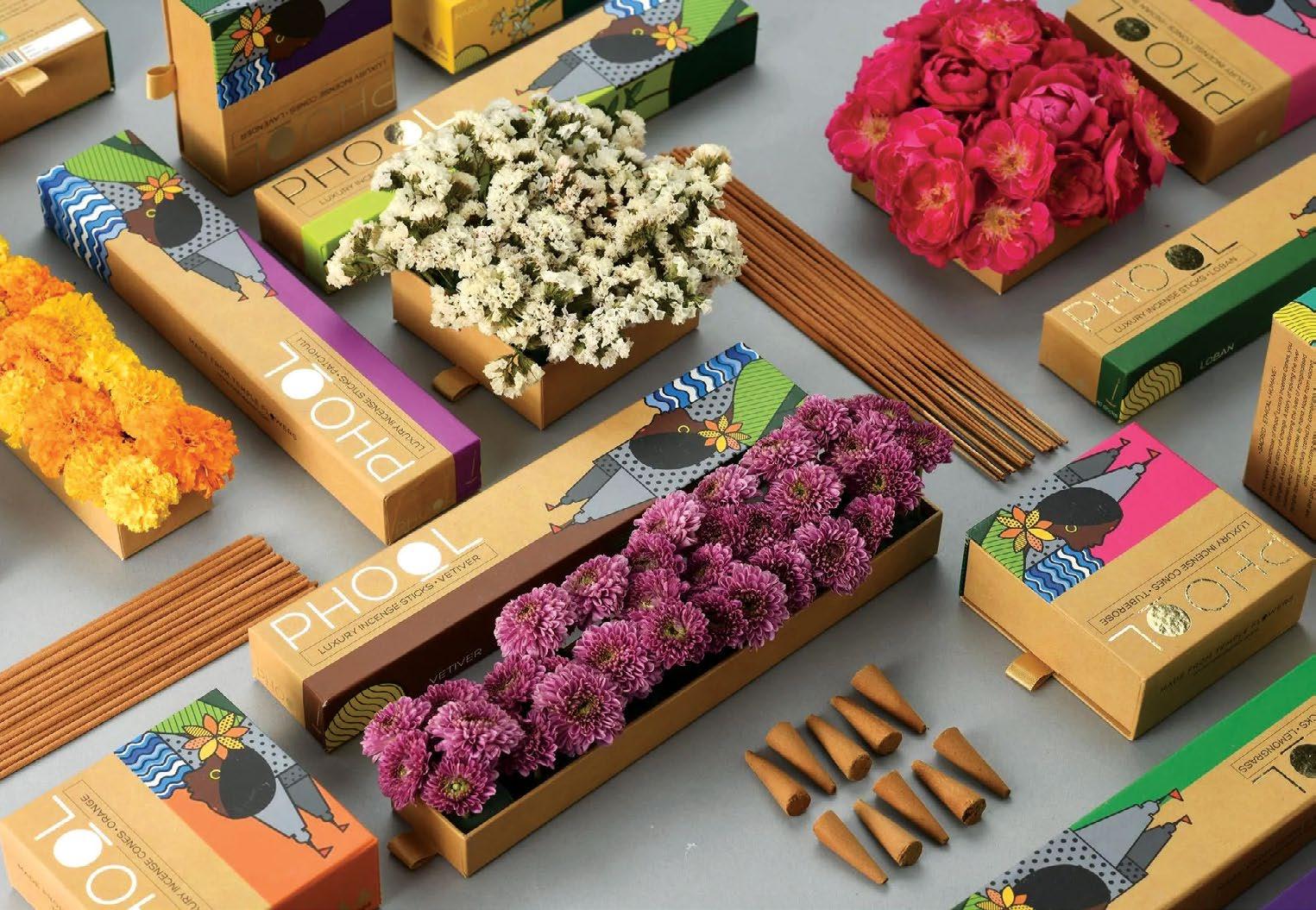

ABOVE: Sustainability
and green energy utilisation through a dedicated windmill project. We’ve also replaced traditional plastic key cards with wooden alternatives, and installed an organic waste composting machine for converting food waste into nutrient-rich compost.
Mahesh MS: We are implementing Variable Frequency Drives (VFDs) for both cooling tower motors and chiller secondary pumps, which will significantly improve energy efficiency by allowing motors to operate at optimal speeds based on demand. The hotel has already implemented keycard-less sensor-based guestroom management systems that intelligently detect occupancy and automatically adjust lighting and HVAC systems accordingly, and supports 98% solar-powered electricity supply, reducing carbon footprint by 7,352 tonnes and recycles and reuses 100% of grey water. Our commitment to systematic environmental management is validated through our ISO 14001 certification, ensuring

we maintain internationally recognised standards for environmental stewardship. We are upgrading the guest room management system to optimise energy usage through intelligent automation and are installing an automatic retractable swimming pool cover to reduce water evaporation and energy consumption.
How does one measure the value of sustainability?
Gaurav Pokhariyal: Through IHCL’s 52 skill centers across 20 states, we are empowering people from marginalised communities, equipping them with industry-ready skills for sustainable livelihoods. Celebrating heritage as a living legacy—IHCL preserves India’s cultural treasures to enrich the hospitality experience. Paathya is our pledge to drive positive impact—on the environment, communities and the hospitality industry.
Harry Fernandes: We measure the value through clear, quantifiable metrics that reflect both environmental impact and community engagement, including indicators that help us assess long-term impact. These are: a) percentage of ingredients and supplies sourced locally; b) reduction in utility and operational costs over time; c) decrease in overall carbon and environmental footprint; and d) Percentage of team members hired from surrounding communities and reduction in singleuse plastic consumption.
Dilshan Gnanapragasam: Relais & Châteaux Resplendent Ceylon operates multiple conscious resorts across fragile ecosystems in Sri Lanka. We're driven by the enduring philosophy of our founder, Merrill
J. Fernando—'Business is a matter of human service'. This powerful ethos is at the heart of Resplendent Ceylon, guiding every decision and fuelling our commitment to creating meaningful impact. A comprehensive monthly report focuses both on our environmental footprint and our social initiatives. These are crucial tools for strategic planning, identifying areas for improvement, and celebrating positive impact. Our environmental impact is measured through energy consumption, waste management and water consumption, and our social impact is measured through a number of beneficiaries, volunteer hours, and the areas we have covered.
Lokesh Sabharwal: Our World of Care platform guides our environmental efforts through four core pillars—climate and water, waste and circularity, responsible sourcing, and thriving destinations. We employ a twopronged strategy to accurately measure the value and impact of our sustainability practices. First, we use our proprietary tool, Hyatt EcoTrack—a sophisticated, dashboard-driven platform, to collect, monitor, and analyse sustainability data across our global portfolio. This system allows properties to track consumption and emissions in real-time and provides project suggestions and best practices to guide continuous improvement. Secondly, we assess the qualitative value by evaluating the guest experience and overall brand impact. A notable example is the ‘Save Food, Share Food’ campaign at Andaz Delhi, started in March 2022, which successfully reduced restaurant food waste by 20% while simultaneously benefiting the local community.
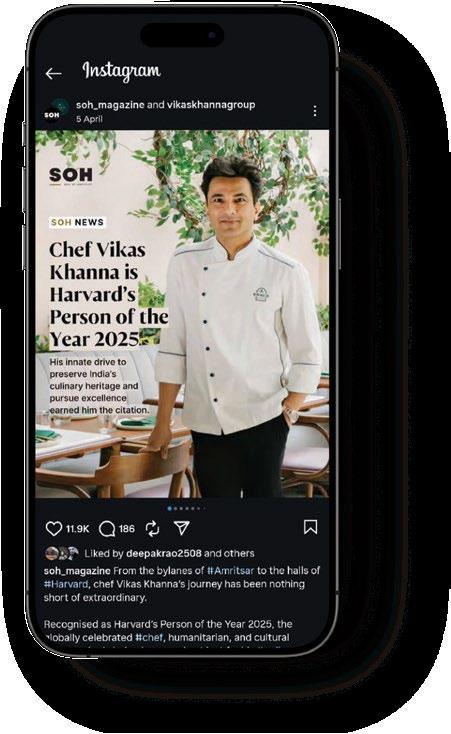



With a slew of new luxury hotel openings in the pipeline in India, and further investment eagerly pouring in, the top end of the sector is seeing a spurt in growth.
SUMAN TARAFDAR
Even as the hospitality sector in India is seeing unprecedented growth and energy, the top end of this space seems to be outpacing the overall increase. The trend is driven by increasing disposable incomes, rising foreign tourist arrivals, and a rising preference for experiential travel. India has had a strong presence in
the luxury sector, but these have been largely limited to India’s leading cities—notably Mumbai, Delhi, Chennai, Bengaluru, Kolkata, Hyderabad and Jaipur, with exceptional outposts in other cities.
What is noteworthy today are the changes in growth patterns for the luxury sector. The top
cities are adding luxury hotels— both Delhi and Mumbai are now regarded to have more than 50 ‘five-star’ hotels. However, more and more smaller cities—many of them not hitherto regarded to be capable of sustaining a luxury hotel— are being added to the list of cities supporting luxury hotels. This growth is evident in the
Source: Mordor Intelligence
increasing number of luxury hotel signings and expansions, particularly in Tier II and Tier III cities, as well as established metropolitan areas. From Agra to Coimbatore, Surat to Bhubaneswar, there is significant play in the luxury hospitality space, both in new openings and further investments.
Indian hospitality is expected to host another 1,00,000 rooms in the next five-odd years, to surpass the 3,00,000-room mark by the end of the decade. A significant proportion of this is expected to belong to the premium categories—which the sector refers to as upscale, upper upscale and luxury segments.
The Indian luxury hotel market size is estimated at $2.99 billion in 2025, and is expected to reach $4.83 billion by 2030, at a CAGR of 10.06% during the forecast period 2025-2030, according to a report by Mordor Intelligence.
Significantly, an increased majority of the new supply is
DOMESTIC TRAVEL SECTOR'S CONTRIBUTION TO INDIA'S GDP 2023
VISITOR SPENDING 2023
INTERNATIONAL VISITOR SPENDING 2023
Source: Mordor Intelligence
aimed at the domestic market, a marked departure from the earlier phase when the top tier largely catered to the inbound segment. There is a rising purchasing power parity of domestic travellers, affecting the choices of location and type of hotels, especially in the leisure segment. Rising disposable incomes are being spent on travel within the country.
While the overall leisure segment, including both the domestic and inbound markets, is growing at about 11%, the rate of domestic leisure travel is higher. The country had the secondfastest growing high-net-worth population in the world globally in 2022 (10.5%) and is poised to see a surge of nearly 60% over the next five years, according to JLL data.
"Travellers are absolutely thrilled to explore nearby resorts and indulge in luxurious destinations right within their own country," says Jaideep Dang, Managing Director, Hotels & Hospitality Group, JLL India. "They don't hold back when it comes to pampering themselves, going all out to secure top-tier accommodations and create unforgettable memories that will last a lifetime."
India had long been an underserved market for resorts, which is now, however, growing at a fast rate across its various segments—beach side, mountains, wildlife, wellness, heritage and others. As people spend more on increased leisure as well as deeper luxury, hotels are eager to cash in.
Another huge factor that is leading to a faster-than-average growth for luxury is the increased spends on weddings by Indians. Luxury hotels are doubling as venues for lavish weddings across the country; hotels are being especially built to cater to this market with greater number of banquet facilities.
CONSOLIDATED MARKET DOMINATED BY 1-5 MAJOR PLAYERS
FRAGMENTED HIGHLY COMPETITIVE MARKET WITHOUT DOMINANT PLAYERS
Of course, as the Indian economy grows, and India is ever more firmly integrated into the global corporate economy, business travel requirements are seeing a spurt in growth. New business hubs have top-flight business hotels as an integral part of their offerings. Airport hotels, too, often cater to top-flight business executives, and most major Indian cities are seeing a growth in airport hotels, such as the emerging second phase of Aerocity, Delhi. Long stay hotels, most often catering to corporate executives, are also on the rise.
Another segment where topend hotels are being seen are in
mixed-use development projects, where, from branded residences to luxury hotels, there is an increased focus on high-end facilities.
What is exciting players within the segment is the increasingly higher margin yields. According to JLL, higher average room rates are up to 30% in luxury and upper upscale segments across India's top 12 markets, and up to 40% in key leisure markets. This is leading to a rush of investments from owners, and brands are rushing to sign them on. With improved profit margins for existing luxury properties, investors’ interest is piqued for properties and new development, according to JLL.
Take control this monsoon
Take control this monsoon Planet Seal X3
Take control this monsoon










Driving rain proof

Sound absorption

Sealing movement 3 direction
Dust protection
Protection against pests
Smokeproof RD
Engineered for rainproof, acoustic, and smoke-shielding performance
Rainproof drop-down seal with unilateral release in combination with new zero threshold
Rainproof drop-down seal with unilateral release in combination with new zero threshold
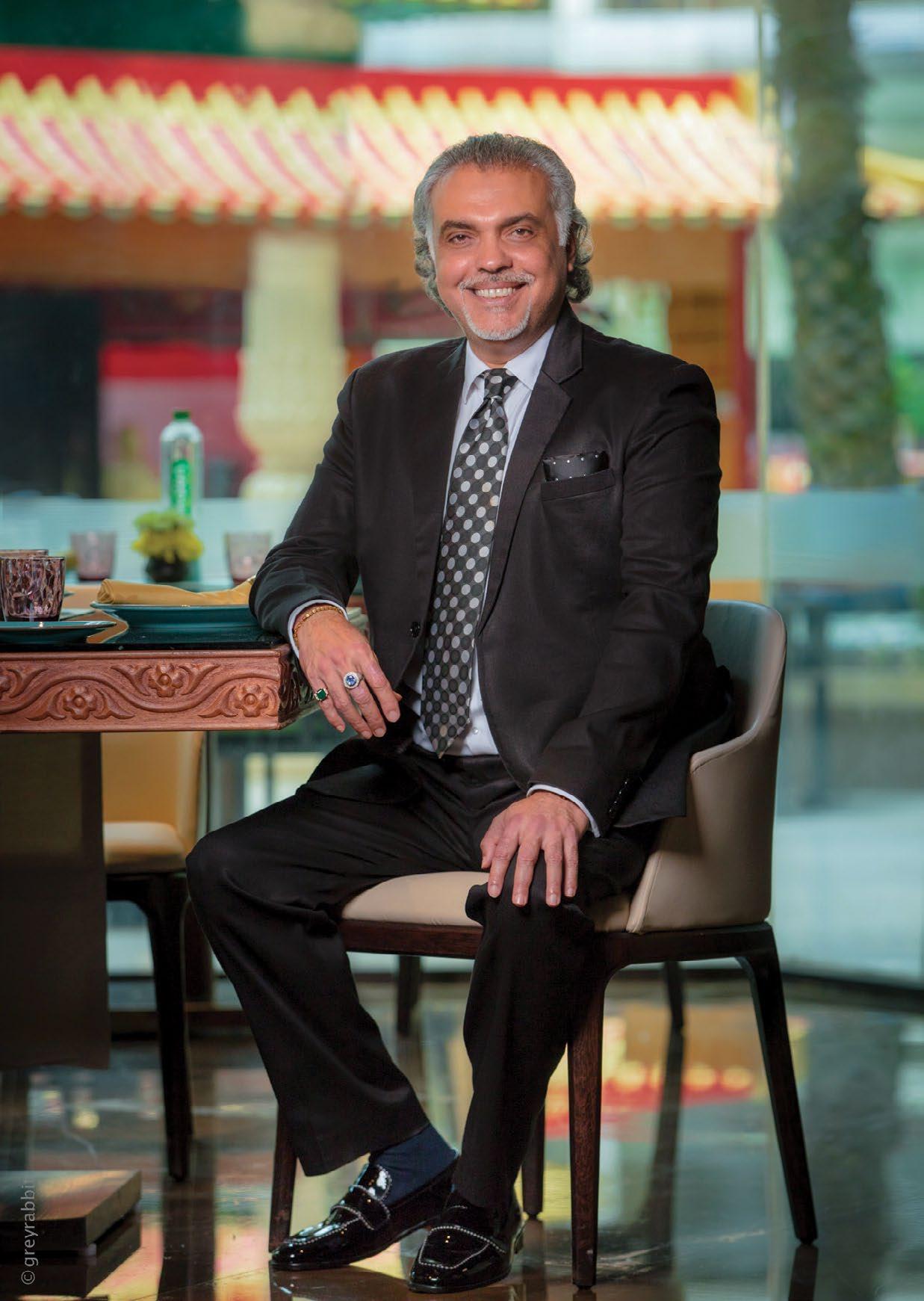
Romie Dutt’s A-Star Academy—India’s Only Hospitality Institute Inside a 5-Star Hotel
Romie Dutt remembers the moment clearly: stepping into the Institute of Hotel Management (IHM) as a young student, with big dreams, a heart full of hope and no idea how deeply this industry would shape him. The world of hospitality felt like magic—grand hotels, seamless service, and the exhilaration of guest satisfaction. Over time, that magic turned into a personal mission.
Today, as Executive Director of Aamby Valley City and Hotel Sahara Star, Dutt has led two of India’s most iconic hospitality destinations—each a world of its own, shaped by innovation and a deeply rooted culture of service. But his own professional evolution gave rise to a more urgent question:
Are we truly preparing students for the hospitality of tomorrow?
In an industry that has transformed rapidly—with technology, sustainability, and cultural nuances redefining every guest touchpoint— traditional hospitality education hasn’t kept pace. “I saw students entering the industry bright-eyed but underprepared—full of theory but short on real exposure,” Dutt says. This disconnect between academic learning and industry realities sparked the vision for A-Star Academy—India’s Only Hotel School, which was built to bridge the gap.
A-Star Academy isn’t a typical
hospitality school. It’s an institute by the industry, for the industry, of the industry.
The curriculum, syllabus and pedagogy have been jointly designed by hotel professionals and academic experts, creating a powerful synergy that aligns with industry demands of today and the future. With a unique pedagogy where students gain 75% real hotel experience and 25% theorybased learning, A-Star Academy sets a new benchmark in hospitality education.
To give students a holistic understanding of the business, many new-age subjects have been
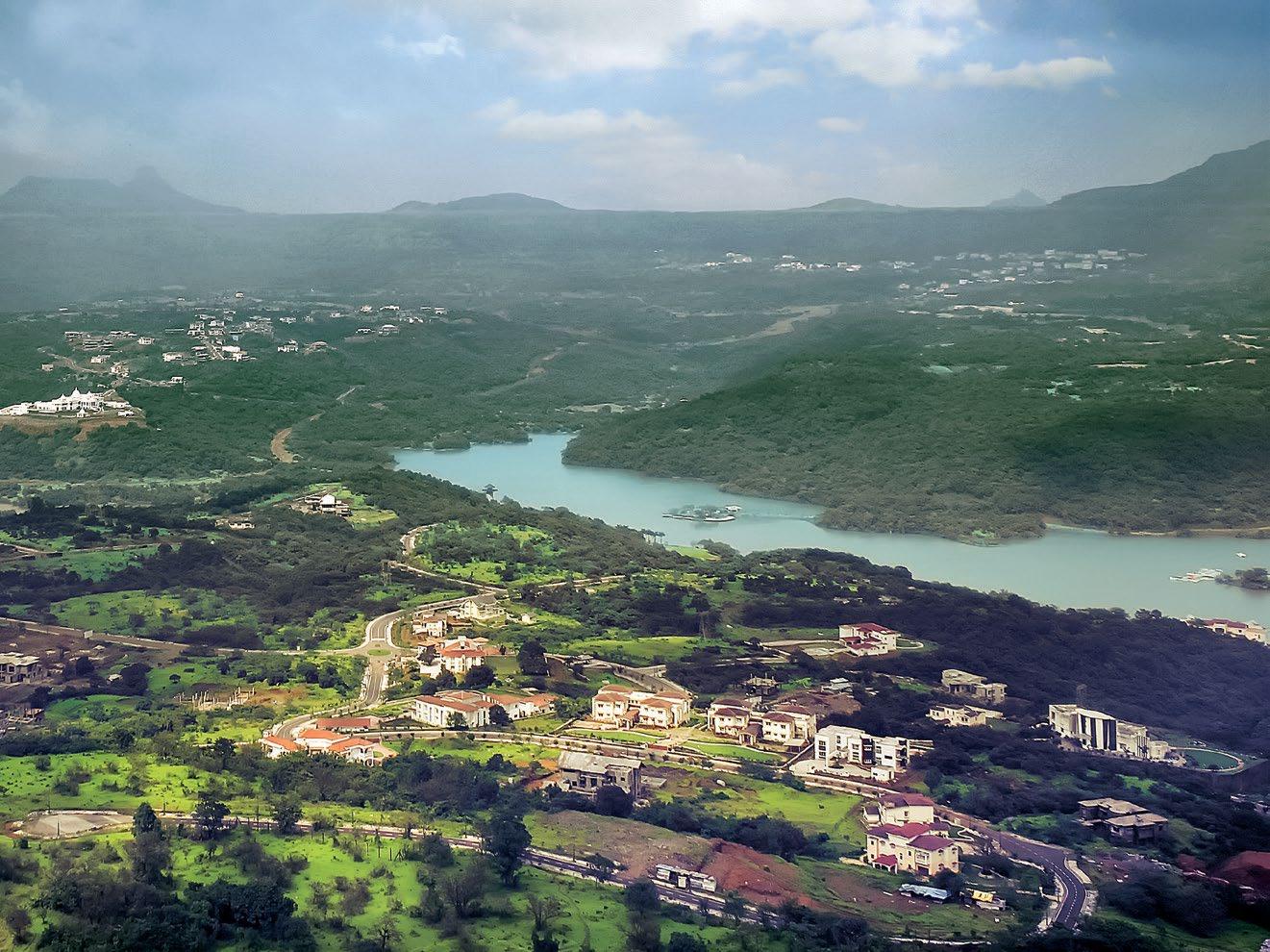
“At A-Star Academy, students don’t chase jobs—they step into them ready.”
Every hour at A-Star Academy is tracked and structured—from practical assignments to live event participation. Students graduate with more than a certificate—they graduate with a portfolio of proof. Experience, capability, and confidence are built into the curriculum by design.
introduced — including Social Media Marketing, Artificial Intelligence, Financial Management, Budgetary Controls, and Revenue Management — ensuring they are equipped to lead in a modern, data-driven hospitality landscape.
In academic collaboration with Pune University, A-Star Academy delivers a wide spectrum of degree, diploma and certificate courses.
That philosophy comes alive across its two immersive campuses. At Hotel Sahara Star, day scholars attend classes amid the dynamic operations of a 1 million sq.ft luxury hotel. Students are not visitors—they’re part of the ecosystem. From VIP guest movement to banquet set-ups, they witness and contribute to the daily rhythm of hospitality in real time.
For those seeking a deeper residential experience, A-Star Academy extends into the heart of Aamby Valley City—a 10,000-acre private haven where hospitality meets lifestyle. With golf courses, lakes, horse riding arenas, hiking trails, student-run cafés, multiple restaurants and boutique hotels, it offers more than just infrastructure—it offers a living classroom.
The Academy’s faculty is supported by hotel professionals who bring rich, first-hand insight into every session. These are professionals who have weathered peak occupancy, defused guest complaints, and mastered the nuances of service. “They understand the rhythm of a hotel and bring those instincts into the classroom,” Dutt explains.
“There’s something special about learning from someone who’s walked the floor, dealt with a full house or turned a guest complaint into loyalty. That’s what our students receive— wisdom built on experience.”
“For Romie Dutt, launching A-Star Academy is not just a business milestone—it’s deeply personal. “As an IHM graduate, I know what a wellguided start can do for a student,” he says. “Today, I have the opportunity to give that back—at scale, with structure and with heart.”
As the hospitality industry redefines itself, A-Star Academy positions its students not just to enter the field— but to shape its future. “This is not just a chapter. It's a full circle. From walking into hospitality as a student to now welcoming them in A-Star Academy to become ‘A’ Star!” he sums up.
We built A-Star Academy inside the very heart of hospitality. Because I believe students should train in the environment they’re preparing for—not just hear about it.”
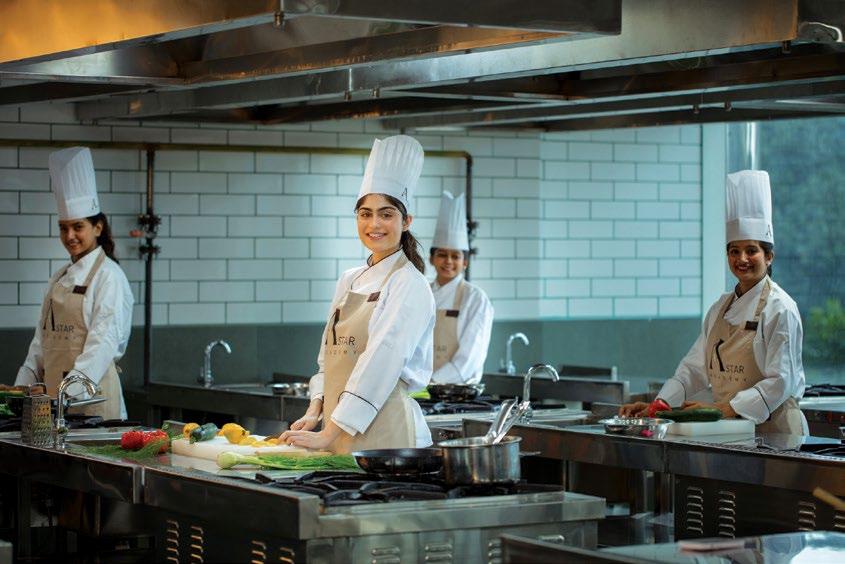
I wanted to build a place where hospitality isn’t taught from behind a podium—but alongside a chef, a banquet captain, a concierge, a GM.”

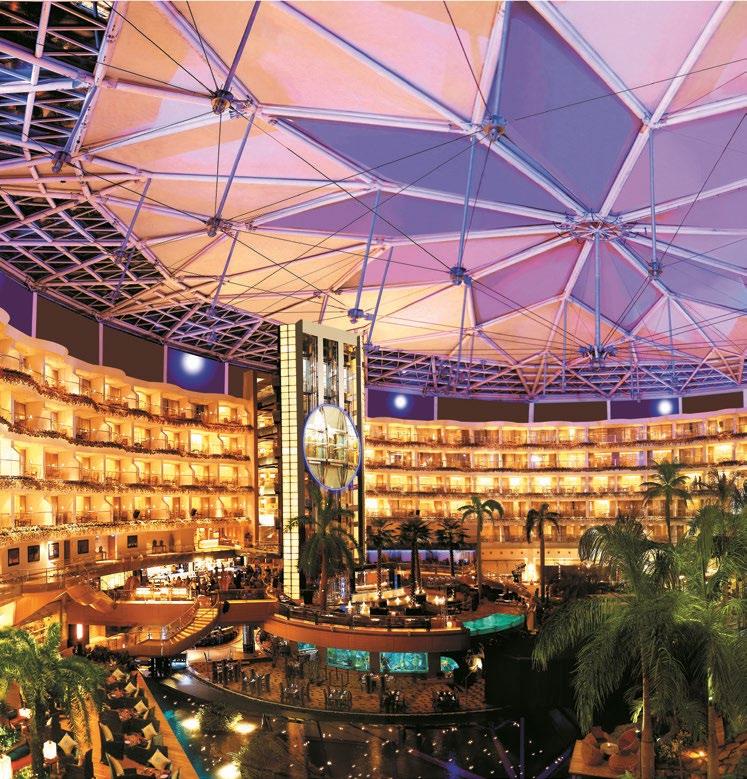




For much of independent India’s history, gin —particularly dry gin—was a relic of the colonial past, tethered to the British Raj and the enduring image of a gin and tonic, once laced with quinine as a malaria deterrent. It was the drink of gymkhanas, officers’ messes, and elite clubs—frozen in a time capsule.
But in recent years, dry gin has emerged as the star of India’s craft spirits revolution. No longer a vestige of the empire, it has been reimagined and redefined for a new generation of drinkers. Homegrown distilleries are at the forefront, producing smallbatch dry gins infused with indigenous botanicals— Himalayan juniper, Gondhoraj lime, tulsi, turmeric, mango, and more. These are not just gins; they are liquid expressions of India’s rich botanical and cultural identity.
In recent years, dry gin has seen a revival in India, driven by the rise of craft gin brands that celebrate indigenous botanicals and flavours—signalling a fresh chapter in the country’s love affair with clear spirits. This resurgence is closely tied to the growth of India’s craft spirits movement and an evolving bar culture that champions authenticity, local ingredients, and artisanal production. “The craft cocktail movement has been one of the most powerful engines behind gin’s resurgence in India,” avers

ANTI-CLOCKWISE FROM BELOW: Stranger & Sons x Bombay Canteen's pink gin: distilled guava delight; premium restaurants such as LOYA are leveraging the growing appetite for lighter, craft-led drinks; today’s drinkers are embracing dry gin for its crisp, botanical complexity and refreshing versatility.
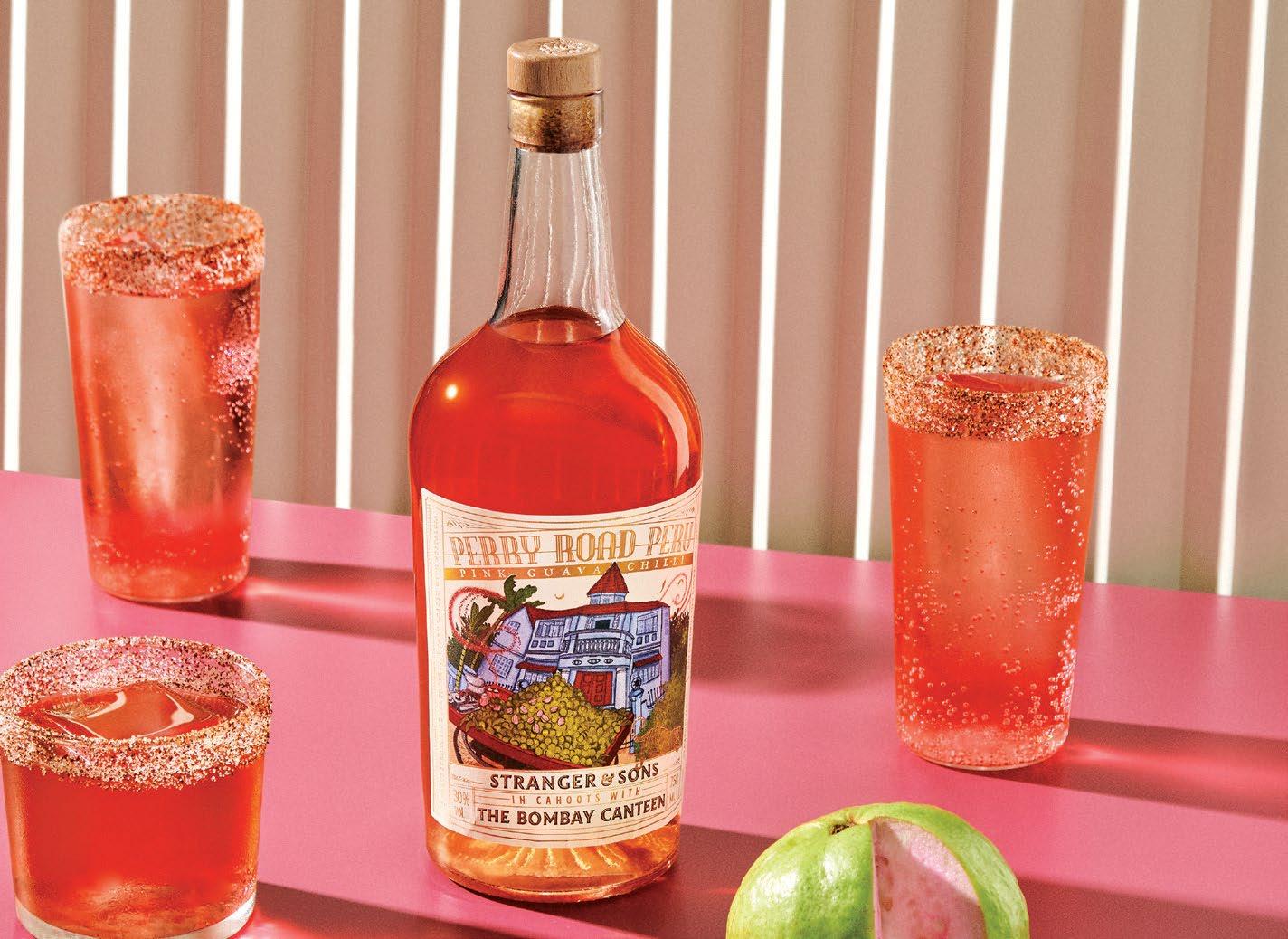
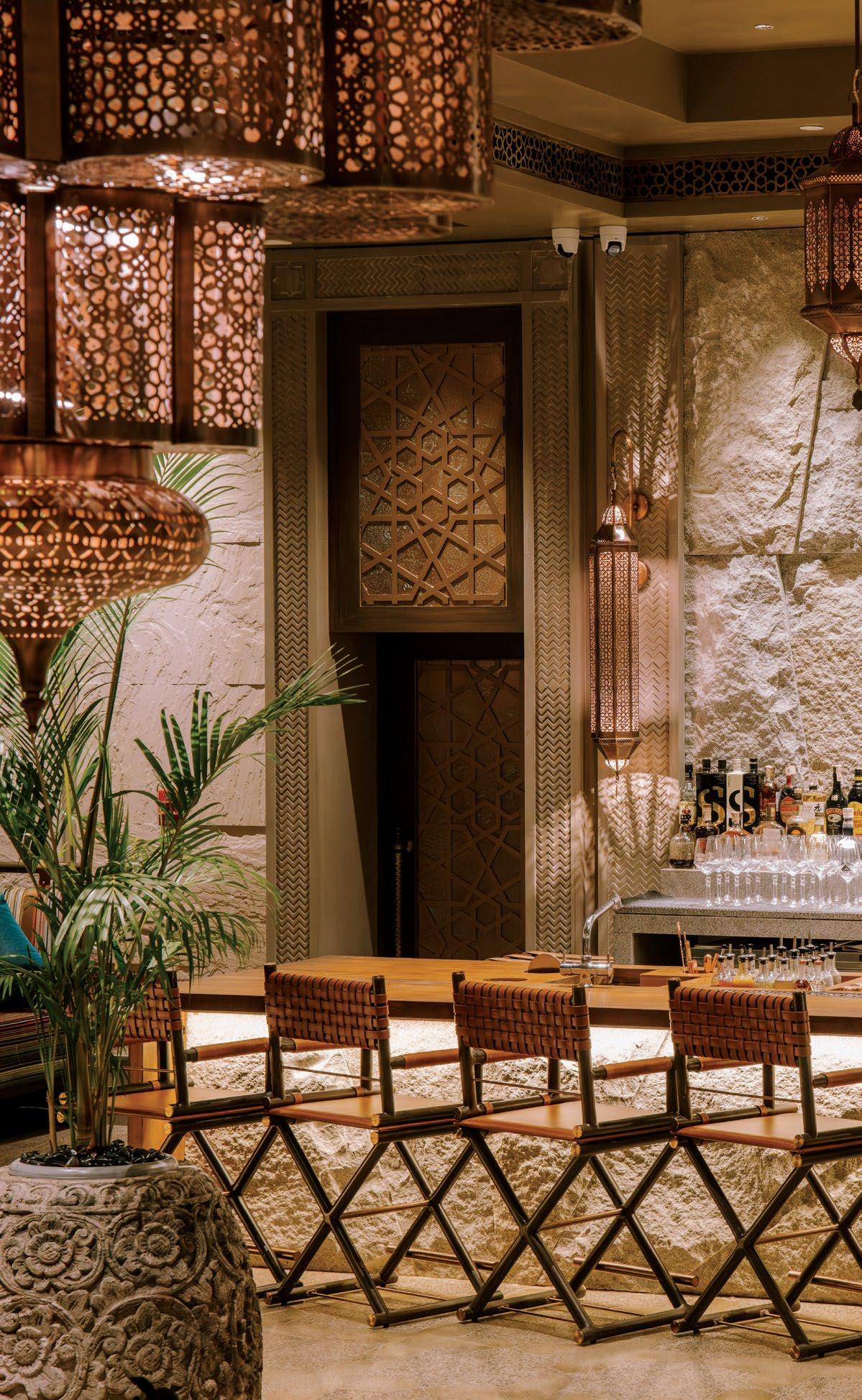
Rahul Mehra, CEO & Co-Founder, Stranger & Sons, Third Eye Distillery. “Some of the most exciting bars in the country—whether in Mumbai, Goa, Delhi, or Bangalore—have become creative playgrounds for bartenders who are pushing boundaries with flavour, technique, and storytelling. These bars and bartenders have been instrumental in demystifying gin, moving it beyond the traditional gin and tonic, and crafting thoughtful cocktails that celebrate regional ingredients and seasonal narratives.”
Dry gin is swiftly emerging as India’s new favourite spirit, capturing the imagination of a generation eager to move beyond traditional whisky and rum. With its crisp profile and botanical


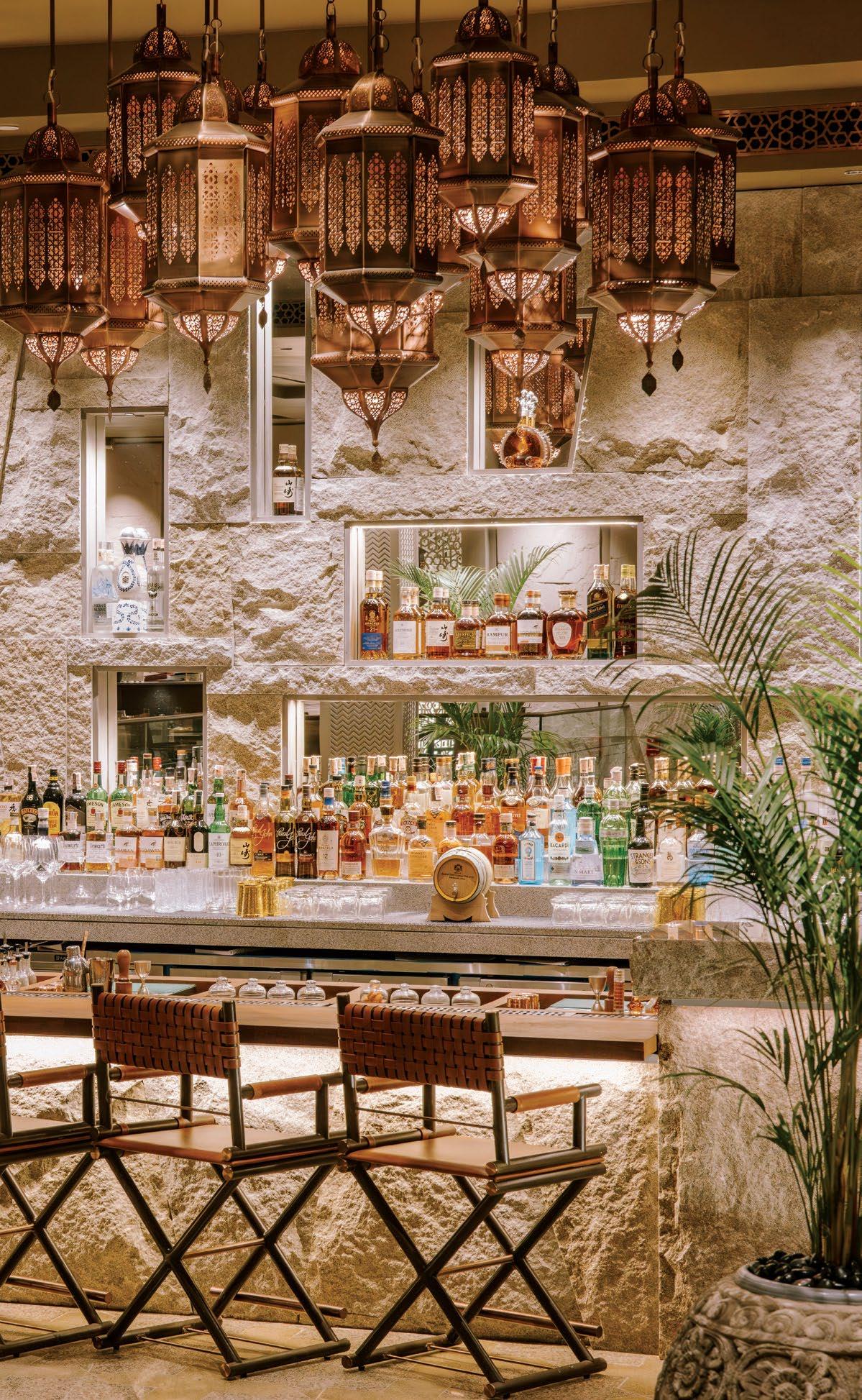
MEHRA CEO & CO-FOUNDER, STRANGER & SONS, THIRD EYE DISTILLERY
“The craft cocktail movement has been a powerful engine behind dry gin’s resurgence in India. Some exciting bars in the country have become creative playgrounds for bartenders.”
complexity, it resonates with urban drinkers seeking refined, versatile options for both cocktails and slow sipping.
The rise of dry gin mirrors the evolution of drinking culture in urban India, where consumers increasingly prefer craft-led, experiential, and socially conscious choices. This trend reflects more than just a shift in spirit preferences—it marks a broader cultural movement toward experimentation, premiumisation, and mindful indulgence.
Consumer preferences are clearly shifting toward more creative, quality-driven options. Craft brands in India are redefining the idea of premiumness, with a strong focus on authenticity, innovation, and craftsmanship. Adds Mehra, “This time is defining a new way of how our consumers choose products, and we strive to capture their attention with our high-quality standards. We've seen that many Indian consumers are eager to embrace quality homegrown products without compromise, and our brand is committed to reinforcing this message.
"Additionally, with India's growing cocktail culture, we’re seeing that consumers are open to trying new, atypical cocktails and local, homegrown
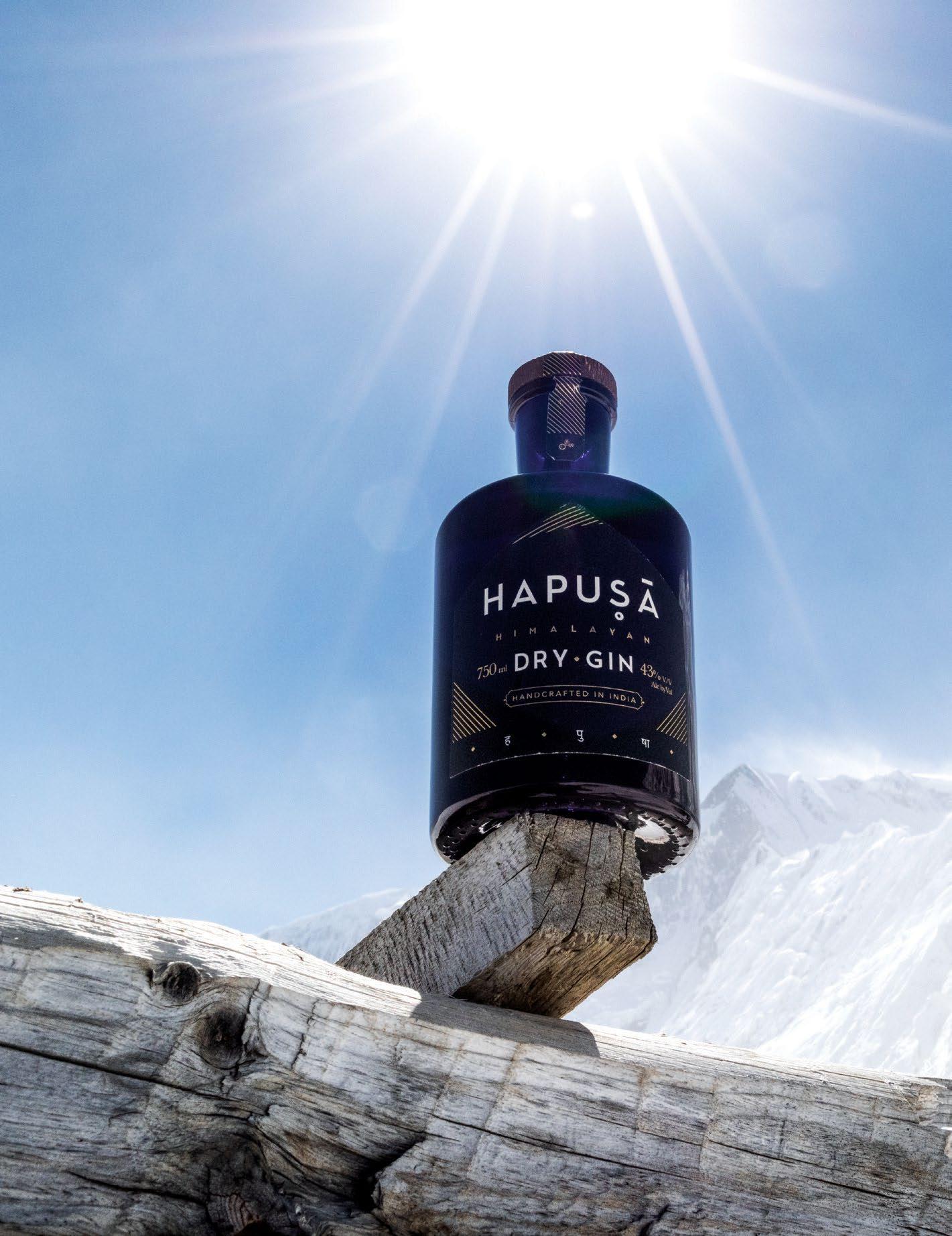
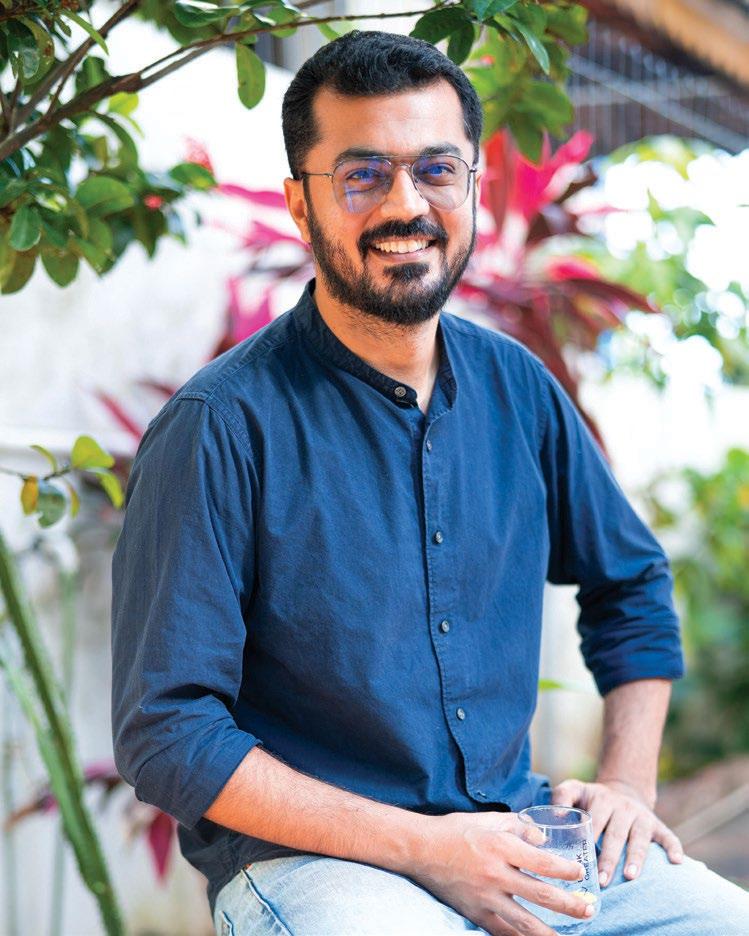
products. This has undoubtedly contributed to the rise of craft producers in the country. As for our consumers, embracing the wonderful strangeness inherent in the contemporary India we live in today through our gin allows them to connect with the story and the brand in a very organic manner.”
A confluence of factors is driving the rise of dry gin consumption in India. “First, there’s a marked shift in consumer preferences—people are gravitating toward lighter, more refreshing spirits. Gin, with its layered complexity and clean finish, fits that bill. Second, we’re seeing a rise in homegrown brands that are changing the narrative. When we launched Stranger & Sons, we wanted to create a gin that felt inherently Indian, from the spices and citrus in the bottle to the irreverent tone on the label. That authenticity has resonated deeply with consumers, who are increasingly seeking brands that reflect their identity—progressive yet rooted, and globally aware. And finally, the rise of women and younger
“What’s important to us is representing India from within—not through exoticism or clichéd elements. We aim to celebrate the richness of India’s landscapes and cultures in a way that feels real, contemporary, and deeply rooted in the gin itself.”
consumers in the spirits space has also expanded the gin-drinking audience,” says Mehra.
The initial wave of growth in this category was led by metros. Cities like Mumbai, Delhi, Goa, and Bengaluru emerged as early adopters, driven by greater access, awareness, and global exposure. “But what we’re seeing now is a much broader cultural movement," continues Mehra. "Consumers in Tier II cities are just as curious, just as informed, and just as eager to explore. Over the past few years, Tier II and Tier III cities have witnessed a quiet revolution in consumption patterns. Rising disposable incomes and increased digital exposure have coalesced to create

a new kind of consumer: confident, conscious, and deeply aspirational.”
In these emerging markets, there’s growing confidence in backing premium, Indian-made spirits—a sense of pride in participating in something culturally forward and globally relevant. This is precisely where brands like Stranger & Sons are finding resonance. As a homegrown craft gin rooted in Indian botanicals and storytelling, it speaks to a generation proud to drink local, but looking for world-class sensibility. Smaller cities are now experiencing a premium boom, driven by a desire to discover, explore, and belong to a more refined drinking culture.
Indian dry gin brands are increasingly positioning themselves against established international labels by leaning into authenticity and provenance. For Nao Spirits & Beverages, it’s all about staying true to Indian roots. “The foundation of our gins lies in ingredients that are inherently Indian, and in crafting a product that reflects the country’s unique terroir and diversity,” says Anand Virmani, Co-Founder. “Hapusa, for instance, is built on a botanical profile that couldn’t exist anywhere else—juniper berries foraged from the Himalayas, paired with turmeric, raw mango, and Gondhoraj. What’s important to us is representing India from within—not through
Dry gin, often referred to as London Dry Gin, is a type of gin characterised by its crisp, juniperforward flavour profile with minimal sweetness. The term ‘dry’ indicates the absence of added sugars or sweeteners after distillation, distinguishing it from sweeter styles like Old Tom gin. It is typically made by distilling a neutral grain spirit with botanicals, where juniper berries are the dominant flavour, complemented by other botanicals like coriander, citrus peel, angelica root, orris root, and spices.

Key characteristics of dry gin:
Predominantly juniperdriven, with a balanced mix of herbal, citrus, and spicy notes.


Distilled with botanicals in a single process (no artificial flavours or sweeteners added post-distillation for London Dry).
Alcohol Content
Usually 40–47% ABV.
Uses
Ideal for cocktails like martinis, gin and tonics, or negronis due to its clean, versatile taste.
True London Dry gins are distilled using real botanicals in traditional copper-pot stills, with absolutely no post-distillation additives.

exoticism or clichéd elements. We aim to celebrate the richness of India’s landscapes and cultures in a way that feels real, contemporary, and deeply rooted in the gin itself. That’s where our strength lies—not in imitation, but in telling our own story with honesty and craft.”
Similarly, Indian gin brands like Paul John are carving a niche through provenance, freshness, and cultural authenticity that international labels often lack. Heemanshu Ashar, Global Brand Ambassador, Paul John, explains, “While global brands bring legacy, Indian gins bring regional botanicals, distinct terroir, and local storytelling. Malhar Gin, for example, showcases indigenous ingredients like Indian key lime, jatamansi, and cardamom—creating a flavour profile that’s not just unique but deeply rooted in Indian memory and landscape. This authenticity, combined with small-batch copper pot distillation and premium packaging, enables Indian gins to compete on both identity and quality.”
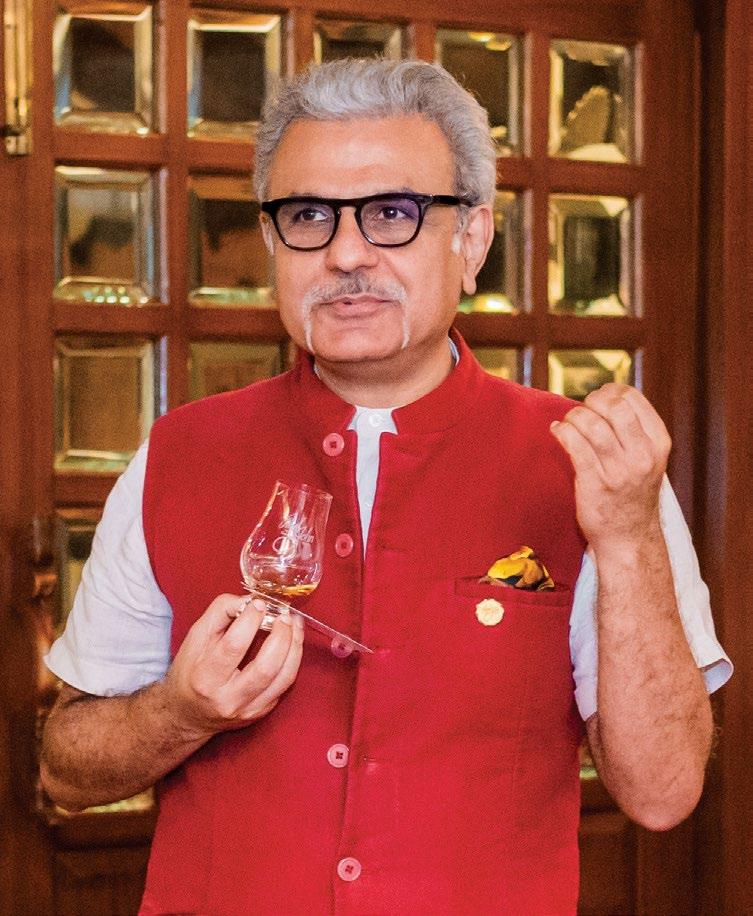
In 2024, the most active price band in India’s dry gin market was between ₹1,800 and ₹3,000 (ex-Goa), where most premium Indian craft gins are positioned. “Now, there’s growing activity in the ₹3,000–₹5,000 segment, driven by boutique expressions, limited editions, and gift-oriented packaging—a space where Malhar Gin is playing with success," elucidates Ashar. "There’s a clear shift from premium to luxury gins, as consumers move beyond the everyday Gin & Tonic toward sipping gins and more refined, gin-forward cocktails like the Martini and Negroni. At the lower end, massmarket gins under ₹1,200 still dominate in volume, but value- and identity-driven brands are thriving in the ₹2,000–₹3,500 range with the evolution of the luxury gin category.”
Virmani adds that India’s gin market was initially dominated by mass-produced, low-priced options— many of which were cold-compounded, relying on additives and flavouring agents rather than
GLOBAL BRAND AMBASSADOR, PAUL JOHN
“While global brands bring legacy, Indian gins bring regional botanicals, distinct terroir, and local storytelling. This, combined with small-batch copper pot distillation and premium packaging, enables Indian gins to compete on both identity and quality.”

distillation with real botanicals. “While these gins are accessible, they don’t reflect the authenticity or craft that defines the London Dry style. The shift began with premium gins entering the ₹1,000+ space in markets like Gurgaon, often with flavoured expressions to attract new consumers. Craft Indian gins, by contrast, start at ₹1,200 and increasingly fall into the ₹2,500+ bracket. Both our brands, Greater Than and Hapusa, are true London Dry gins—distilled using real botanicals in traditional copper-pot stills, with absolutely no post-distillation additives. It’s a process rooted in authenticity, and for us, that’s the essence of being truly craft and truly Indian—reflected in their price points: Greater Than retails at ₹900 (Goa), and Hapusa at ₹2,120 (Goa).”
The rise of dry gin in India signals a clear shift in consumer preferences toward spirits that offer nuance, versatility, and a sense of discovery. Driven by a new generation of drinkers, this movement reflects a growing appetite for lighter, craft-led alternatives that align with contemporary tastes and evolving social drinking trends.
Today’s drinkers are moving beyond the comfort of familiar brown spirits, gravitating toward dry gin for its crisp profile, botanical depth, and versatile mixability.
Diwakar Mehra, Head Mixologist at LOYA, Taj West End, Bengaluru, offers insight into the evolving world of Indian dry gin. “We’re seeing Indian dry gin evolve from a spirit of familiarity to one of exploration and expression. One of the most noticeable trends is the rise of regionally rooted gins that reflect India’s biodiversity—not just in name, but in composition. What sets these gins apart is their restraint and sense of balance, allowing us as bartenders to showcase their subtleties rather than mask them with overpowering mixers or garnishes.”


BELOW, FROM LEFT TO RIGHT: Greater Than Gin's Punk Gin uses fresh strawberries and hibiscus for its pink colour; Indus Gin and Tonic, a LOYA Bengaluru creation; Jaisalmer Gold is crafted from 18 botanicals, including saffron.
HEAD MIXOLOGIST, LOYA, TAJ WEST END, BENGALURU
“What sets these gins apart is their restraint and sense of balance, allowing us as bartenders to
showcase their subtleties rather than mask them with overpowering mixers or garnishes.”
Mehra notes a growing inclination toward experience over convenience. While the broader market may lean into pre-mixed gin and tonics or ready-to-drink (RTD) formats, his guests tend to appreciate a slower, more mindful pour. “They’re curious about how a particular botanical changes a cocktail’s structure, or how a specific tonic affects bitterness or floral notes. In that sense, artisanal mixers have become nearly as important as the gin
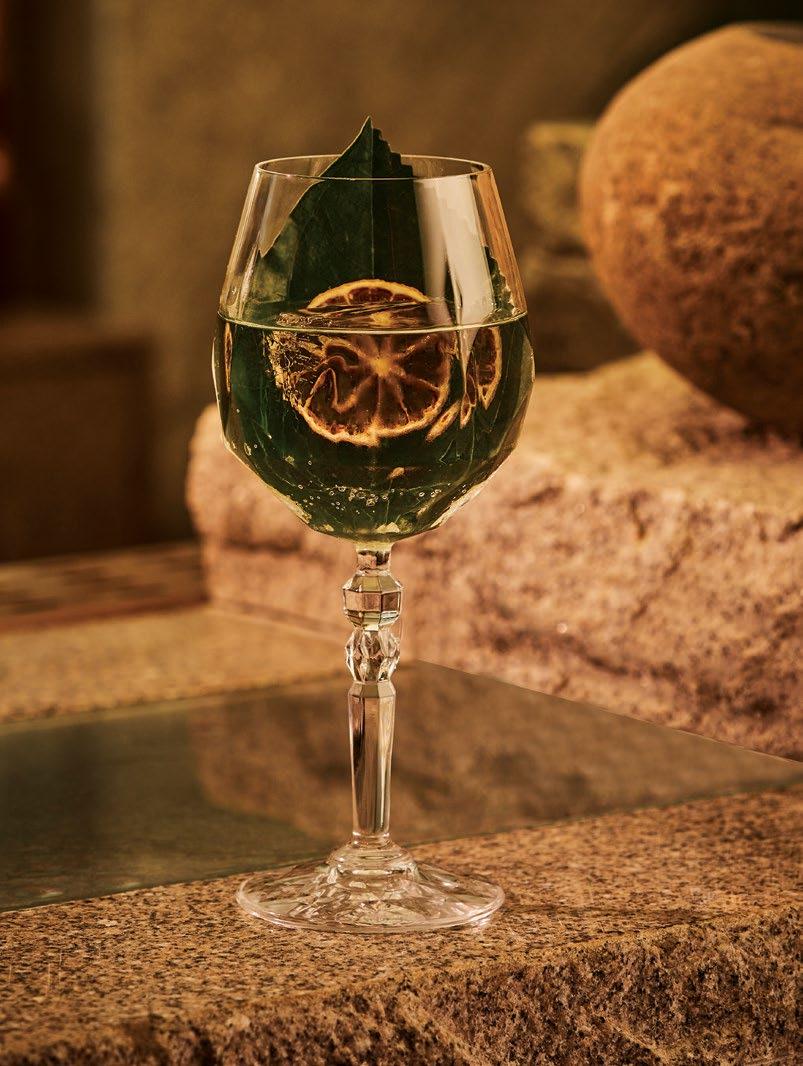


A few Indian dry gin brands are focusing on their flavour profiles, drawing from their innovative use of local botanicals and traditional distillation methods.

Flavour Profile
A London Dry Gin with a crisp, citrus-forward taste. It features nine botanicals, including juniper, coriander seeds, angelica root, orris root, ginger, lemongrass, fennel, chamomile, and orange peel. The result is a refreshing, citrusy gin with subtle spice and floral notes, ideal for a classic Gin & Tonic.
Price
Starts at ₹1,650 for 750ml in Goa.
Notes
Known as India’s first craft gin, it’s versatile for cocktails like Negroni or Gin Sour due to its clean, nonoverpowering flavour.
Flavour Profile
A bold, earthy dry gin made with Himalayan juniper, turmeric, mango, coriander seeds, and almonds. It has a robust juniper backbone with floral notes, a spiced finish, and a smoky undertone, making it suitable for sipping neat or with tonic and a mint garnish.
Price
Varies, ₹2,000 for 750ml in Goa.
Notes
Marketed as the world’s first Himalayan dry gin, its unique botanicals reflect India’s diverse terroir.


Flavour Profile
A complex, spiced dry gin with nine botanicals, including juniper, black pepper, nutmeg, mace, coriander, liquorice, and three types of citrus peels (notably Gondhoraj lemons from Kolkata). It offers a warm, citrusy profile with a cinnamon-like finish from cassia bark, perfect for G&Ts, Martinis, or Negronis.
Price
₹1,500–₹2,790 for 750ml across India.
Notes
Award-winning (over 50 global awards), it emphasises Indian citrus and spices, with a mythical branding inspired by India’s mystique.

Flavour Profile
This premium gin has an aroma profile of rich herbs, soft florals, peppery spice, and light citrus with a juniper backbone. It is fresh and fruity on the palate, with sweet and spicy highlights, balanced by soft floral notes and zesty lemon peel, grapefruit, and spice.
Price
₹3,075 for 750ml and ₹205 for 50ml in Goa.
Notes

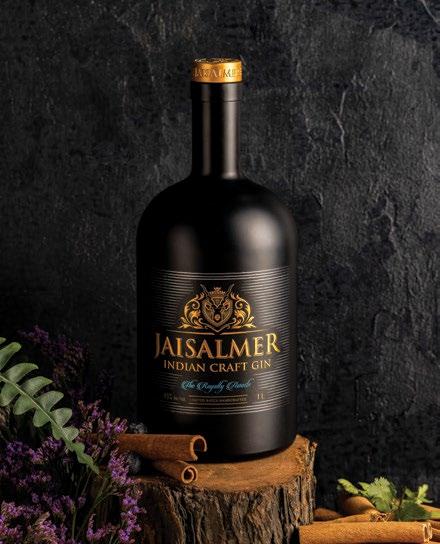
Flavour Profile
A triple-distilled dry gin with 11 botanicals, seven sourced from India, including coriander, vetiver, sweet orange peel, lemongrass, Darjeeling green tea, cubeb pepper, and saffron. It delivers an earthy, dry taste with citrus, spice, and floral notes, ideal for complex cocktails.
Price
₹3,250 for 750ml in Goa.
Notes
Reflects Indian royalty with its regal packaging and is exported to over 20 countries. It is known for its balanced yet exotic profile.
It is crafted in small batches and employs all three botanical infusion methods: maceration, steeping, and vapour infusion, ensuring a rich, layered flavour, perfect for classic cocktails like Negroni, Martini, Gimlet, or French 75.
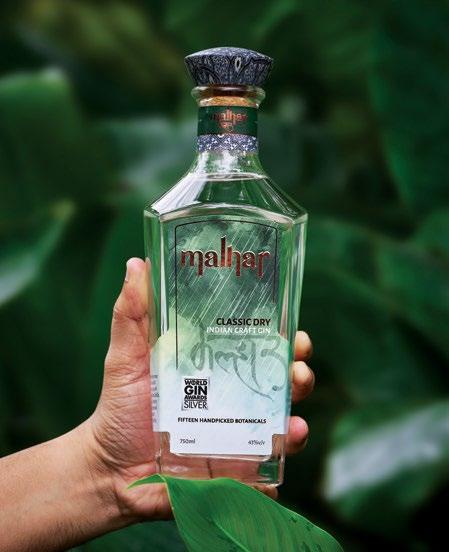

Dry gin offers quiet complexity, increasingly appreciated by today's drinkers who value precision, origin and intention.
itself—especially those that complement spiced or citrus-forward profiles.” He also says there’s also a shift in how guests define value, that it’s no longer about price, but about precision, origin, and intention. “There’s a deeper awareness now that gin isn’t just a base for cocktails—it’s a spirit with incredible range and nuance. Guests are seeking gins that offer clarity in flavour, compositional balance, and a quiet confidence in their identity. This has driven a move toward more refined, expressive gins—many positioned in the premium category—not for the sake of luxury, but for the quality of the experience. A gin made with care, restraint, and purpose naturally stands apart, and that distinction is immediately felt— both on the palate and in the energy of the serve.
“We’re seeing more people drawn to gins that carry a sense of narrative or place. The appeal lies not in novelty, but in authenticity—where the distillation process, the origin of ingredients, and the intent behind the blend truly matter.”
Mehra observes that guests often return to the same gin not because of its label, but because they’ve formed a connection—with its citrus high notes, herbaceous mid-palate, and long, dry finish. That kind of relationship can’t be priced; it’s built on trust, consistent quality, and the space the bartender creates around the experience.
He sums it up perfectly: “At its best, dry gin offers quiet complexity, and today’s guest is ready to explore that. They’re not seeking spectacle—they’re seeking resonance. And that is where the spirit truly shines.”
The first three-Michelin star recognition for an Indian restaurant has put Indian cuisine in an unprecedented spotlight–along with its head chef–
Himanshu Saini.
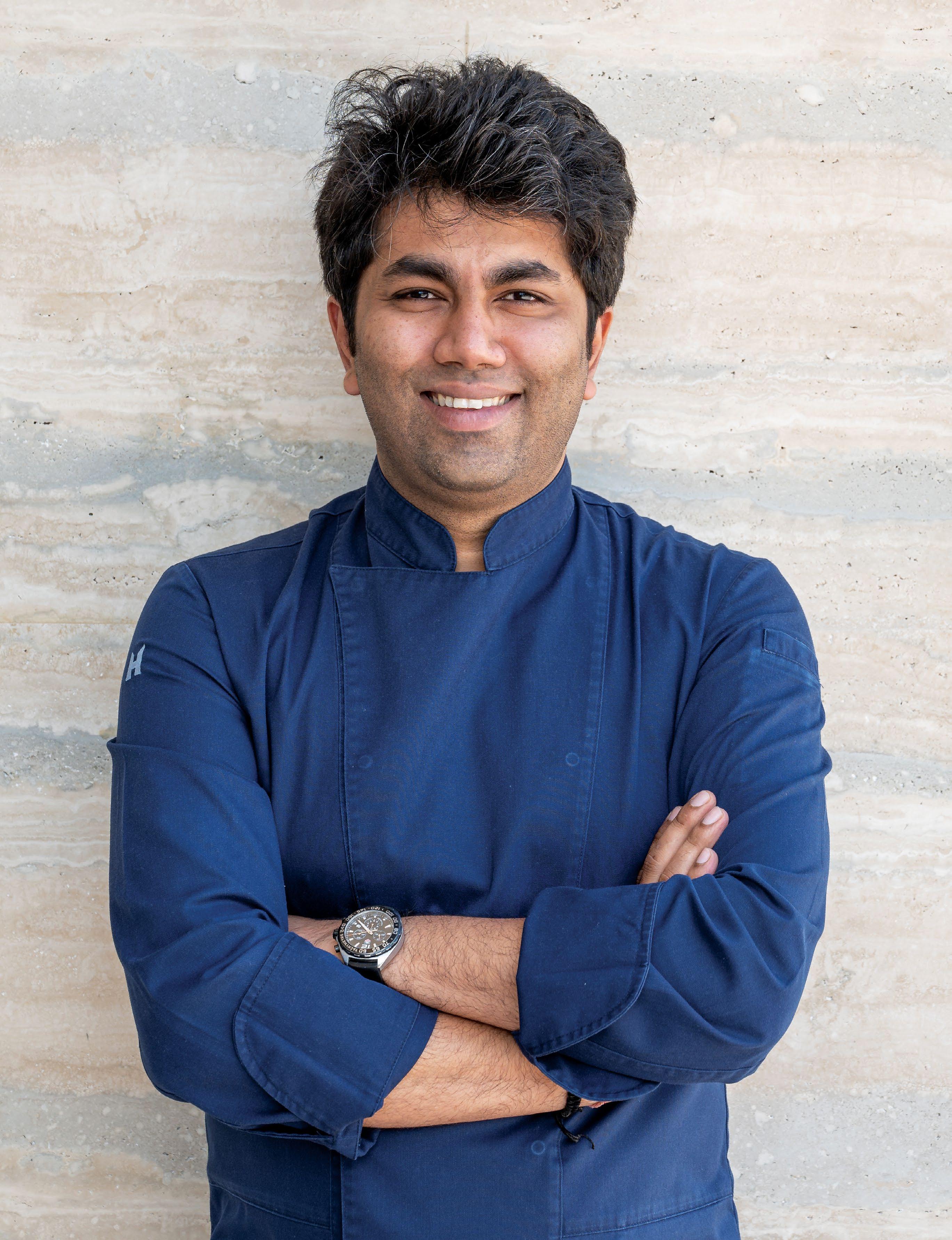
Shiso khakra, Yogurt Crémeux, Garden Herbs
Tender Coconut Kushiyaki, Yuzu rasam
Turbot, Black Truffle Thokku, Cauliflower Varuval
Kebab & Kebab Scarpetta, Sourdough
These are just some of the dishes at Trèsind Studio—yes, the very one that the judging gods of Michelin deemed superlative enough to award three stars in their latest rankings. A three-star ranking implies that a restaurant deserves a special journey to the destination just for itself.
Indian cuisine. In the global scheme of (unofficial) cuisine rankings, dishes from India—popular as they may be at the street level— have not really made the cut in the global haute cuisine stakes. Well, with the awarding of three Michelin starts to Trèsind Studio, Dubai, in the just announced list, Indian food—be it ghee roast, or tomato tikka masala, or medu vada— are now part of that rarefied world. And the credit for this goes to Himanshu Saini, not even 40 years old yet, but whose name shall henceforth be heralded as having created a breakthrough moment for Indian cuisine.
For those familiar with Saini’s skill, this comes as no surprise. Since his days at Manish Mehrotrahelmed Indian Accent, followed by stint in Masala Library and Farzi Café before finding his voice in Dubai, Saini has been a star wherever he went. His experience and innovation with food have been widely recognised, and awards and honours have regularly flowed, the latest being named 27th in The World's Best Restaurants 2025
Delhi-born Saini began his culinary journey early on by accompanying his dad in eating out and watching his mother cook. It helped no doubt that they called Chandni Chowk home—a neighbourhood where life to this day moves at a different pace— lapping up the nuances, flavours and textures as only
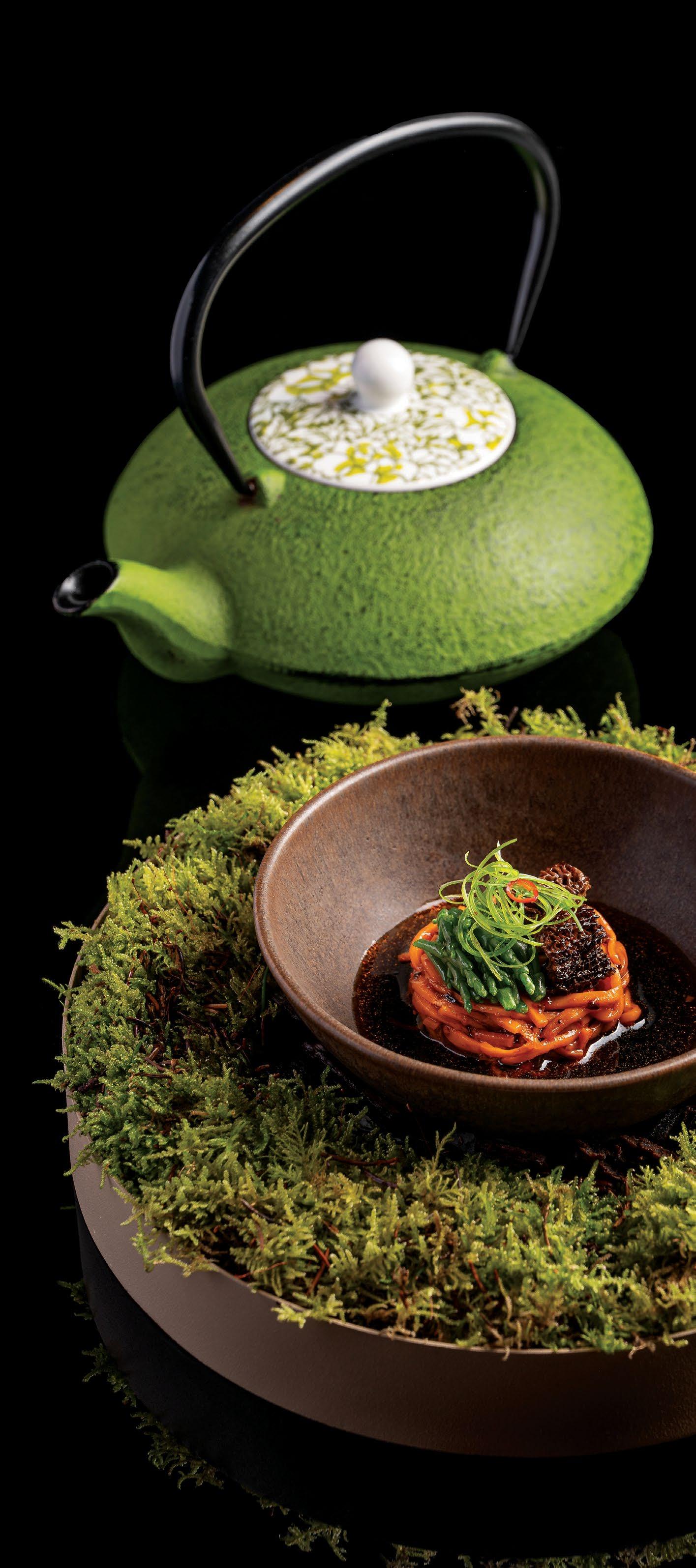


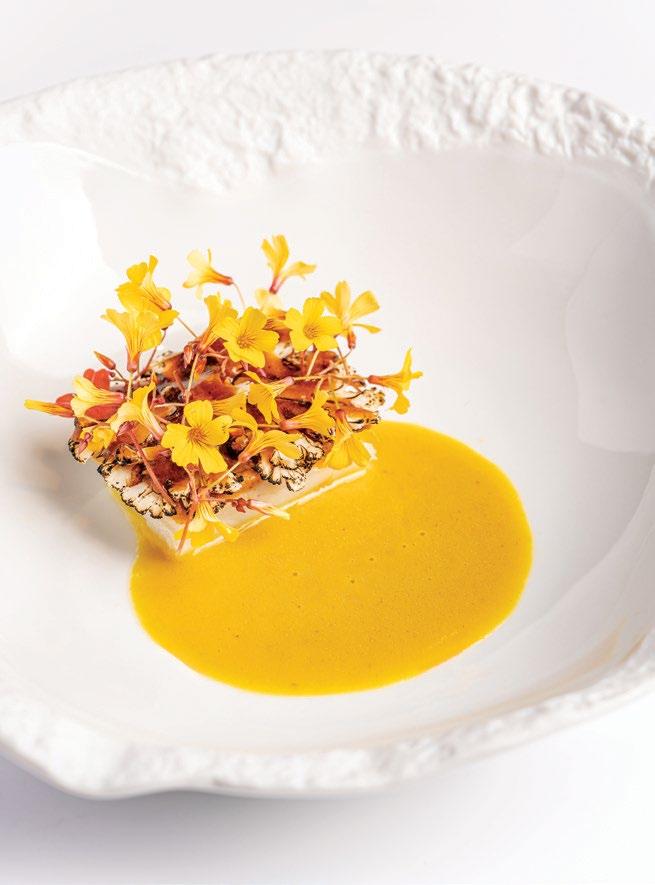

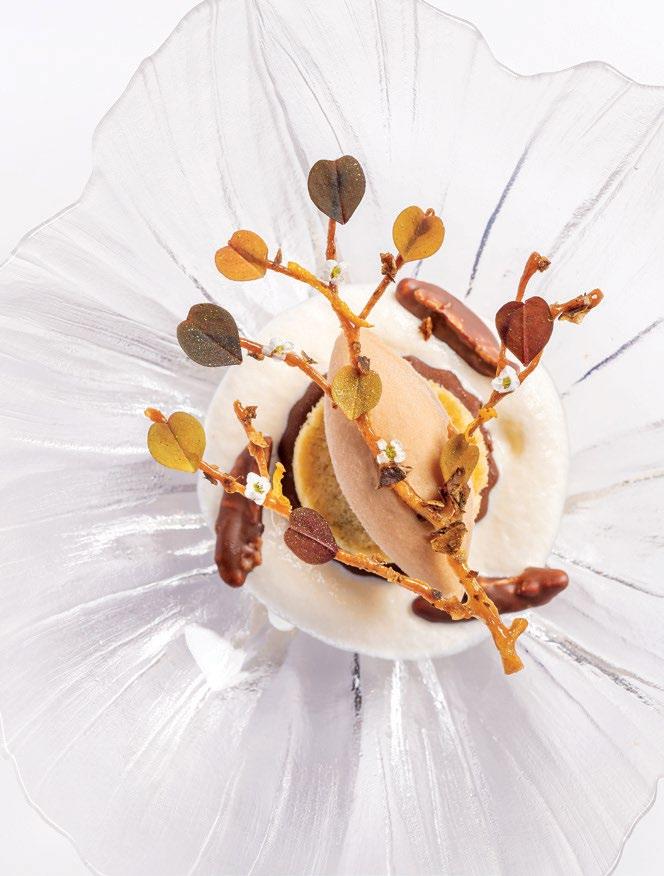
THIS SPREAD, CLOCKWISE FROM EXTREME LEFT: King Oyster Noodles, Black Fungus XO and Morel Shoyu; Turbot, Black Truffle Thokku and Cauliflower Varuval; Medu Vada, Gorgonzola Dolce, Kimchi and Parmesan Saaru; Pecan Tart, Ash-roasted Artichokes, Butterscotch Floss, Black Fruits Icecream.
a local could. He completed his formal training at the Banarsidas Chandiwala Institute of Hotel Management & Catering Technology. Rather surprisingly, he says his journey to becoming a chef was not a deliberate choice, but rather "a path that found me. The idea of becoming a chef, especially in the realm of fine dining, was not my original plan. Yet, the allure of the creative process in the kitchen—the harmony of flavours, the precision, and the technique of transforming simple ingredients into something profound—captivated me."
His association with Indian Accent, a restaurant globally known for its mould-breaking approaches to Indian cuisine, began just as it took off, and post this recent recognition, Mehrotra beams with pride on Saini’s success. Talking about Mehrotra, Saini has said, "Working at Indian Accent taught me that Indian food could be progressive, elegant, and still deeply respectful of its roots. I learned to push boundaries while still honouring the tradition behind every dish. I hold a deep admiration for Chef Manish’s work and appreciate all he did for me."
A longish stint at Indian Accent later, Saini moved to two other renowned restaurants, Masala Library and Farzi Café, launching them.
What really put him in the spotlight was Trèsind, launched in 2014 in Dubai. "The idea was to create an experience that would showcase Indian cuisine in a way that challenges perception, with storytelling, technique, and emotion on the plate," he says.
"It’s been a challenging but rewarding process."
The restaurant tore apart the set rules of Indian gastronomy, instead marrying traditional flavours with modern techniques. Hugely acclaimed, he however would catch everyone unawares by raising the stakes in 2018, when he opened Trèsind Studio, an intimate dining experience with only 20 seats.
What makes Trèsind Studio a standout is that it crafts a seasonal tasting menu centred around Indian cuisine, only presented through cutting-edge

a collective victory. This incredible accolade is a celebration of Indian cuisine and a tribute to every person who has believed in our vision. This victory is not just about the recognition, but about the countless hours of hard work, the shared moments of joy and struggle, and the unwavering belief in our mission. For my team and me, it is a moment of immense pride, but also a reminder of the responsibility we carry—to continue telling India's story."
Telling India’s cuisine story is, of course, woven into the fabric of the Bhupender Nath-owned Trèsind, whose very name literary means ‘very Indian’. "No words can express my heartfelt thanks to those who've made this possible," Nath said. "This moment is a small reflection of the love, support, and hard work we have shared." The group also runs the acclaimed Avatara and Carnival restaurants, already beginning to establish legacies of their own.
Winning the award "is a historic moment," admits the rather unassuming Saini. "Indian cuisine has always deserved a place at the global fine-dining table. This recognition is not just for Trèsind Studio—it’s for every Indian chef, every regional recipe passed down through generations. This accolade demonstrates that Indian food, with all its complexity and depth, can evolve while remaining rooted in tradition. This is a victory for Indian culinary heritage on a global stage, a moment of immense pride and honour for everyone."
His creations over the years, such as the Mushroom Soup, which he first created during his
techniques. Recognition came fast and at quite a furious pace. Trèsind Studio earned its first Michelin star in 2022. A second star followed the next year, a year that also saw the restaurant being named on The World's 50 Best Restaurants list for the first time. In 2024, it was ranked second in the Middle East & North Africa’s 50 Best Restaurants list. For a restaurant centred around Indian cuisine, the Michelin acknowledgement is an unprecedented honour and could potentially be transformative for what it will mean for the cuisine going ahead.
Saini, now corporate chef for the group, has consistently played down his role, always crediting it to his team. About the breakthrough, he says, "it’s difficult to put the feeling into words. For Trèsind Studio to earn three Michelin stars is not just a professional milestone for me and the team; it is


stint at Masala Library, continue to be popular. The Kebab Scarpetta is a nod to his childhood memories of Chicken Changezi in the lanes of old Delhi. Guest at the restaurant can’t seem to have enough of Naan Soup-fflé served with Tomato Tikka Masala or the Shiso Khakra with Yogurt Crémeux. Then there is the Papadom Botanic Bar within the restaurant, which is "a liquid tribute to the vibrant and diverse world of Indian cuisine", and includes Shrikhand, Coconut Moilee, Mizo Bai and Whiskey Soda!
"For me, creating a dish is like writing a story; it begins with a memory, a feeling, or sometimes even a single ingredient," he says. "I don’t think of food just in terms of taste. It has to evoke something deeper— nostalgia, curiosity, even surprise. I’m constantly inspired by moments from my childhood, street food, traditional Indian rituals, or even conversations with my team. Once the seed of an idea is sown, it undergoes a series of transformations with attention paid to flavour, texture, temperature, plating, and even the vessel in which it is served. We question every aspect. My team and I engage in a rigorous process of testing, failing, adjusting, and refining our approach. Sometimes, this process can take weeks, while at other times, it may take months. It’s a meticulous process. Getting a dish perfect is never really about perfection. It’s about reaching a place where the dish tells the story you want it to. Where every element has intention, that’s when I know it’s ready. On this topic, I’m fascinated by storytelling in all its forms, and this



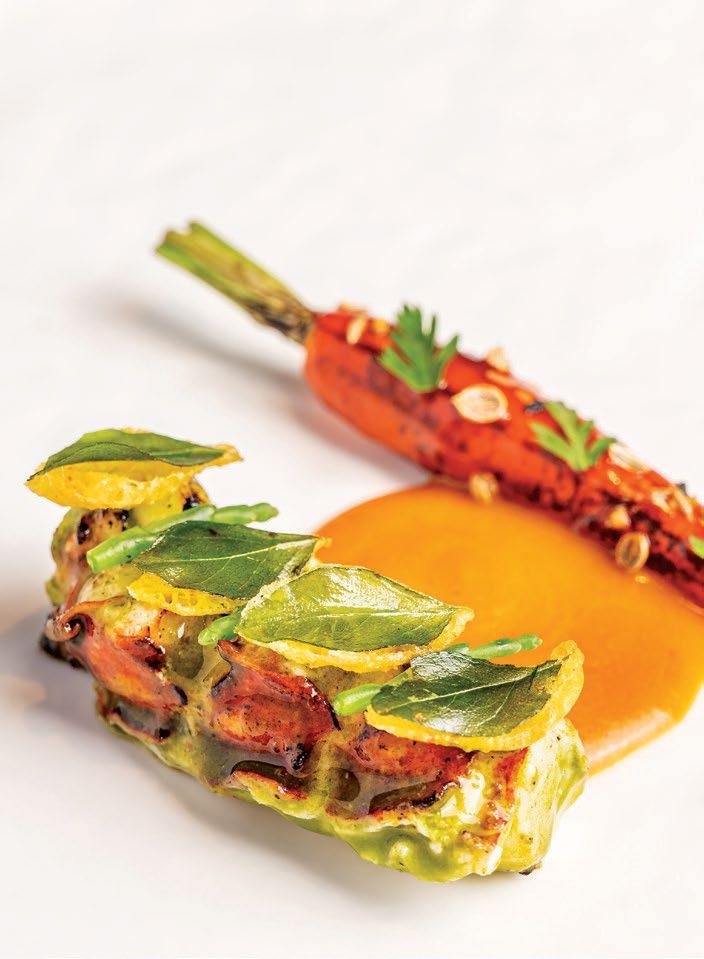
love for narrative often finds its way into my culinary creations."
Trèsind Studio is not just his journey—it’s a journey shared with an incredible team, mentors, and guests who believed in them, says Saini, eager to spread the joy. "We are a restaurant built on emotion, culture, and relentless curiosity. We’ve always said that we’re not just serving food—we are offering an experience, a conversation. And we are just getting started."
Saini has, over the years, been able to successfully change perceptions of diners toward Indian food through his innovative dishes, elevating global standing of the cuisine. As he says, "over the years at Trèsind Studio, we have delved deep into the geography, culture, and emotions of India. Highlights will always include awards and recognition, but moments where guests connected with our dishes on a deeply personal level have created memories that last a lifetime."
COVID, incidentally, has had an impact on the restaurant. Saini reflects of the challenging time during the global shutdown of the COVID era, when many restaurants closed their doors. "At Trèsind Studio, we used the time to reflect and evolve. While
“Indian cuisine is going through an evolution... With this recognition, we aim to inspire a new wave of culinary exploration—one that values authenticity as much as it does innovation.”
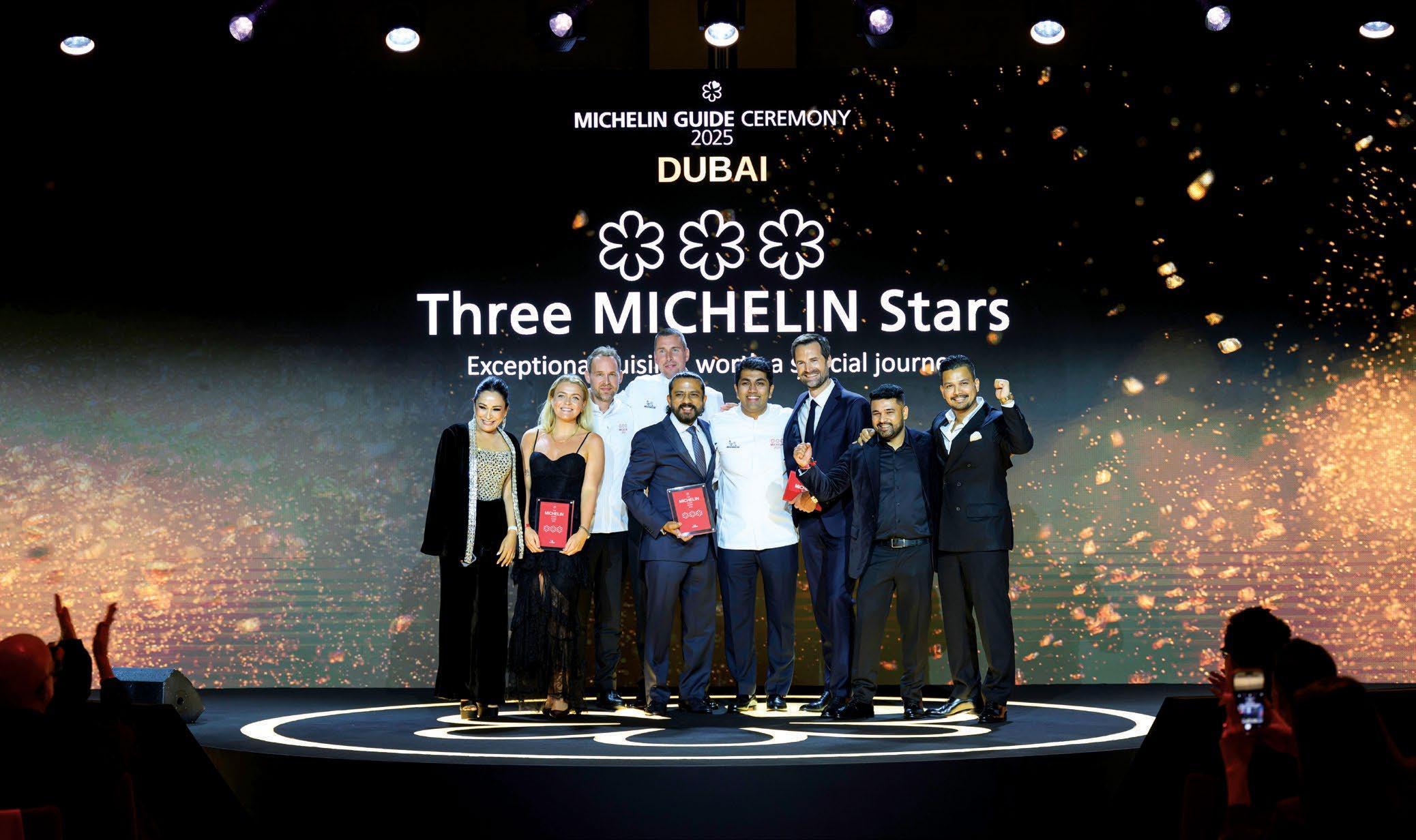
much of the world remained in lockdown, Dubai was among the first to reopen, offering a unique opportunity to welcome international chefs to collaborate on an ambitious Indian fine dining concept. These collaborations not only brought in fresh perspectives but also enriched our understanding of global culinary trends, which we have incorporated into our progressive Indian cuisine."
Saini, who has put numerous seemingly humble classic Indian favourites such as khichdi and vada on his menu (with his twists, of course!) asserts that this is just the beginning for Indian cuisine, which, he says, is going through an evolution. "Indian chefs across the world are showcasing our food with nuance and respect. With this recognition, we aim to inspire a new wave of culinary exploration—one that values authenticity as much as it does innovation. The global
journey of Indian cuisine is becoming more layered, more personal, and more fearless.
"The evolution of Indian cuisine, for me, is not about gimmicks or fusion—it’s about understanding," he continues. "It’s about taking our traditions, dissecting them, and rebuilding them with new techniques and perspectives. The soul of this cuisine is deeply rooted, yet constantly evolving. This evolution is not about changing the essence of our cuisine, but about finding new ways to express it, making it relevant to the modern palate, and keeping it alive and vibrant."
He cautions, however, that care must be taken that while innovations happen, chefs should never lose sight of the essence of what a dish represents. "Modern techniques should be a tool, not a distraction. It’s easy to chase trends, but much more difficult to maintain integrity."


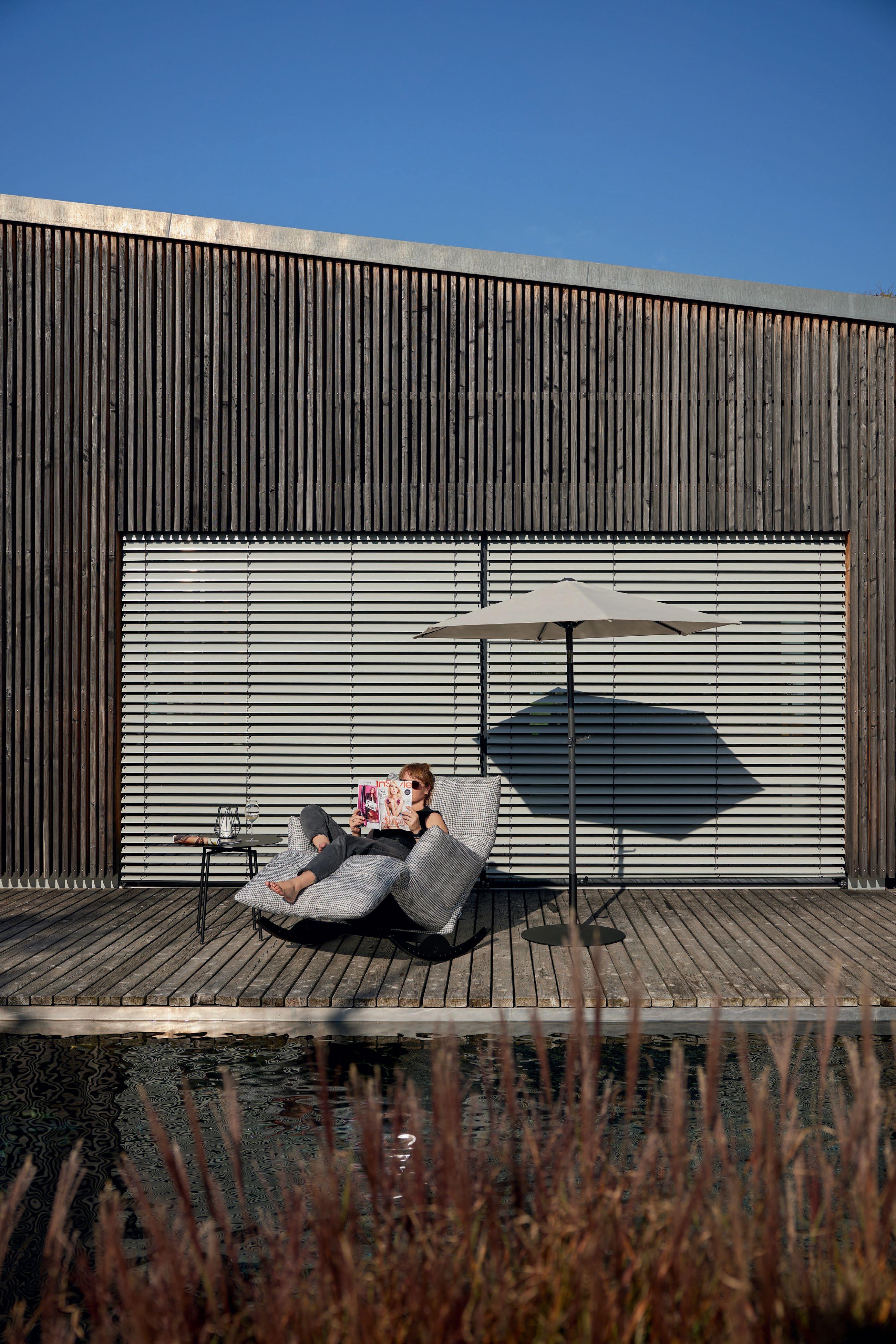
What inspires chefs to innovate is an age-old question—and the best of innovators have in the past been richly rewarded, apocryphal tales would suggest. For Saini, inspiration comes from everywhere: childhood memories, conversations with suppliers, his team members, other chefs, and forgotten ingredients. India is a wellspring of endless inspiration. His advise to young chefs: stay curious, stay humble. Don’t chase fame; chase purpose. Understand your roots before you attempt to innovate. The world will always value authenticity. His food philosophy seems deceptively simple: to tell stories. "Every dish should have a reason to exist, a story to tell. Whether it’s a humble khichdi or a complex plate with many elements, a dish should connect with the guest on an emotional level."
As the head of top grade globally-acclaimed restaurant, he keeps abreast of global trends impacting the culinary universe. "To me, sustainability, transparency, and local sourcing are major movements, and rightfully so. Diners are more conscious than ever, and that momentum pushes us to be more responsible."
Saini, however, makes it clear that he does not believe in mindlessly following trends, explaining that any use of trendy ingredients or viral plating should align with a chef’s core philosophy. "At Trèsind Studio, we have always tried to be thoughtful in our choices, whether it’s how we source ingredients or how we minimise waste. In addition to working with limited proteins, we’ve also always provided vegetarian menus, which I think should be the goal of any fine dining establishment."

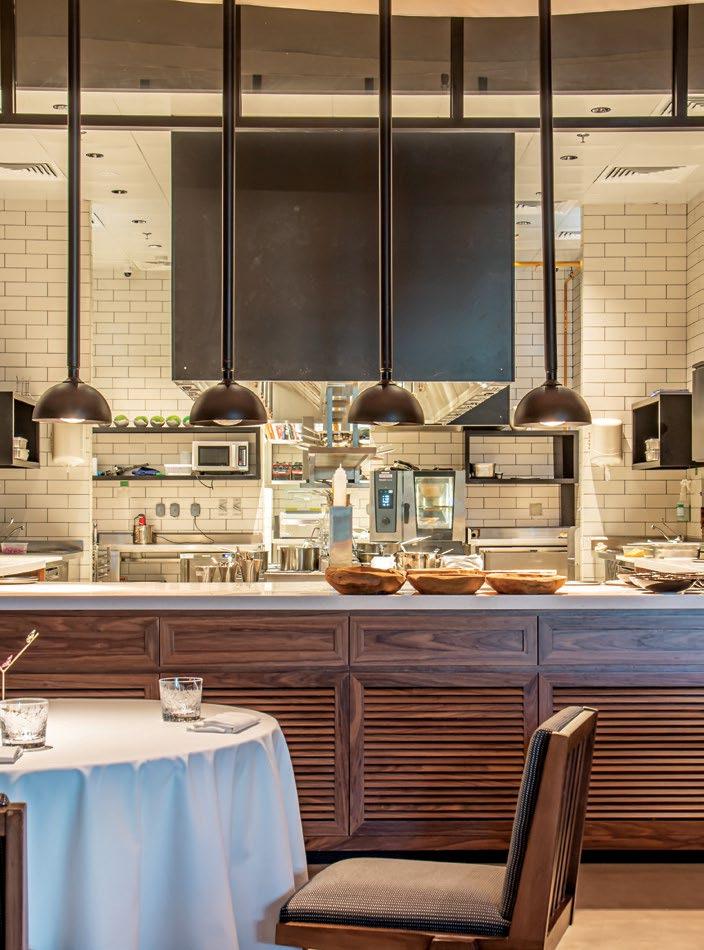
Even before this honour, Trèsind Studio had been a darling of global chefs, many of whom had graced the restaurant. "Over the years, we have hosted culinary collaborations with some of the world’s best, including Ana Roš and Riccardo Camanini. Massimo Bottura famously drew a heart in the sauce of a dish, now preserved in a display case at the restaurant’s entrance and then there was Prateek Sadhu, whose connection to ingredients is unmatched." He mentions that various influential chefs, including Manu Buffara, have provided invaluable feedback, inspiring the creation of dishes at the restaurant. "These collaborations go beyond sharing a kitchen. They challenge you, inspire you, and make you rethink your own narrative. It’s not just about cooking together—it’s about exchanging philosophies, respecting each other’s journeys, and walking away richer as both cooks and humans.
"As we look ahead, Trèsind Studio’s mission remains clear: to stay rooted in emotion and authenticity while challenging expectations of Indian cuisine," Saini says. "This dedication to our culinary mission is what drives us forward and keeps us connected to our roots. The priority now is to stay grounded and continue to put our guests first. There’s still so much of India to explore—regions, ingredients, traditions we haven’t touched yet. We also want to mentor and grow talent within the team. This recognition gives us a platform, and we want to use it responsibly."
As one of the youngest tastemakers in Indian cuisine today, the world is his oyster. Maybe the ‘King Oyster Noodles, Black Fungus XO, Morel Shoyu’ kind, which is very much on his menu.
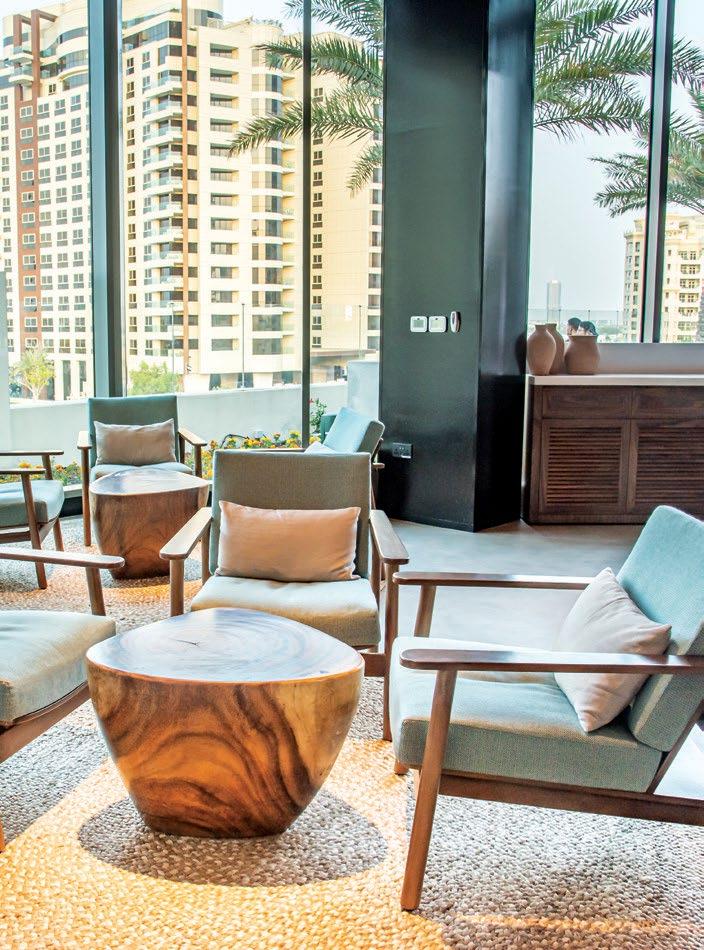

BY DEEPALI NANDWANI

Did you know the world’s first hotels were built in ancient Mesopotamia, now modern-day Iraq?
Archaeological digs have uncovered ruins of taverns and inns dating back to 2,000 BCE. These provided shelter for traders and travellers along the Silk Road. Ancient writings confirm that the concept of inns first evolved in Mesopotamia, a major economic power during the Silk Road era. The Code of Hammurabi, a Babylonian legal text from 1,755–1,750 BC, even included regulations for innkeepers, highlighting their early societal role.
In Tuscany, Dojo Bianco, a member of the Healing Hotels of the World, offers a unique wellness experience centred on equine therapy. Guests interact with horses by riding them, grooming and feeding them, and helping in stable management. With only four rooms, this intimate retreat emphasises healing, complemented by yoga, sound therapy, and somatic coaching, with horses playing a starring role.
Goa’s first adults-only resort, Orchid Hotel Passaros Goa, is located in balmy south Goa and doesn’t accept bookings for children under 12, encouraging couples to reserve. The boutique resort features themed rooms: Bulbulnest with a queen-sized bed, dreamy garden views, and an outdoor Jacuzzi; Treepie Retreat with a cantilevered outdoor bed and an indulgent bathtub; Bee Eater Oasis and Kingfisher Escape, serene and green; and Sunbird Haven, inspired by the colourful bird, exuding a warm, cocoon-like ambience. ‘Passaros,’ Portuguese for ‘bird,’ offers guests unstructured time, no fixed meal hours, and open spaces.
Across from Ferrari’s headquarters in Maranello— between the brand’s factory, its Gestione Sportiva racing department, and the new Ferrari flagship store—stands Ristorante Cavallino, the car manufacturer's first-ever restaurant. Originally a humble canteen in 1950, it’s now a tribute to Enzo Ferrari’s legacy, reimagined by chef Massimo Bottura and designer India Mahdavi. The restaurant, garden, and open-air terrace showcase memorabilia and racing rarities from Ferrari’s archives, offering guests a unique glimpse into the Ferrari legend.

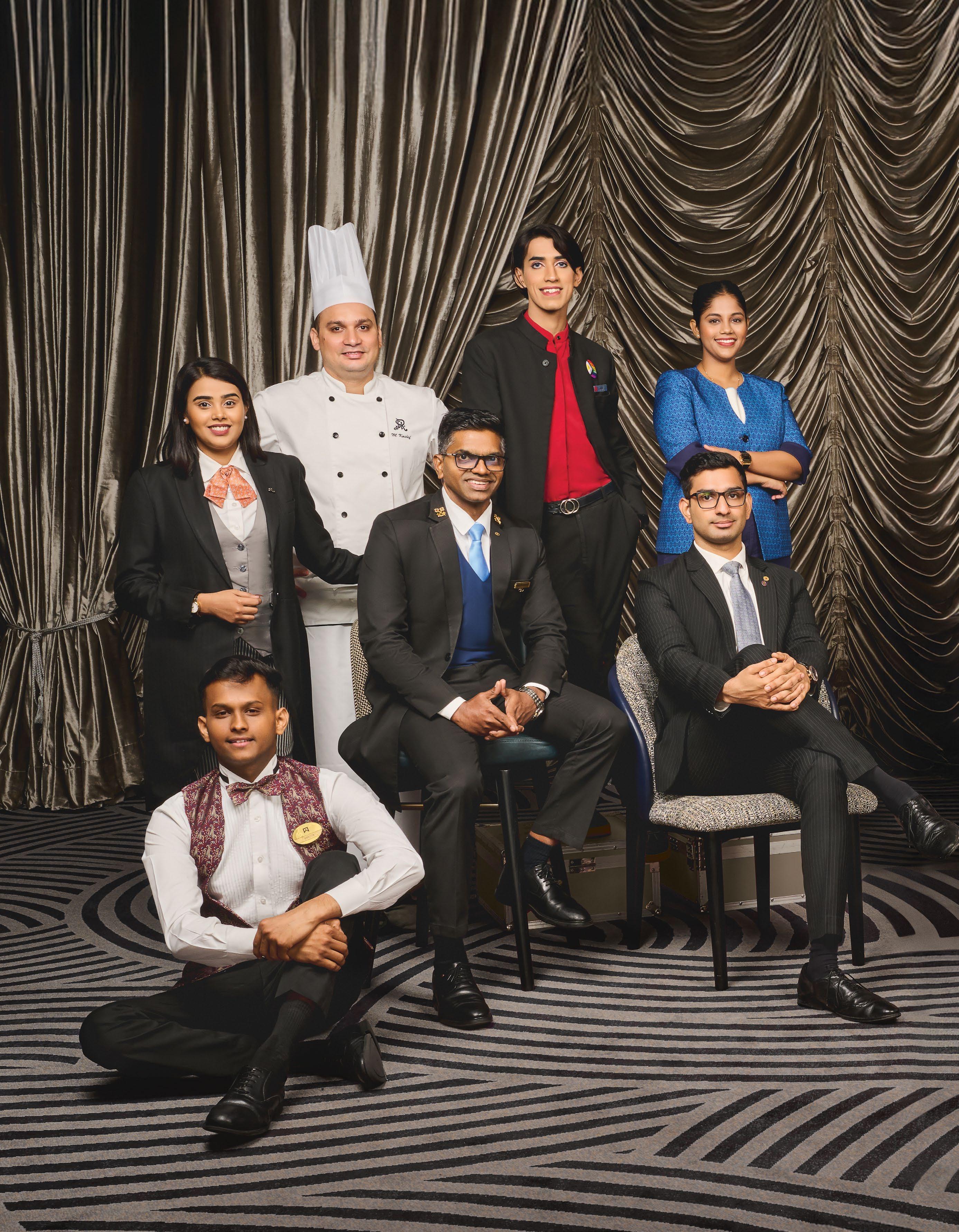
From the first hello to final farewell, they make every stay unforgettable.
From the first hello to final farewell, they make every stay unforgettable.